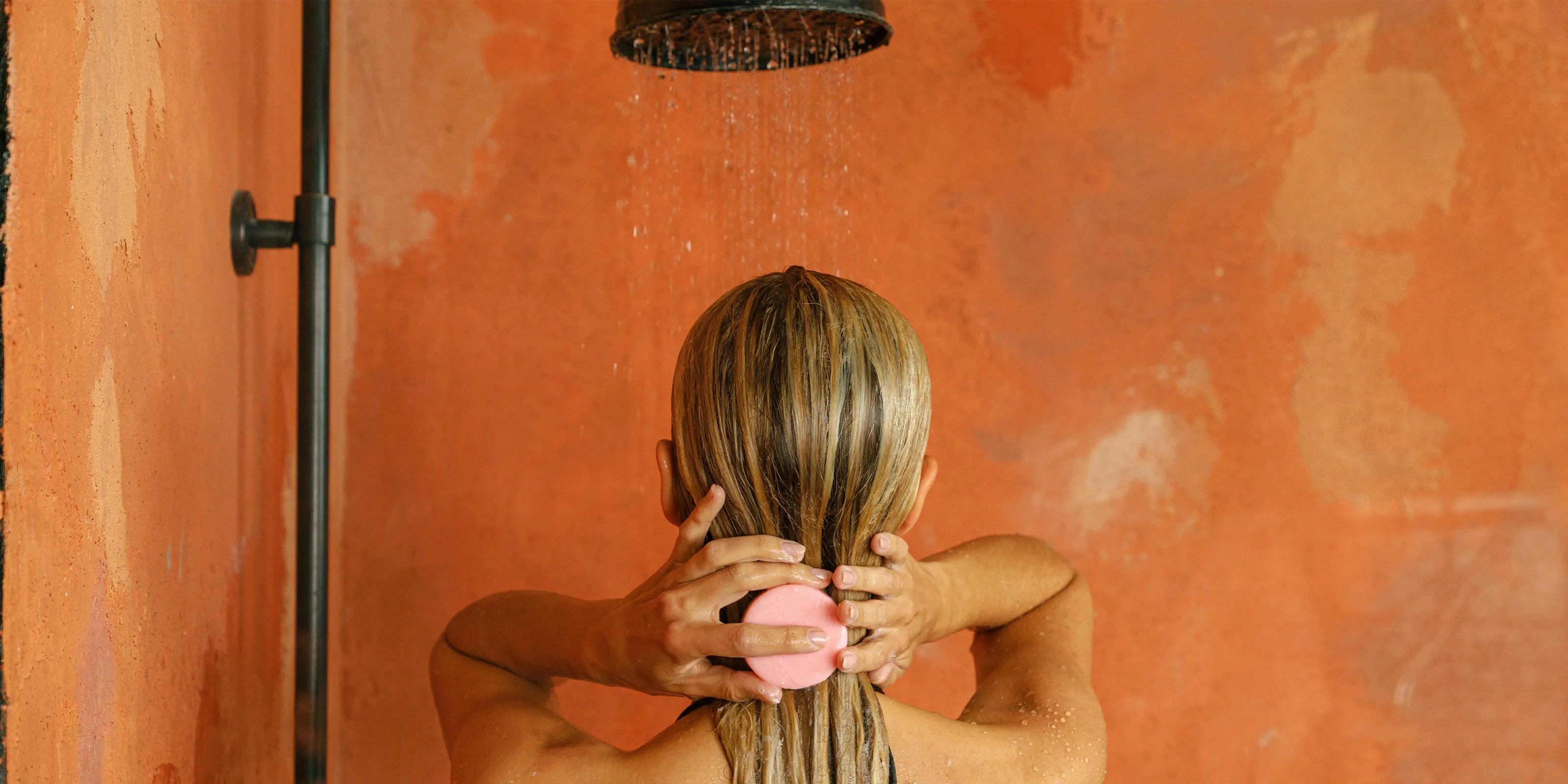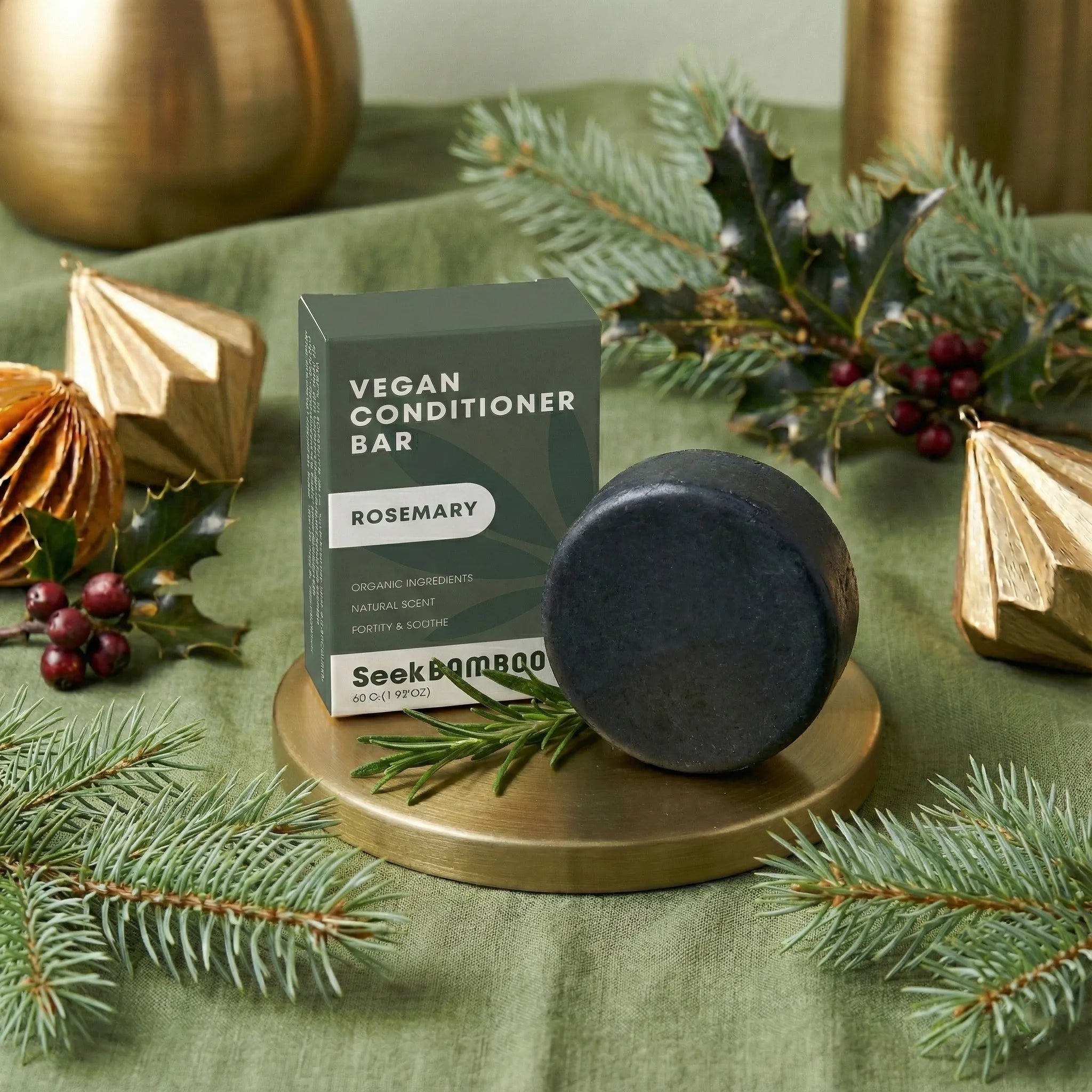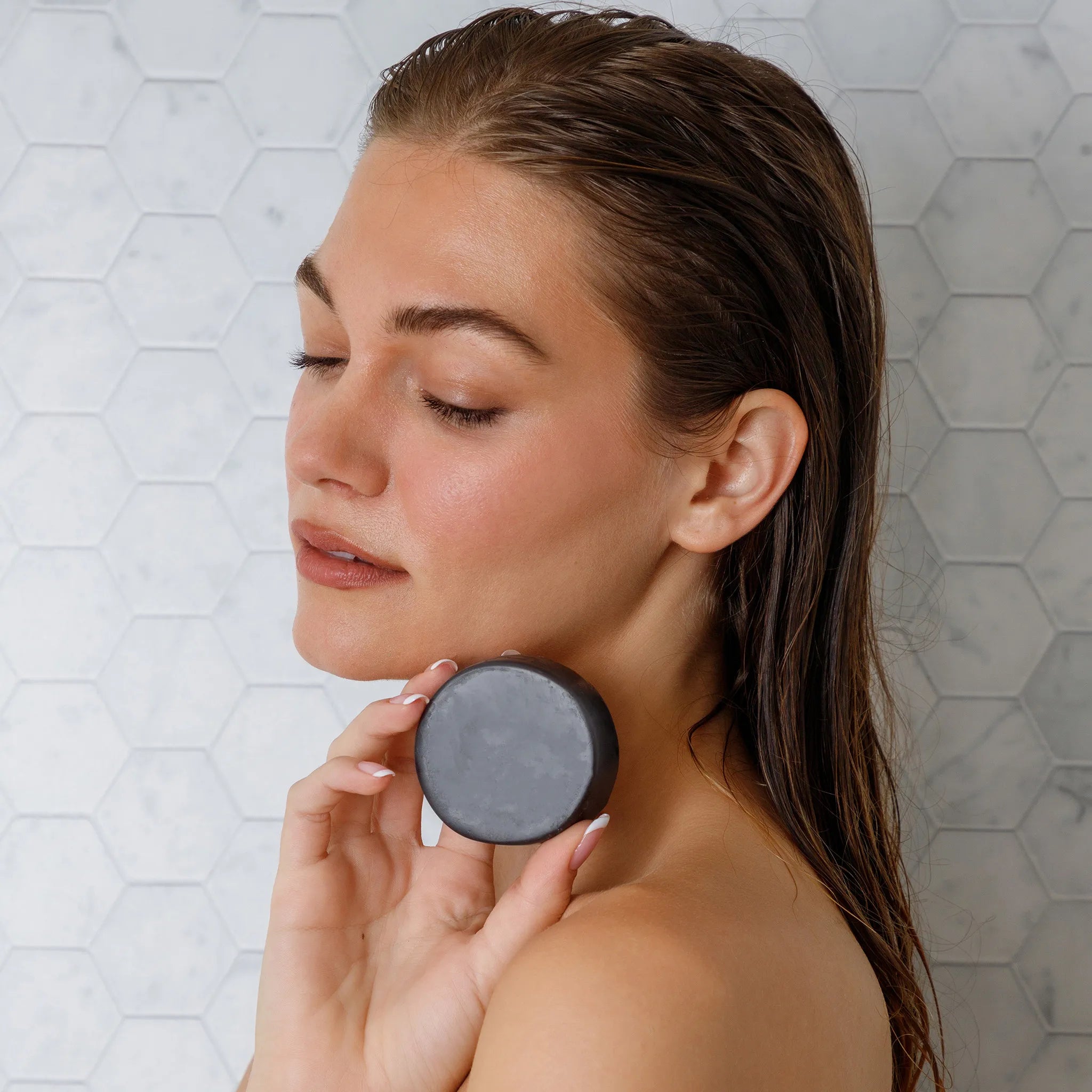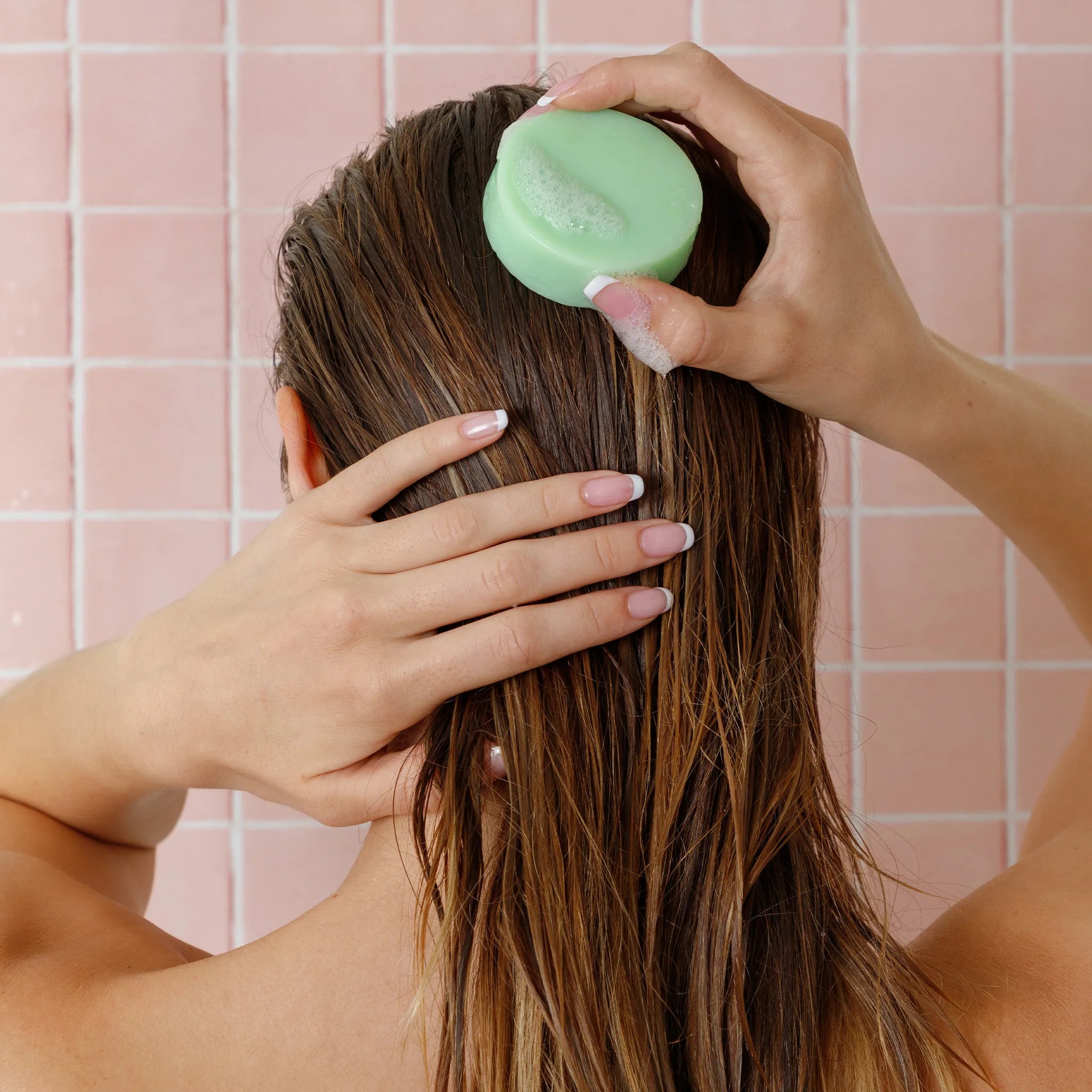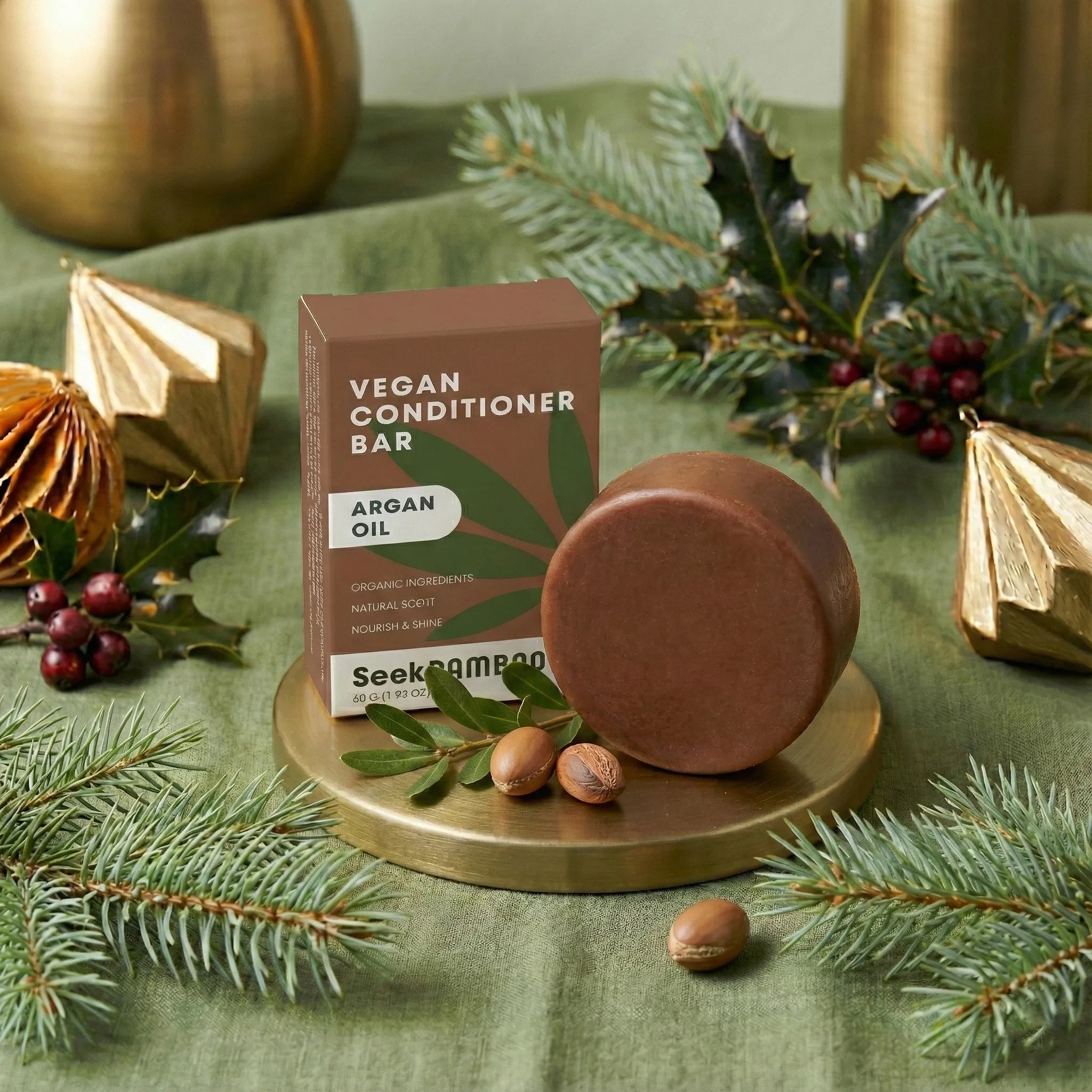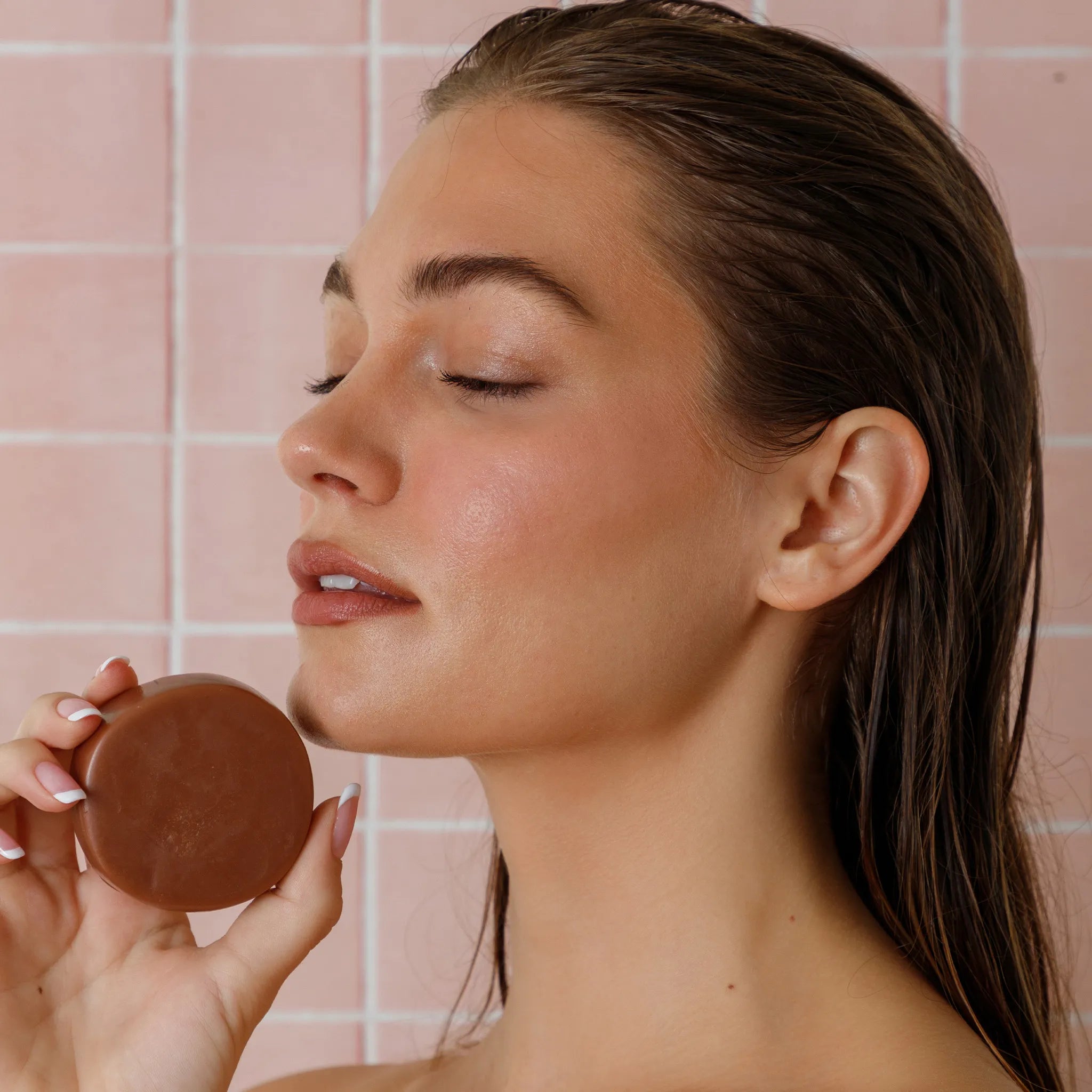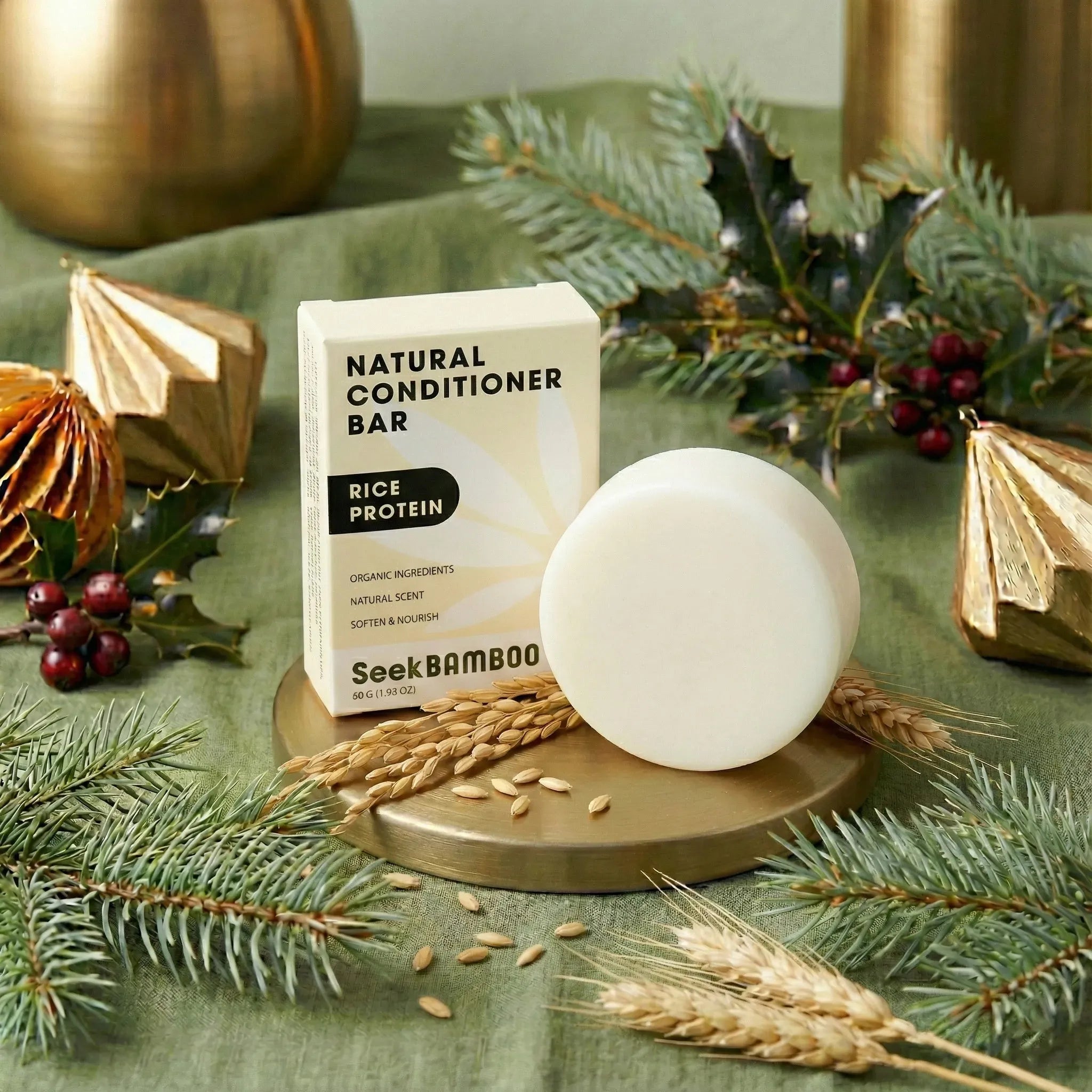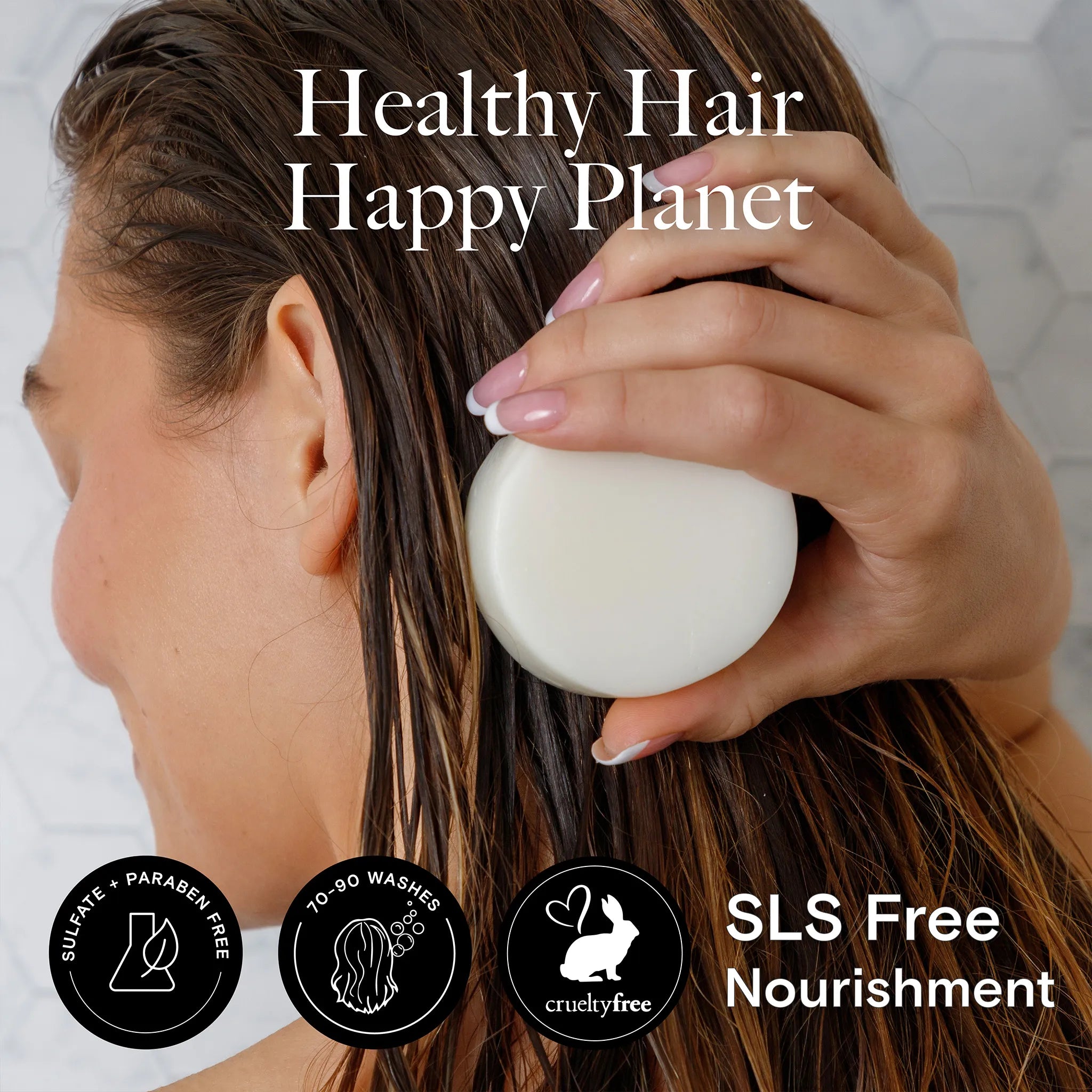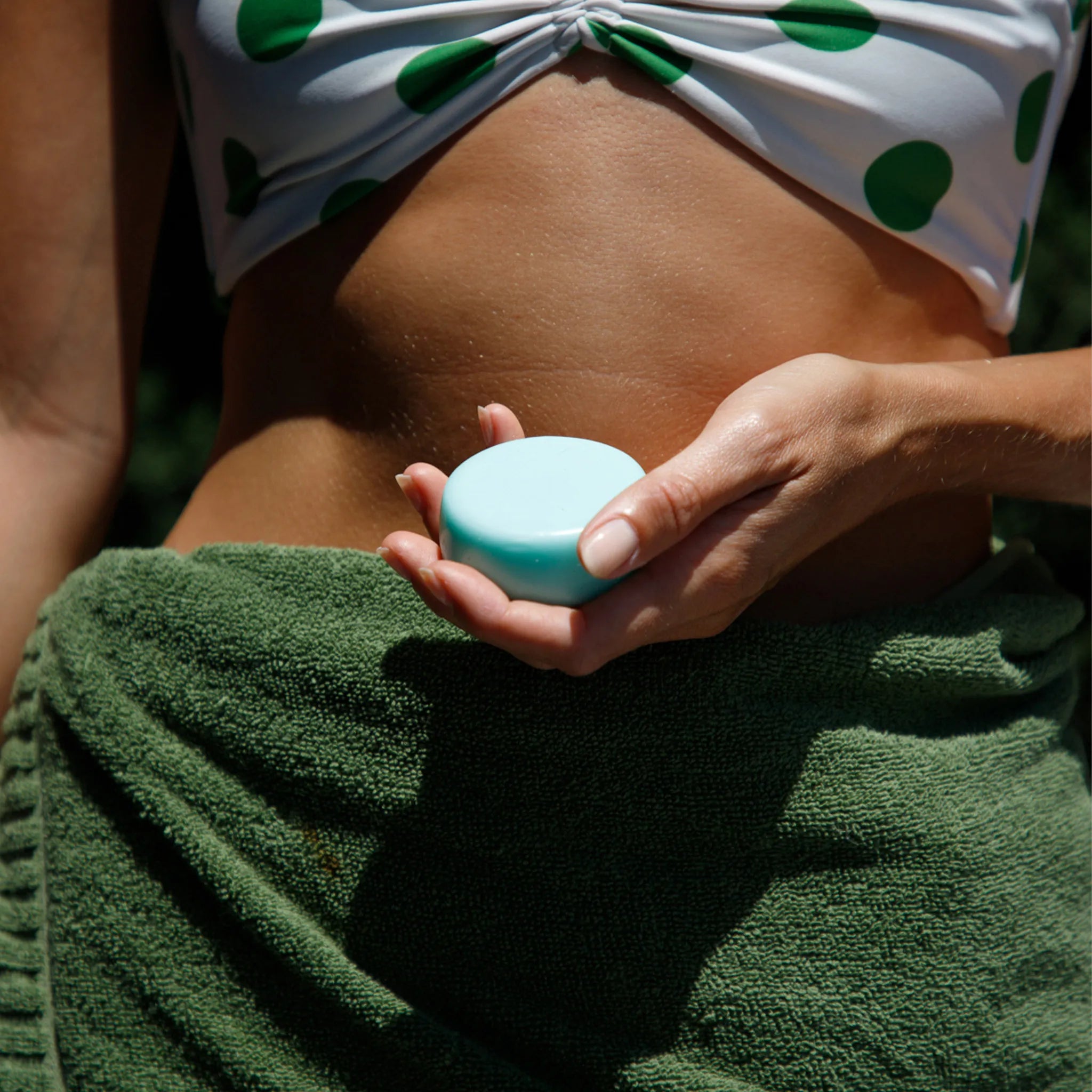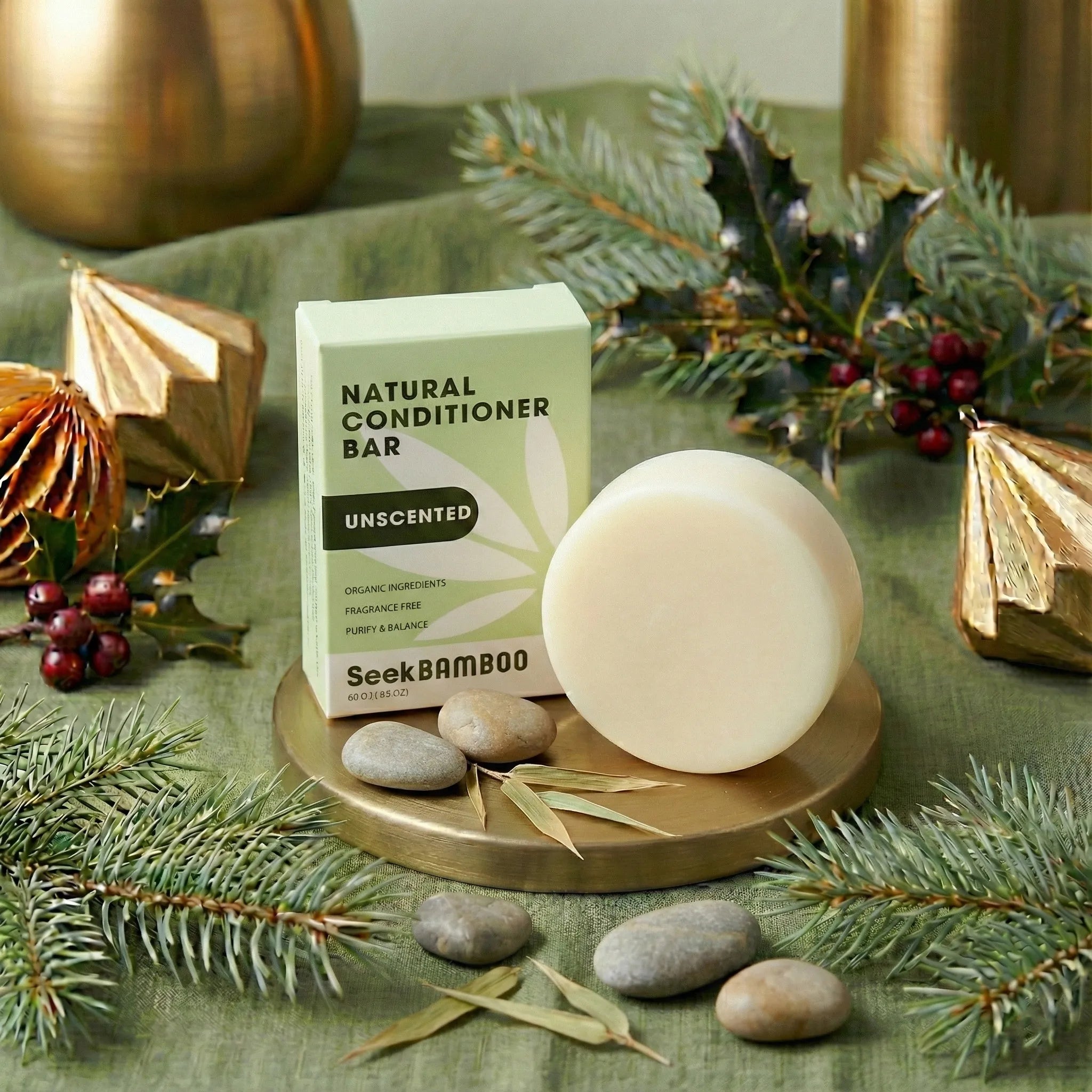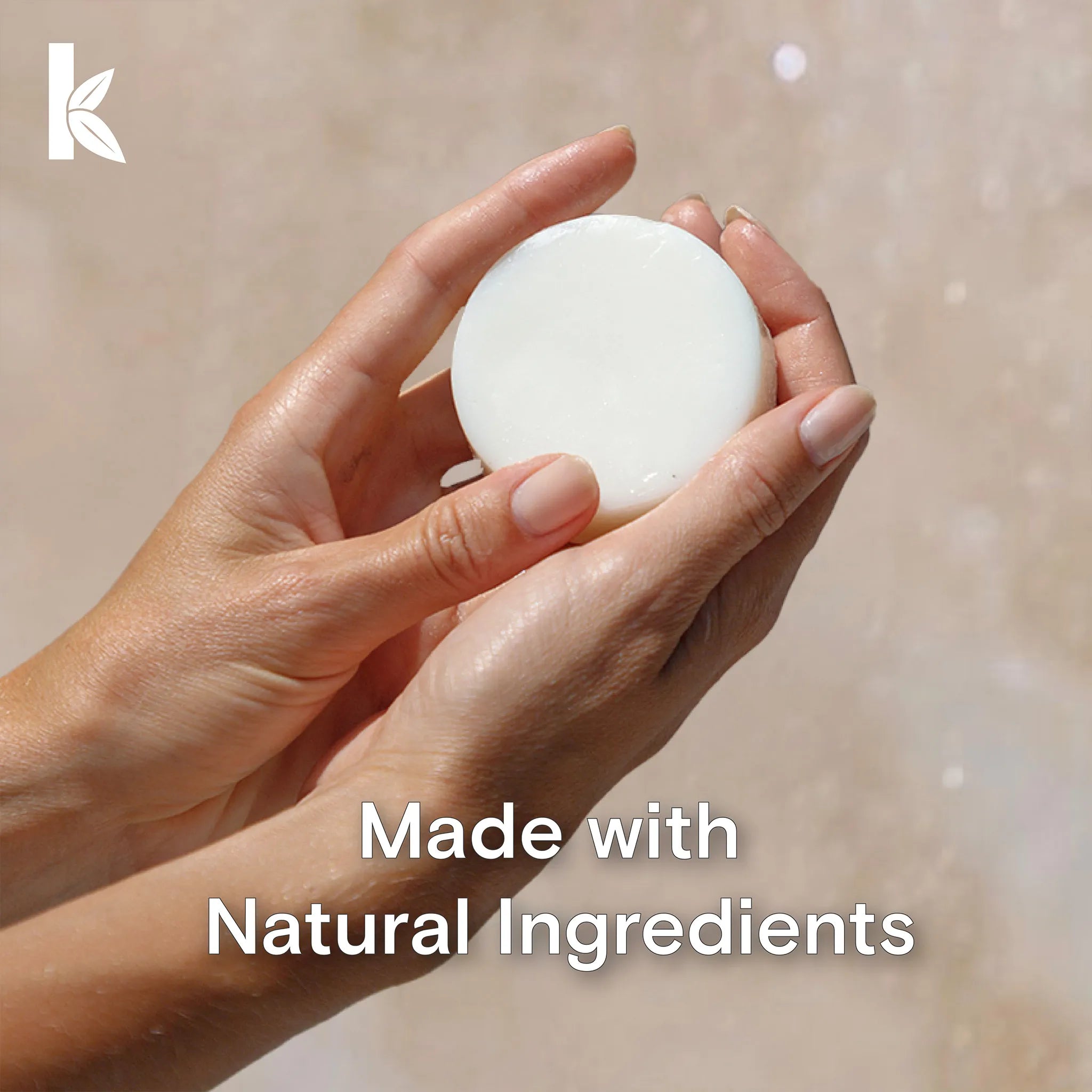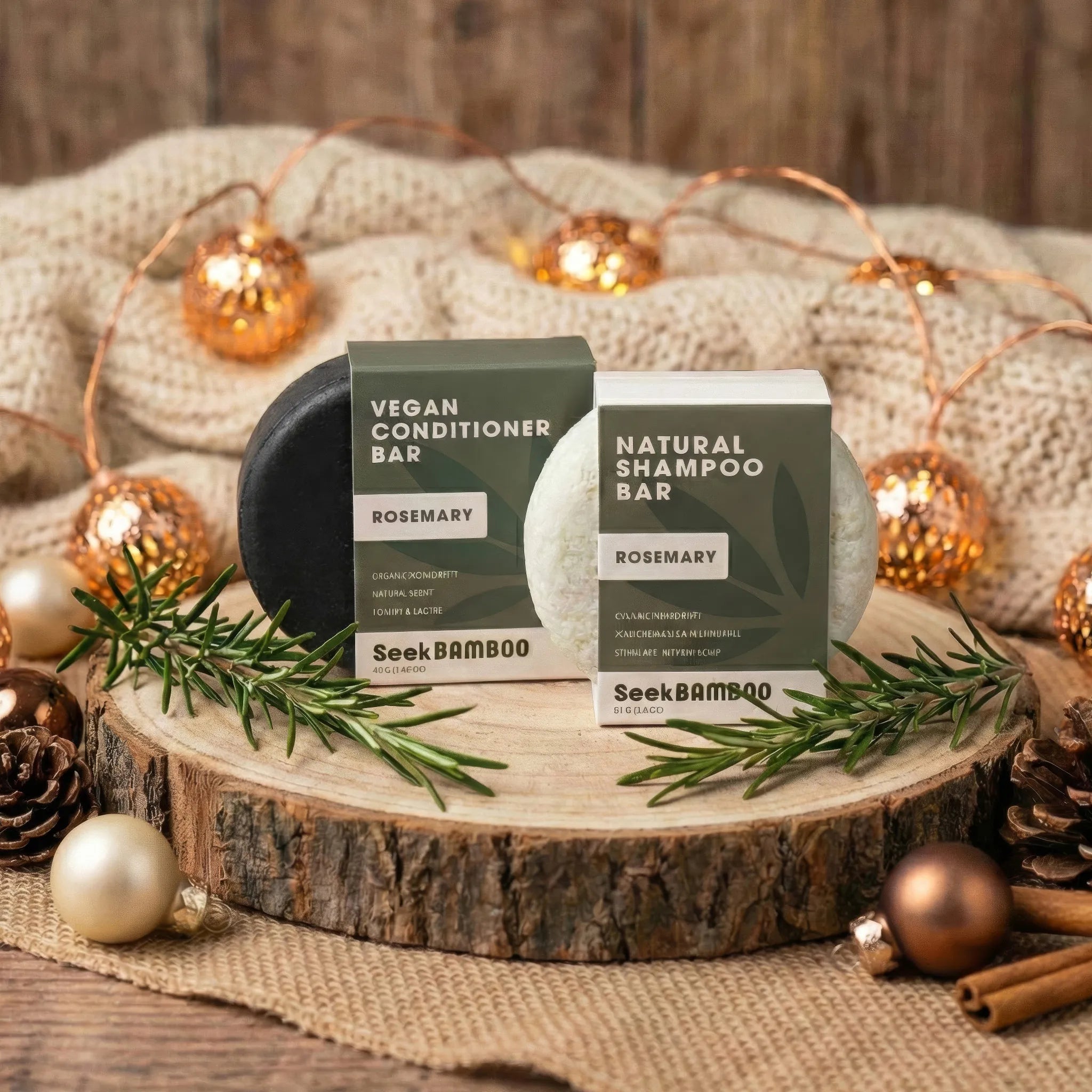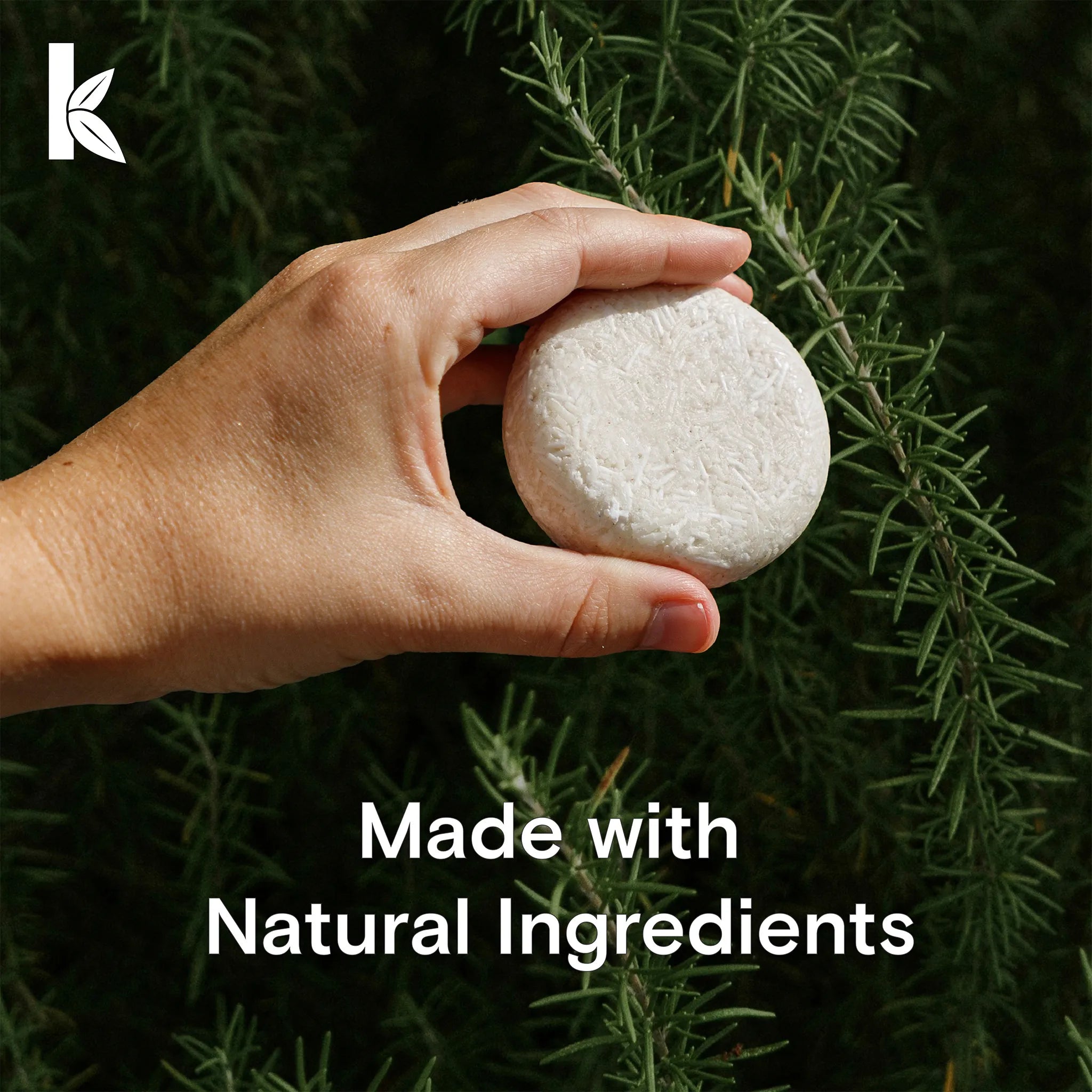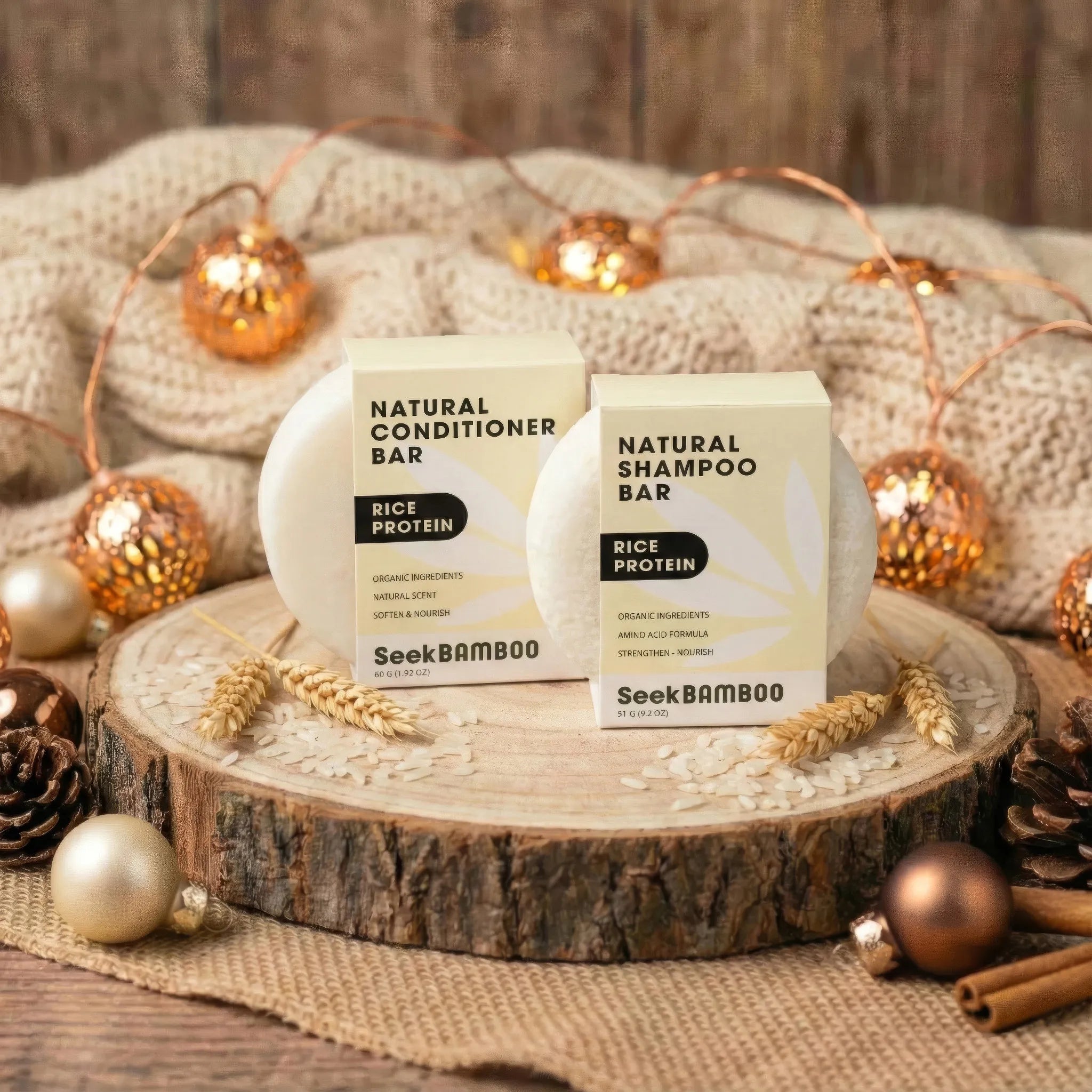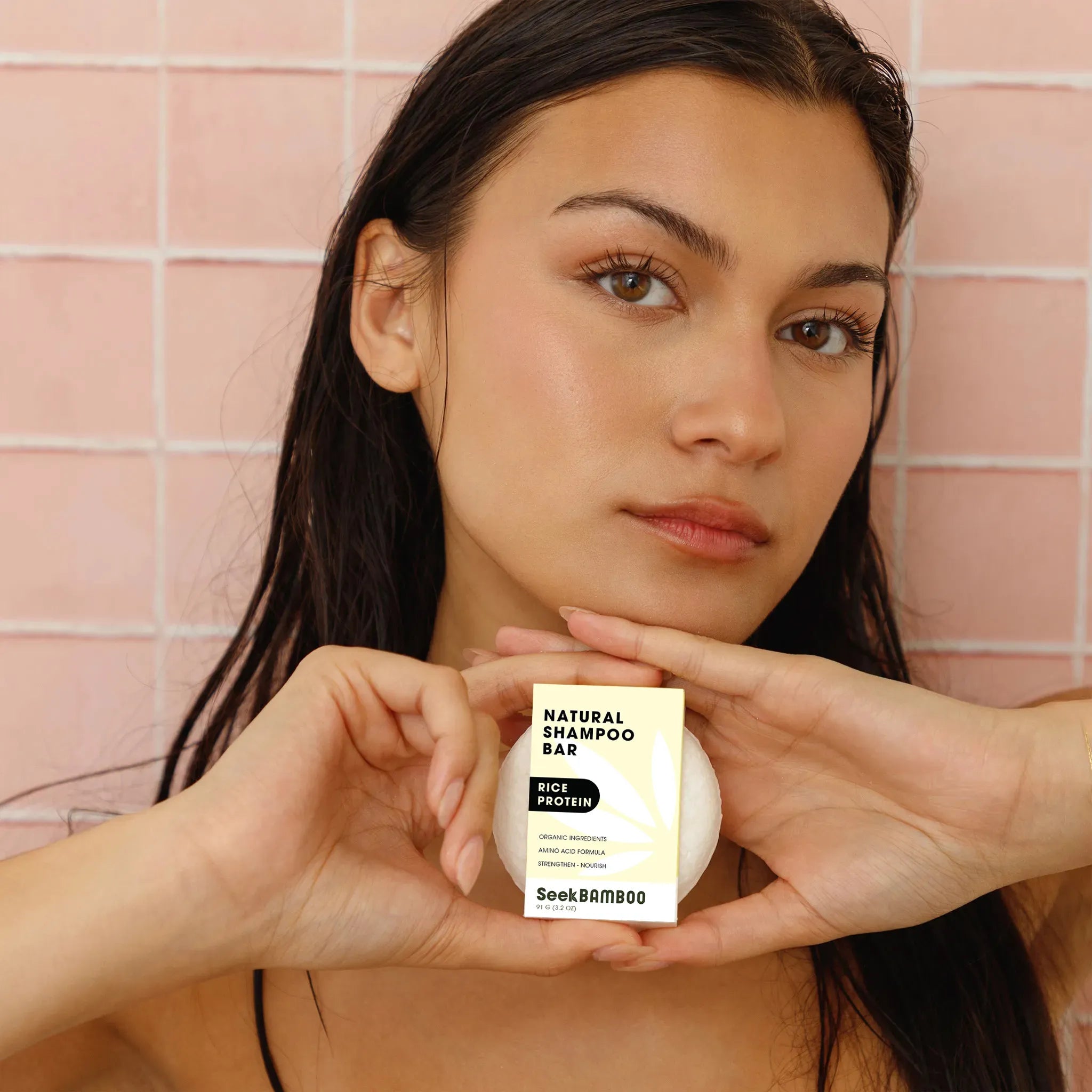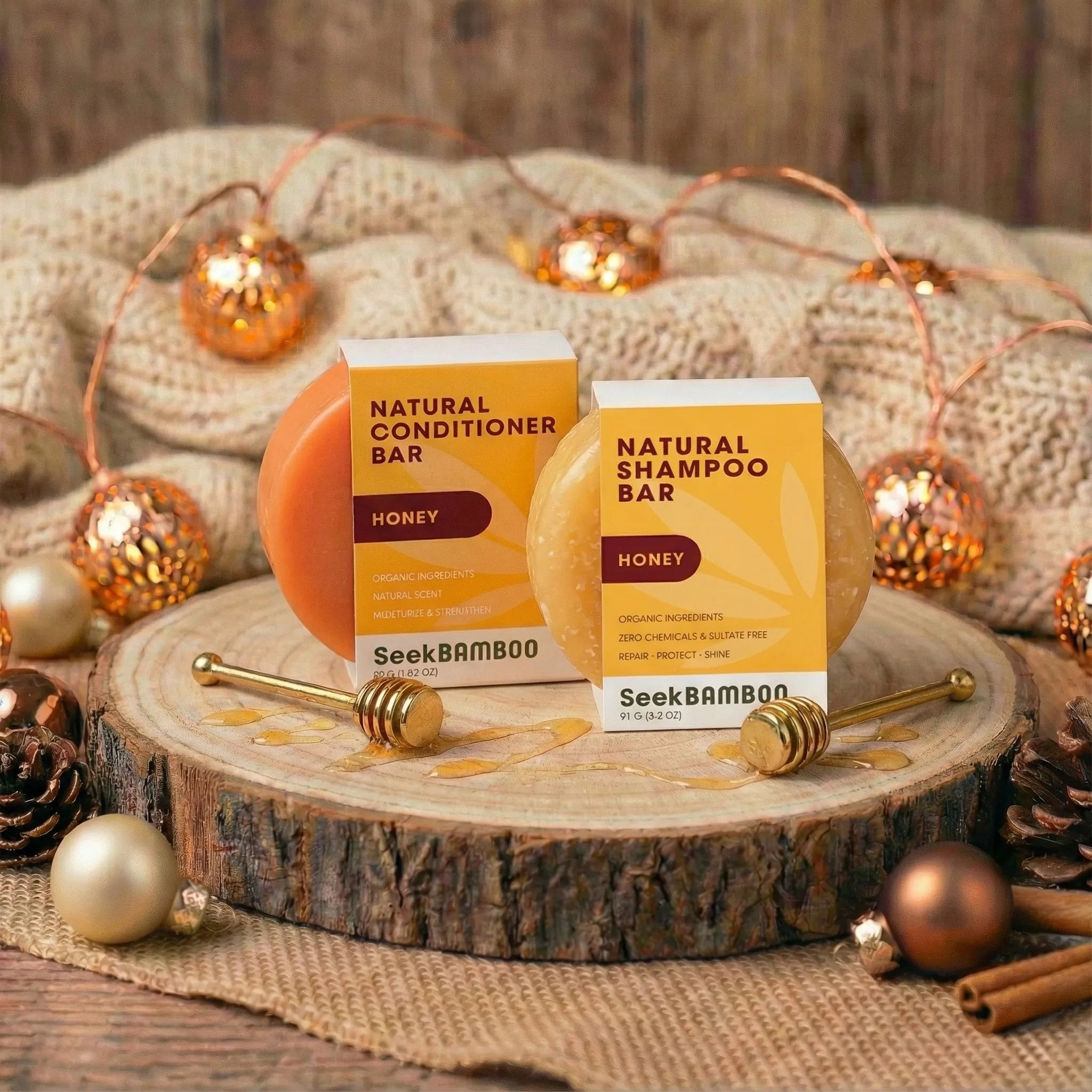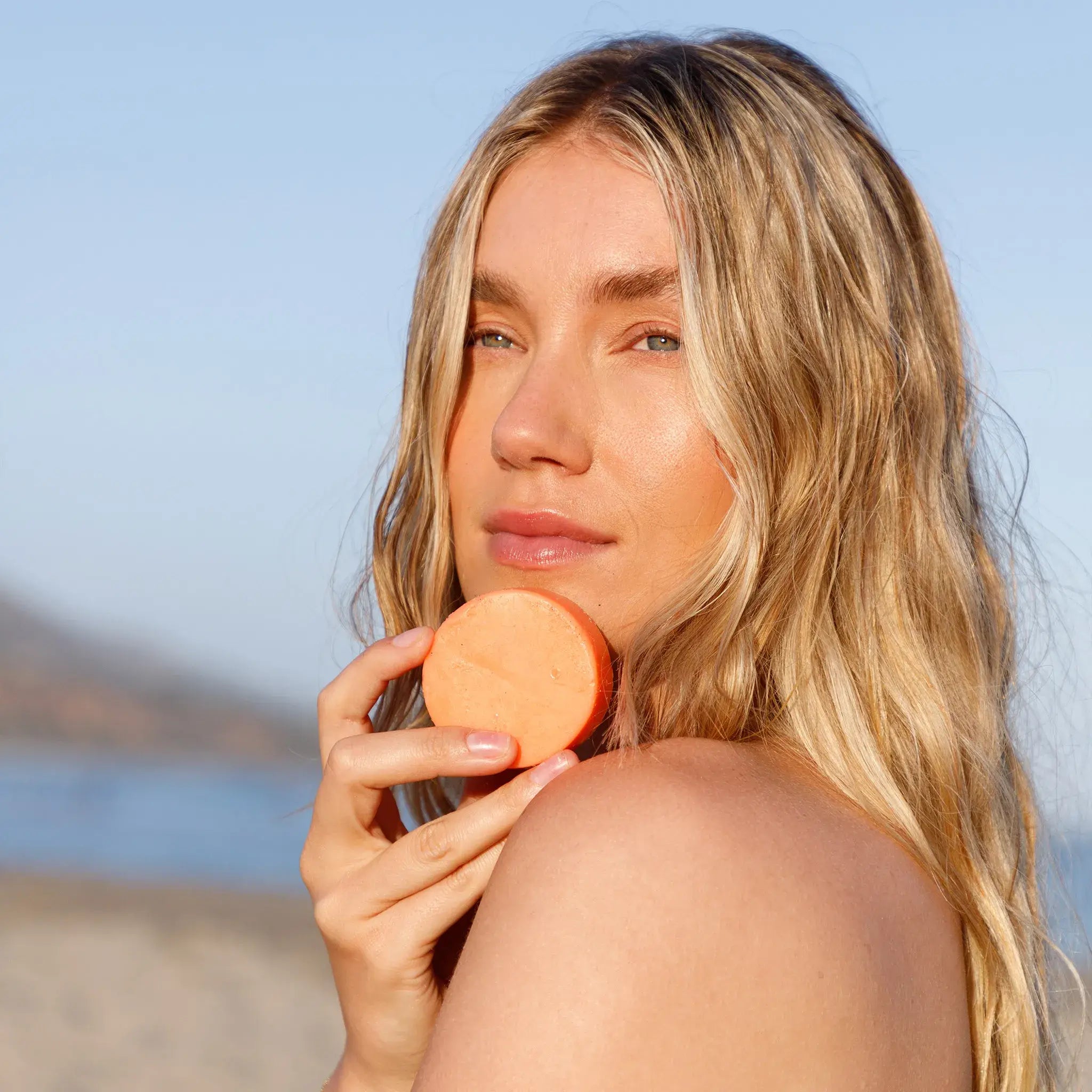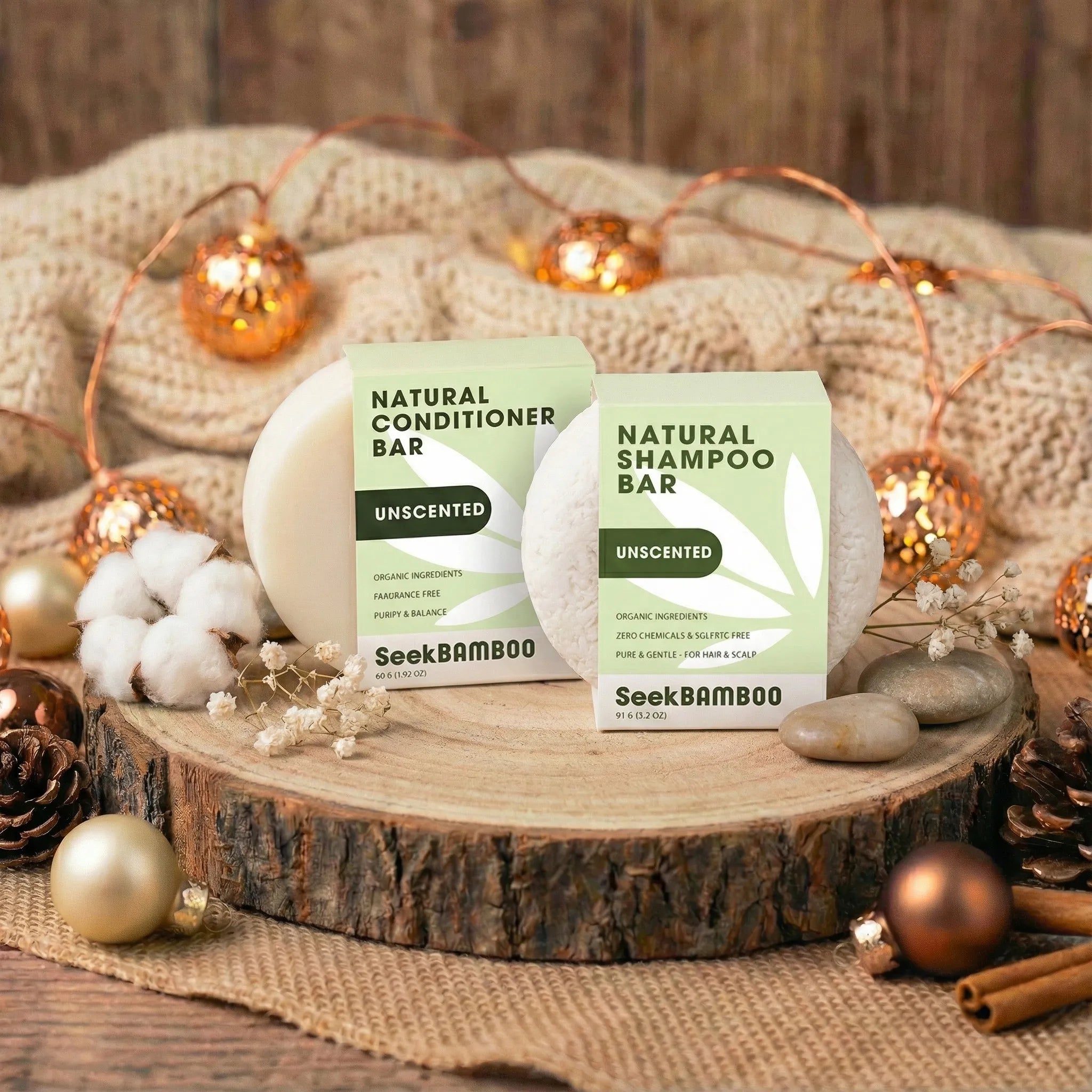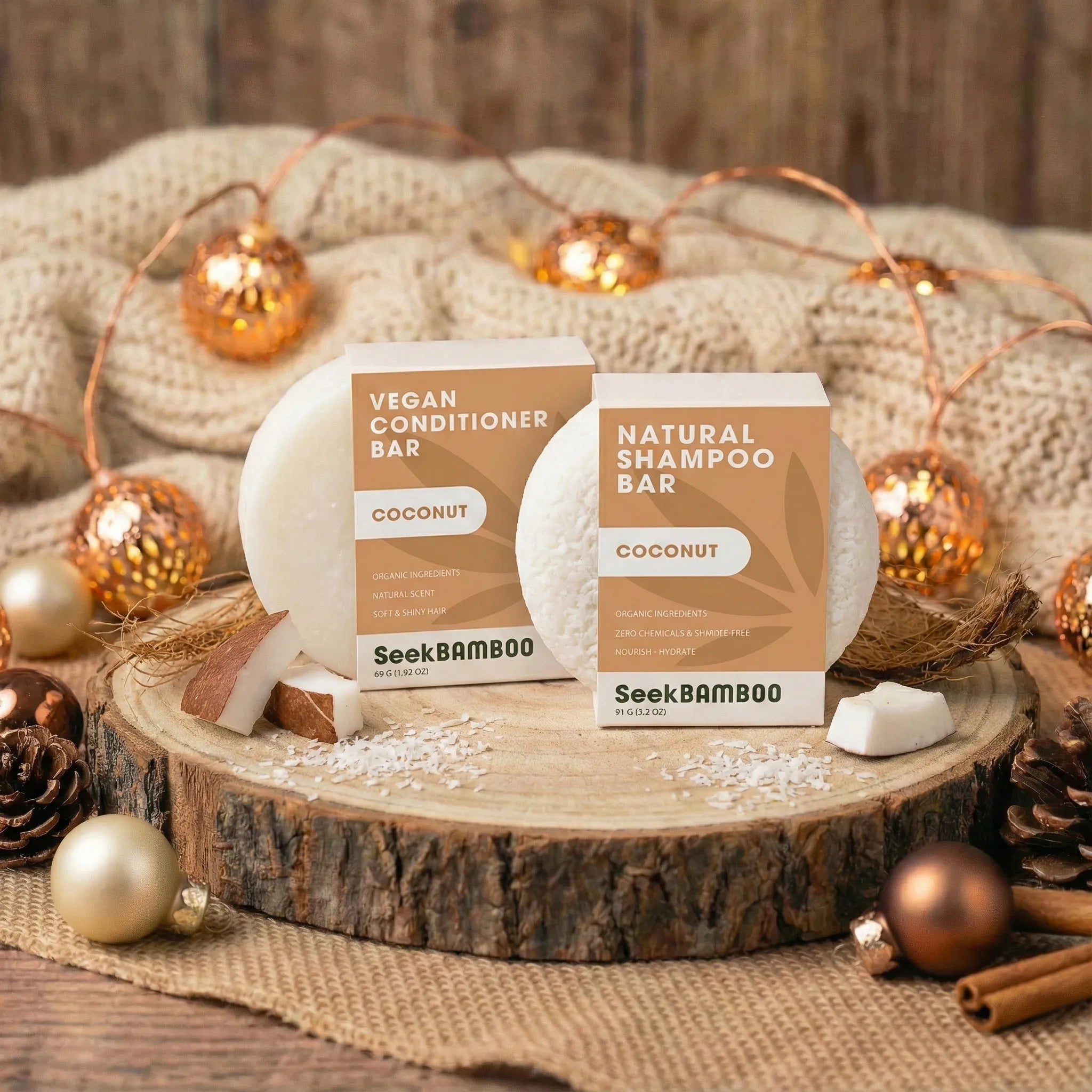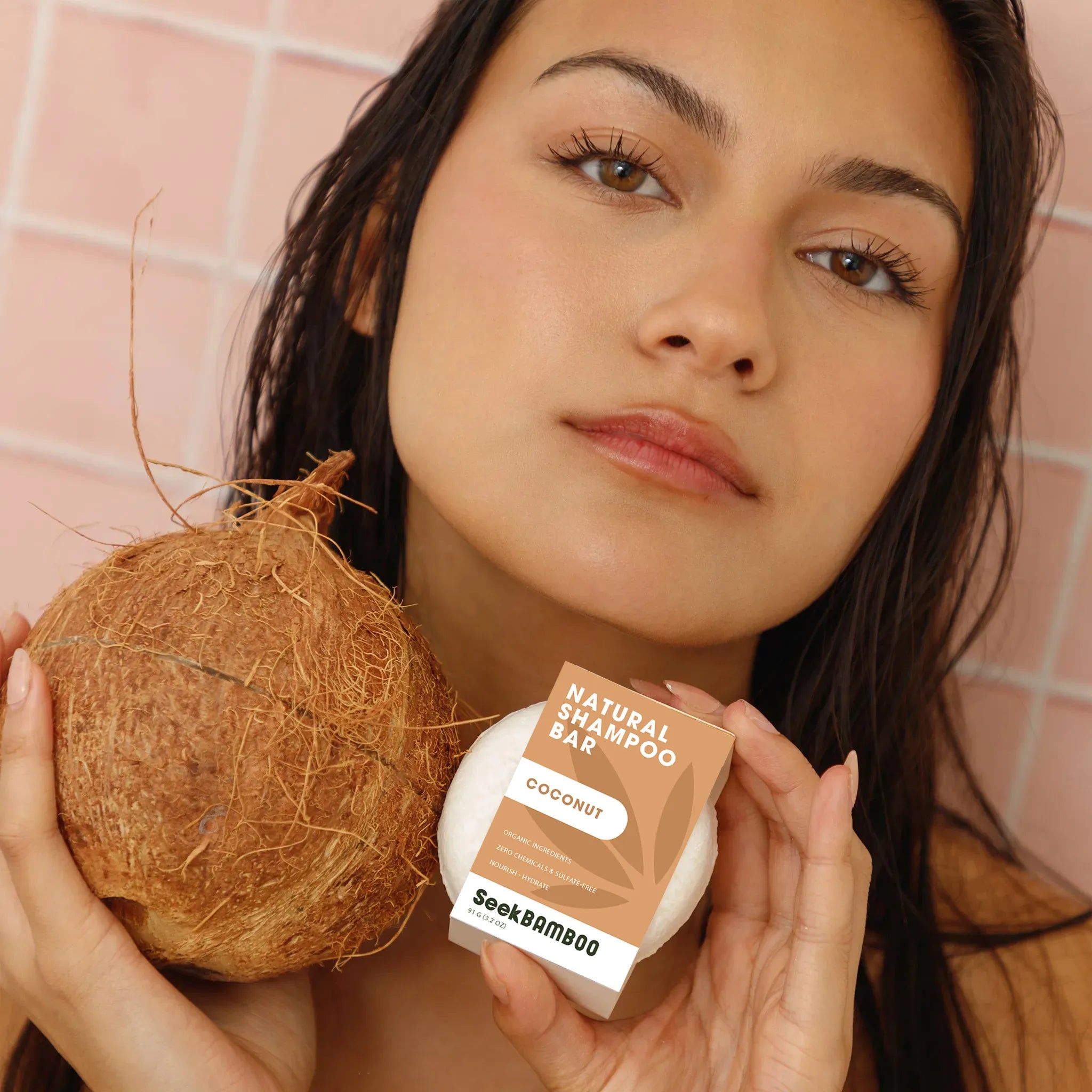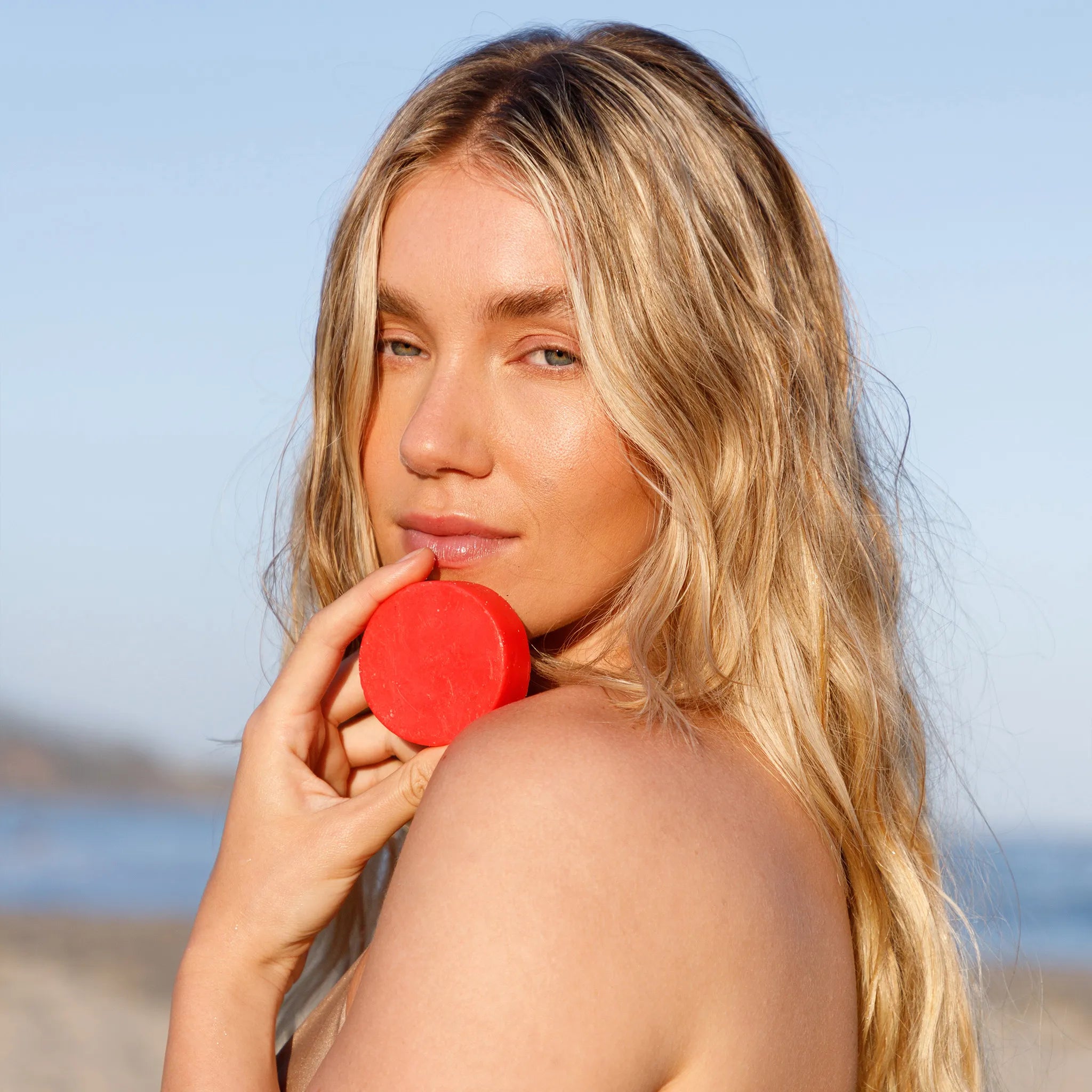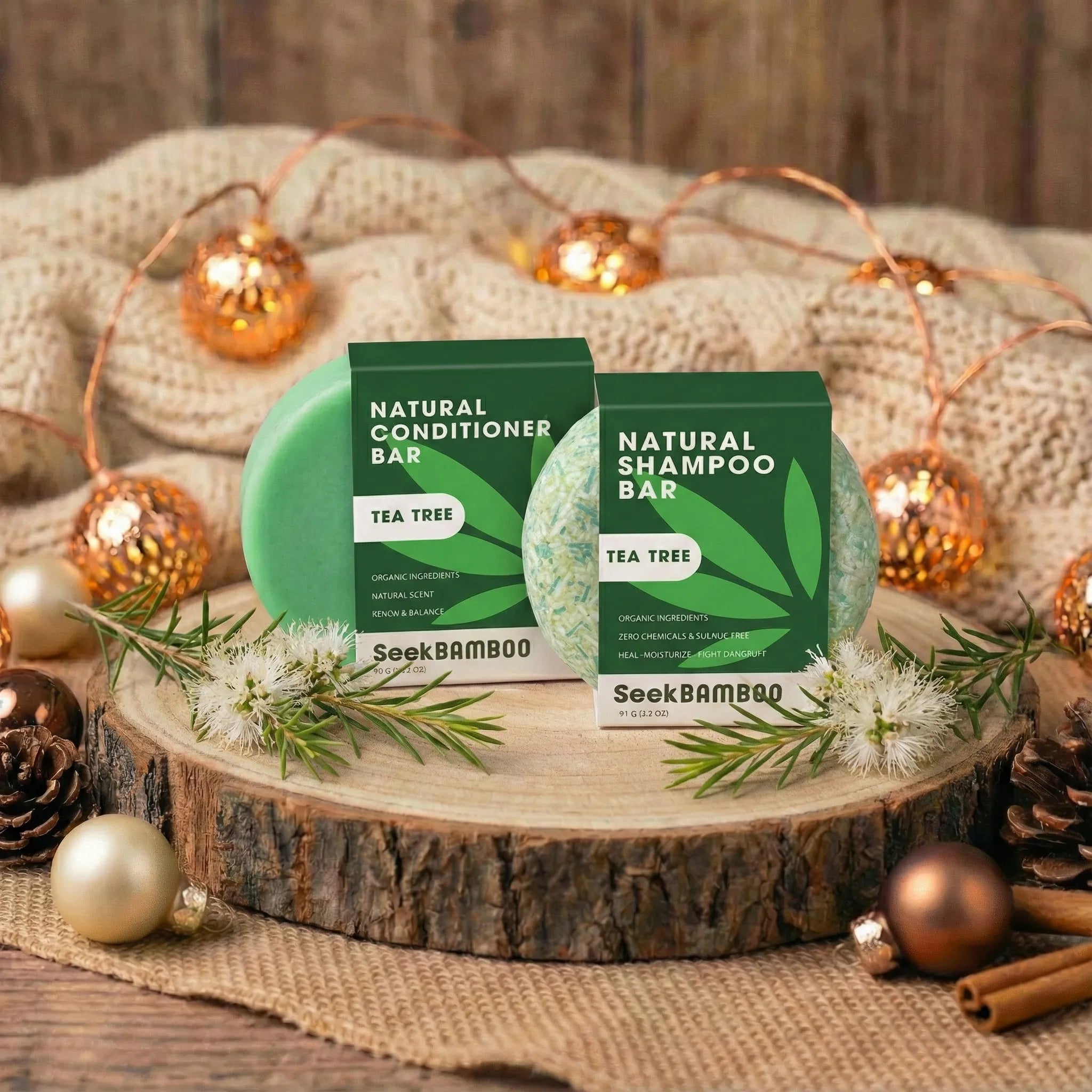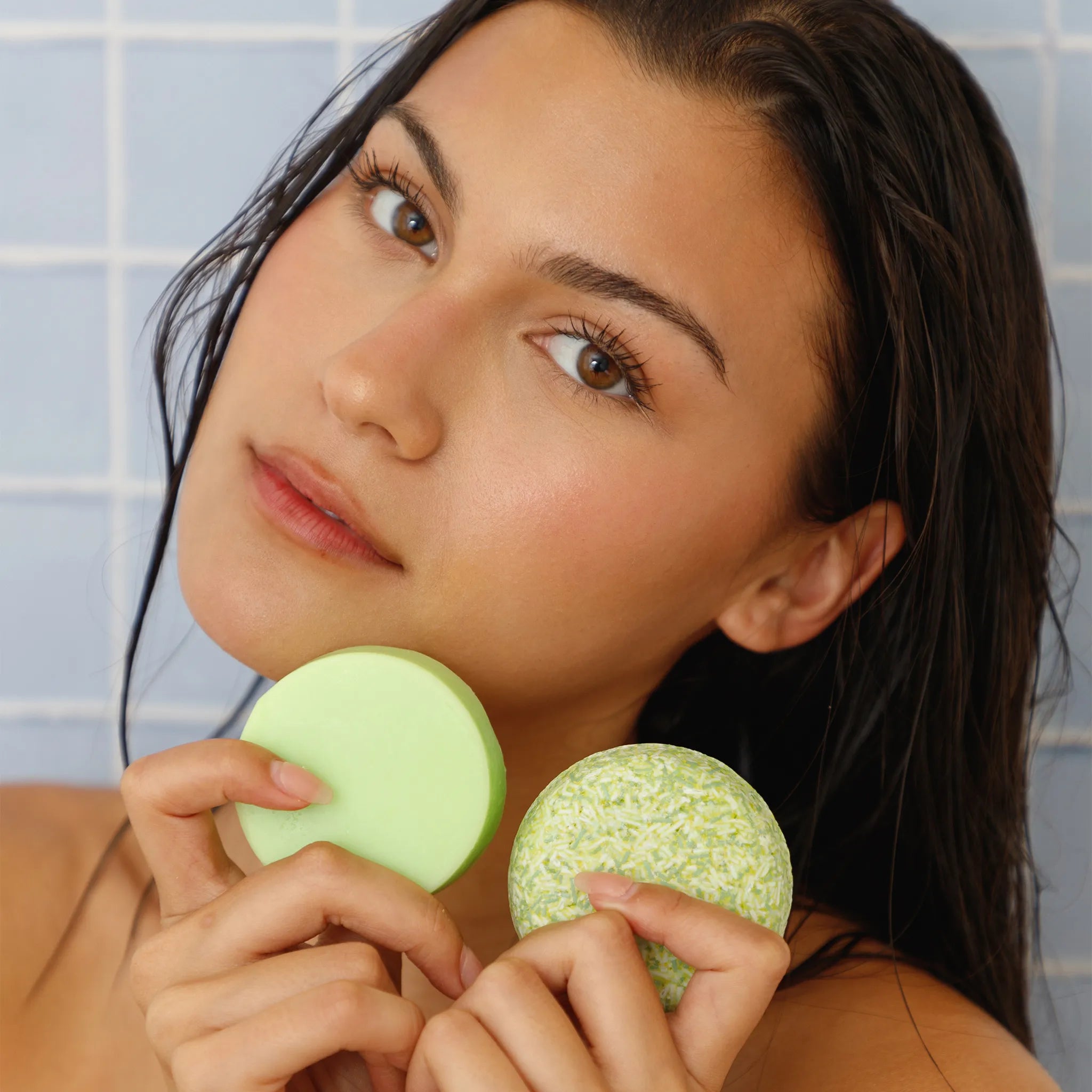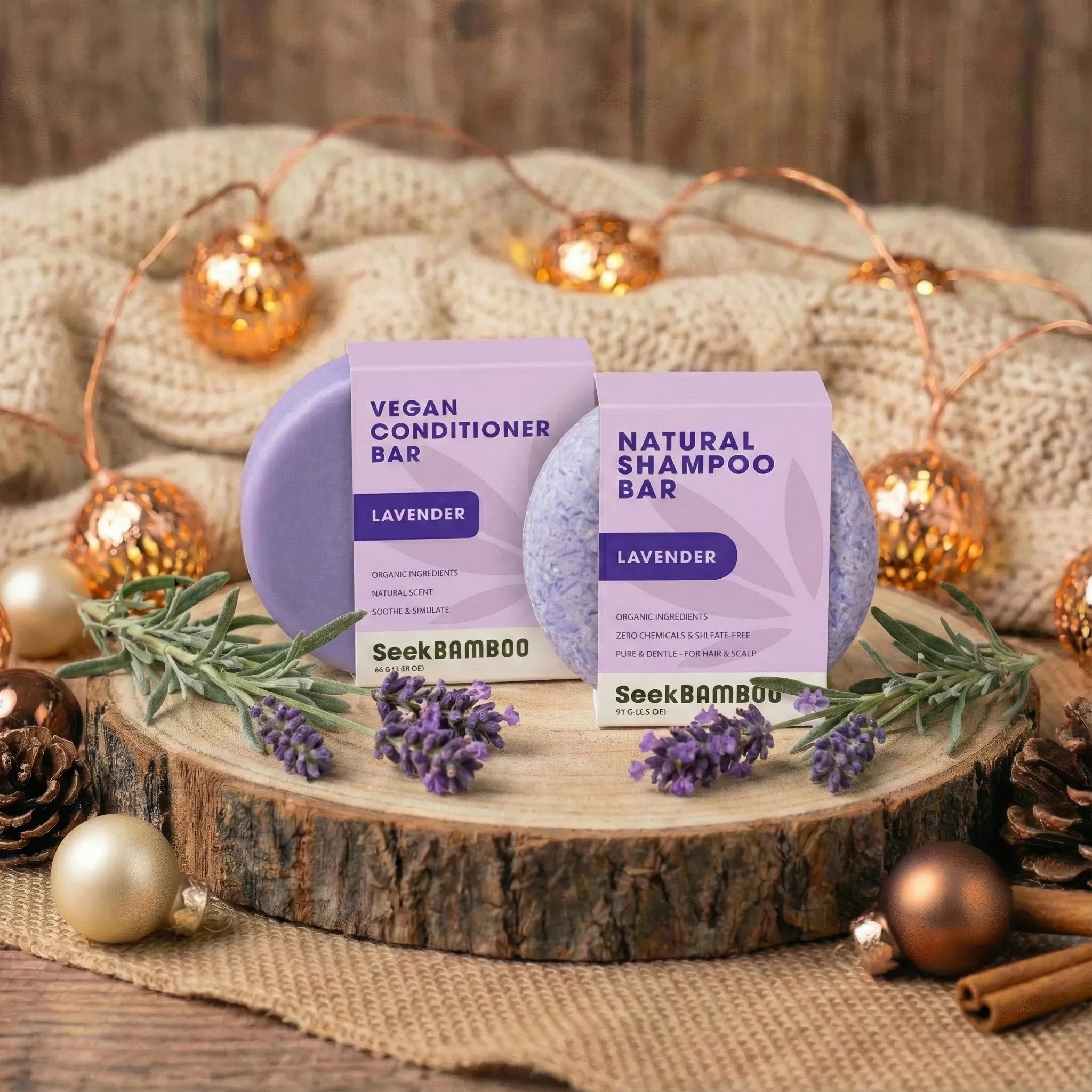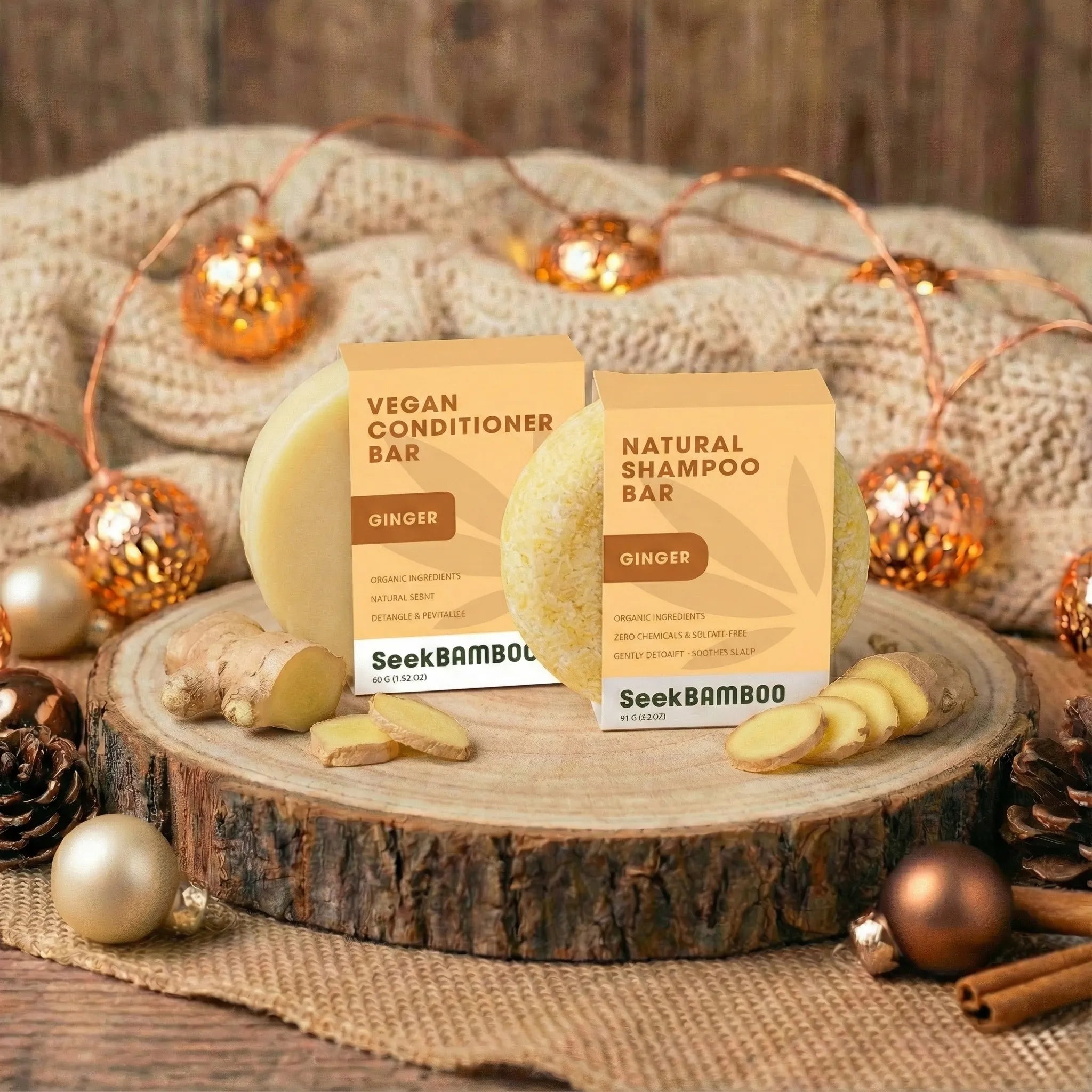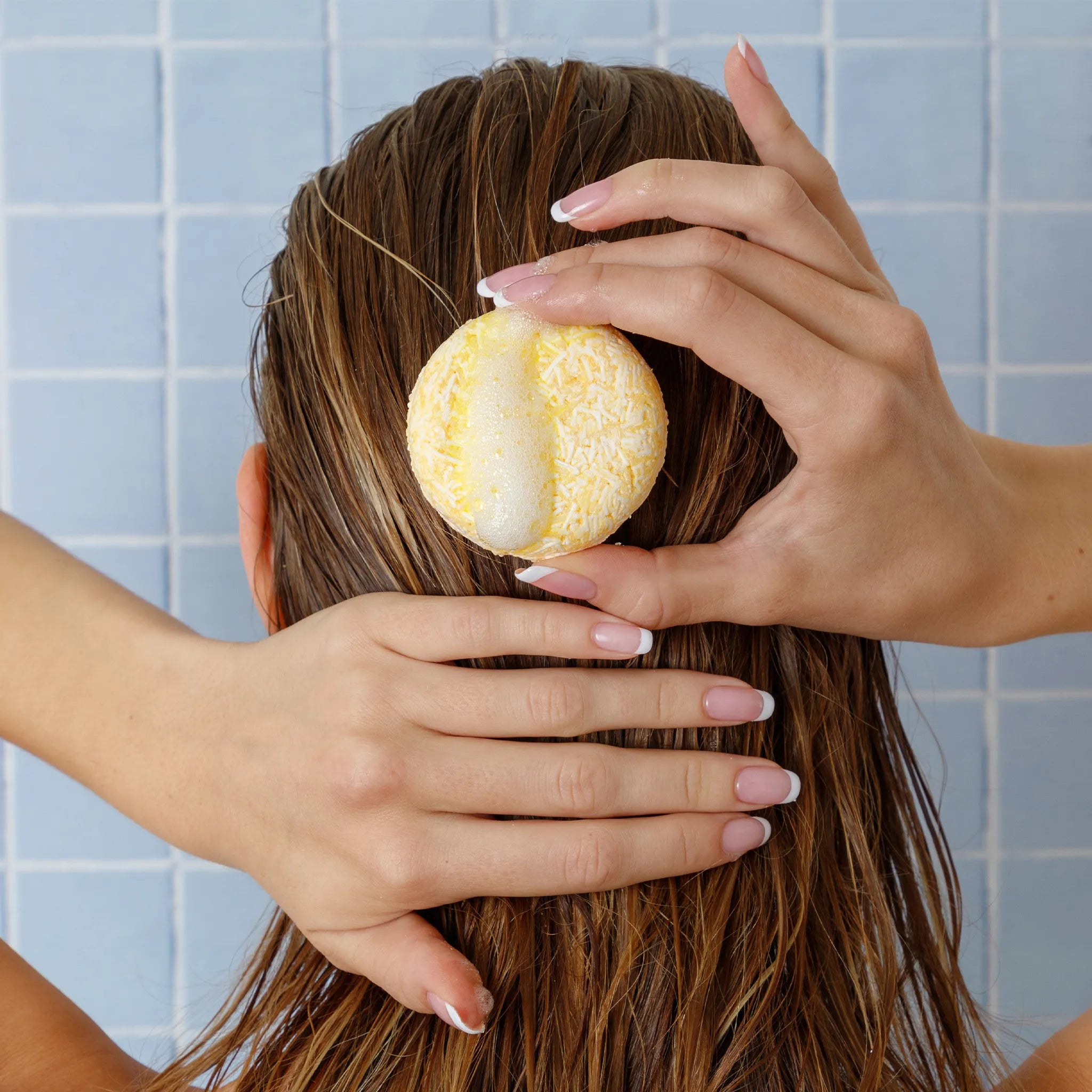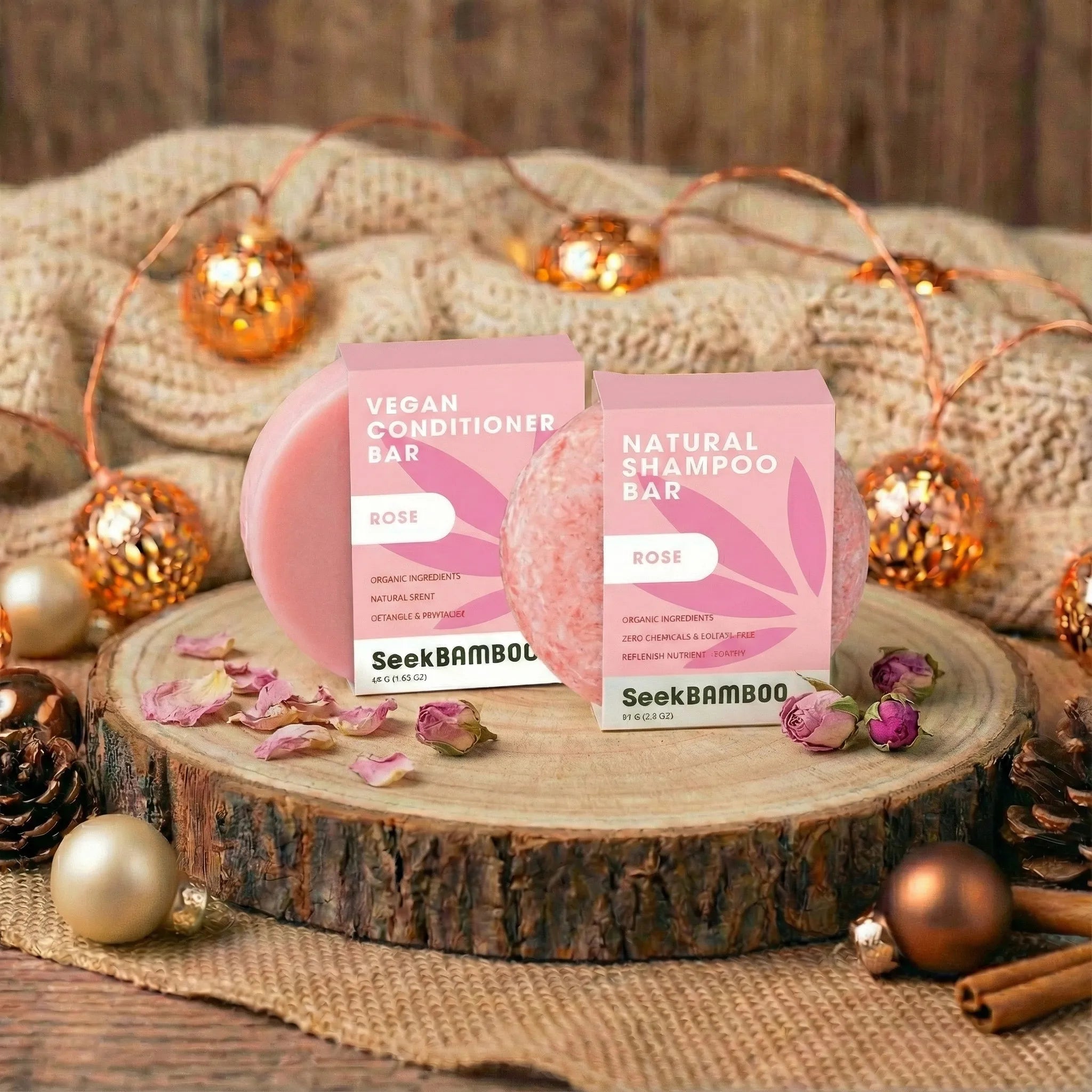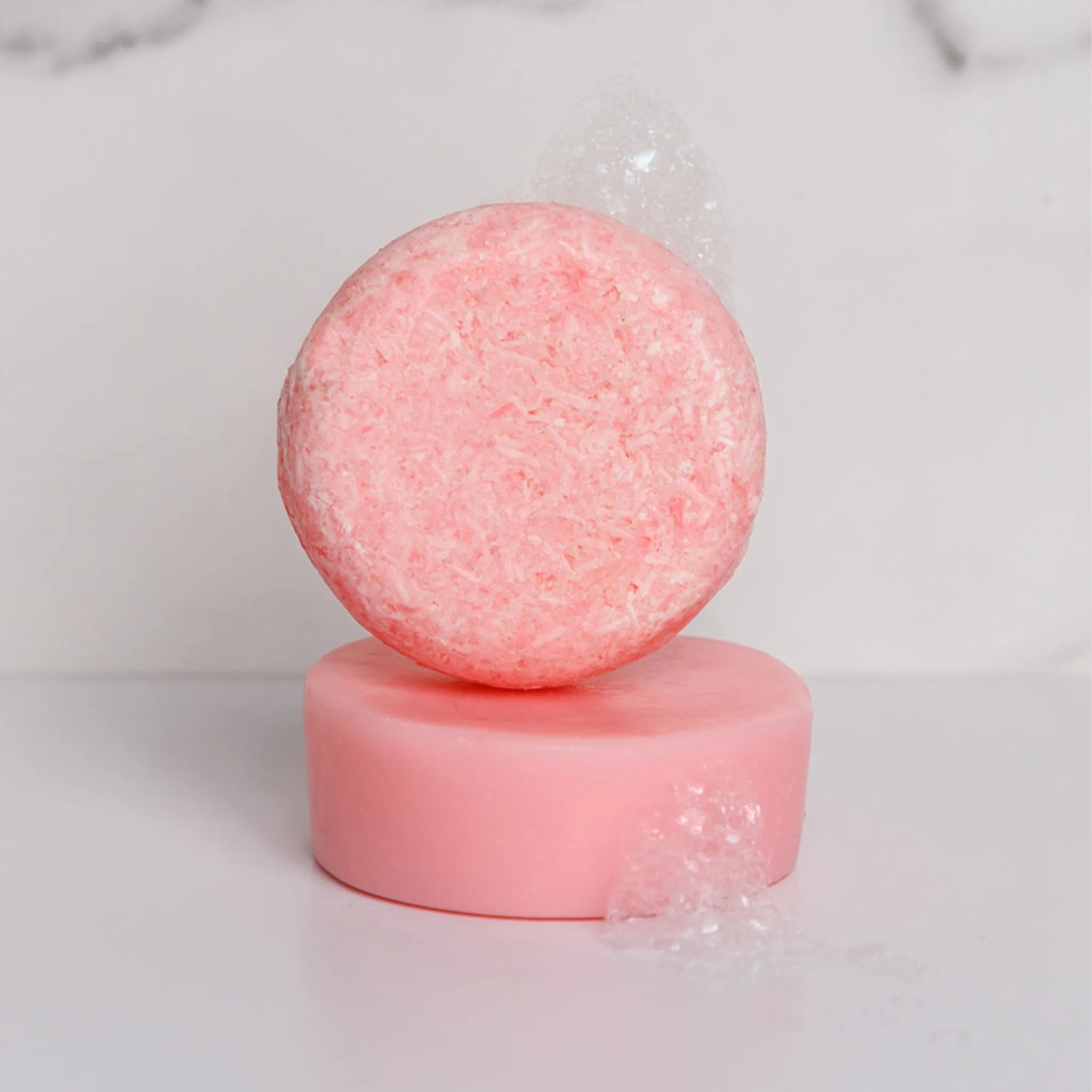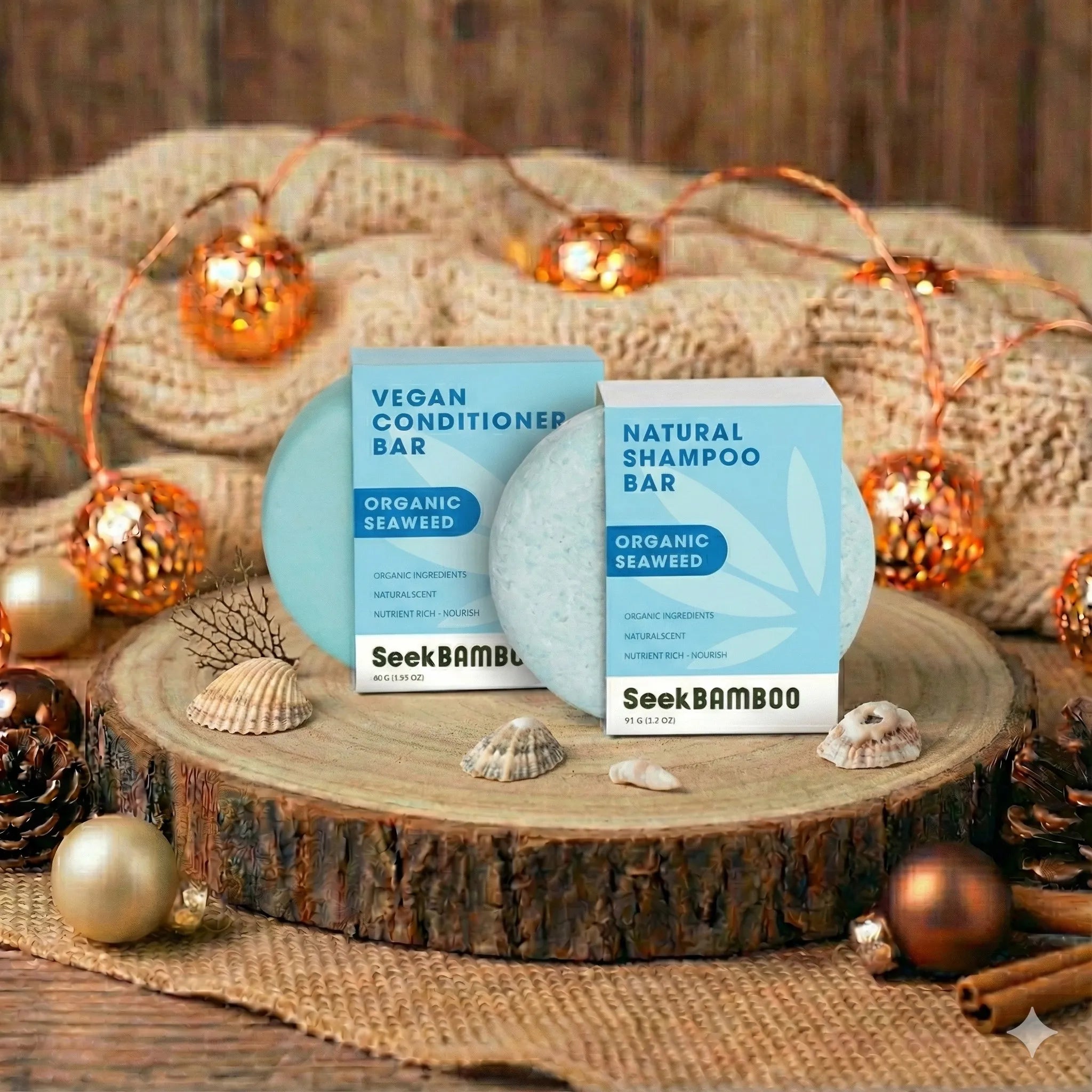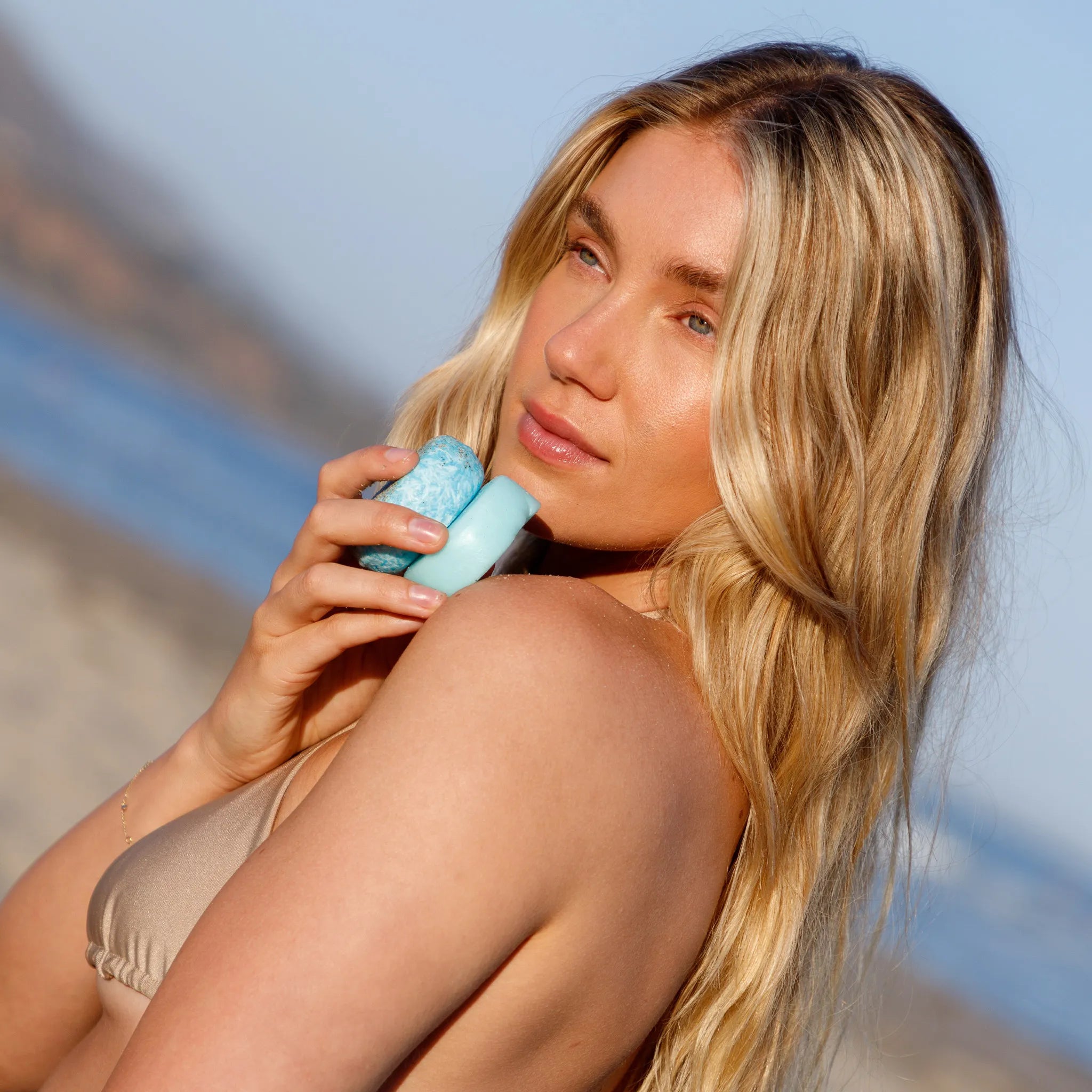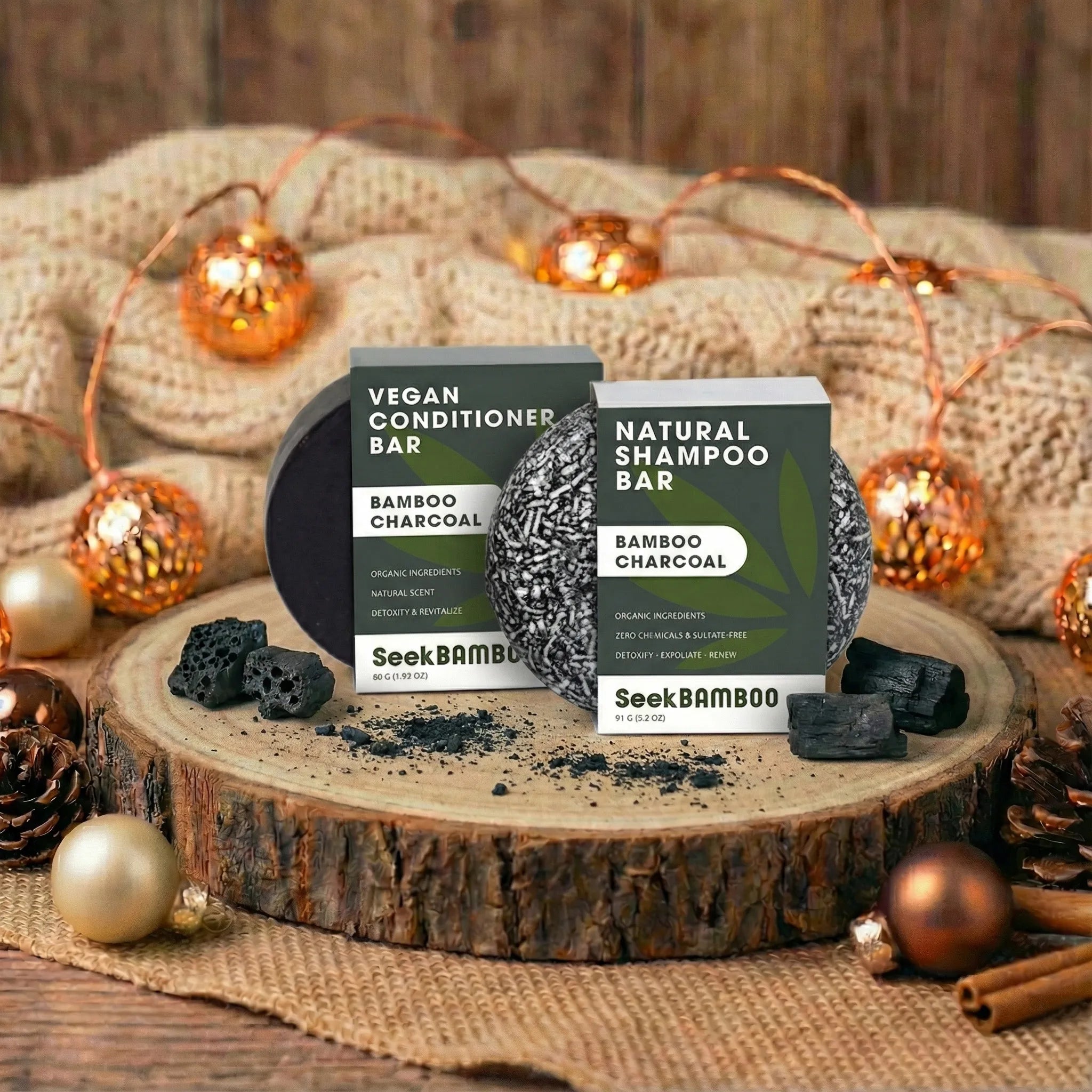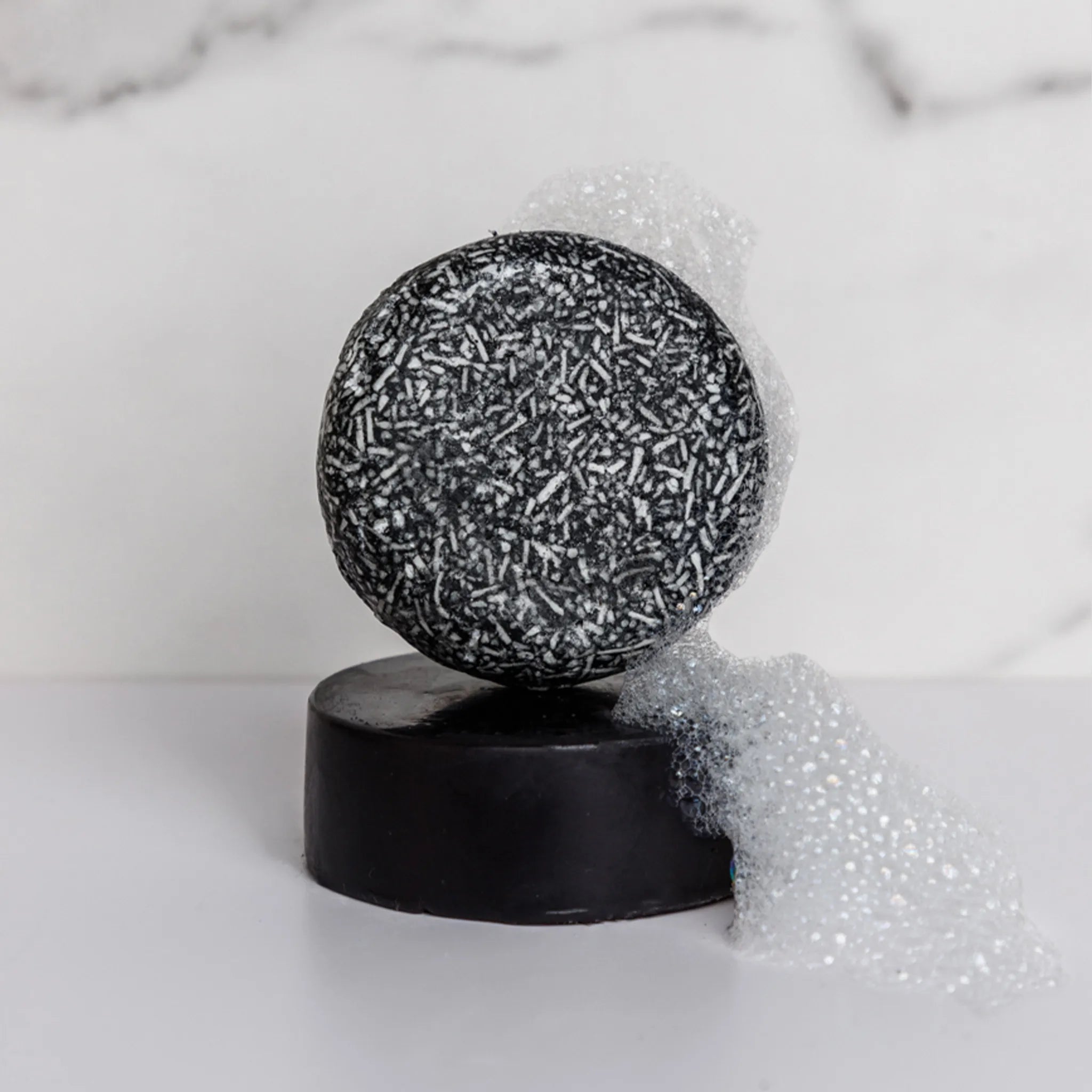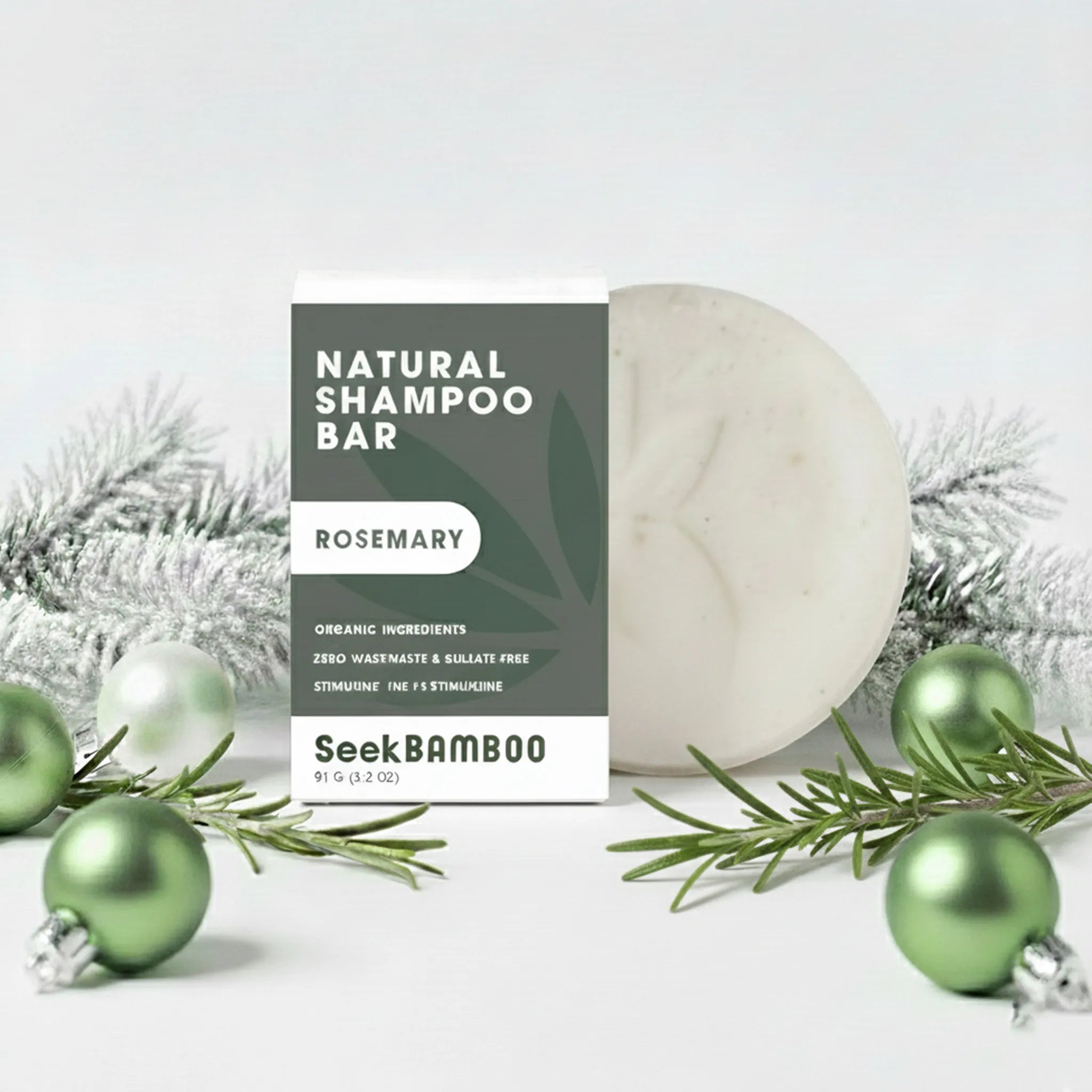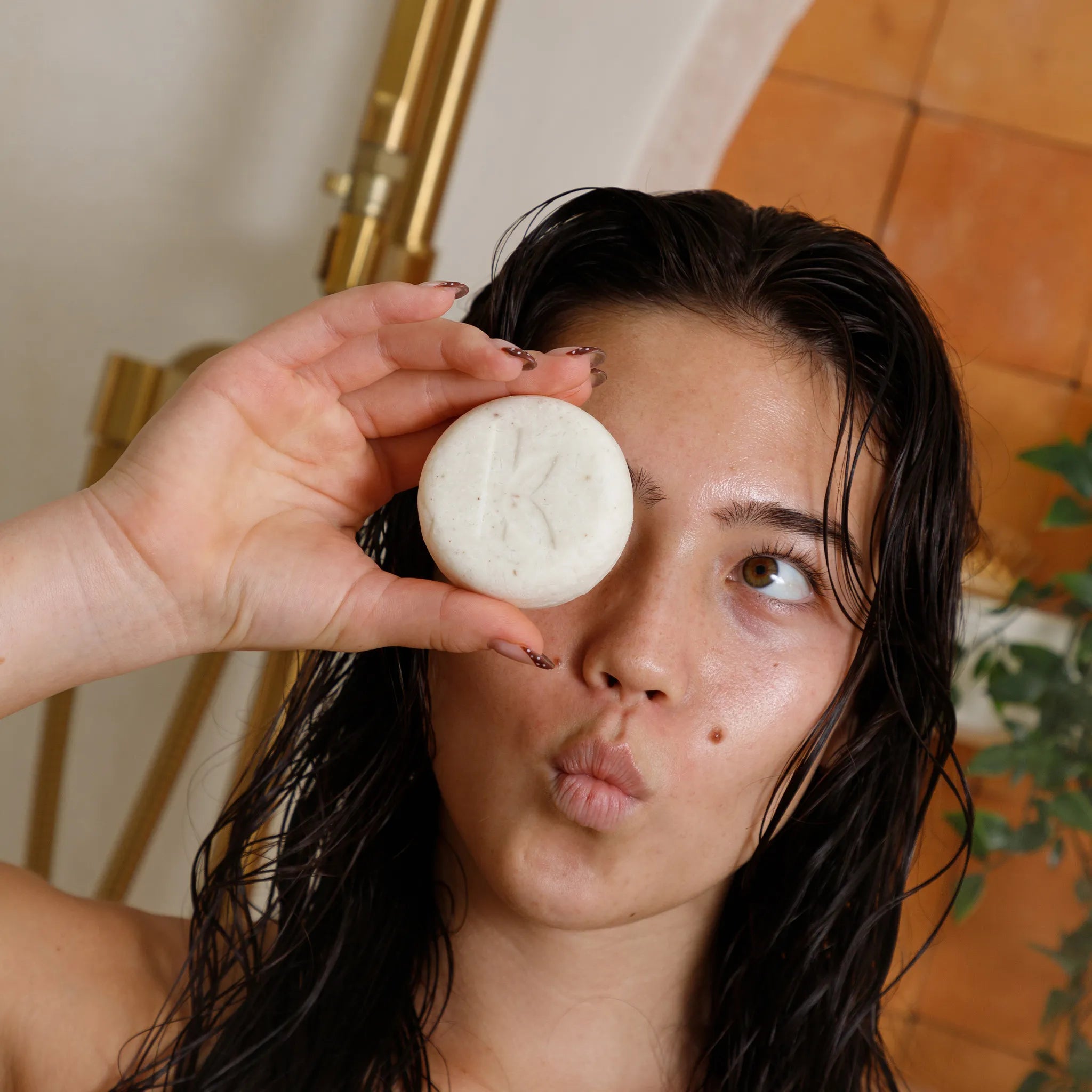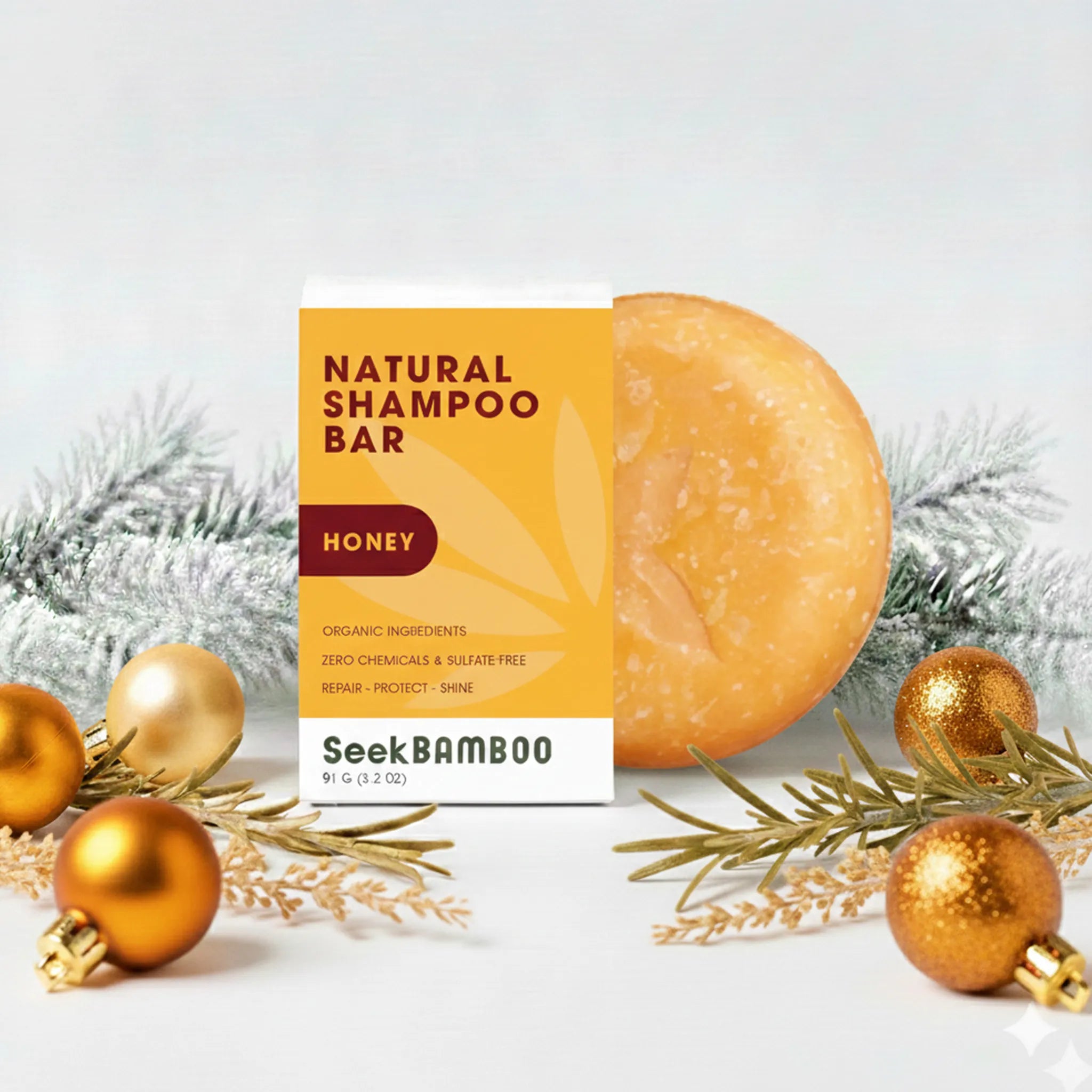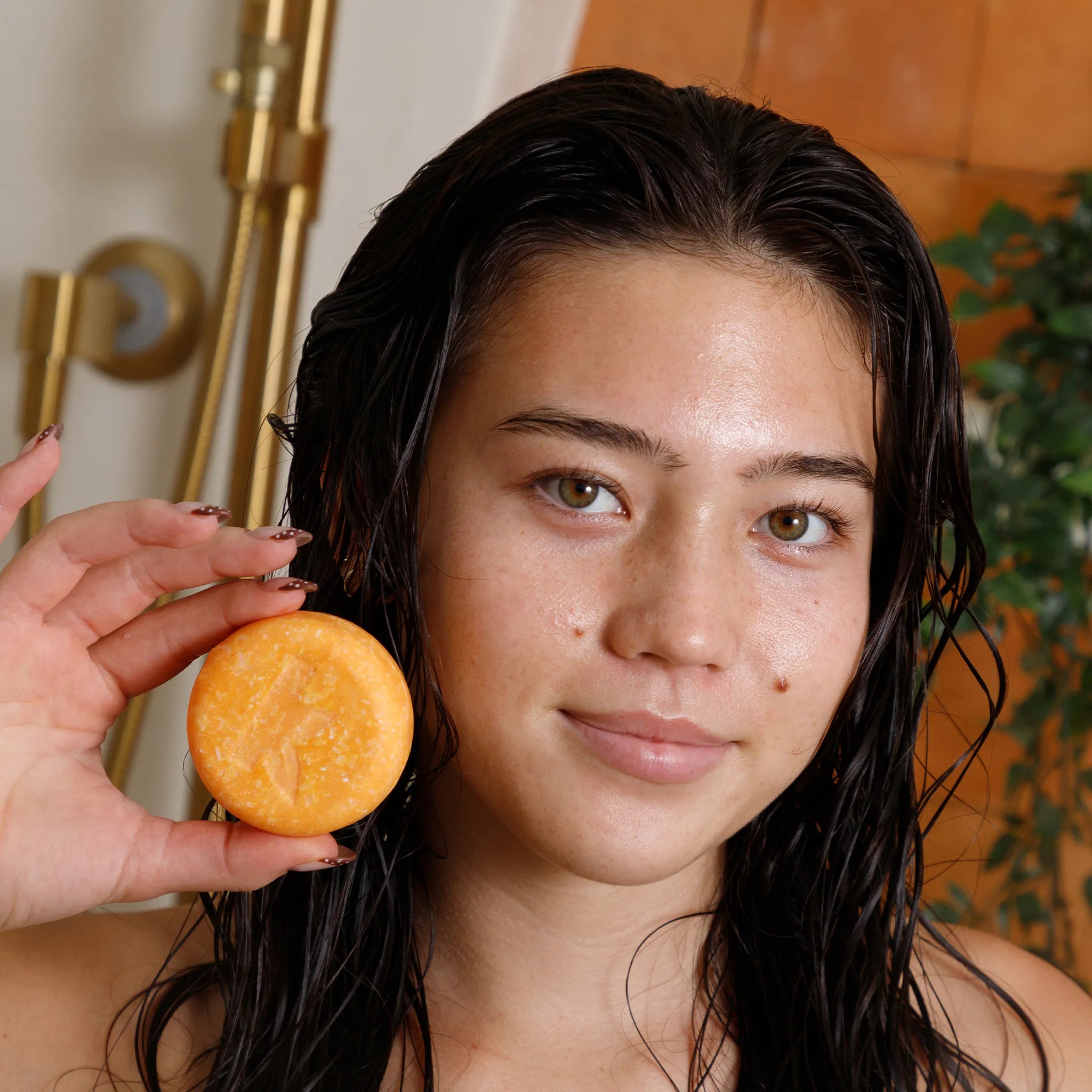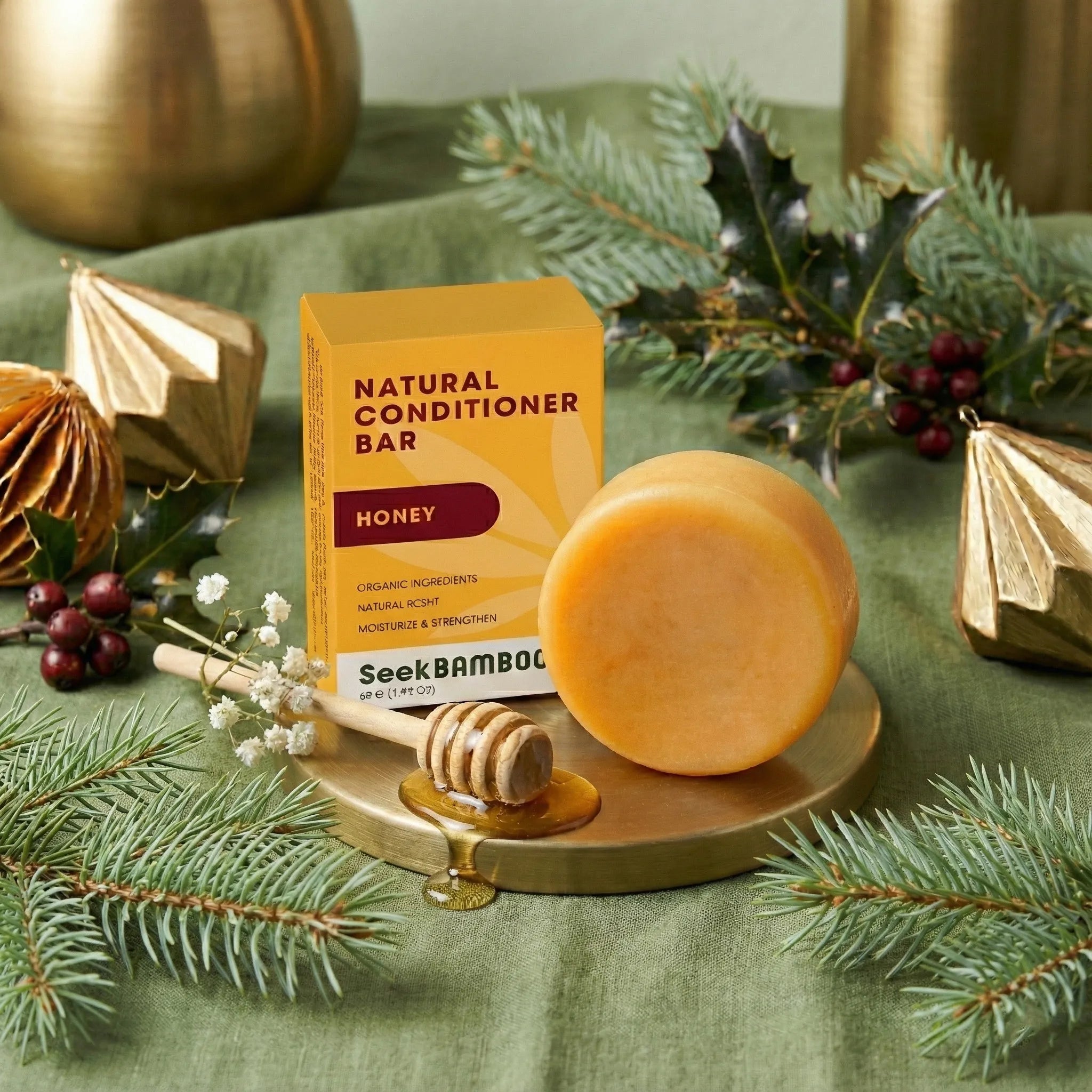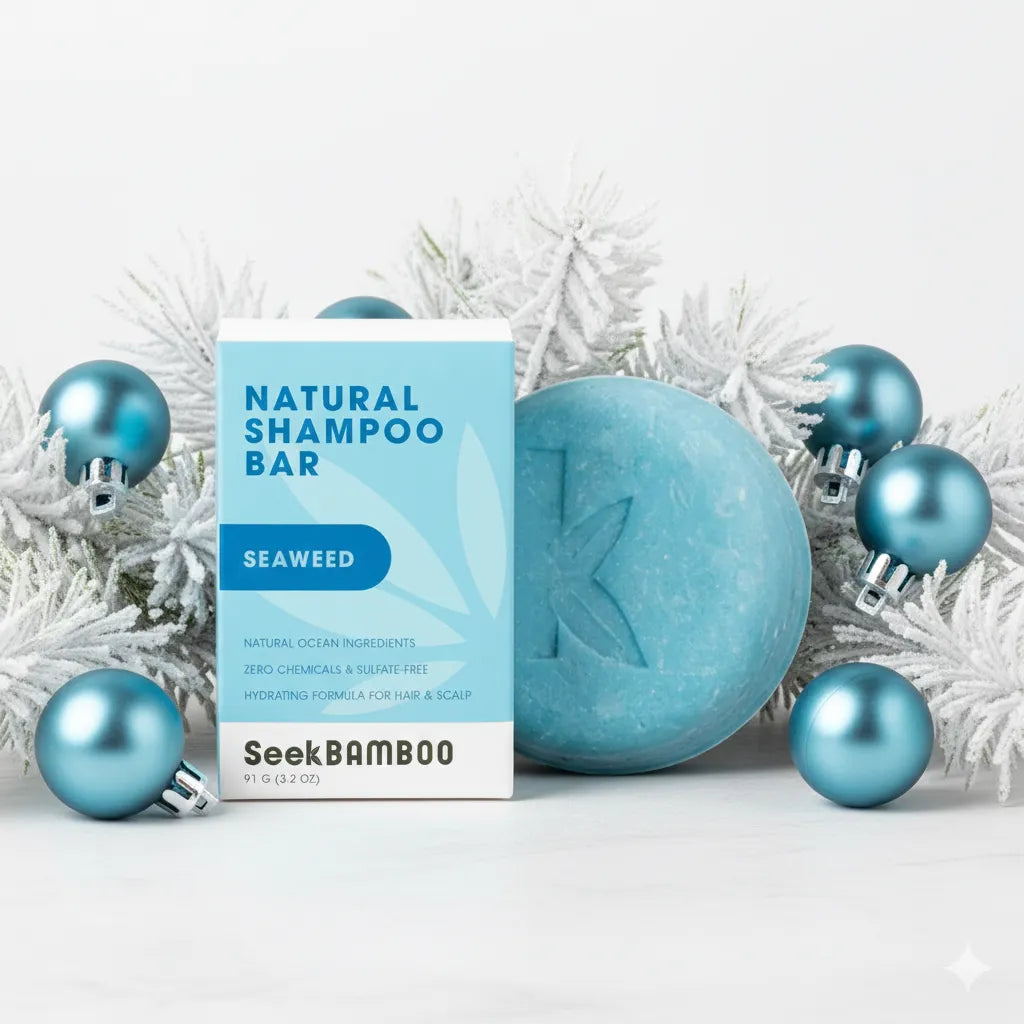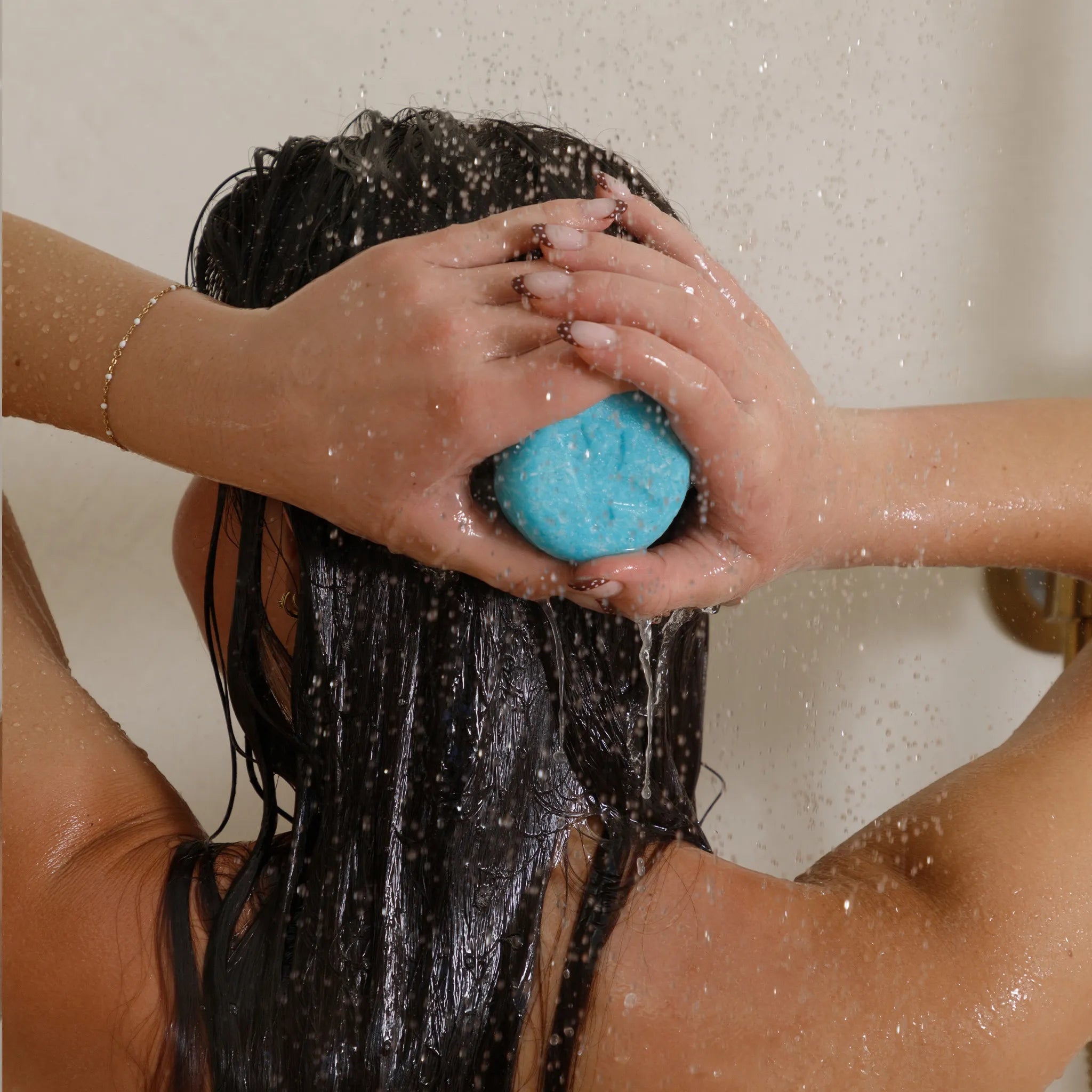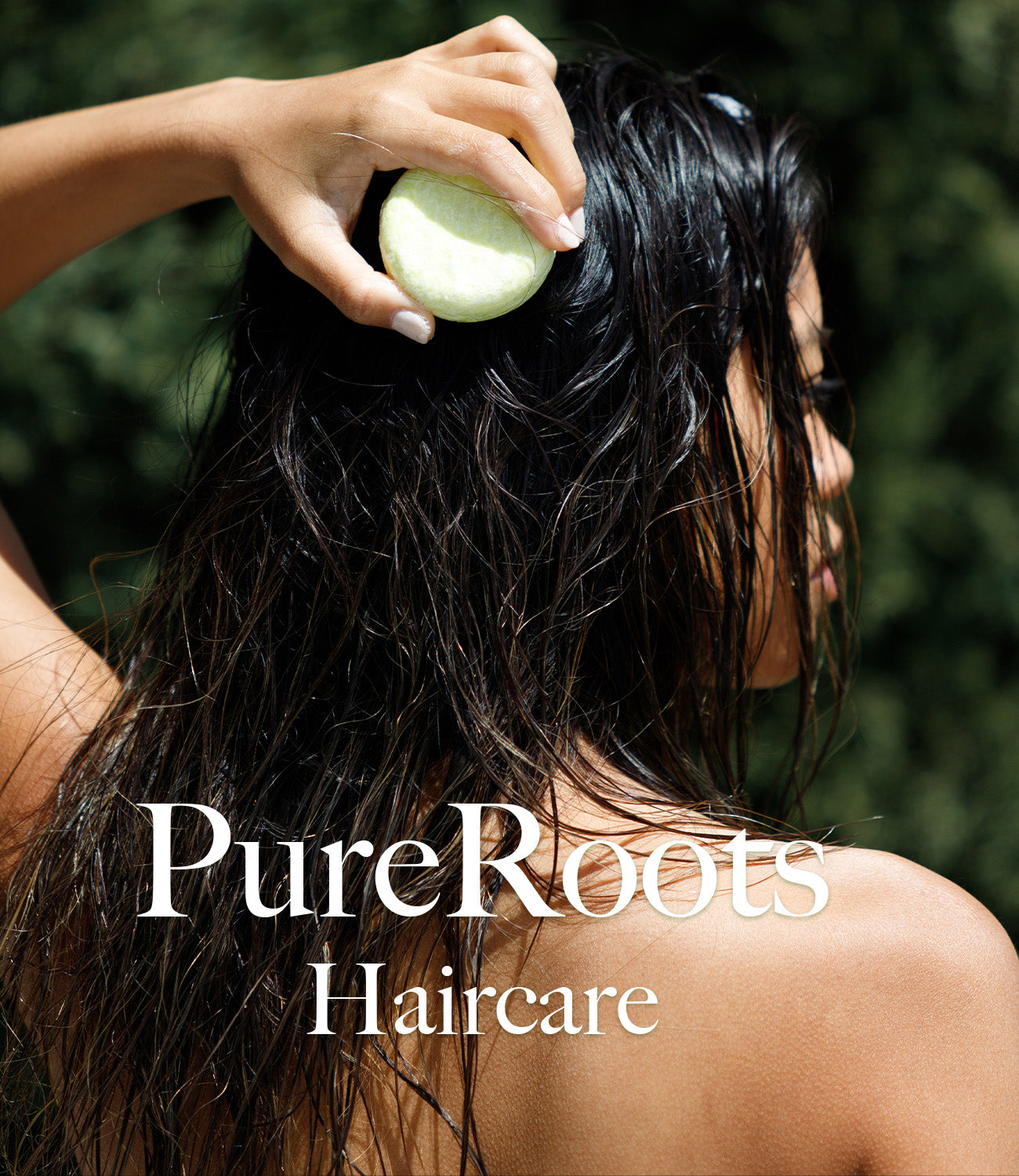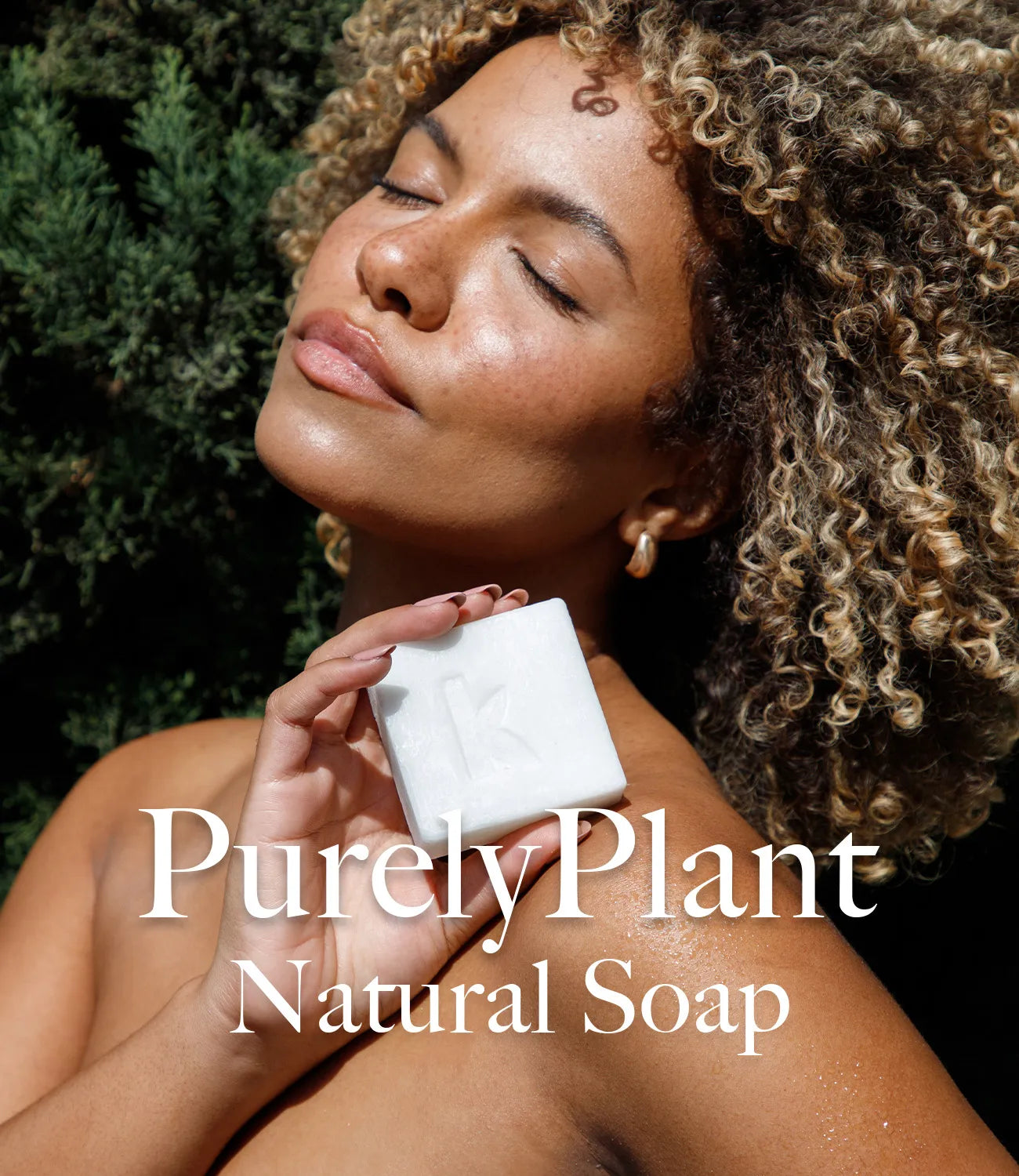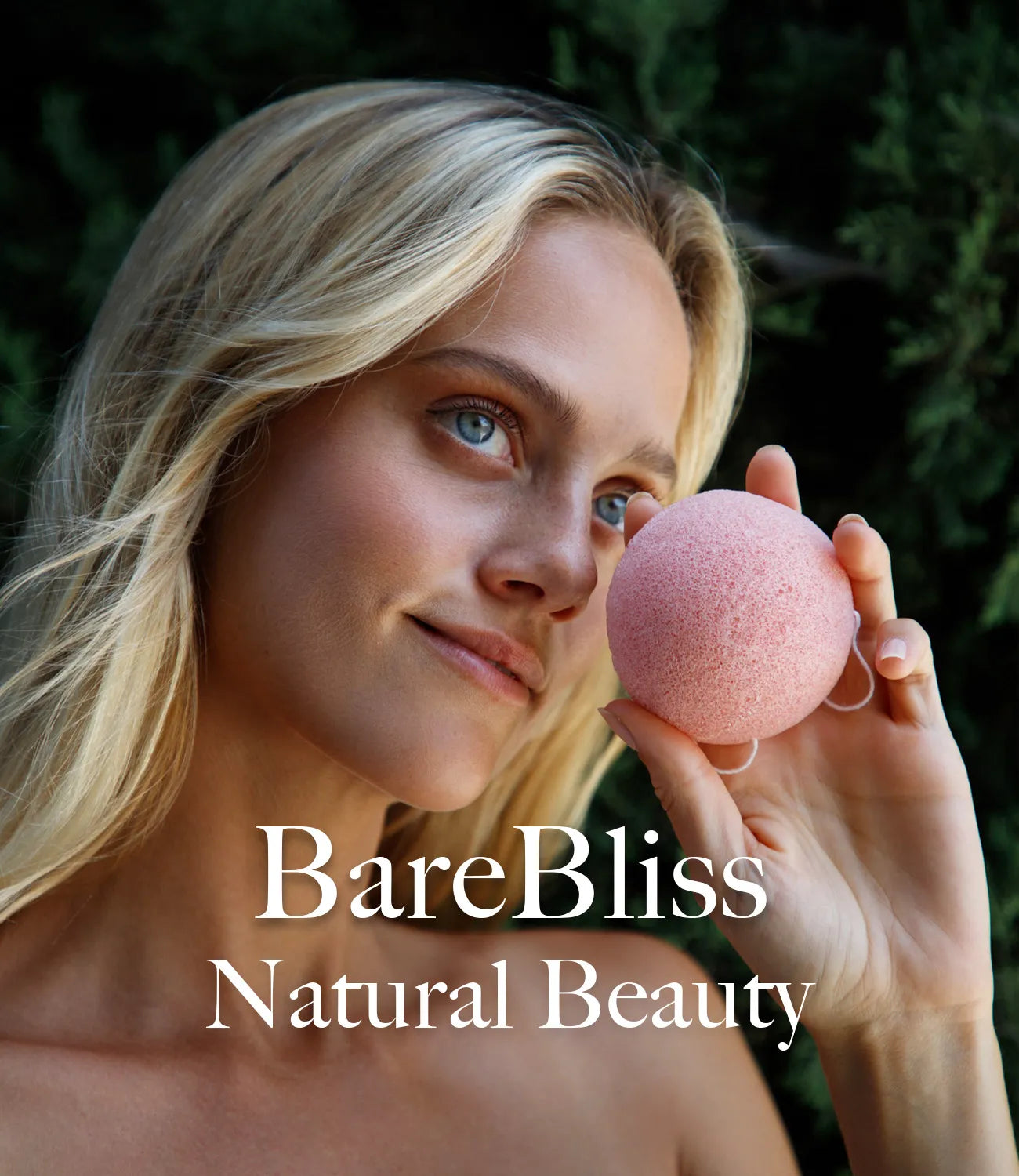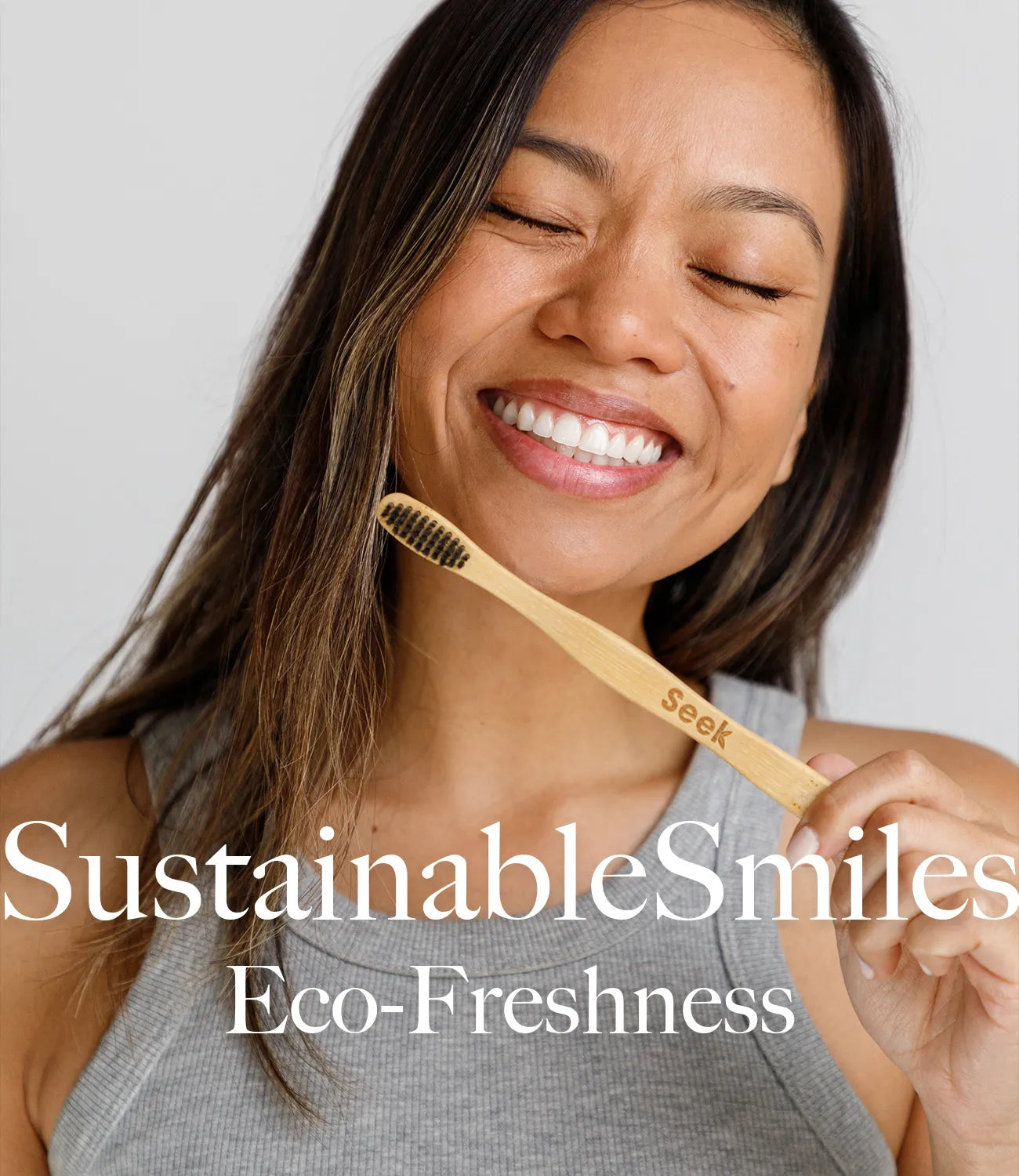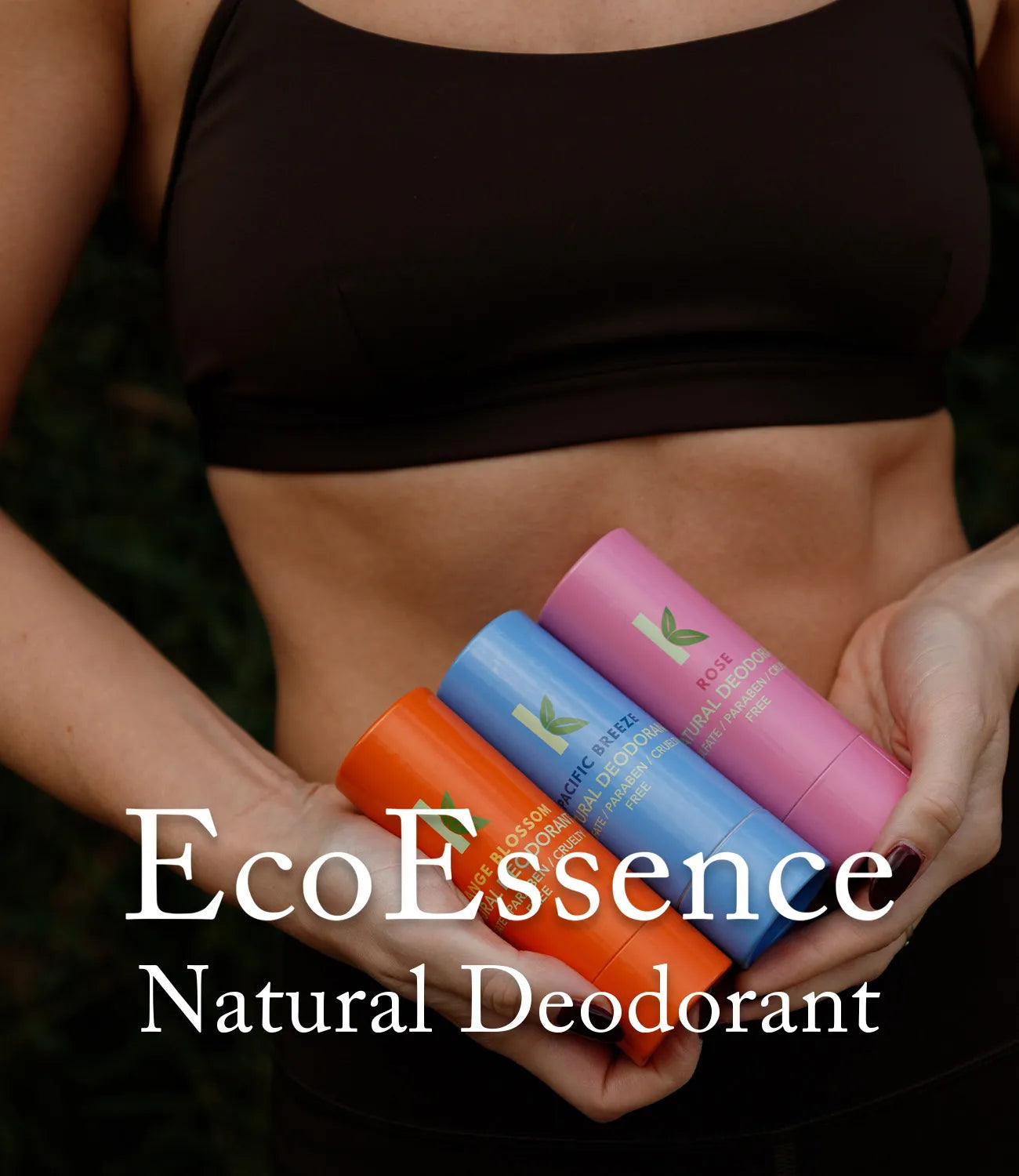How Often Should You Condition Your Hair?
When it comes to hair care, conditioning often takes a backseat to shampooing. However, conditioning is a vital step in maintaining healthy, vibrant hair. Whether your locks are long or short, curly or straight, fine or thick, the right conditioning routine can make all the difference in achieving that lustrous, manageable look we all desire.
The Importance of Conditioning
Conditioning serves multiple purposes in your hair care regimen. It helps to:
Moisturize and Hydrate
Conditioning replenishes the moisture stripped away during shampooing, which is essential for preventing dryness and brittleness.
Detangle
It smooths the hair cuticle, making it easier to comb through and reducing breakage.
Protect
Conditioning forms a protective barrier around the hair shaft, shielding it from environmental damage, heat styling, and pollution.
Enhance Shine and Softness
A good conditioner leaves your hair looking shiny and feeling soft to the touch.
Given these benefits, it's clear why conditioning should be an integral part of your hair care routine. But this raises an important question: How often should you condition your hair?

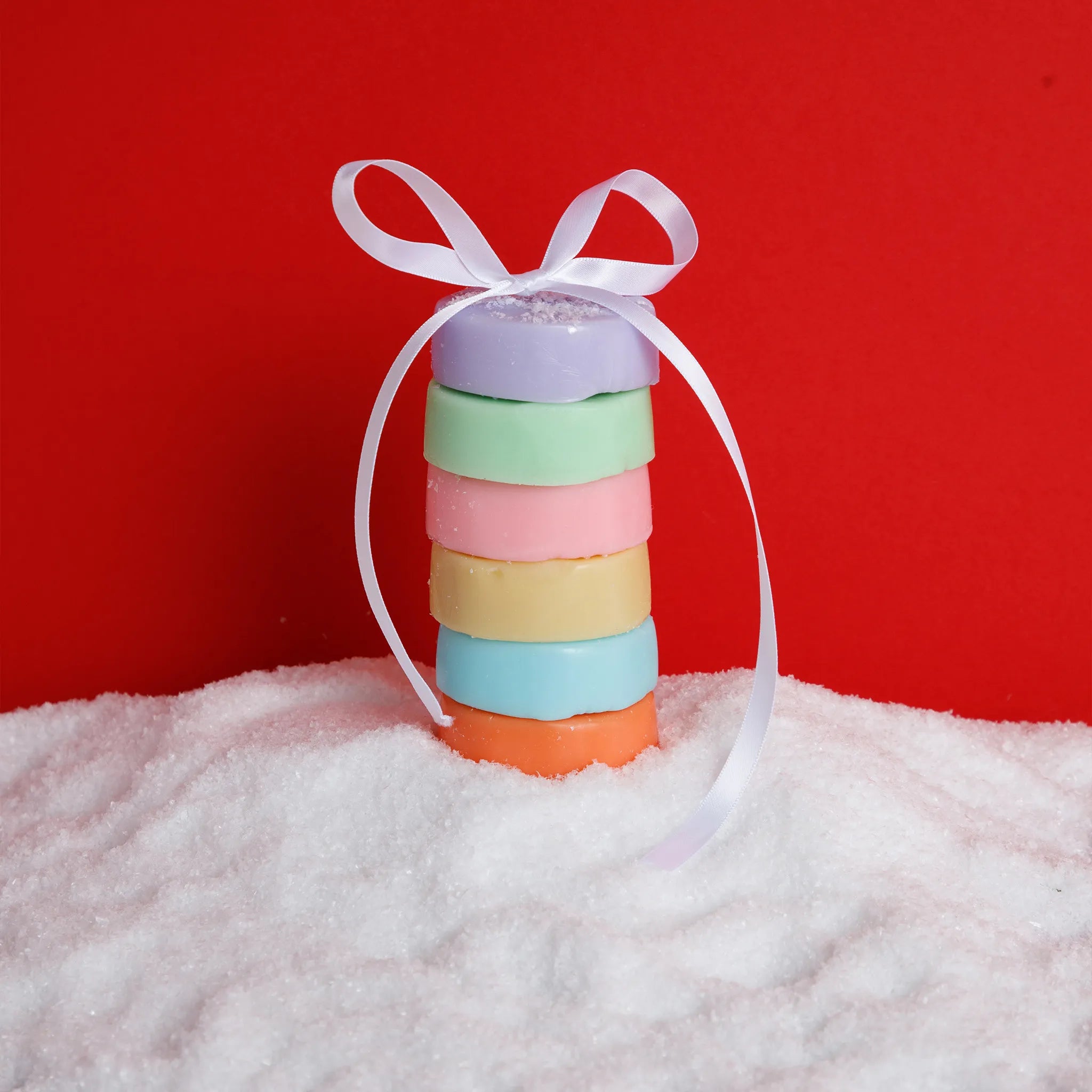
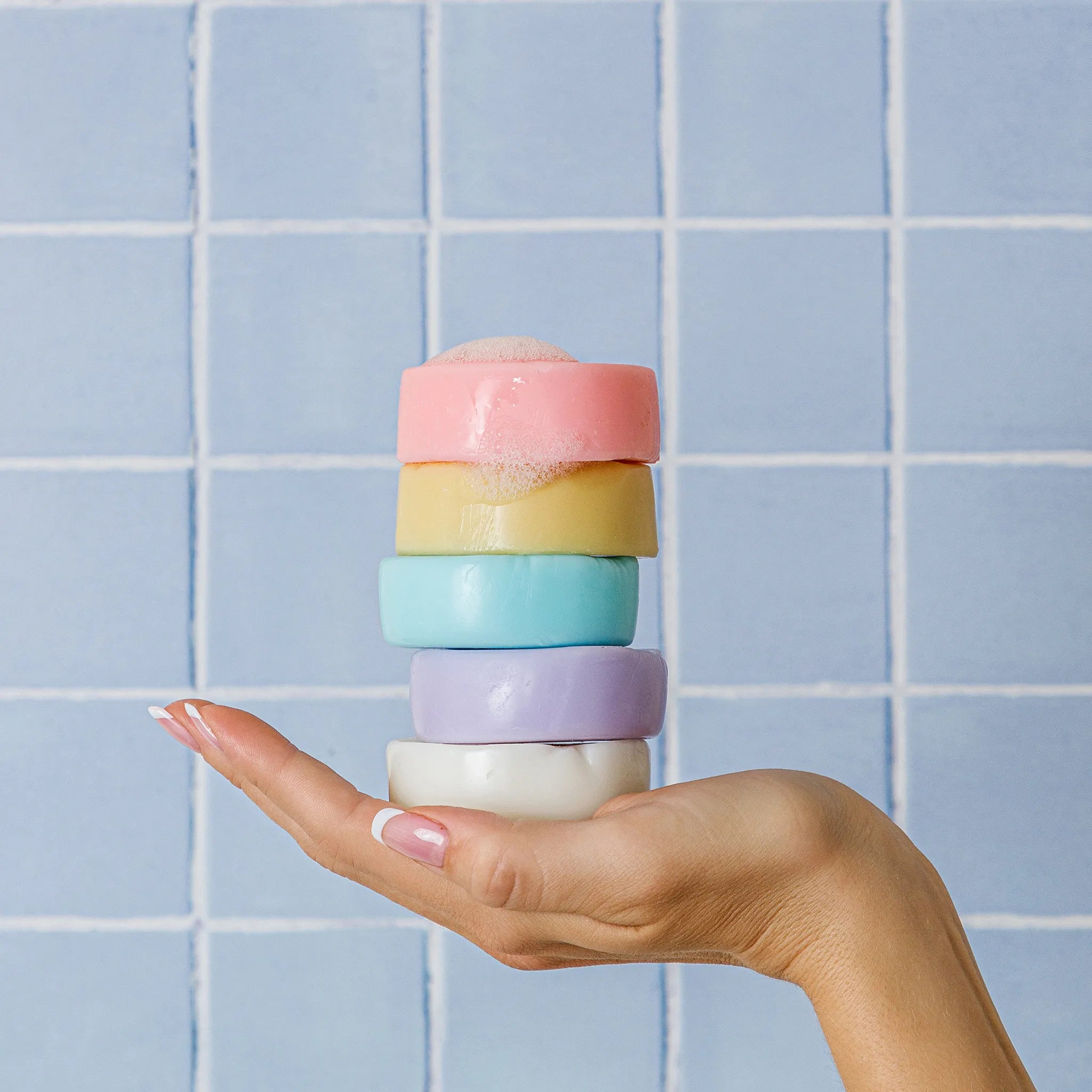
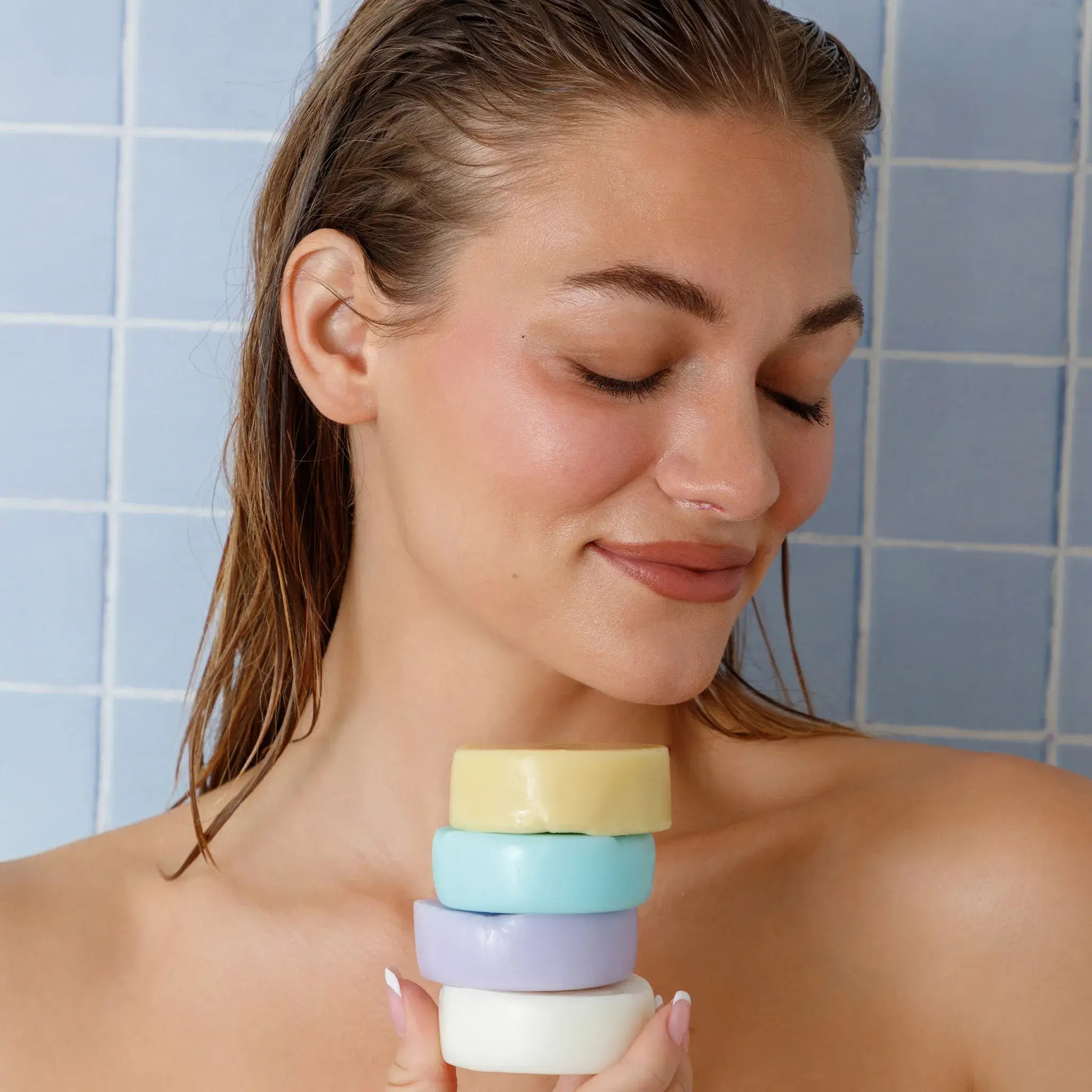
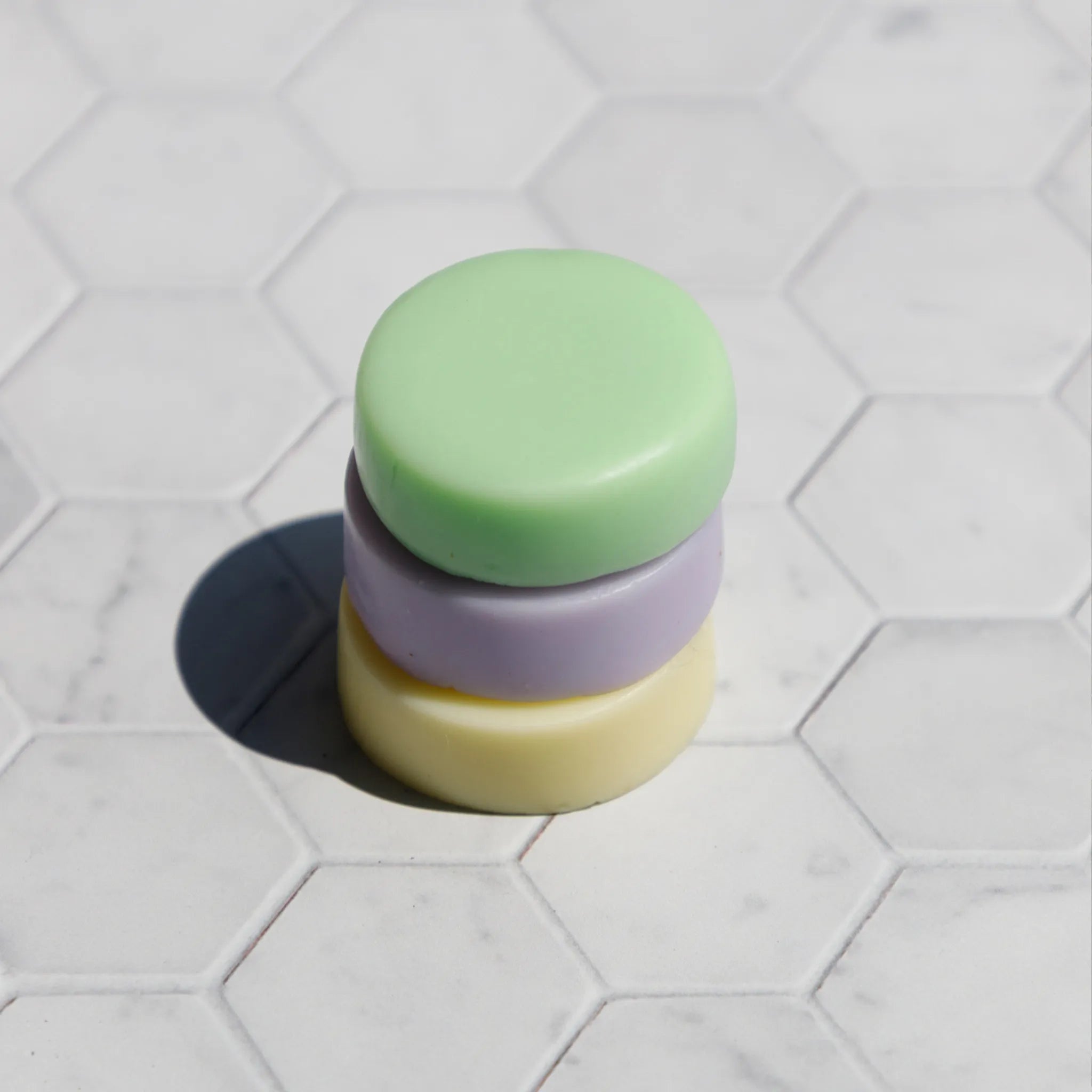
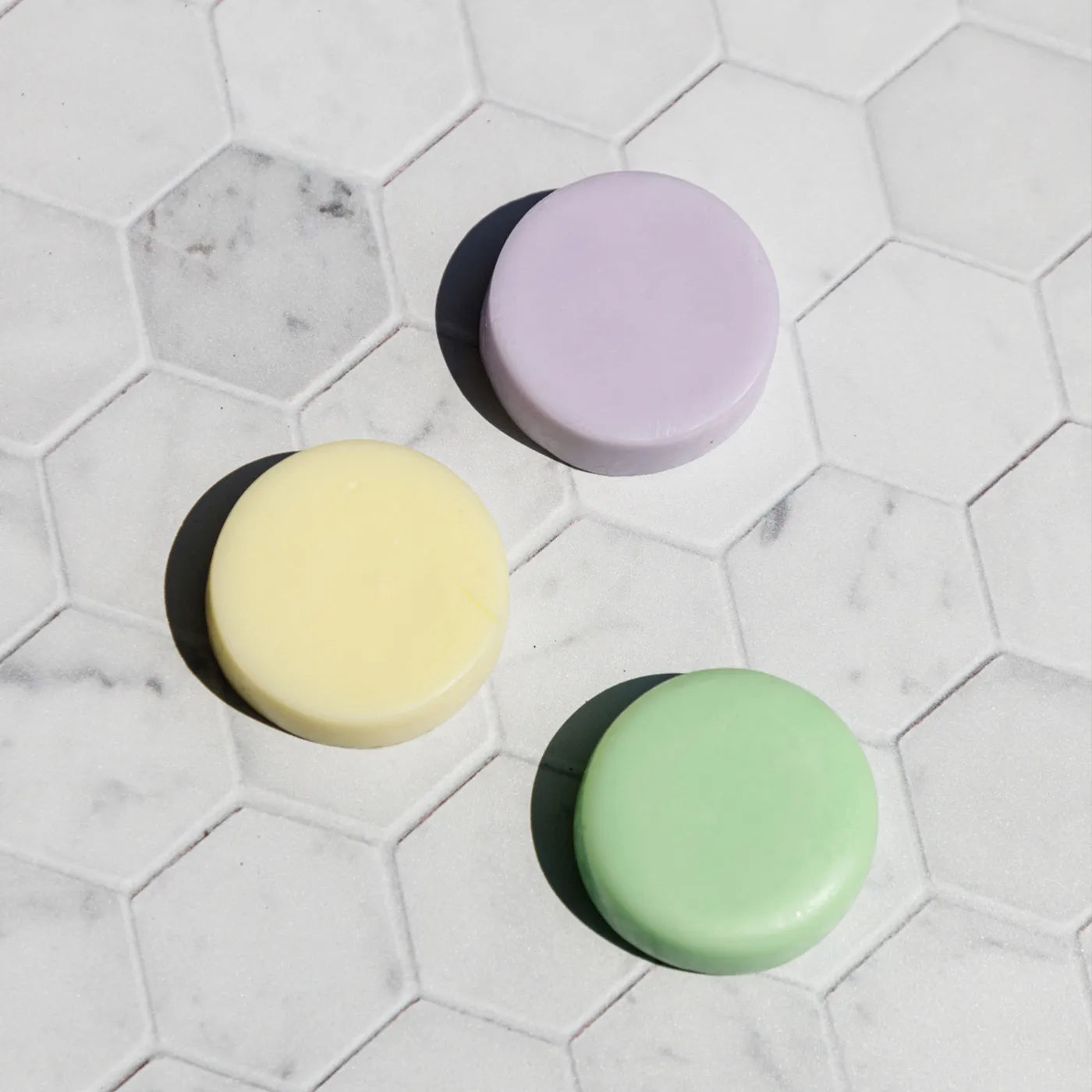
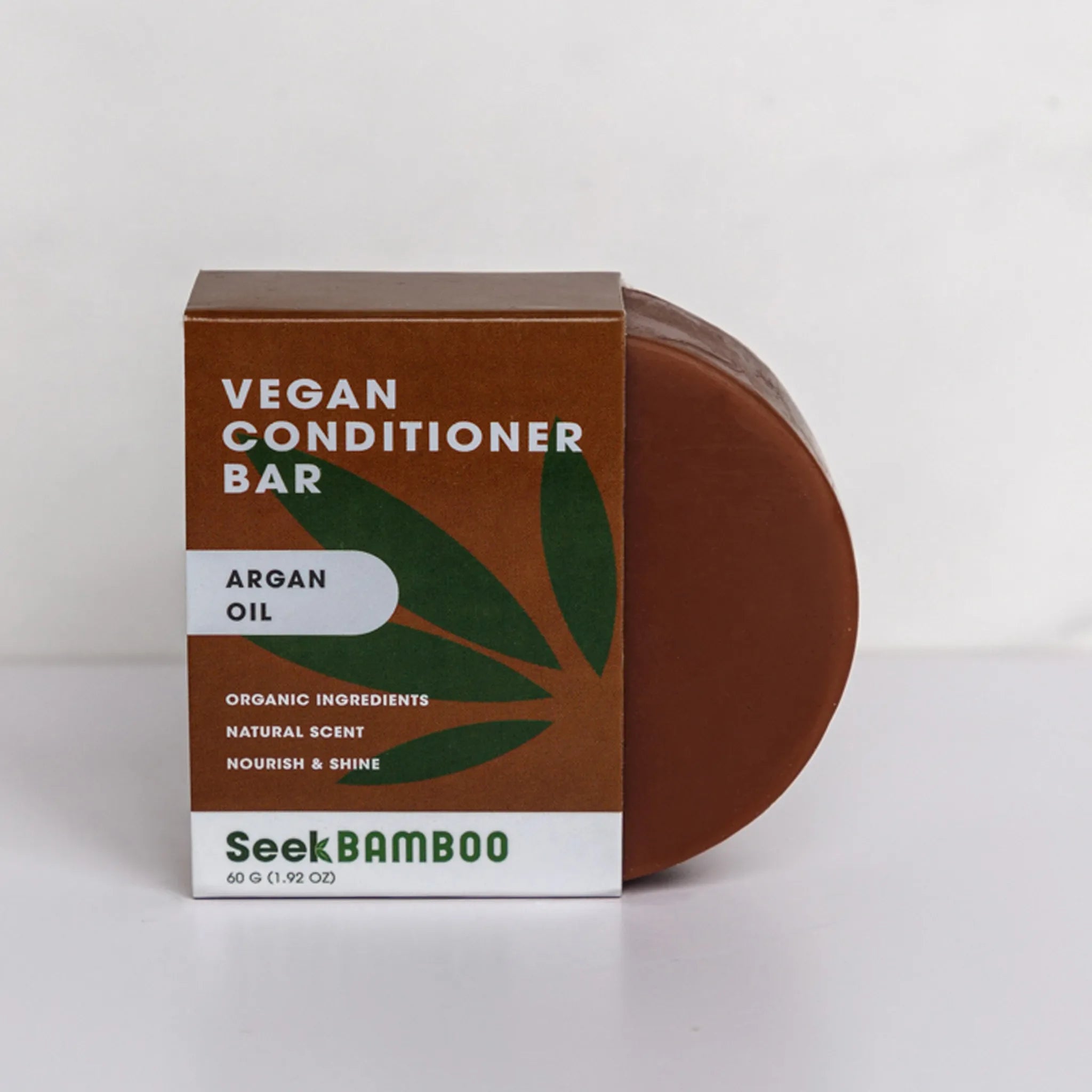
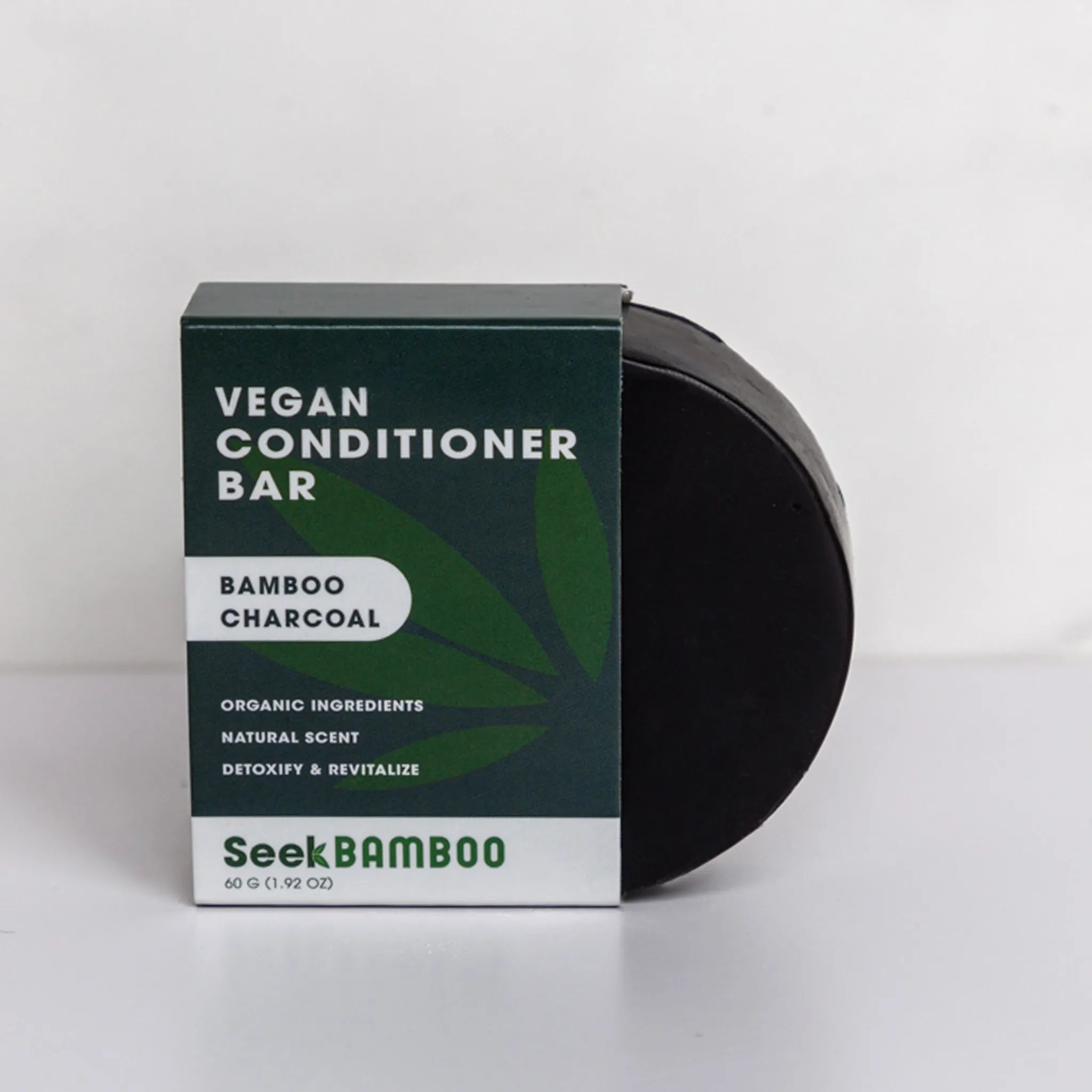
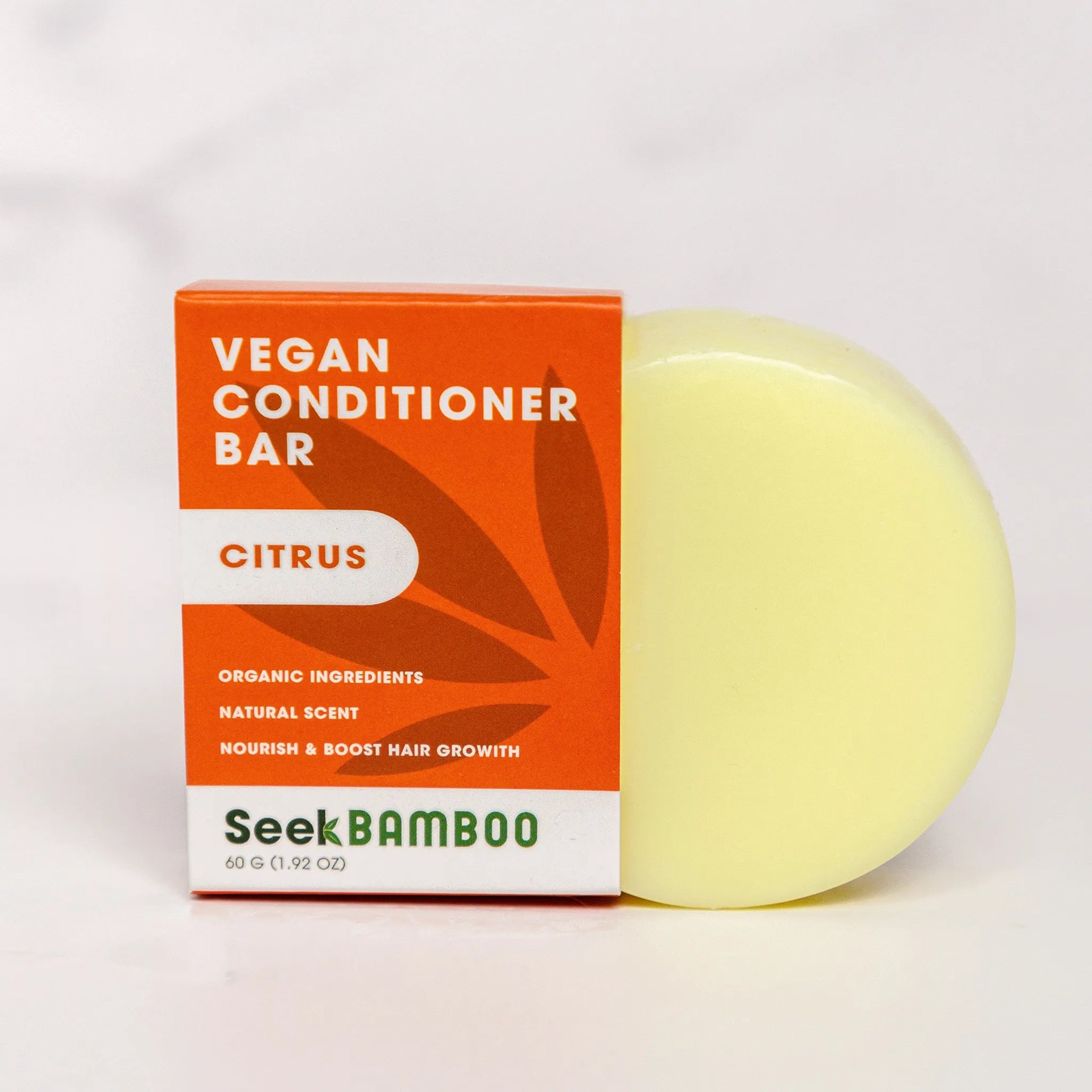
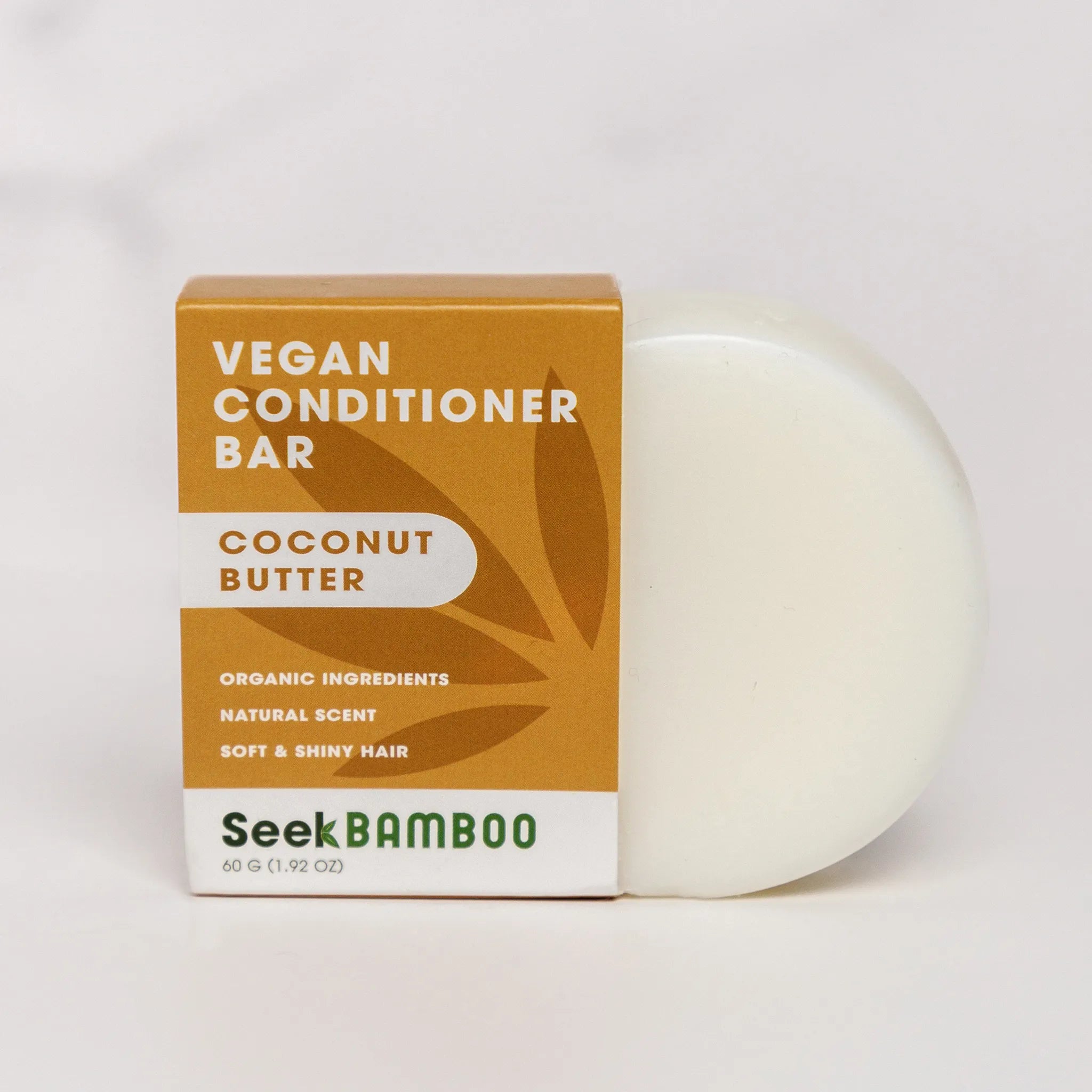
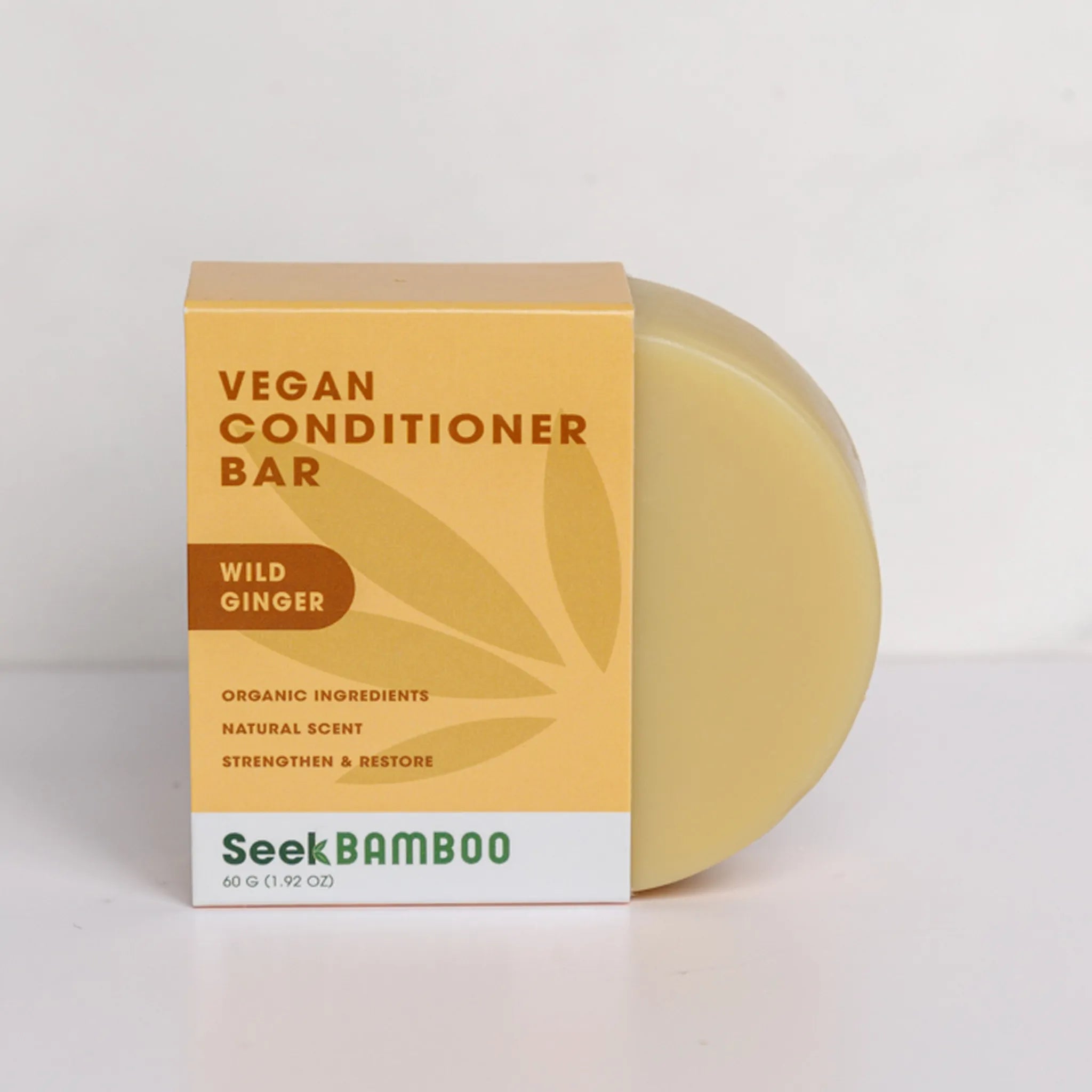
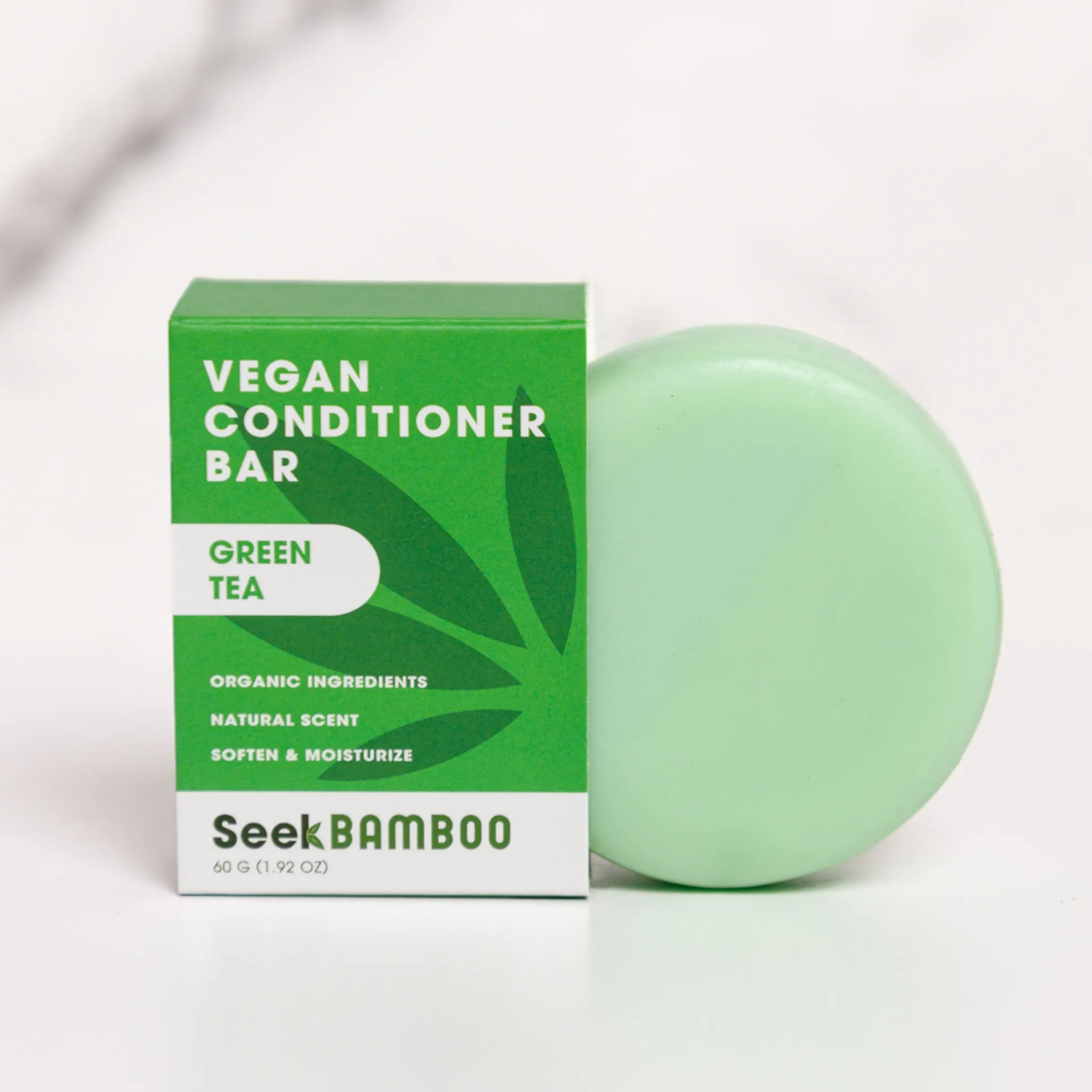
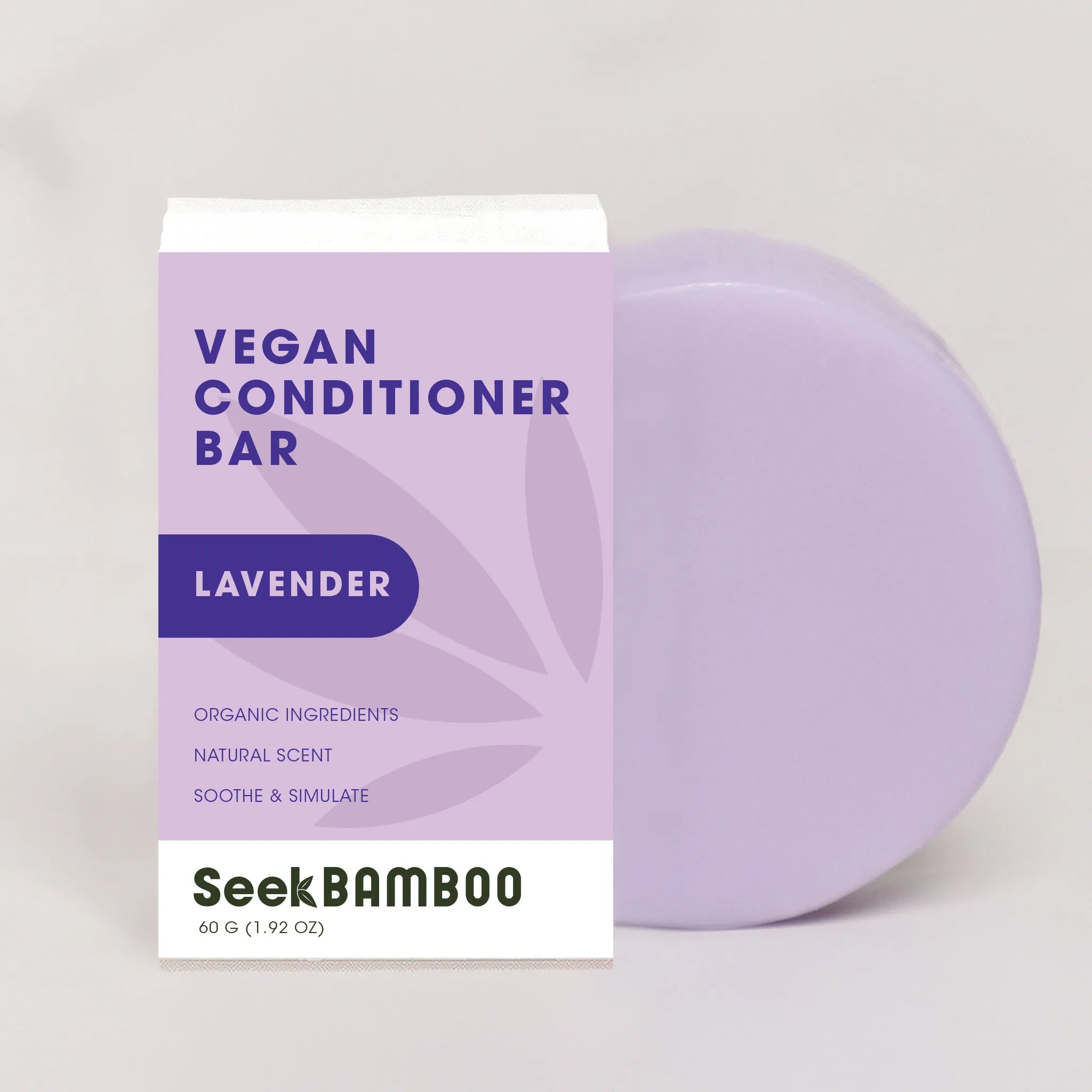
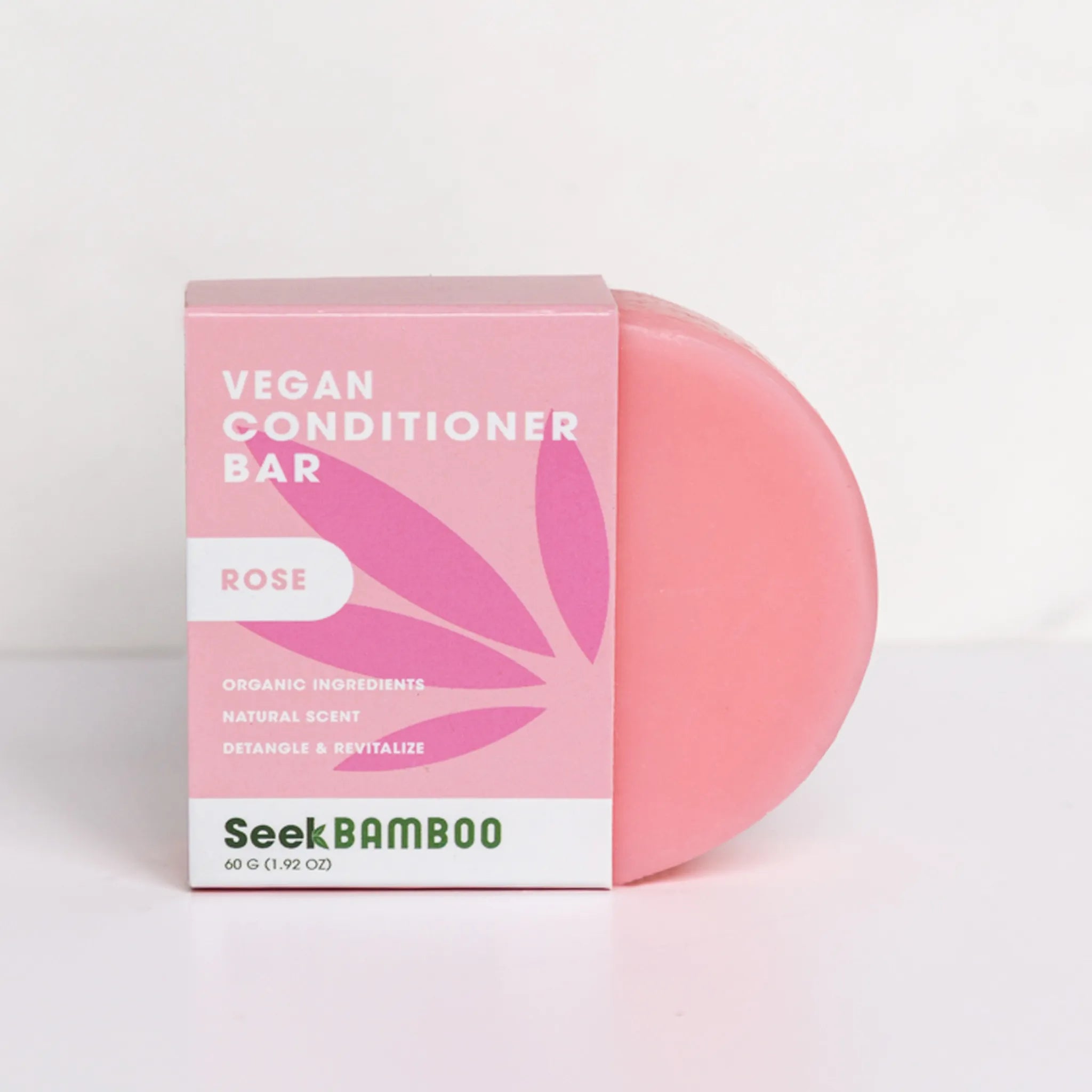
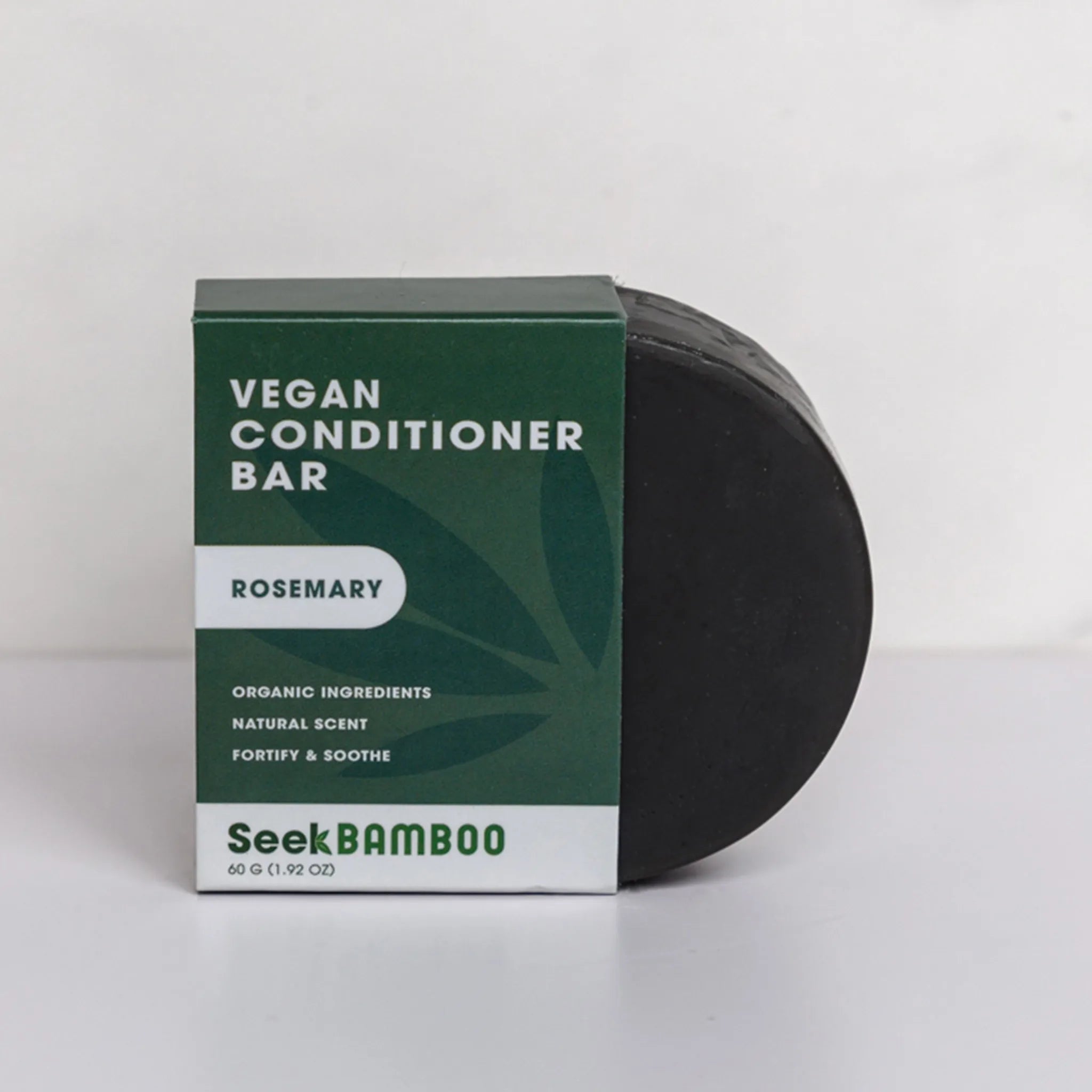
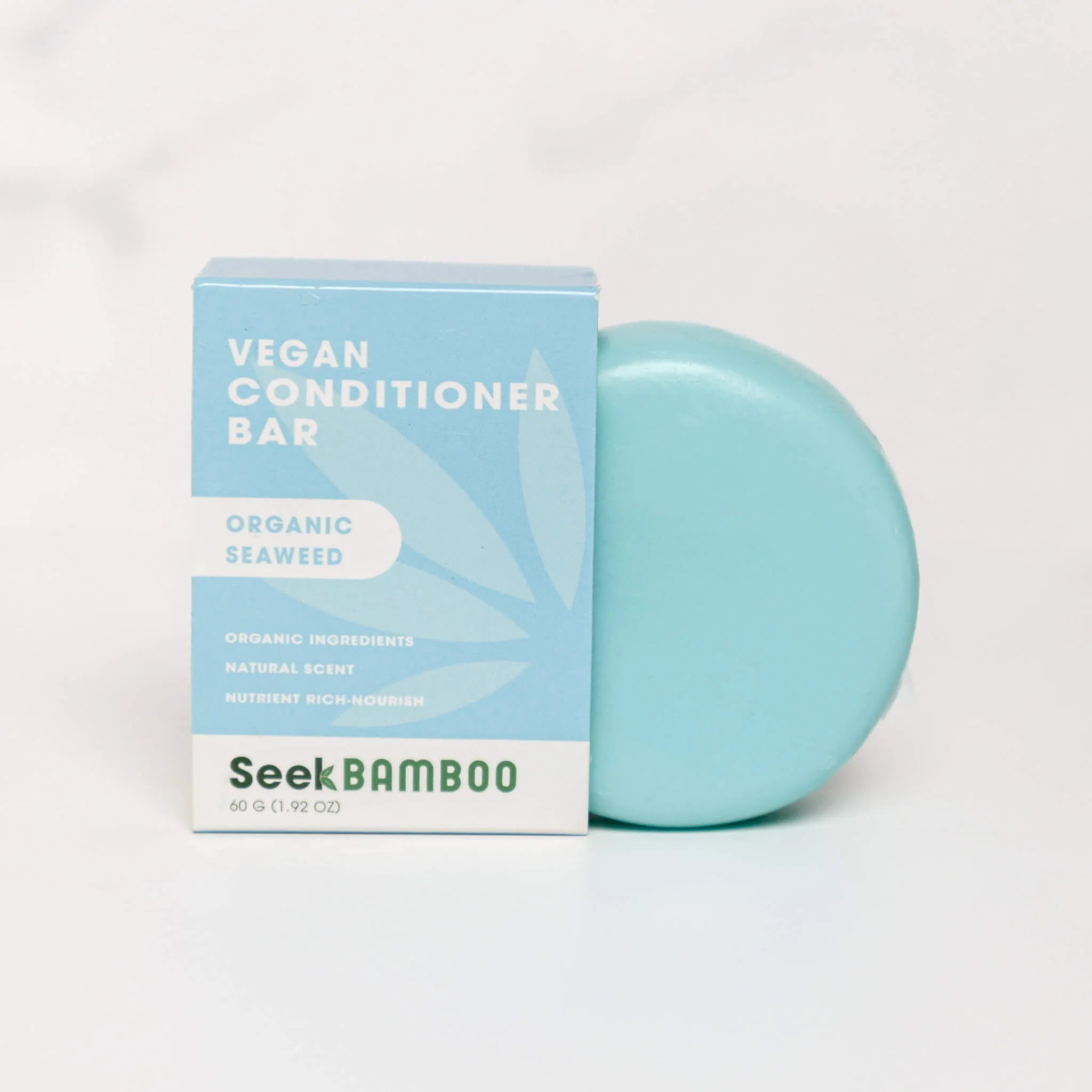
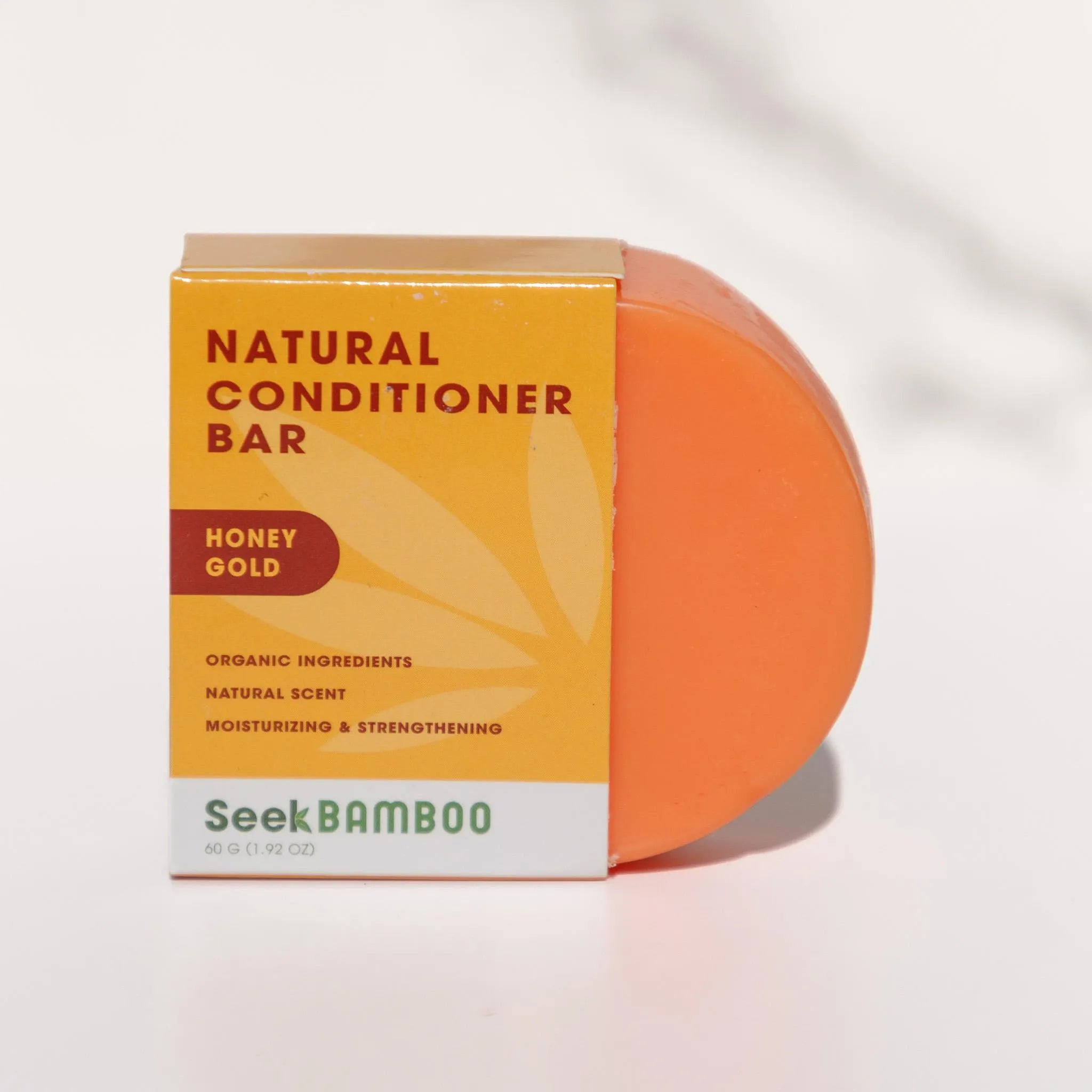
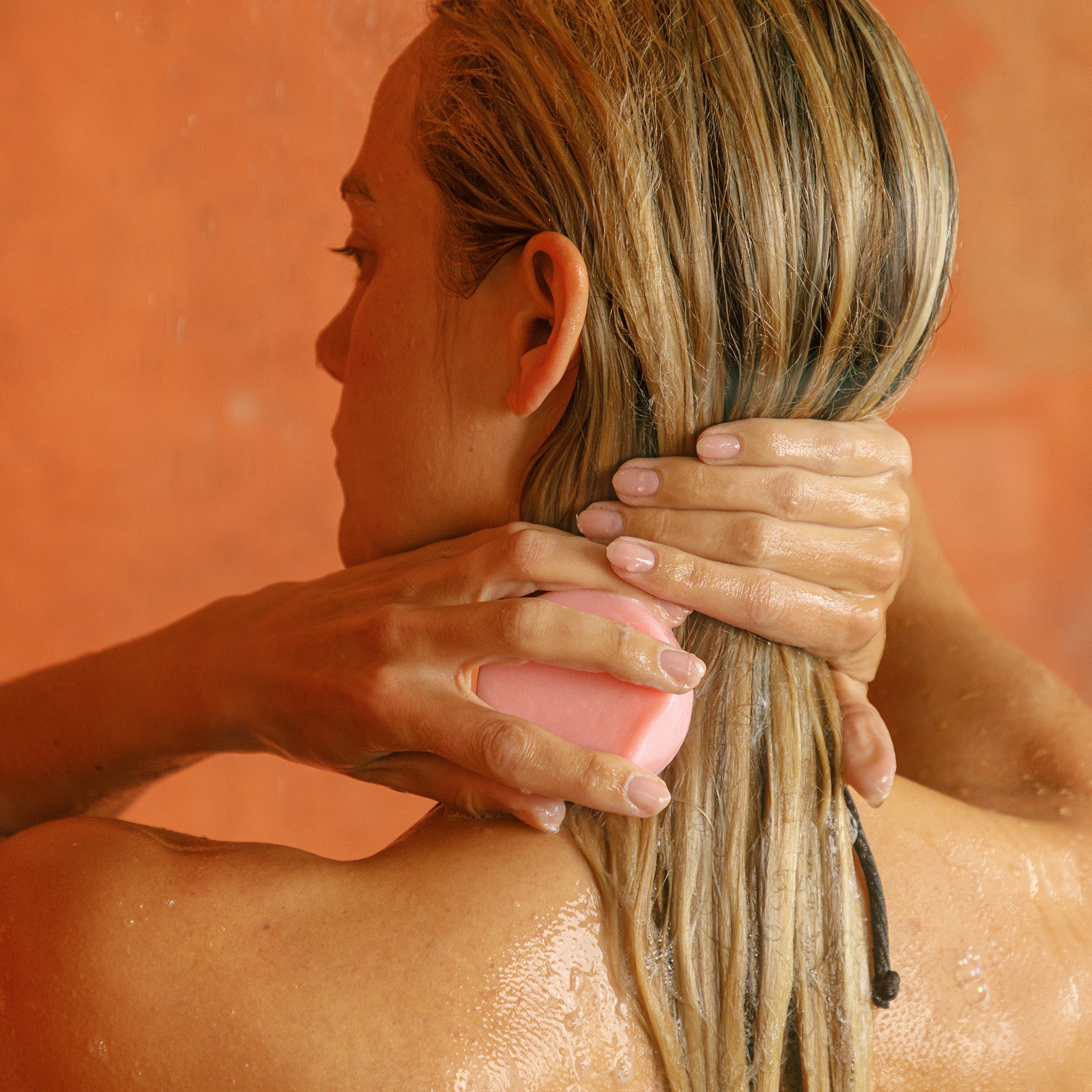
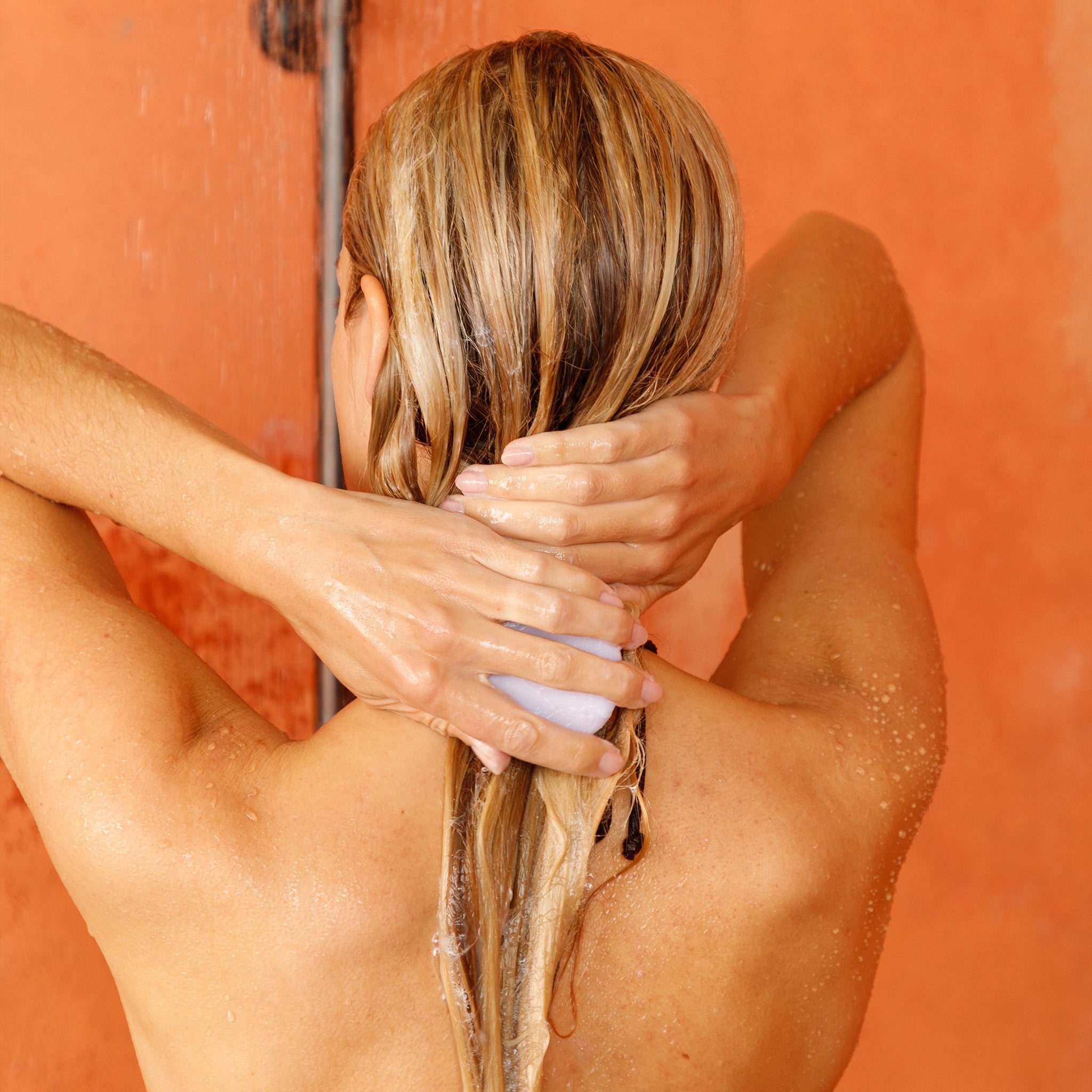
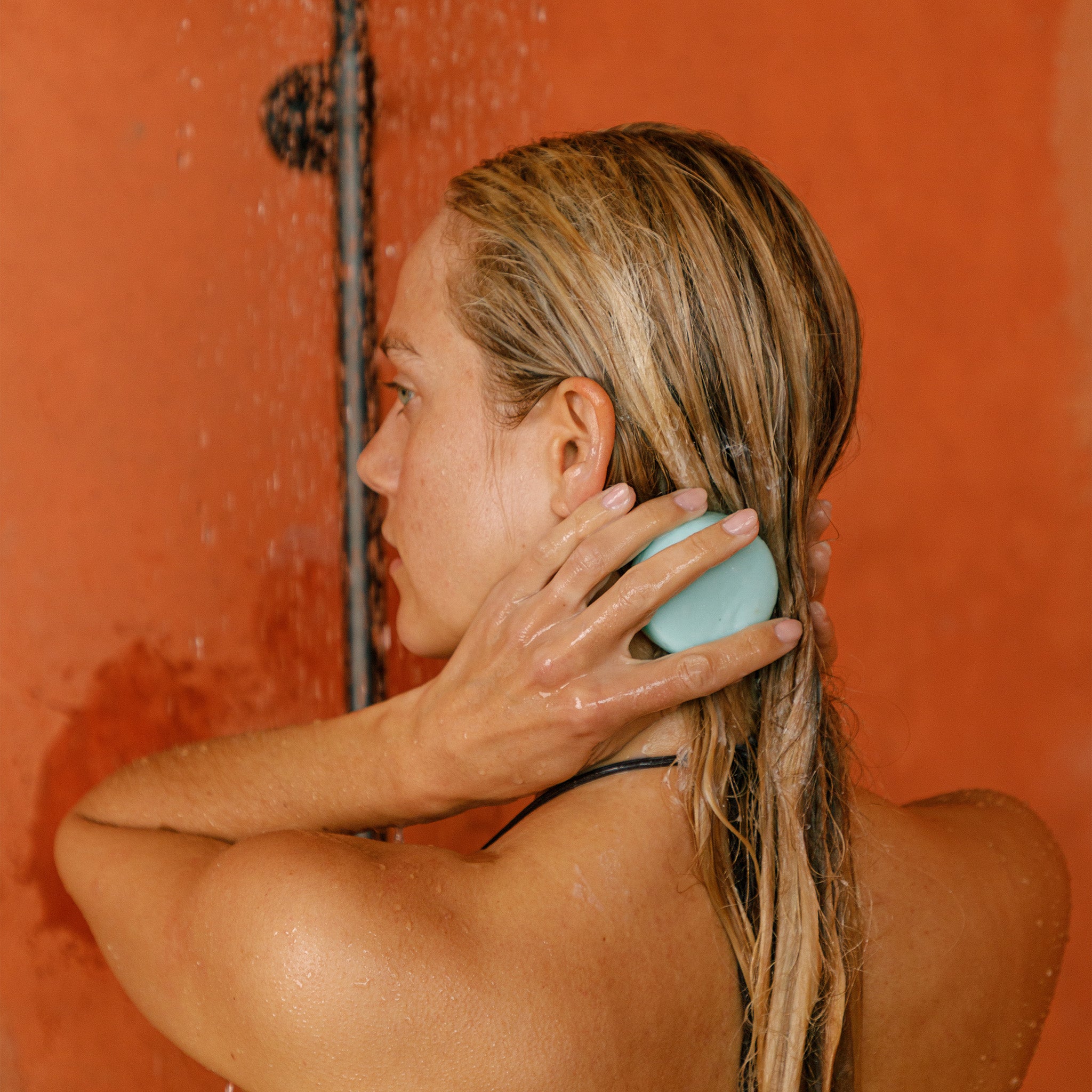
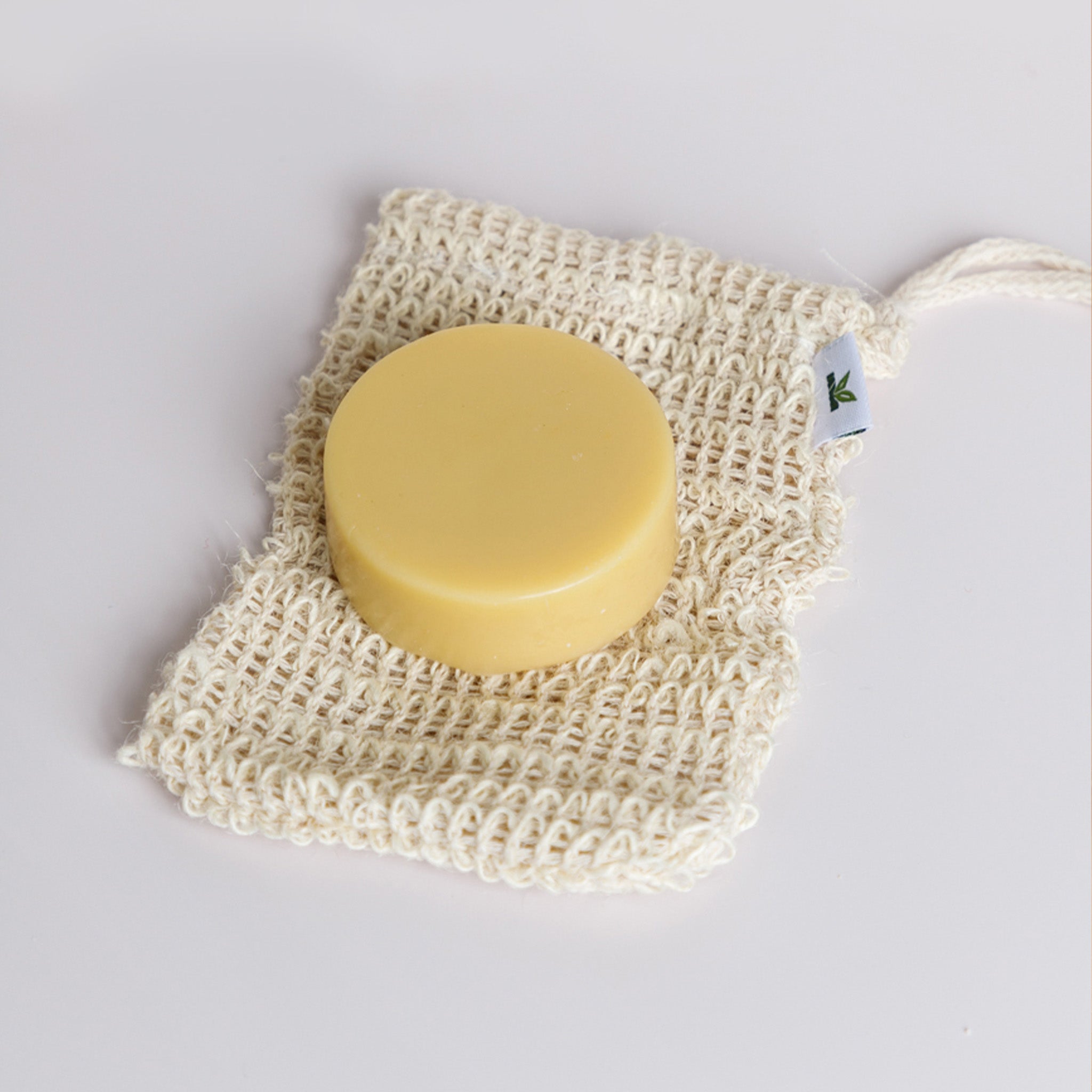
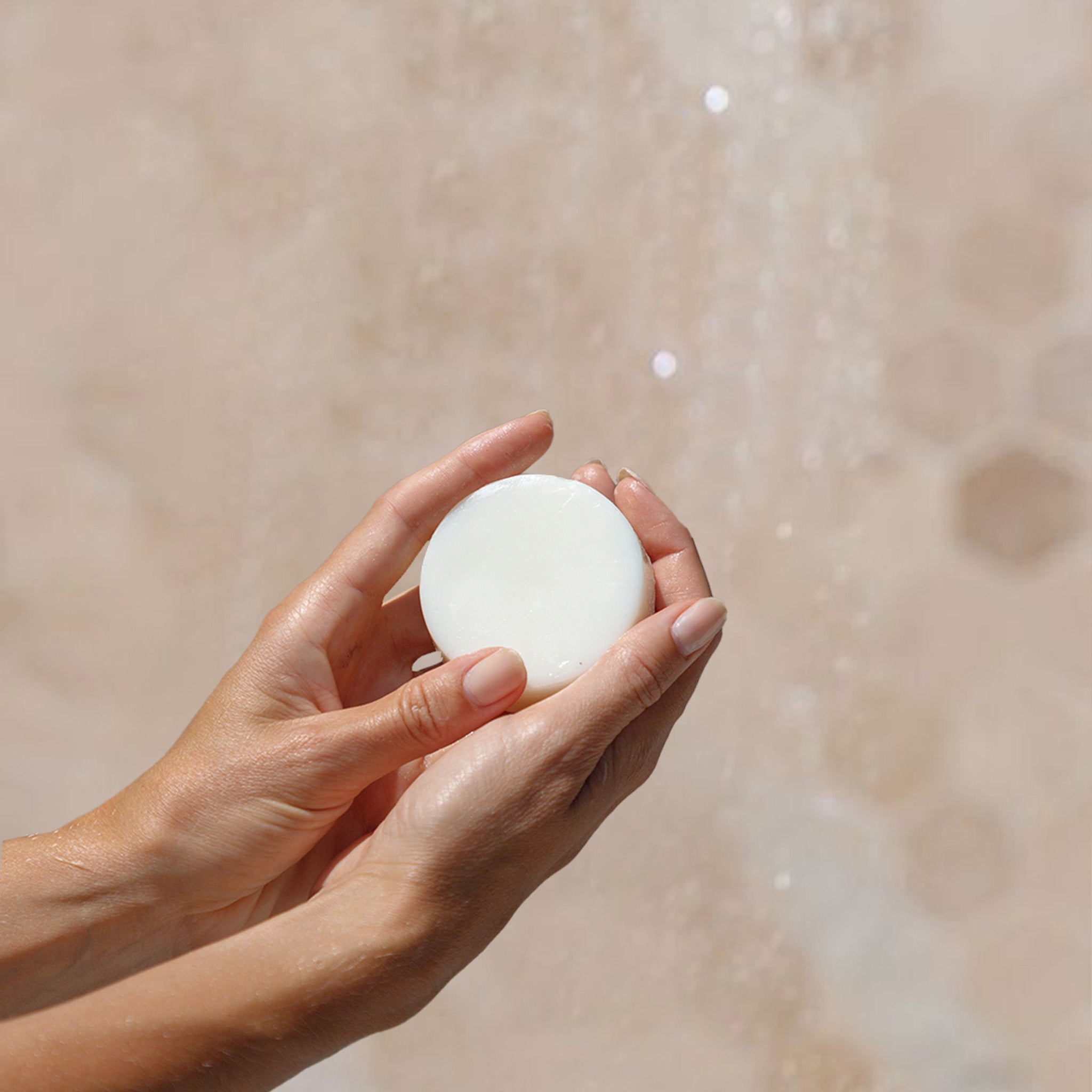
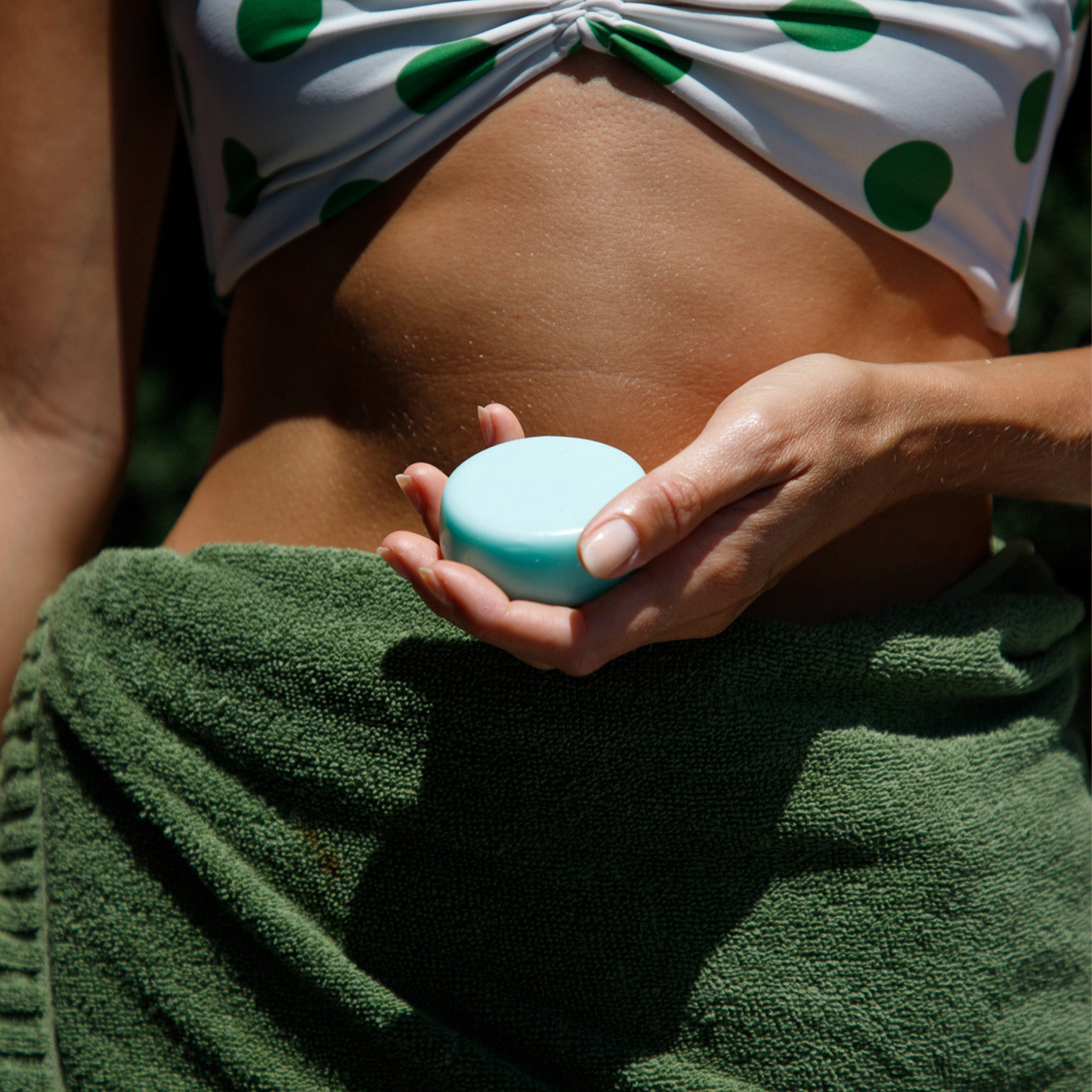
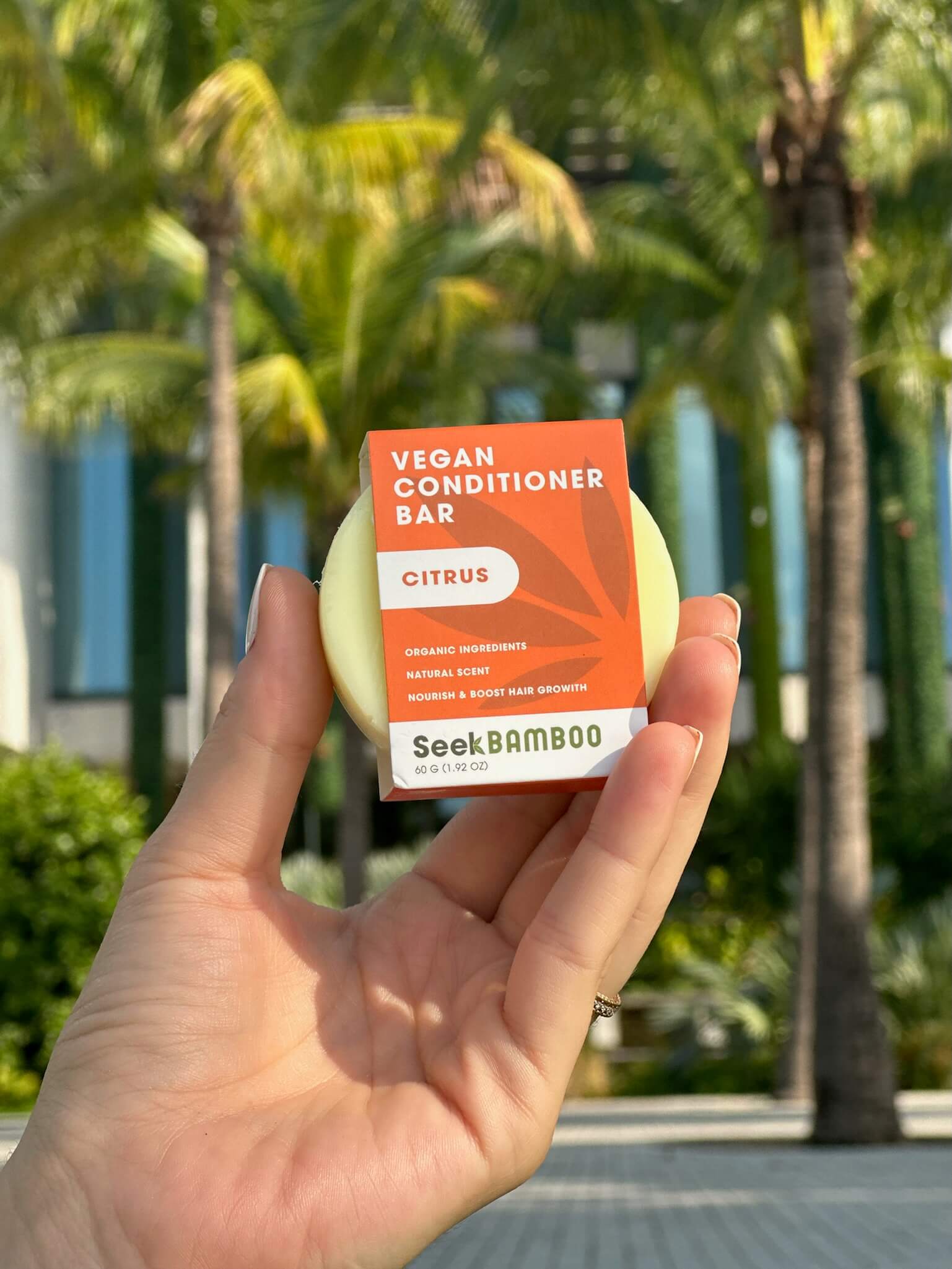
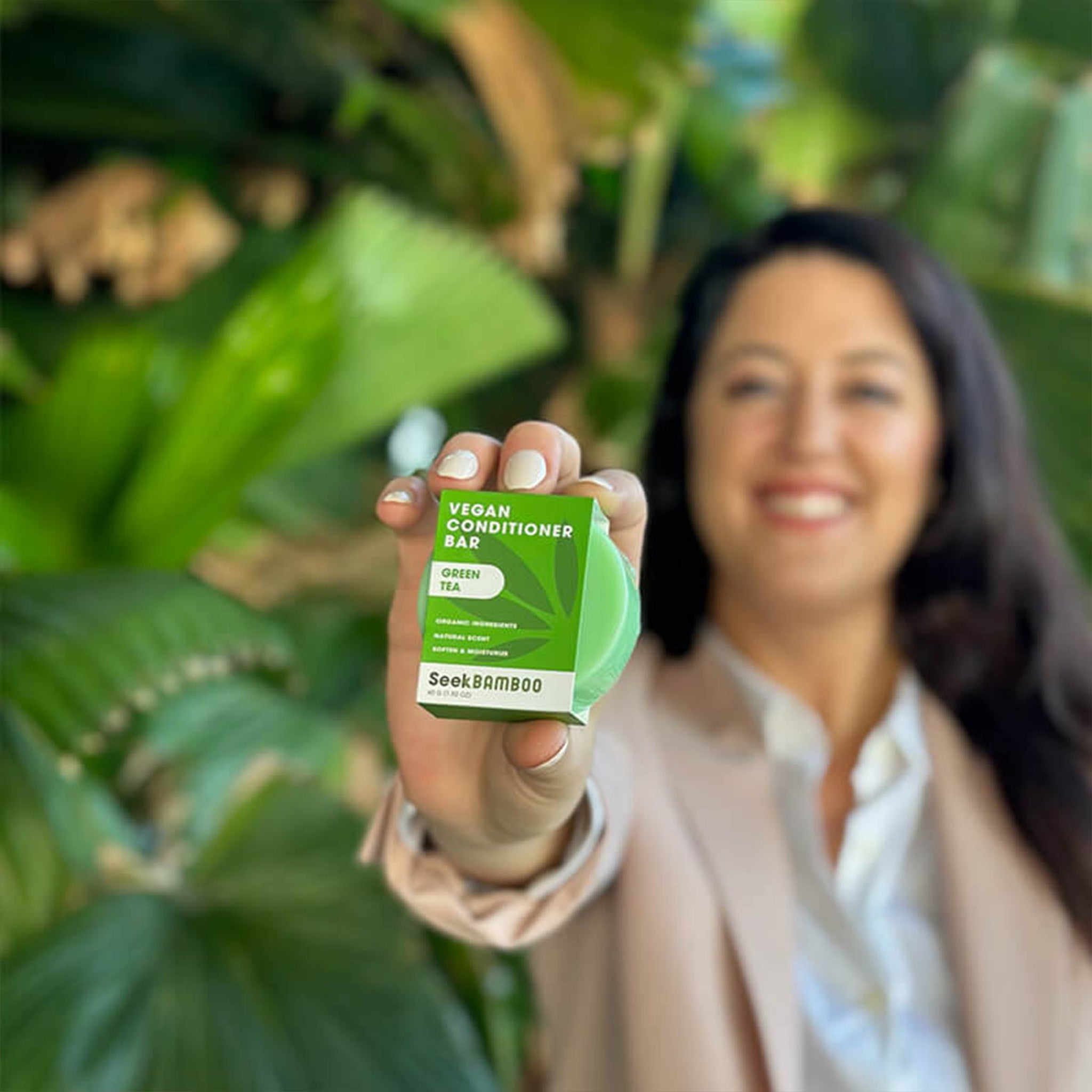
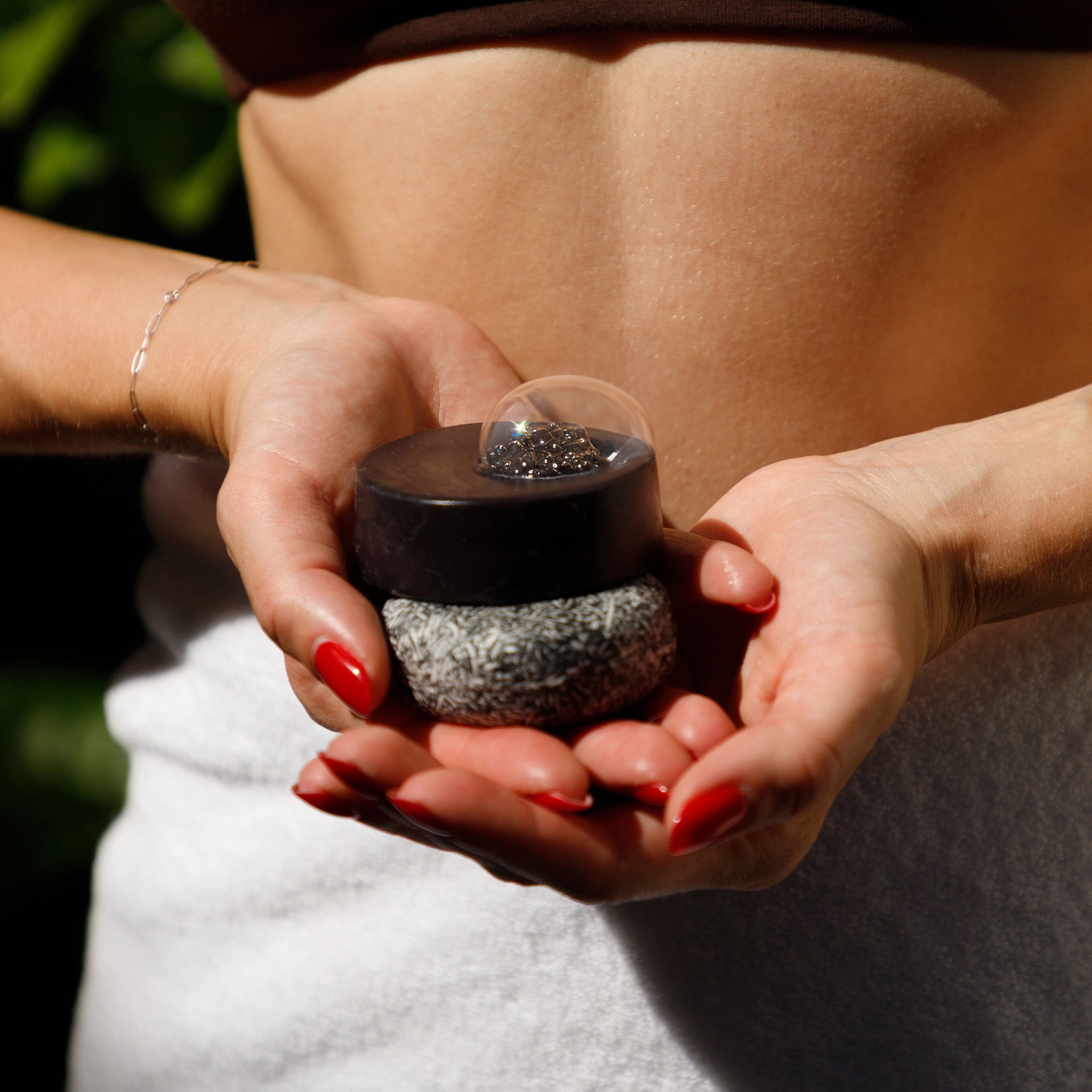
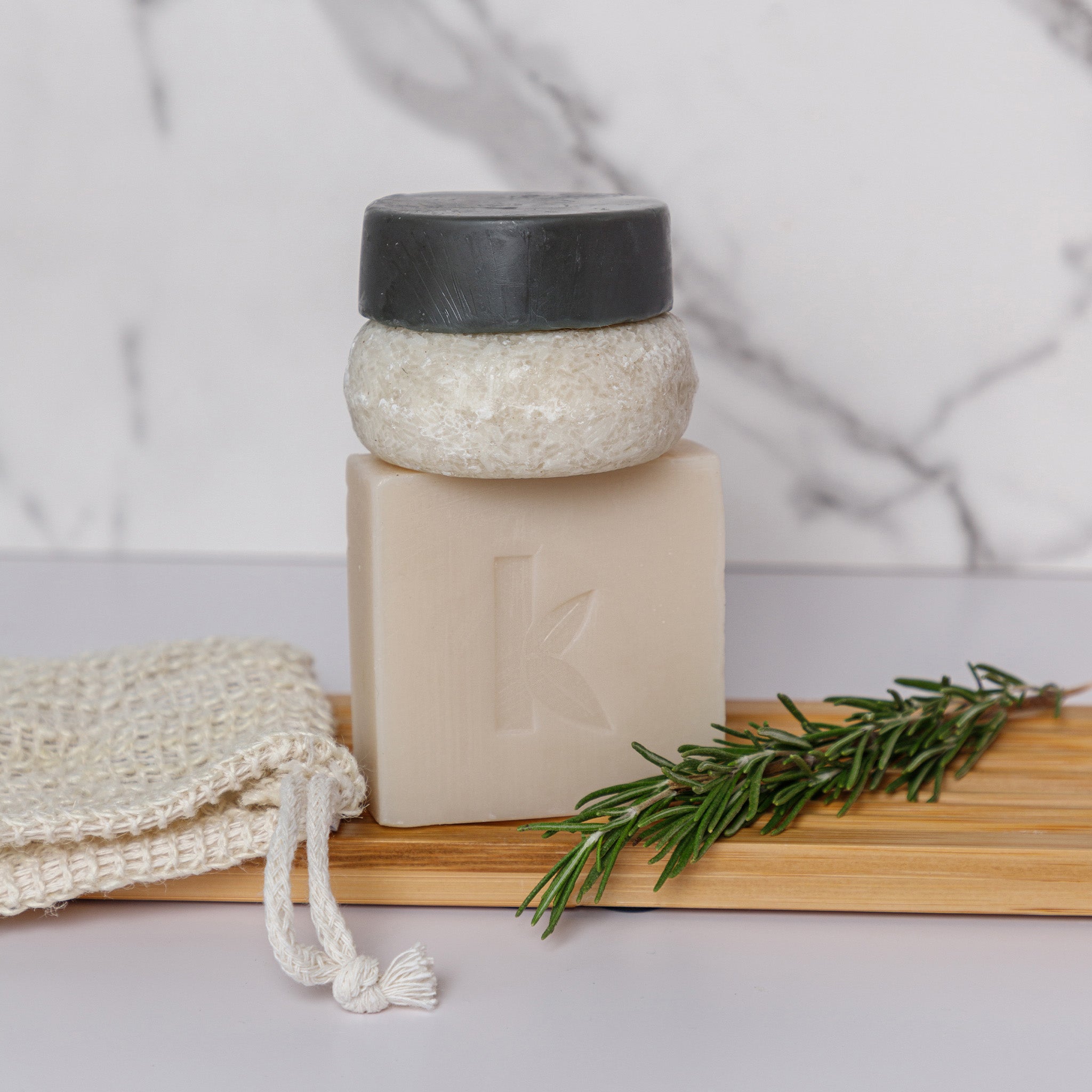
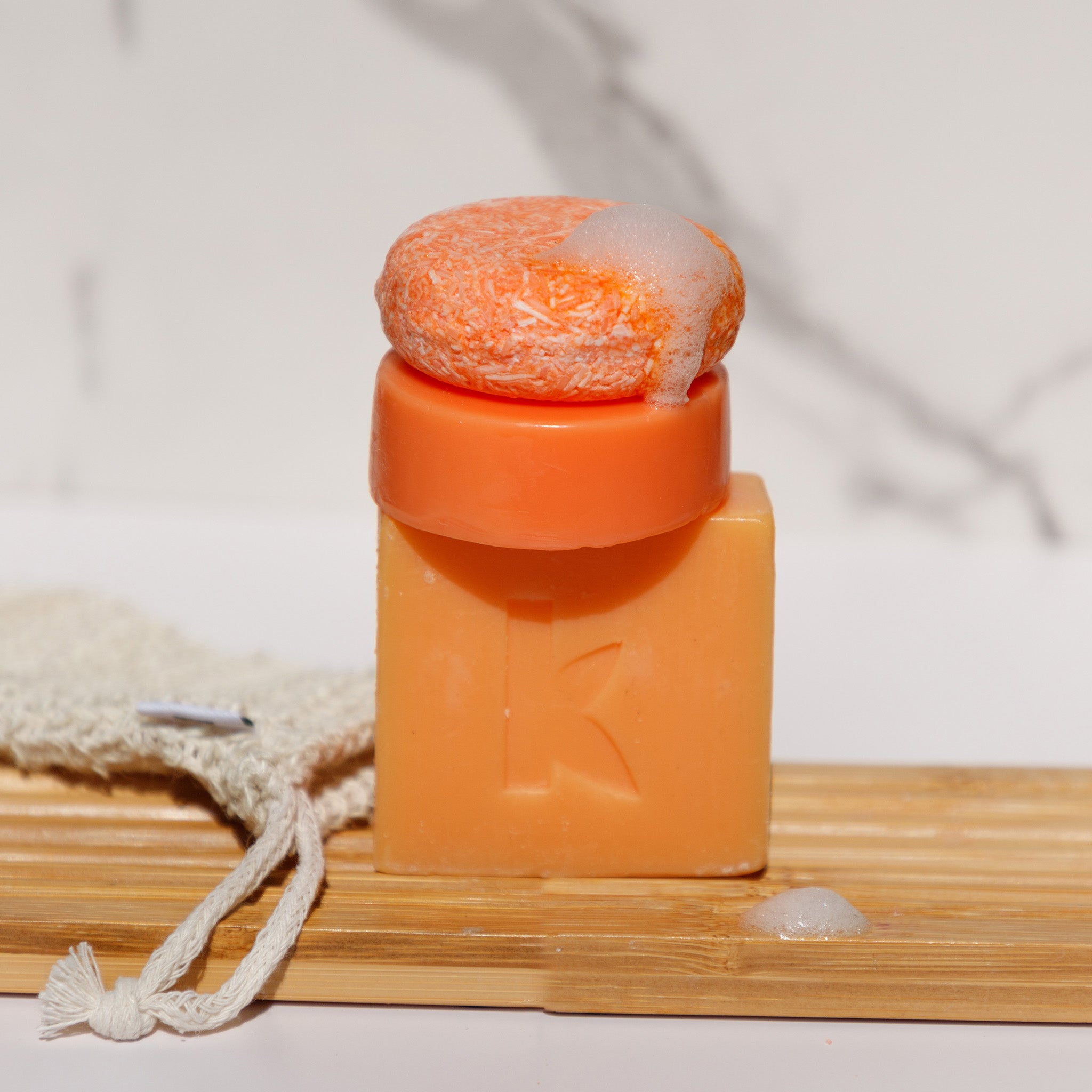
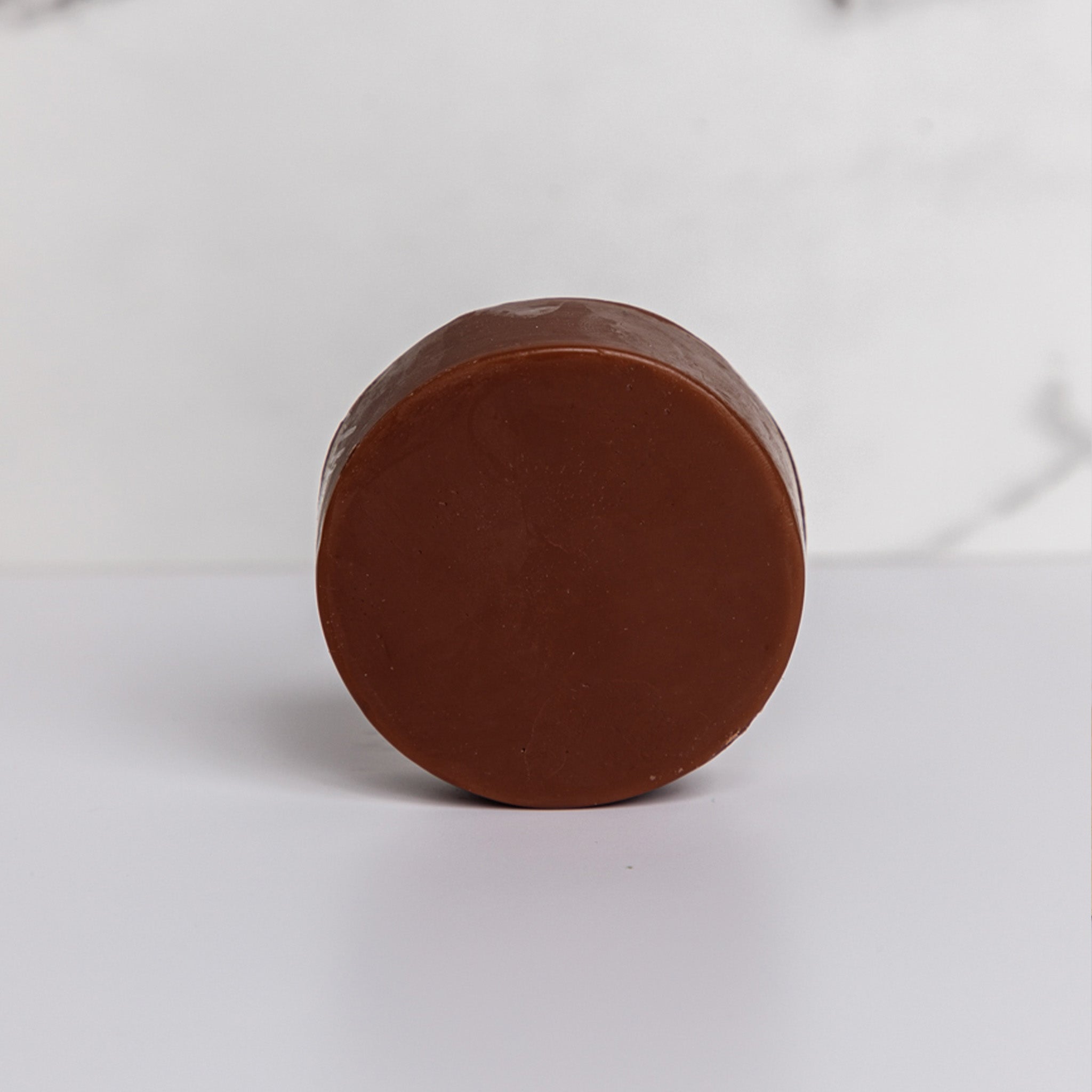
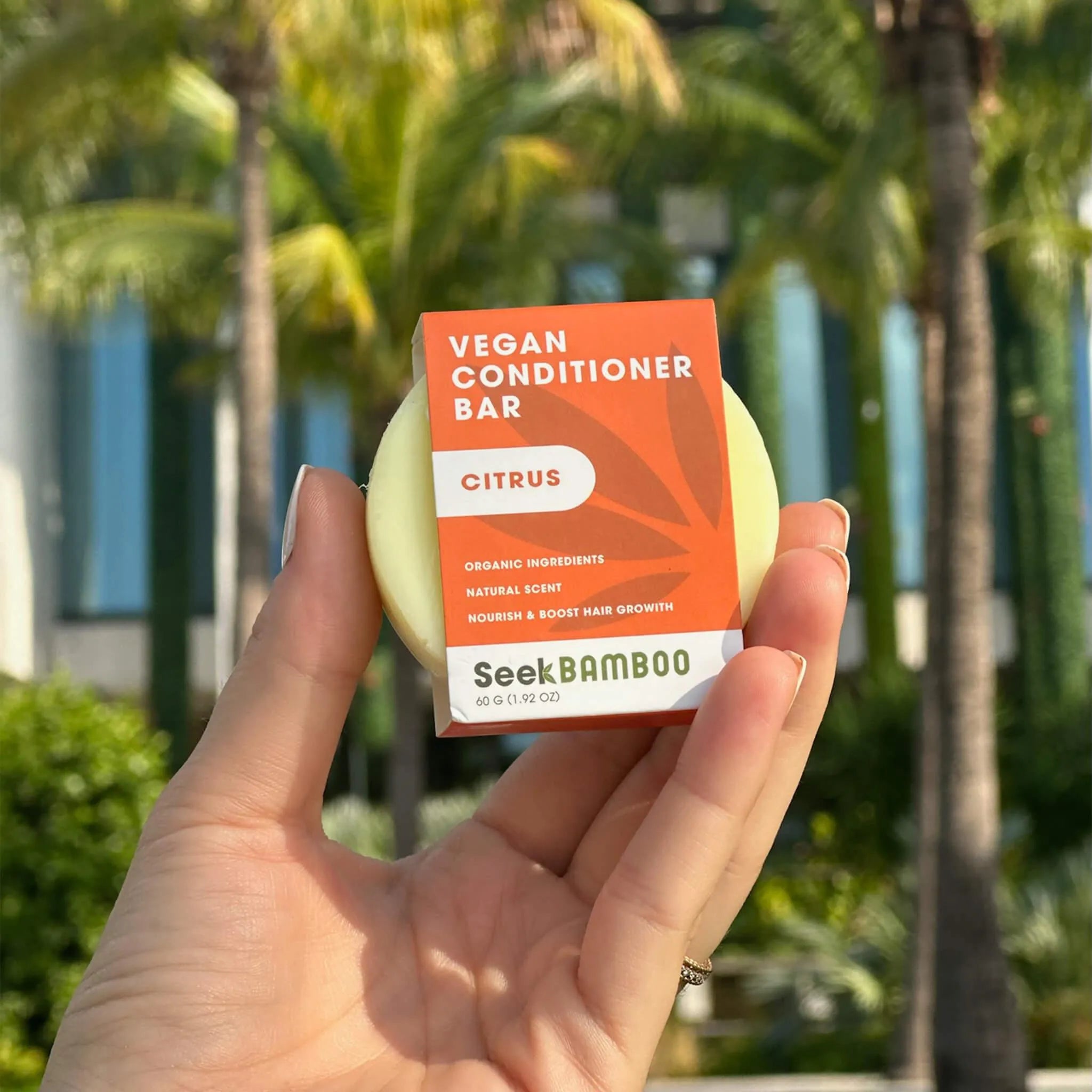
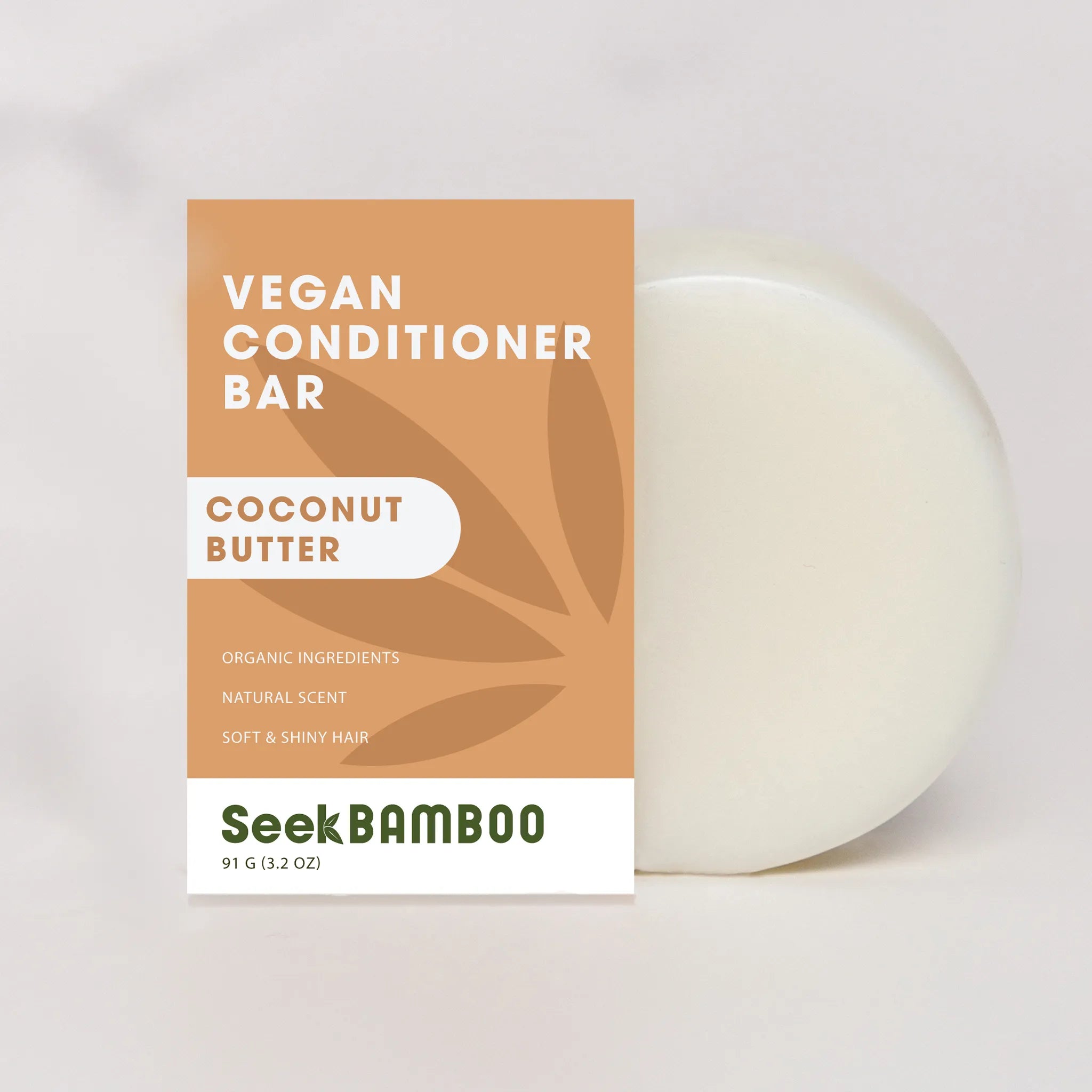
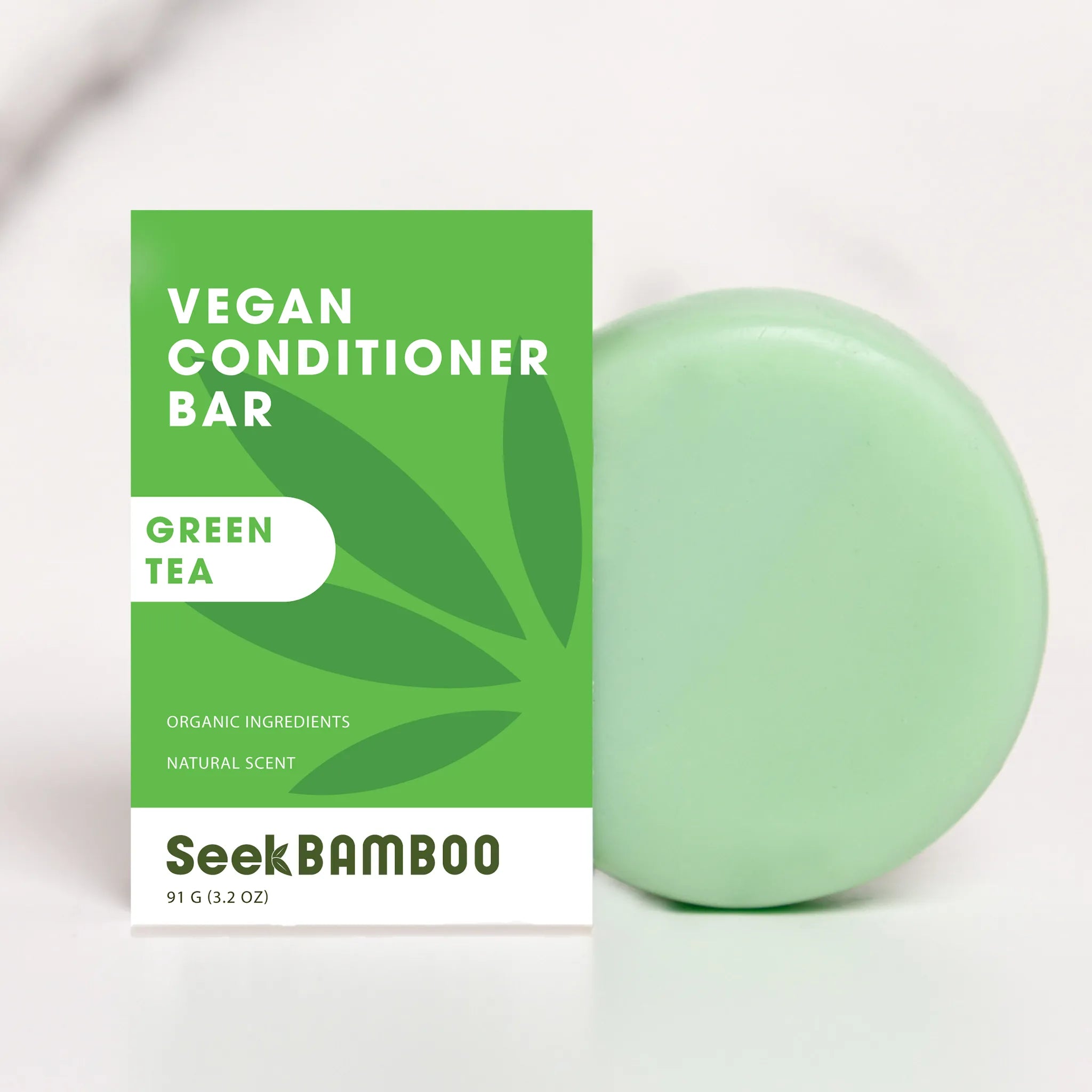
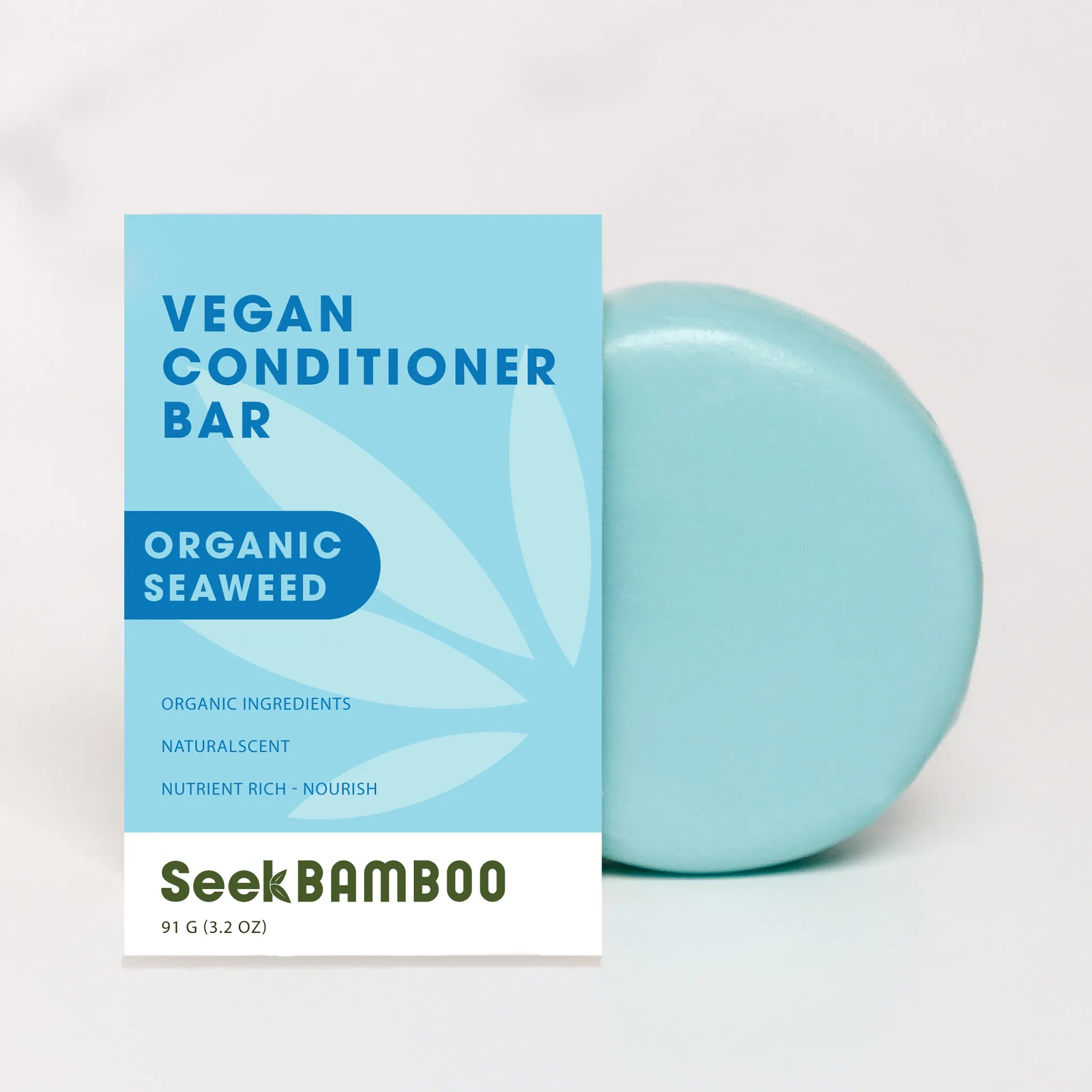
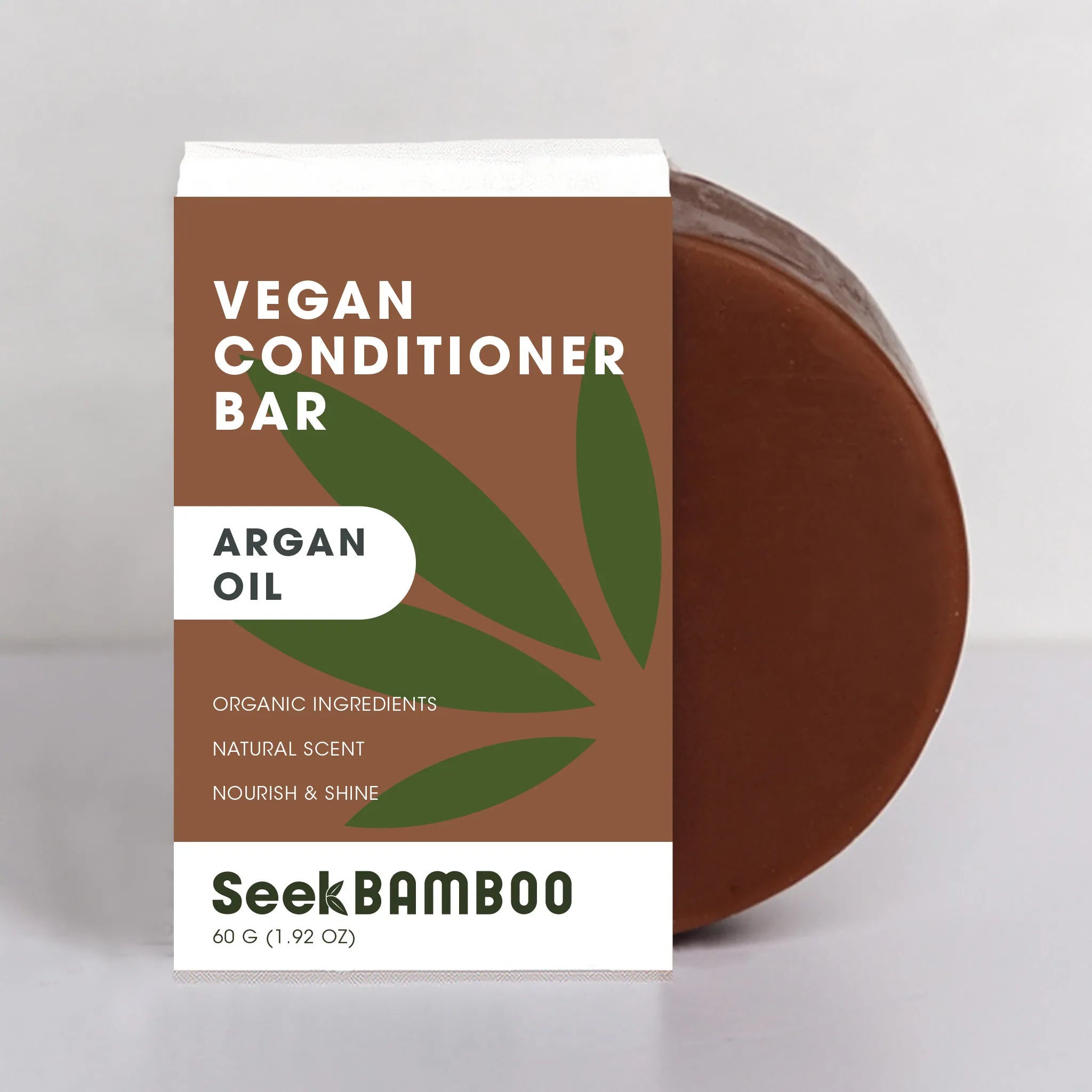
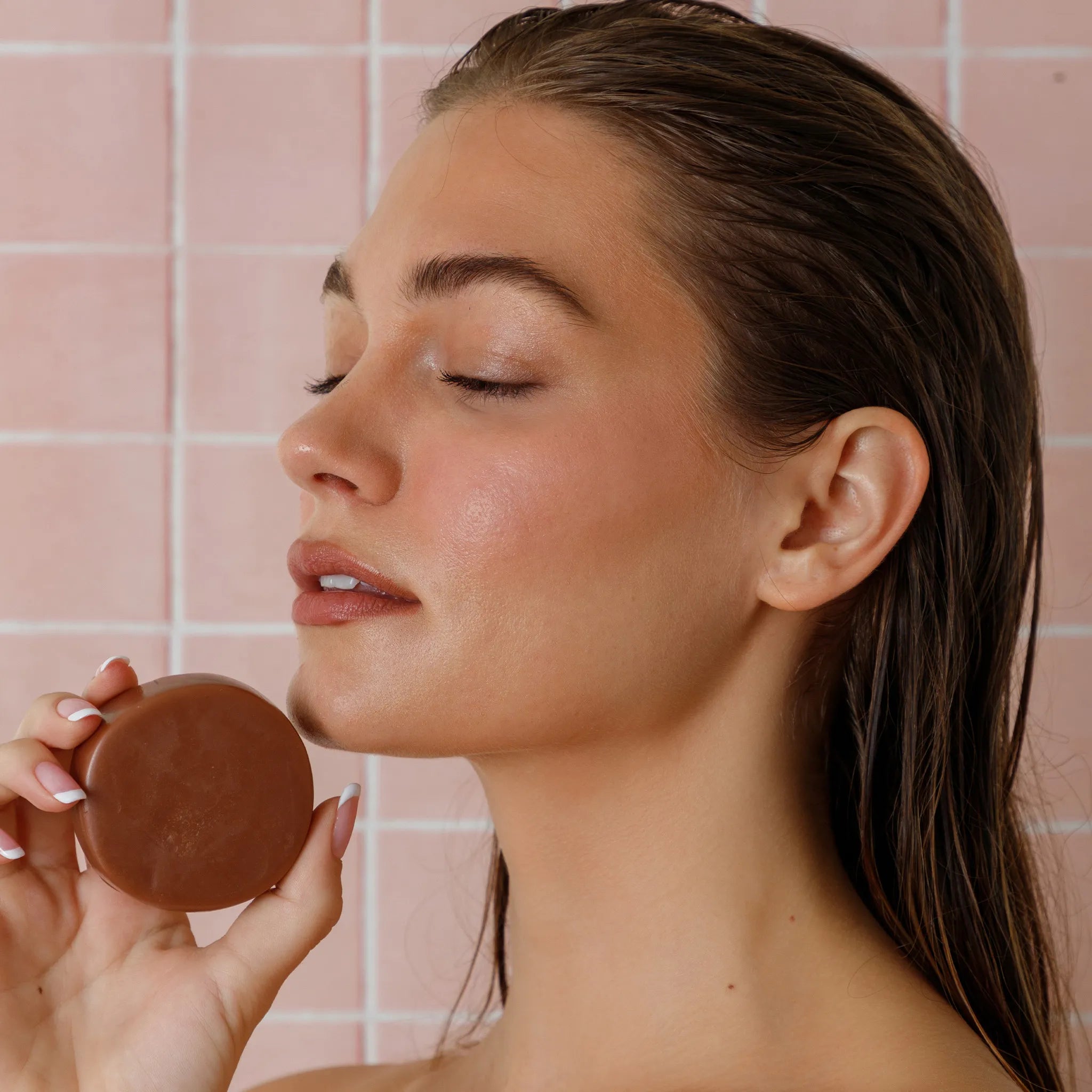
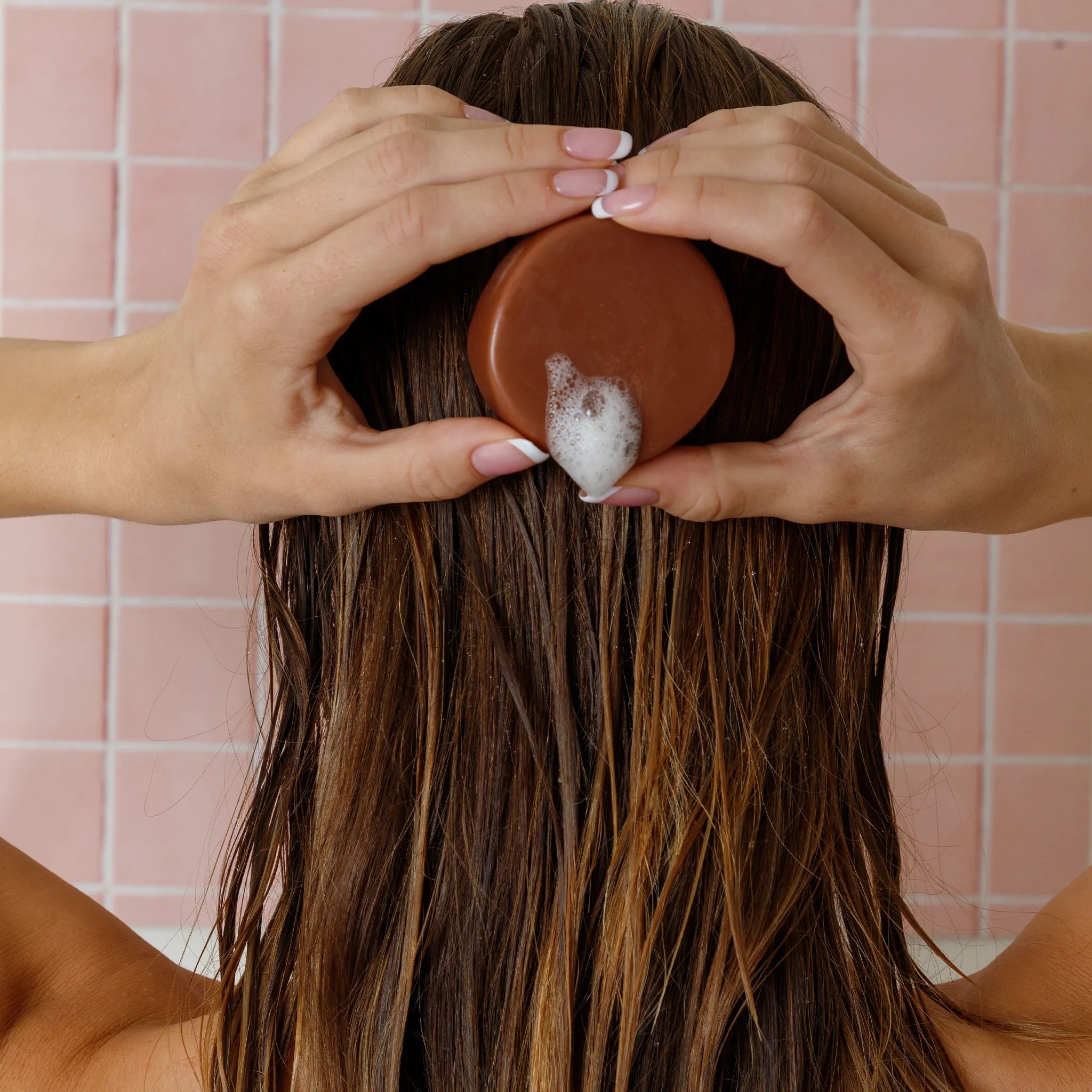
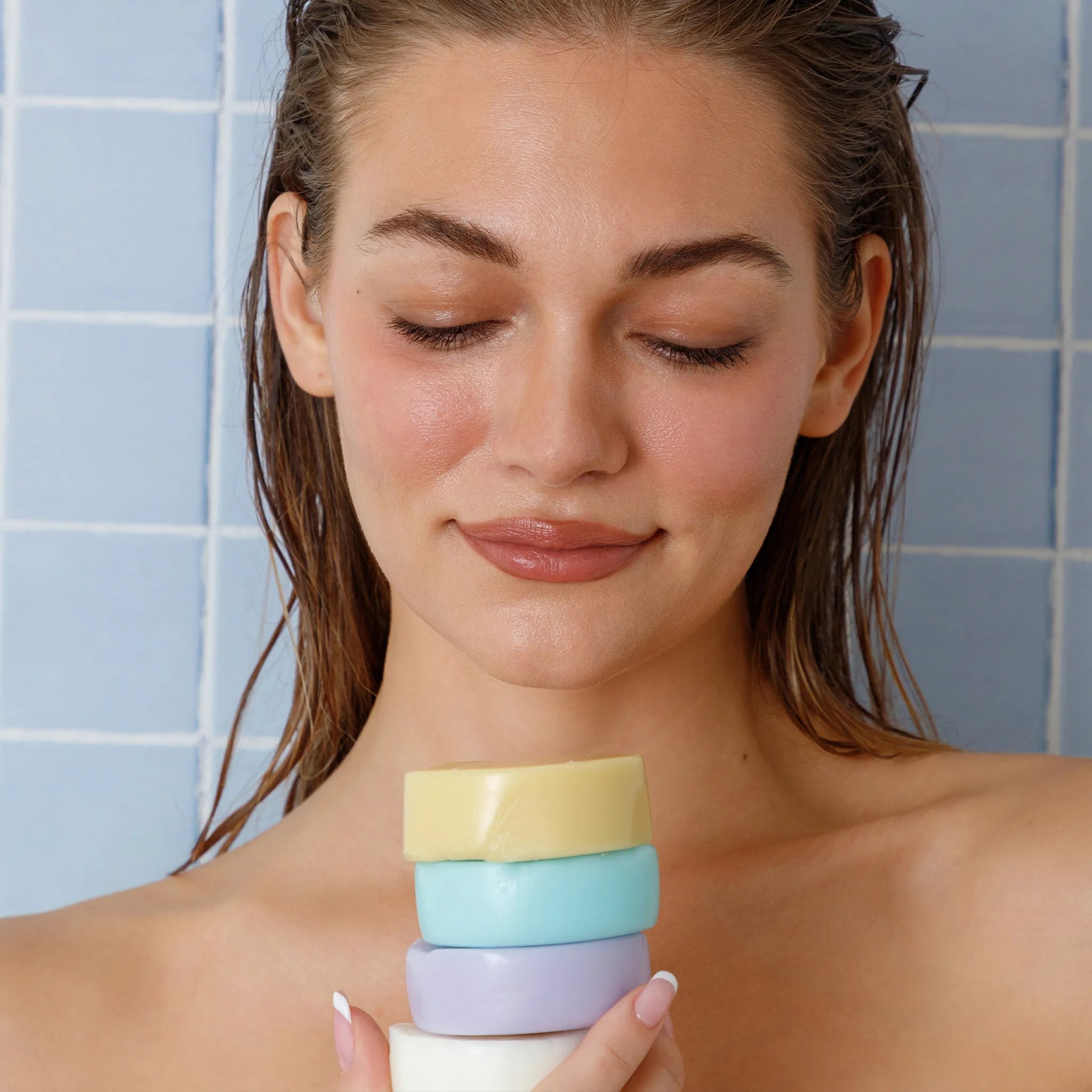
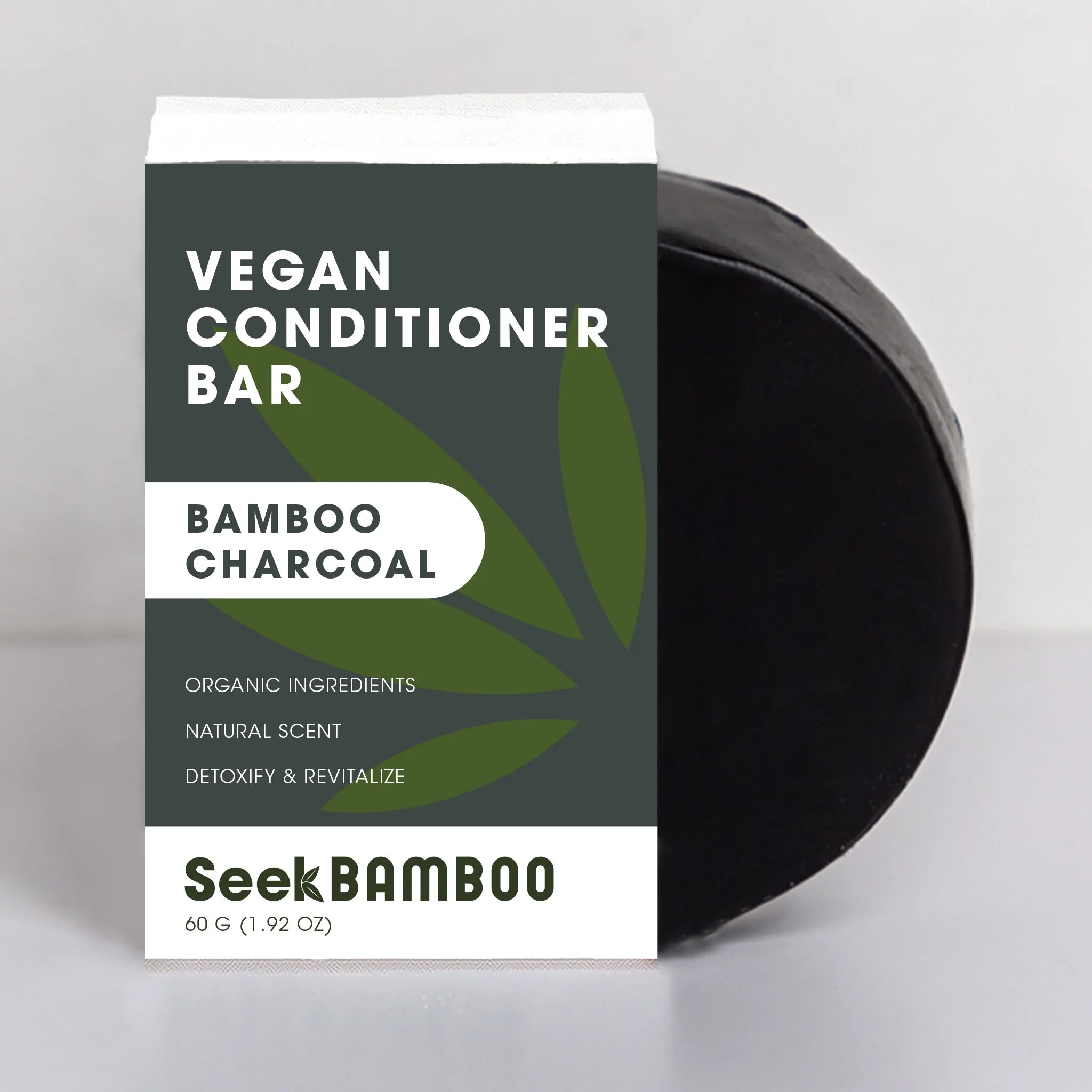
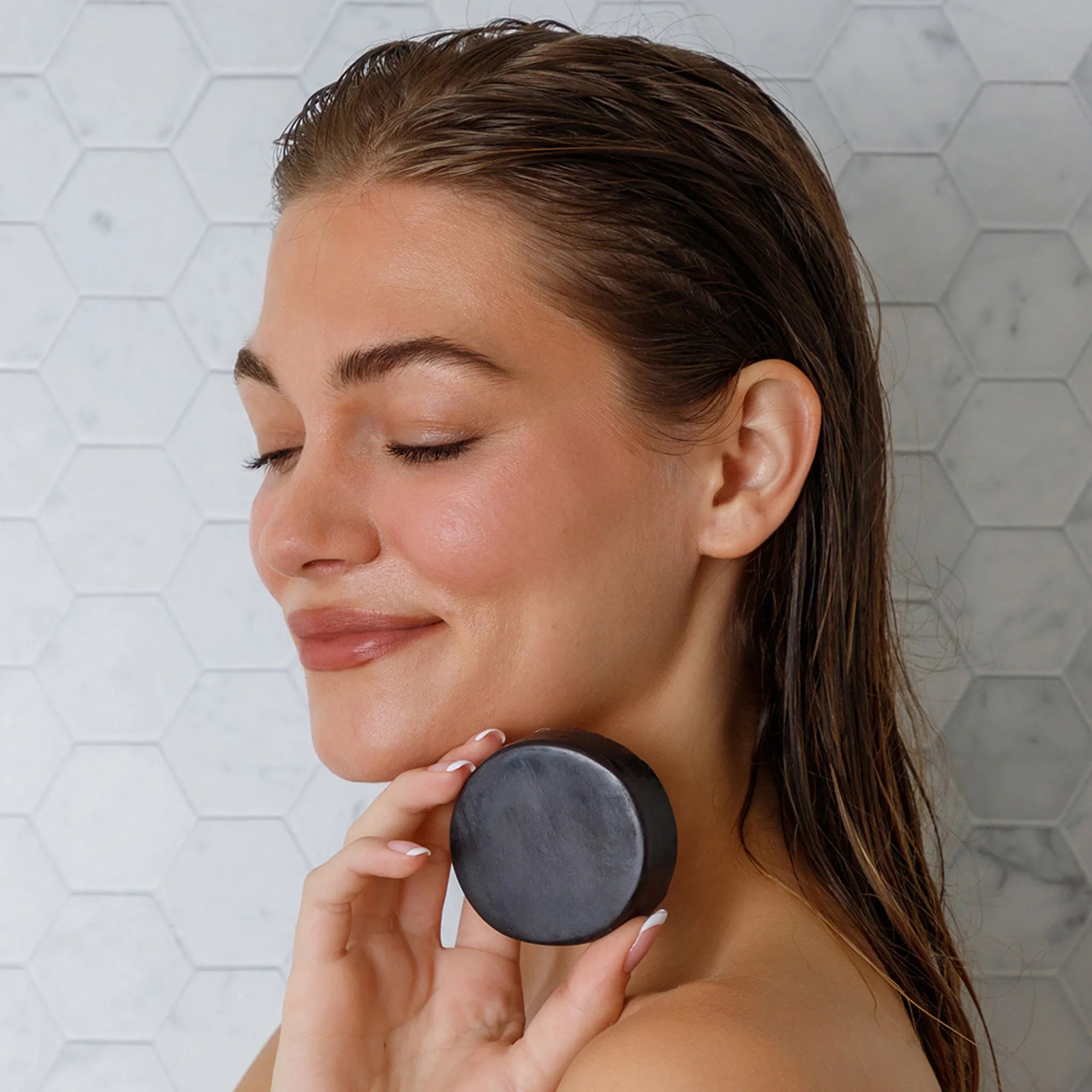
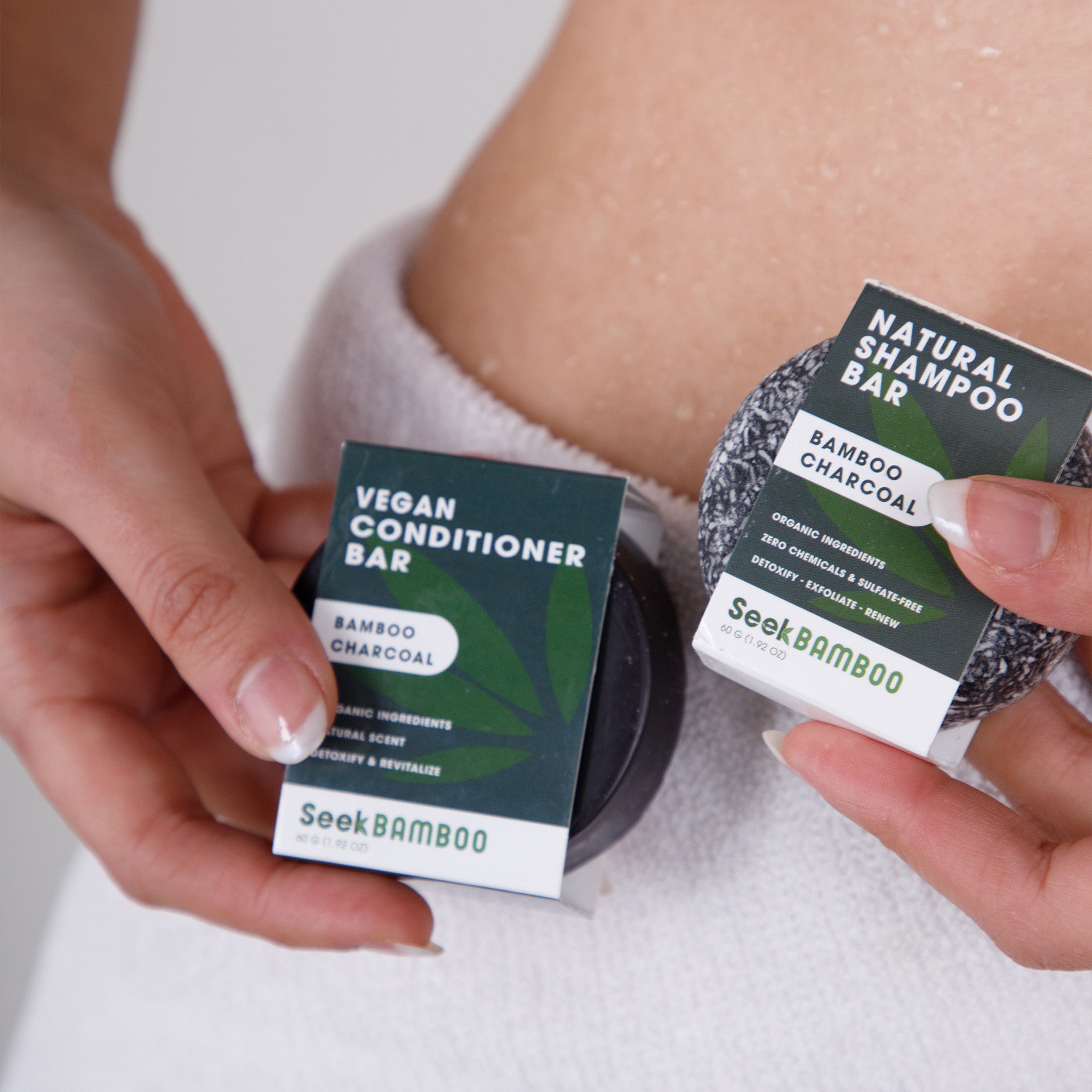
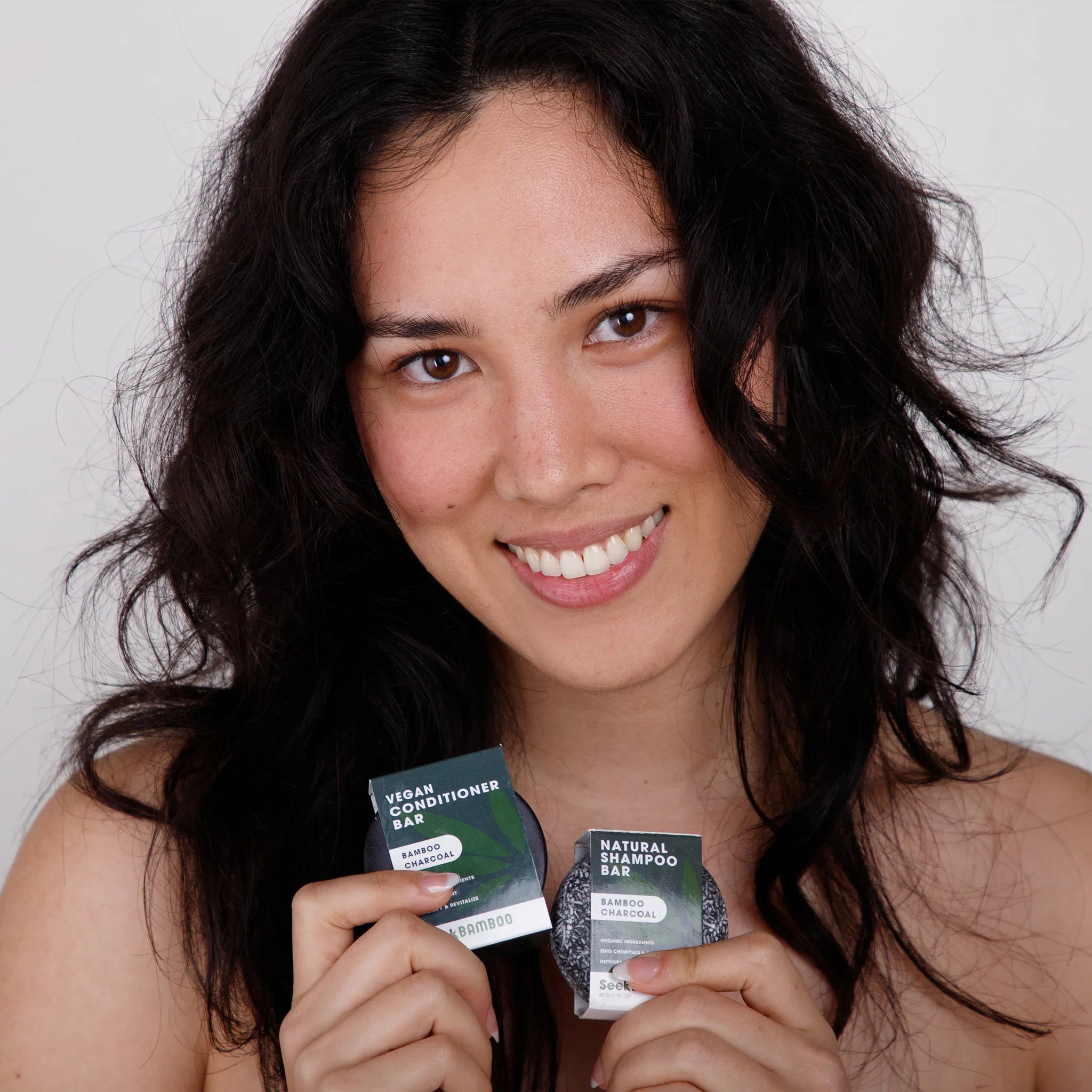
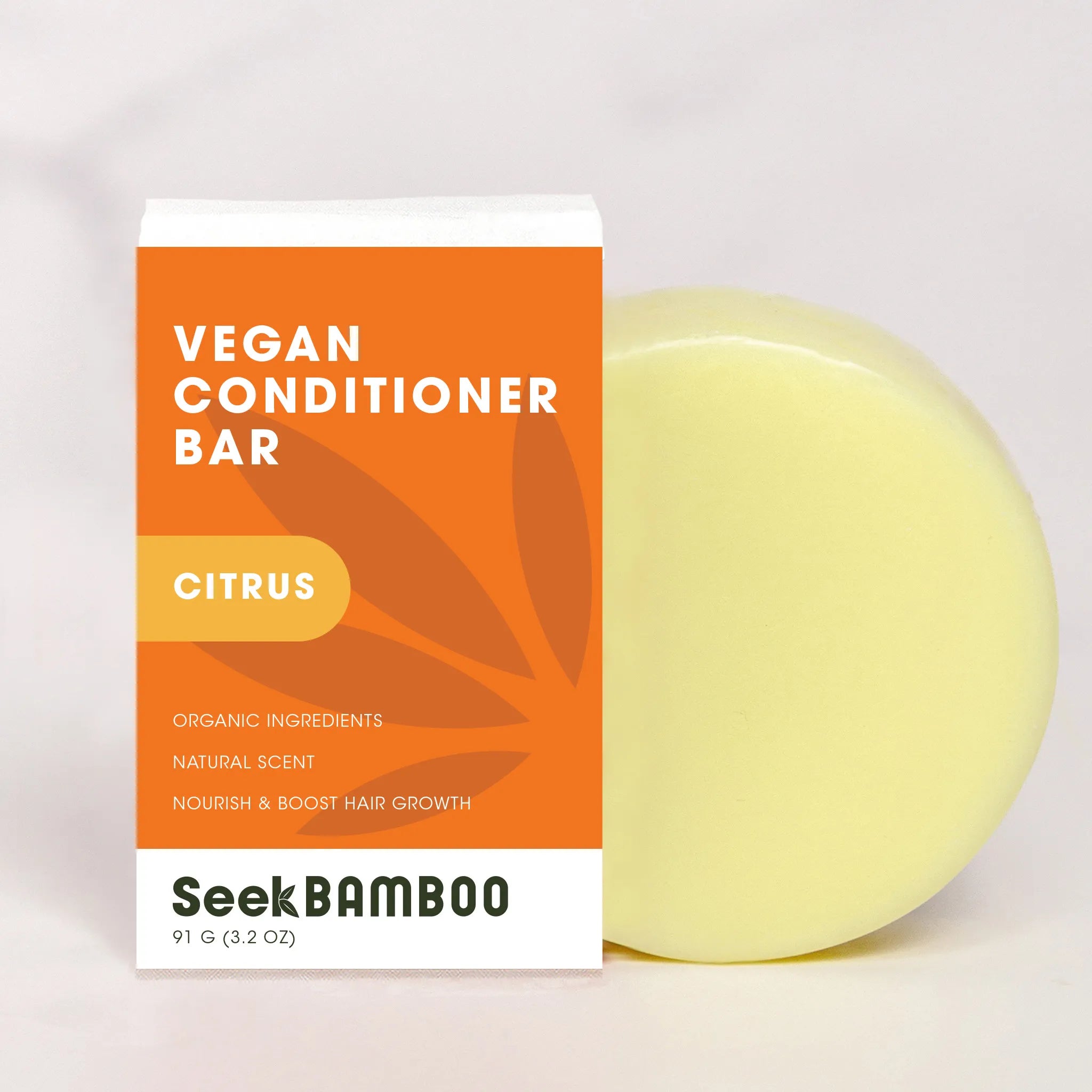
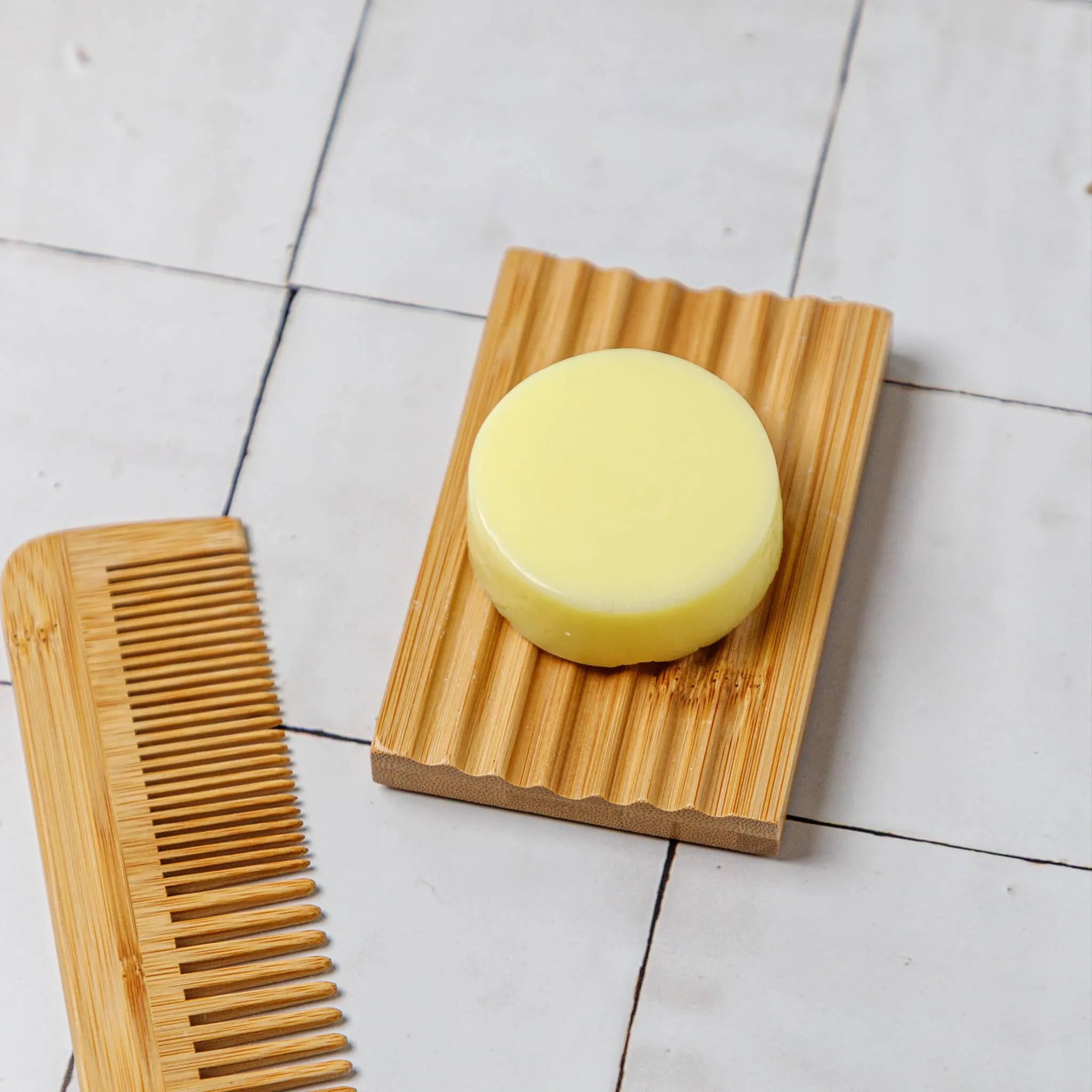
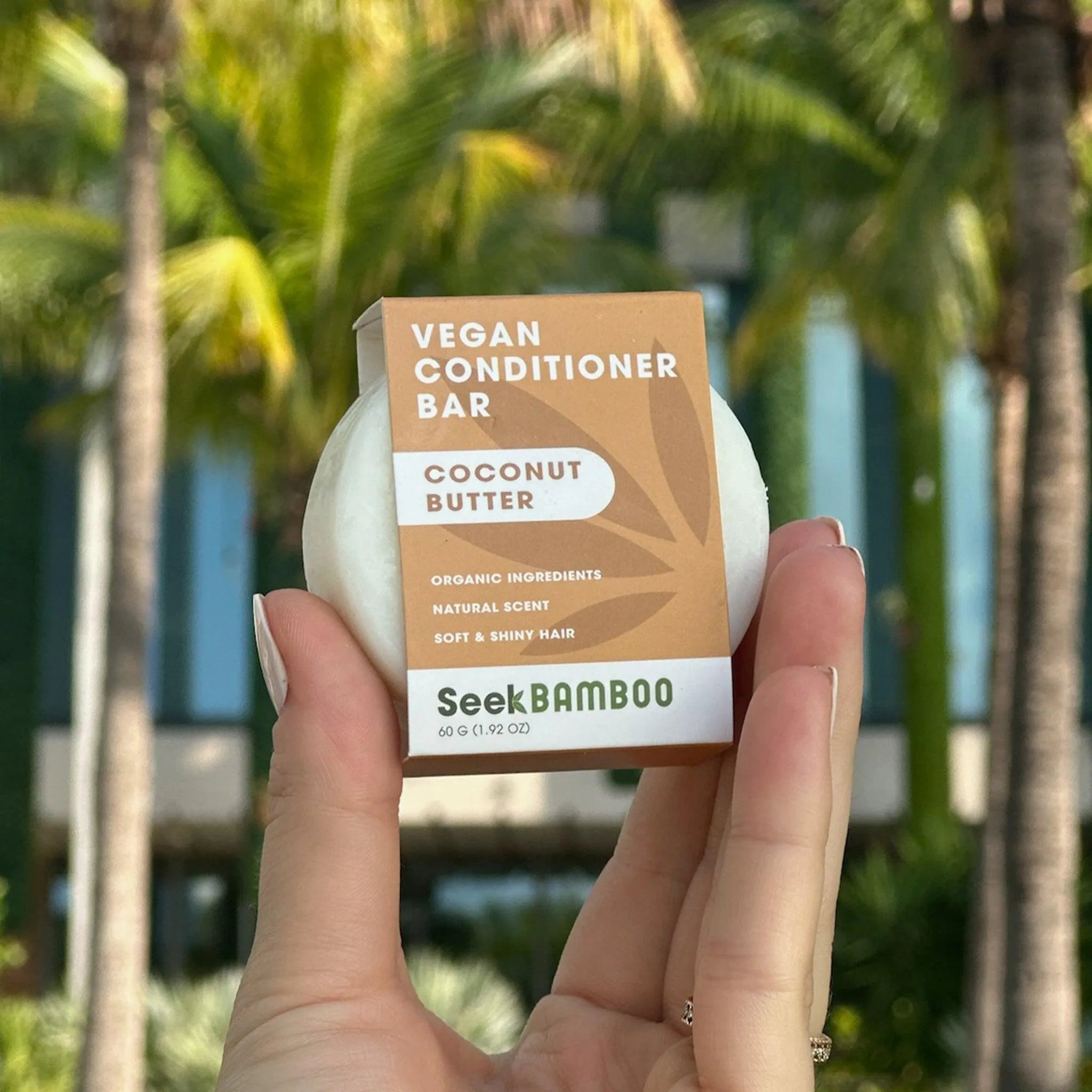
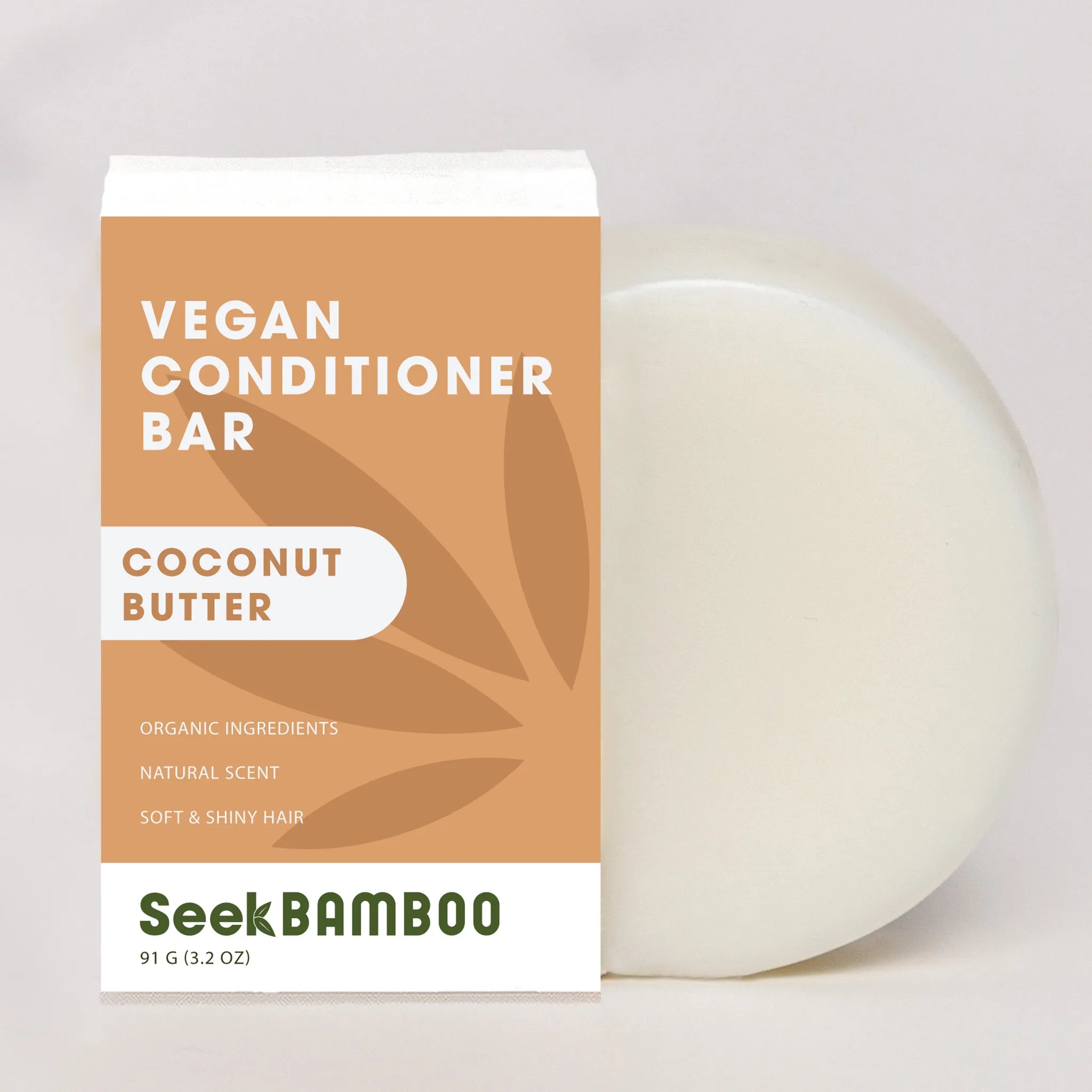
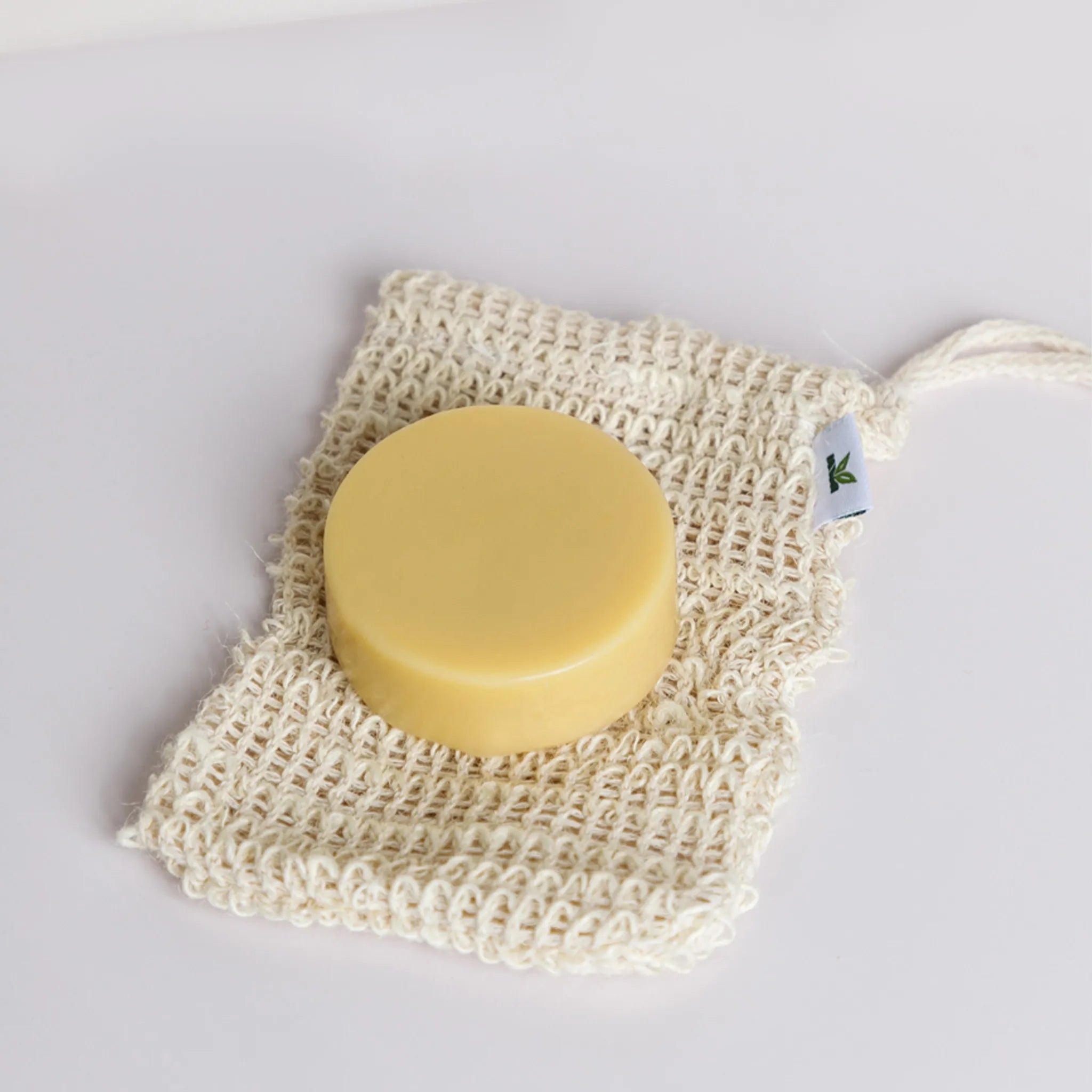
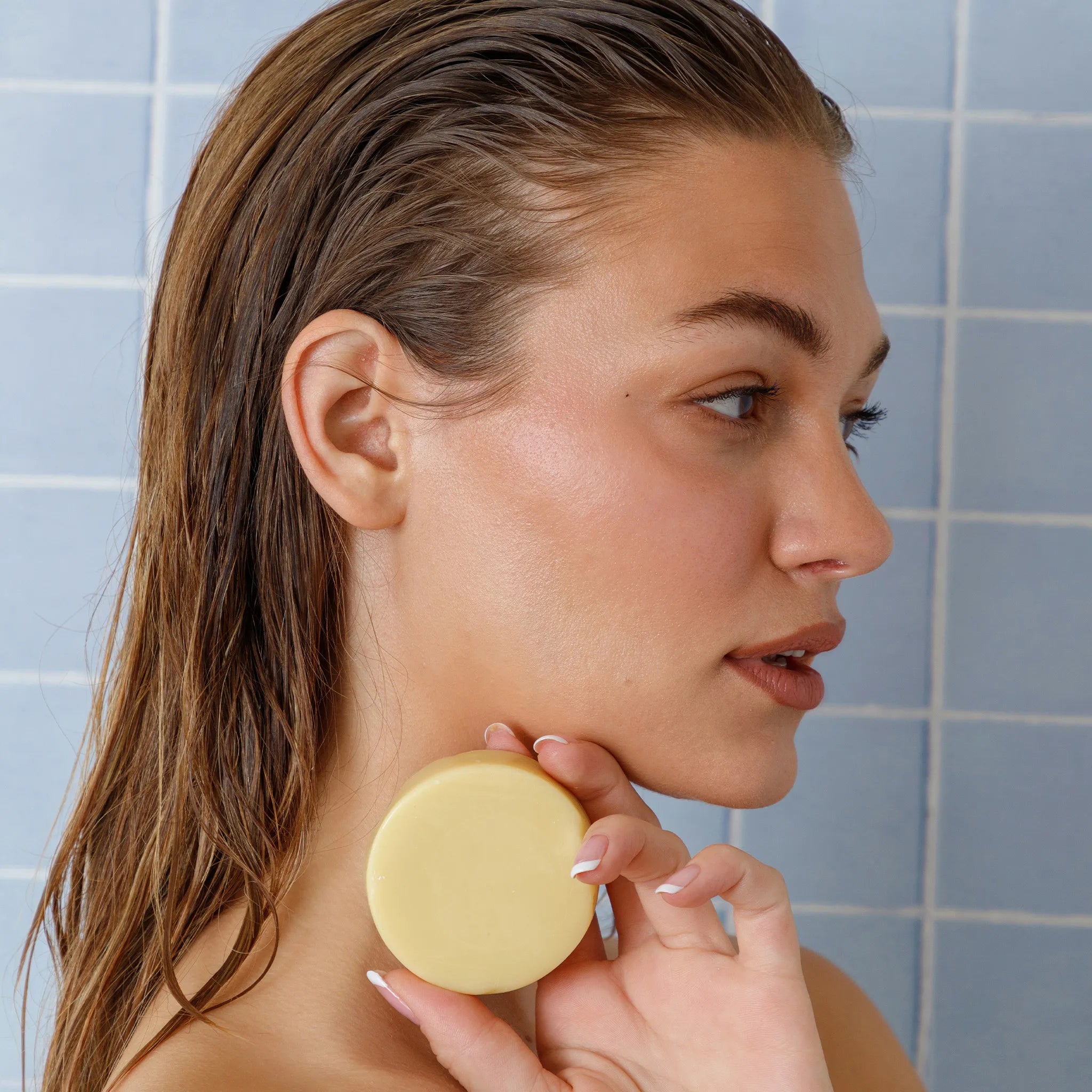
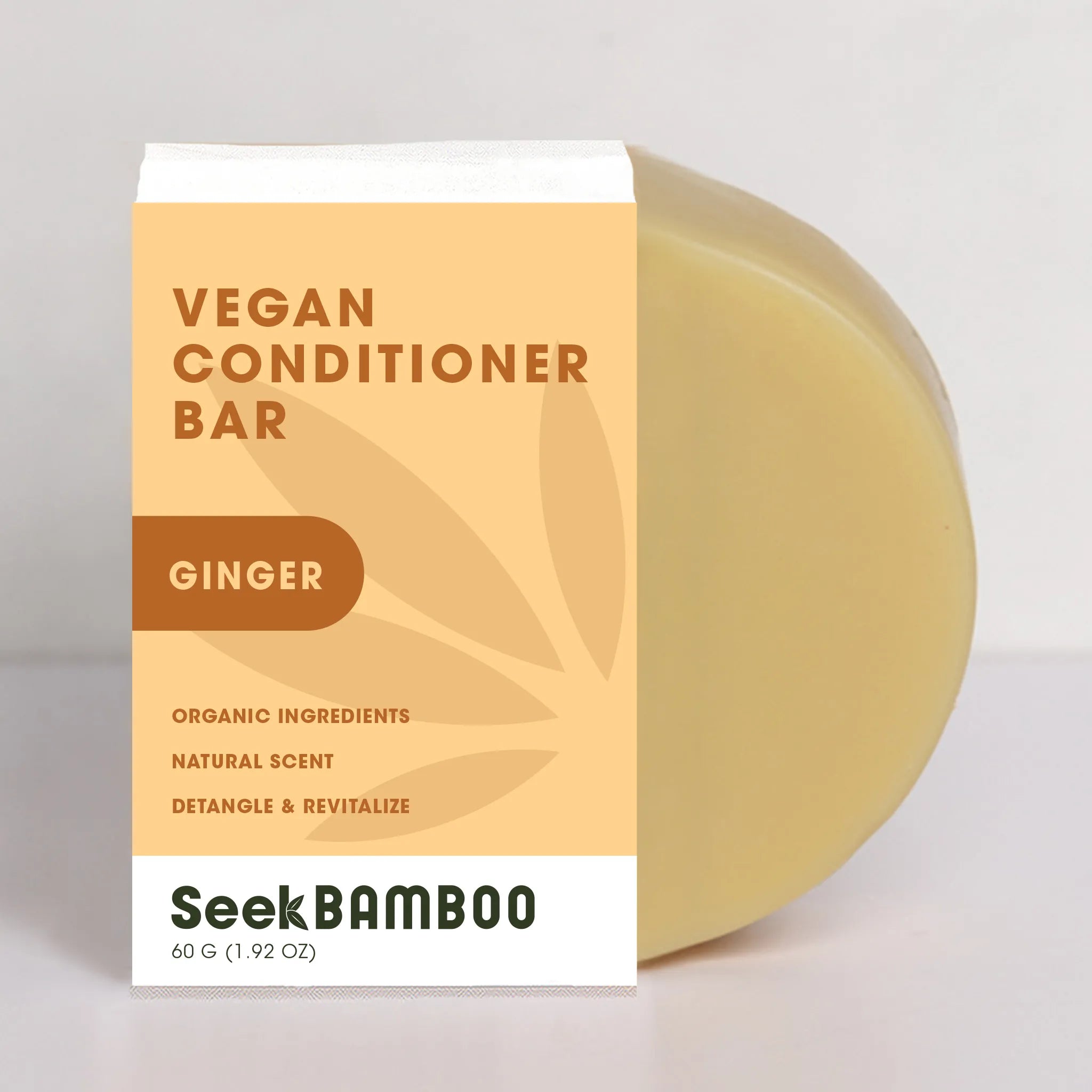
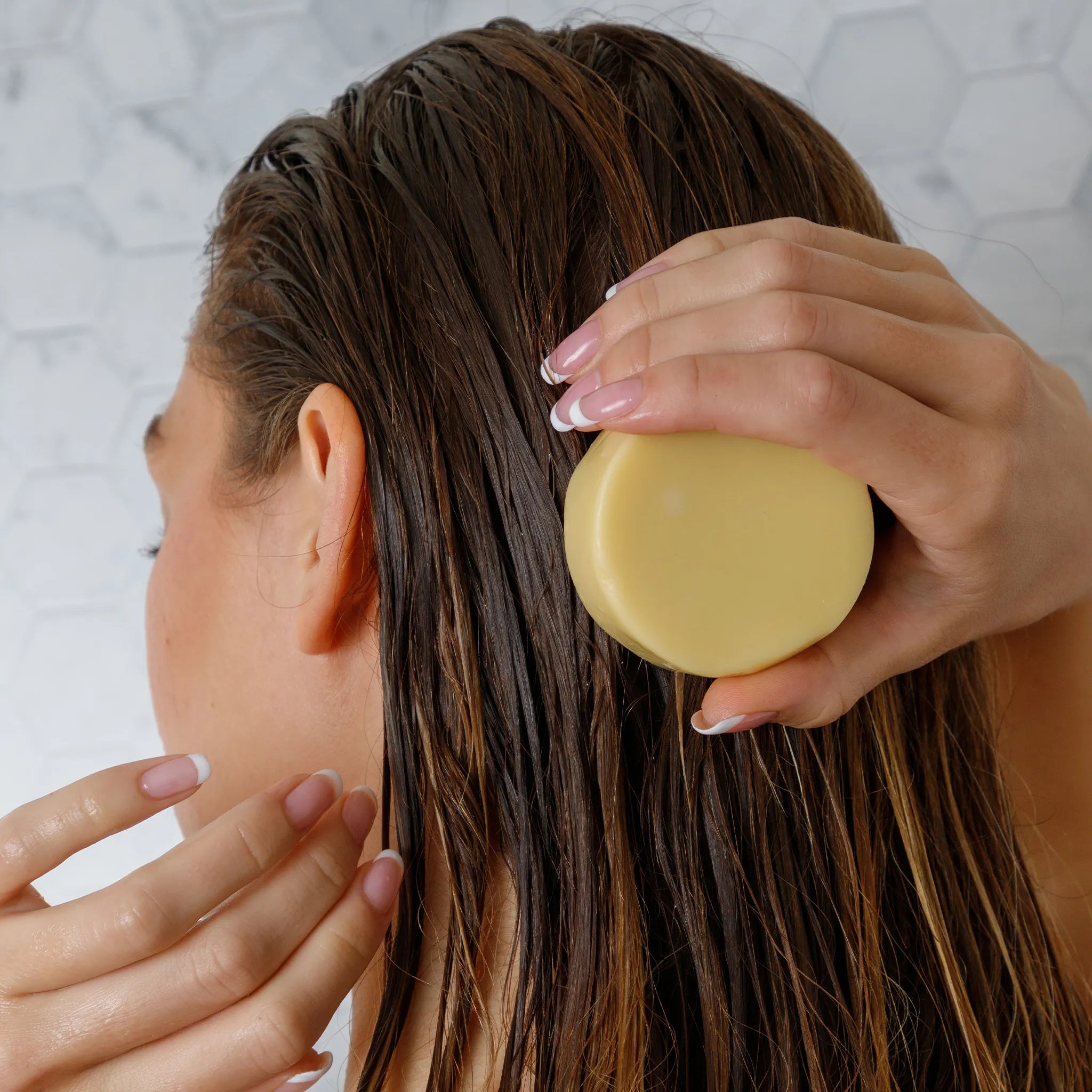
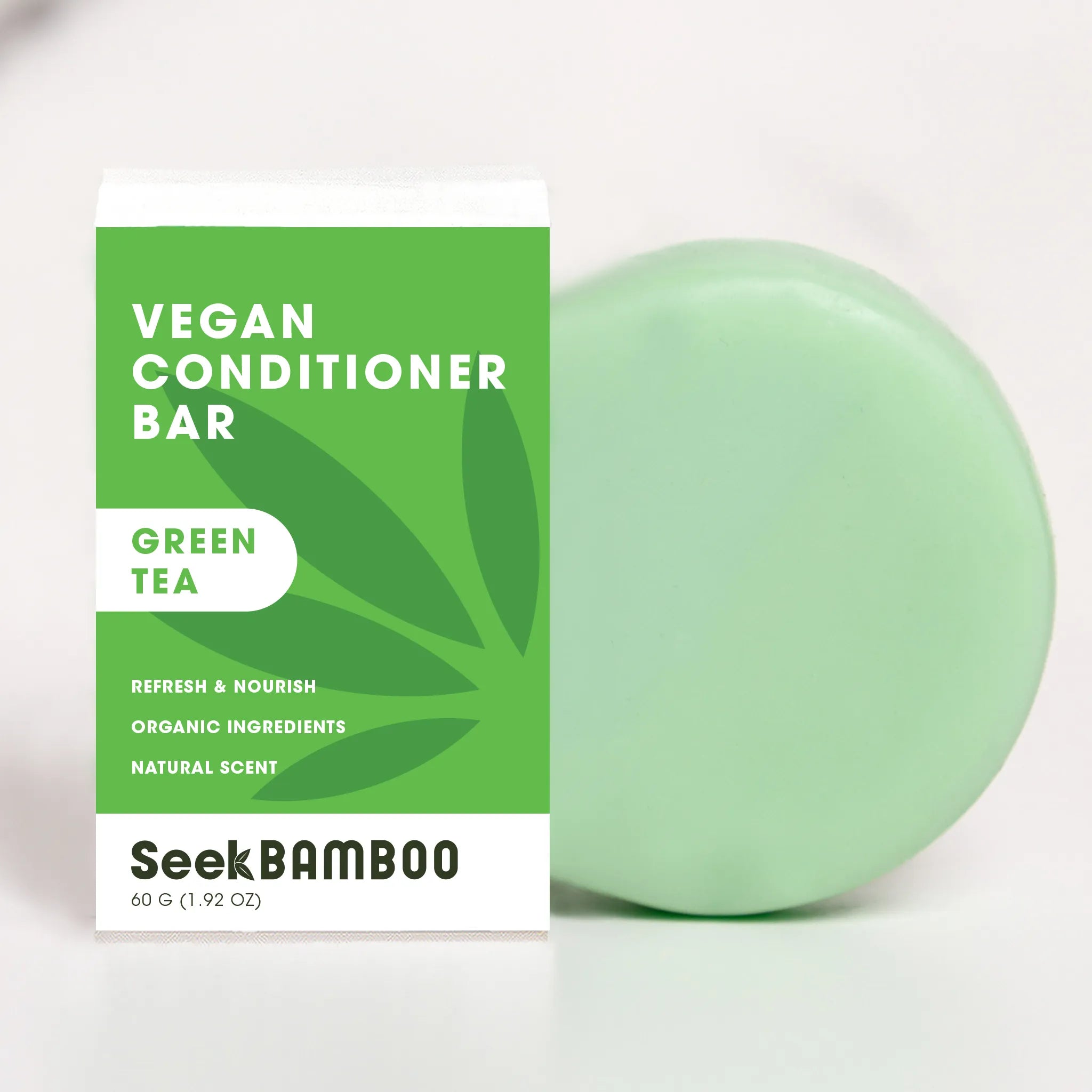
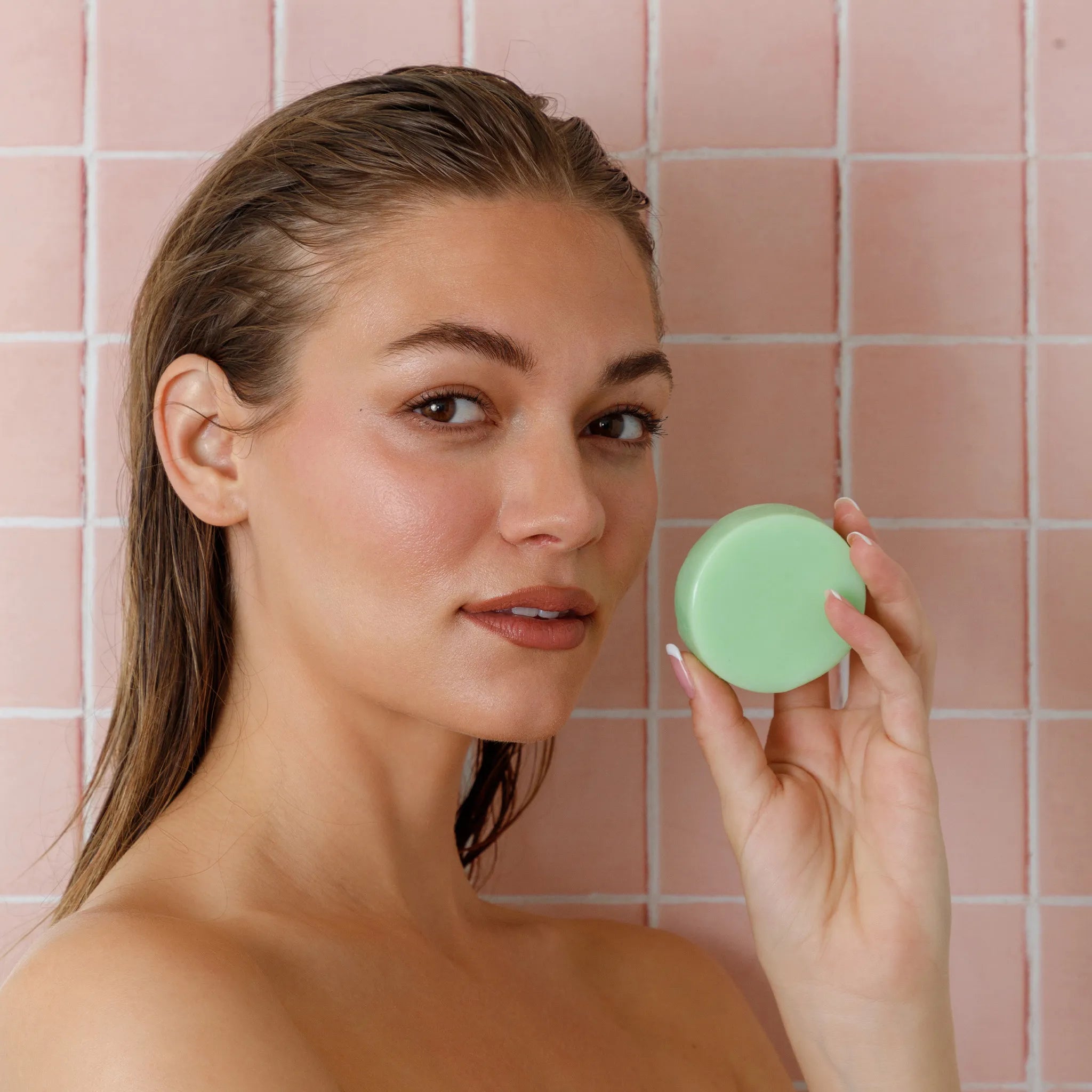
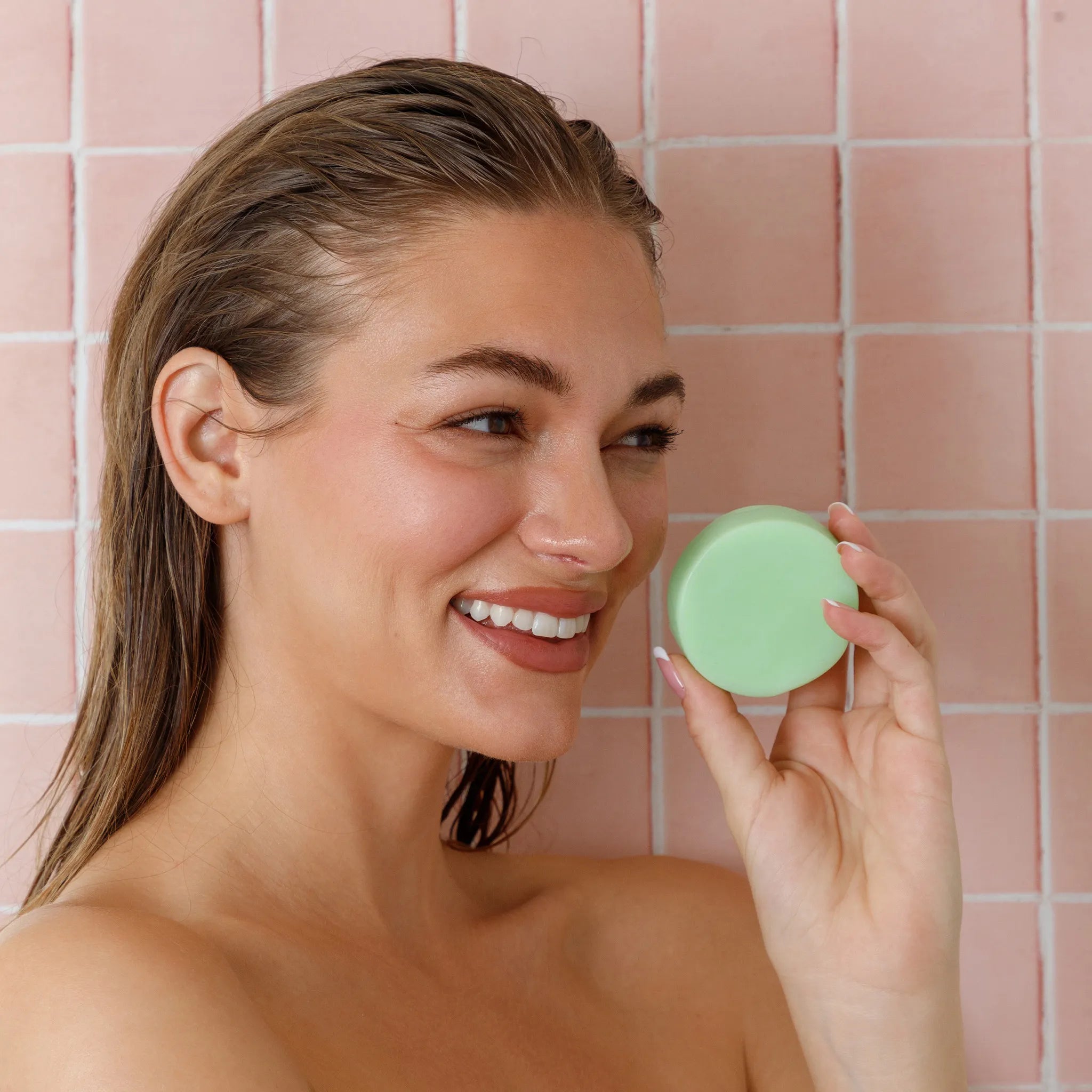
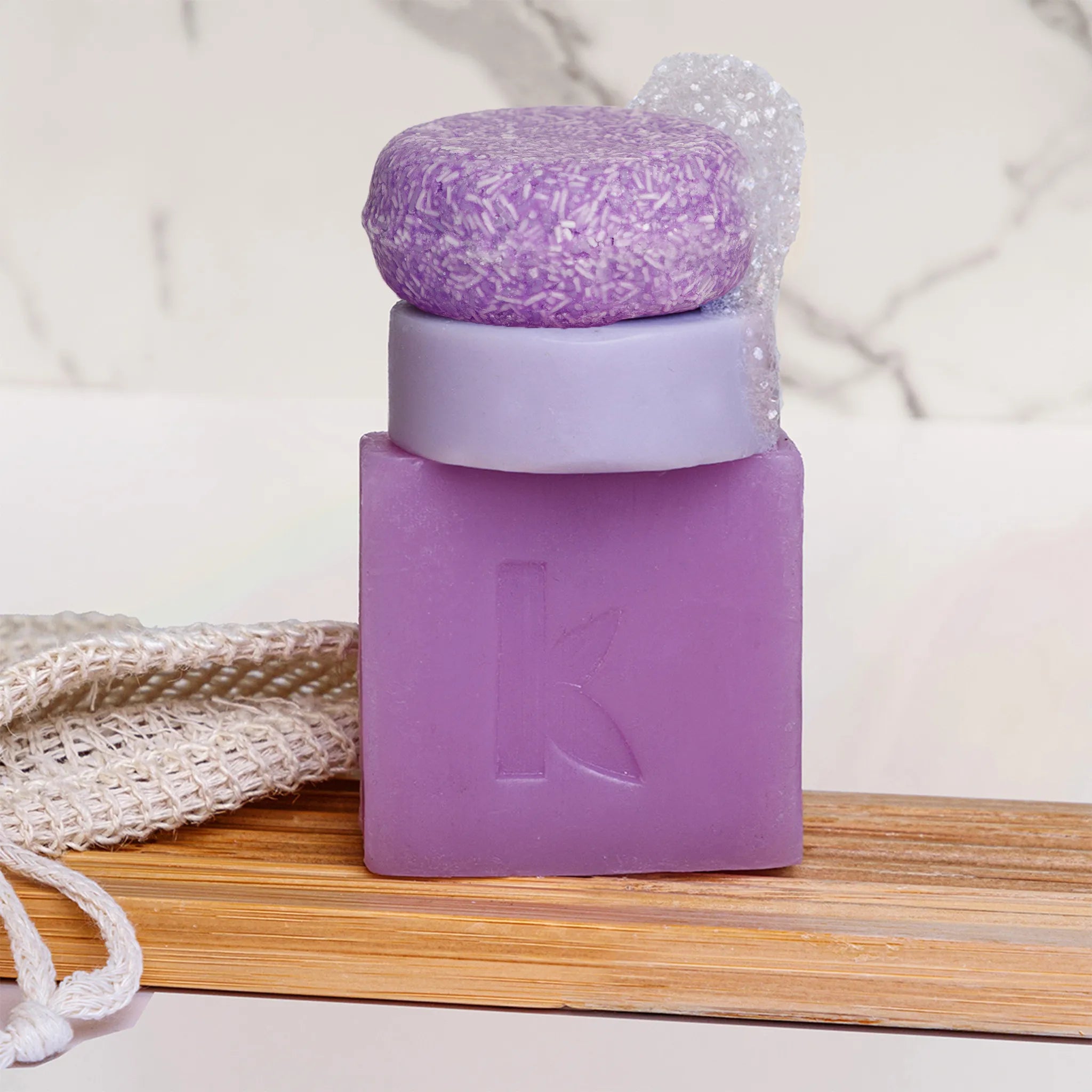
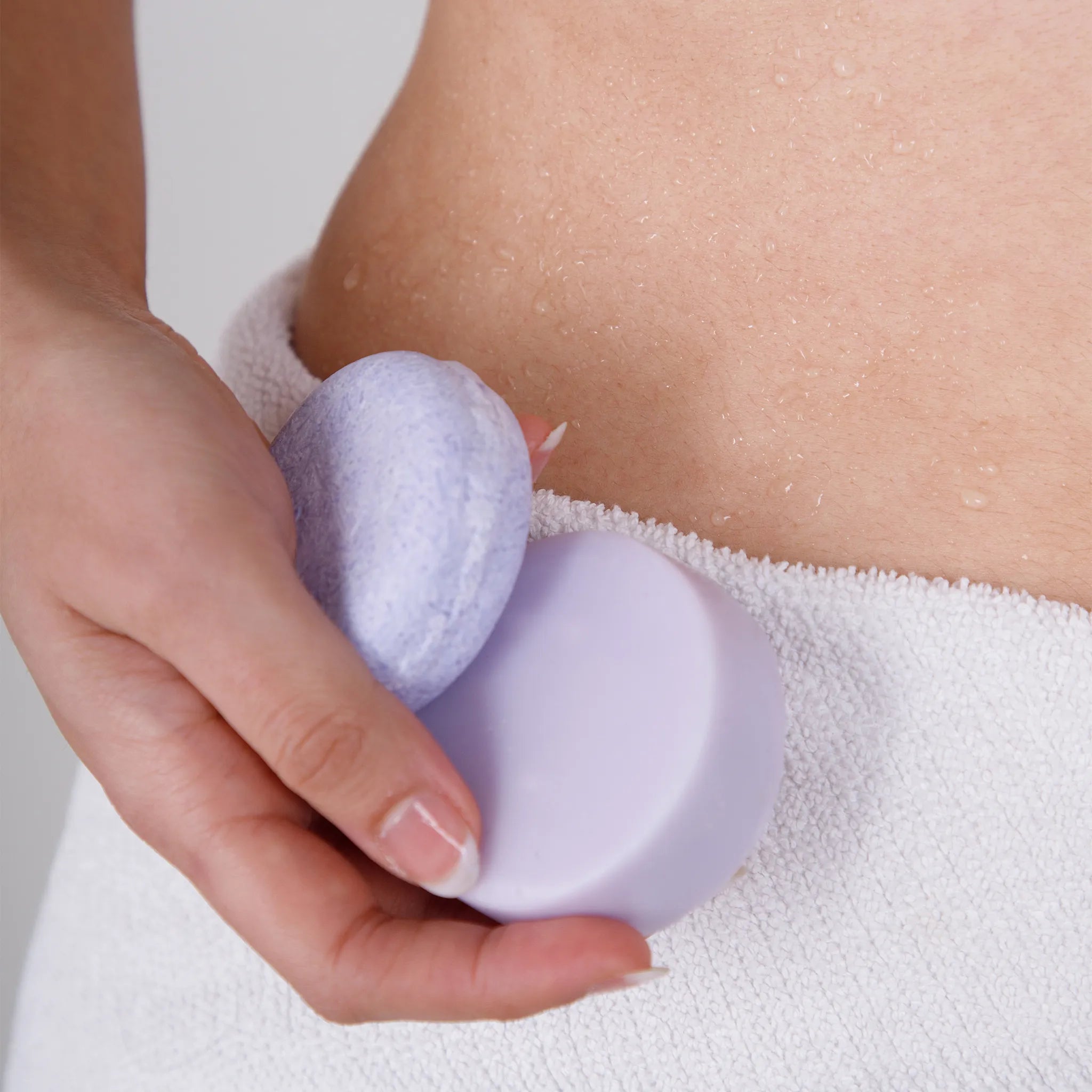
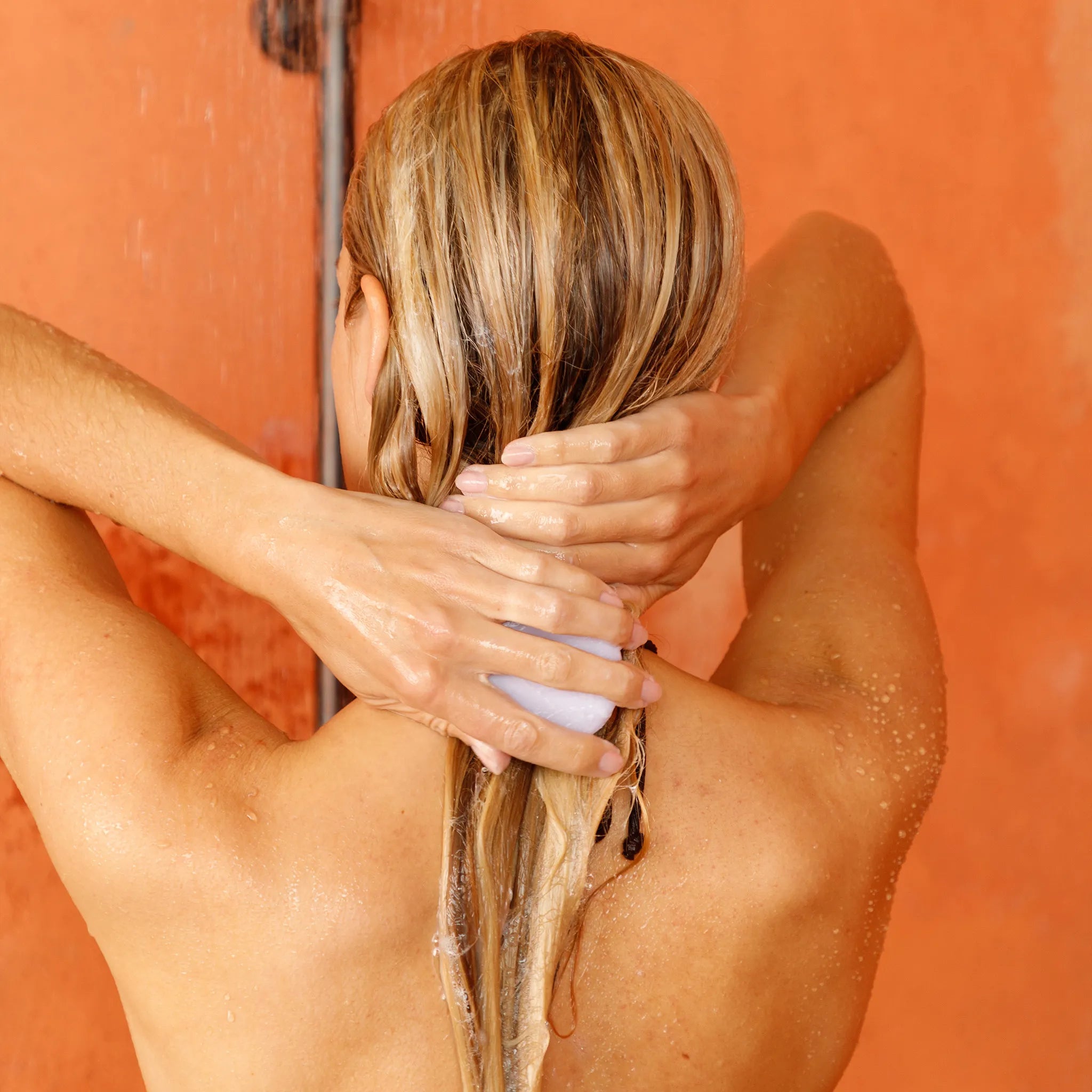
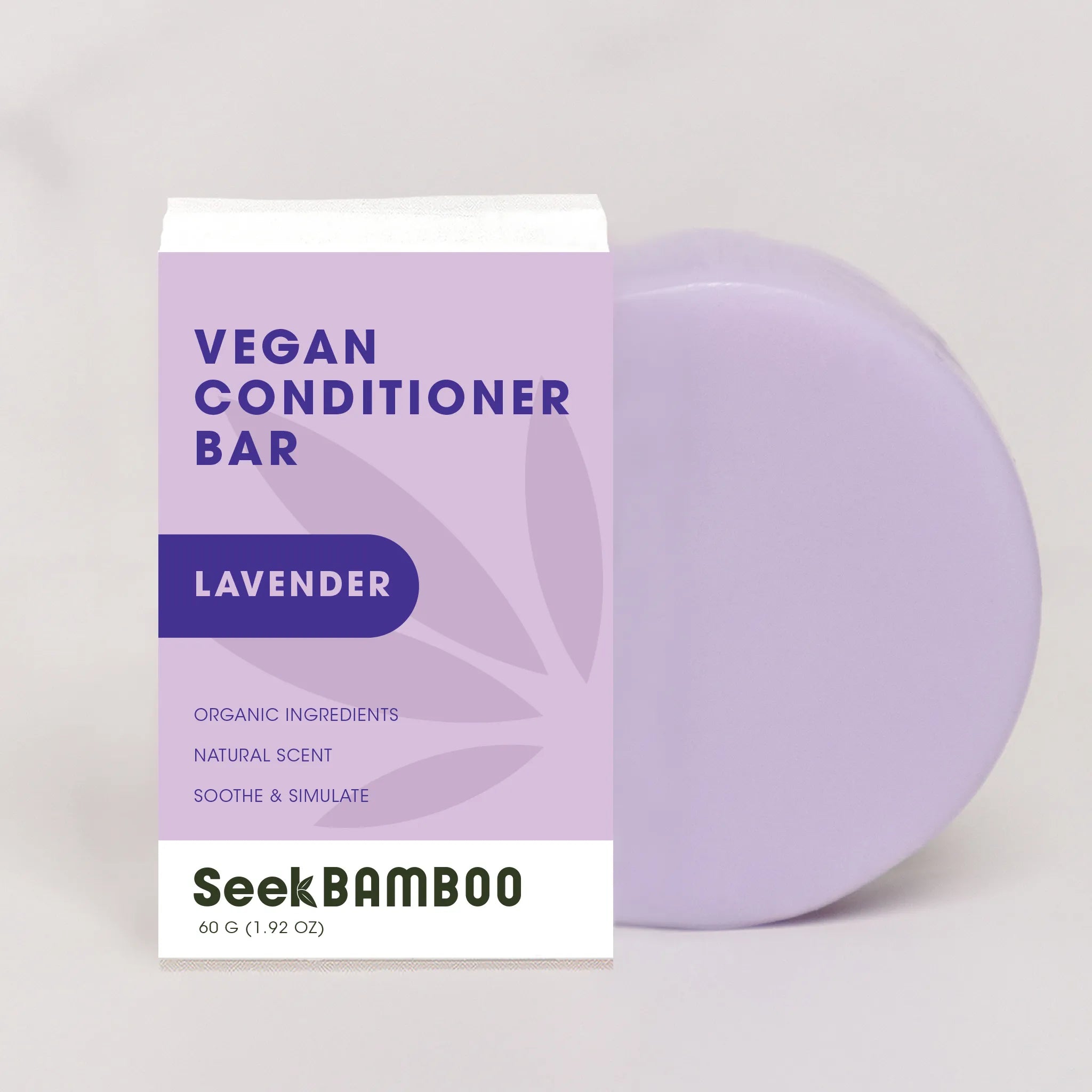
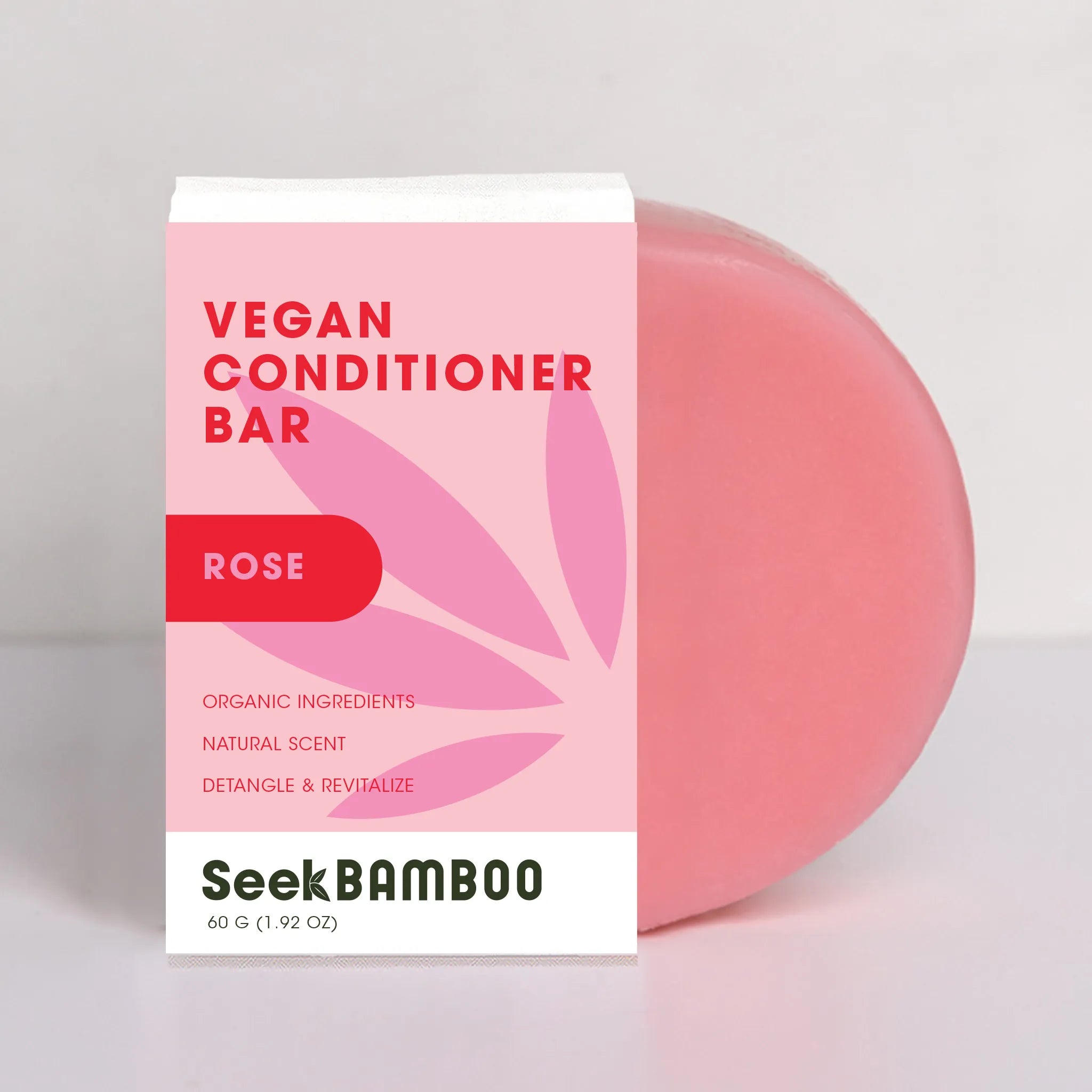
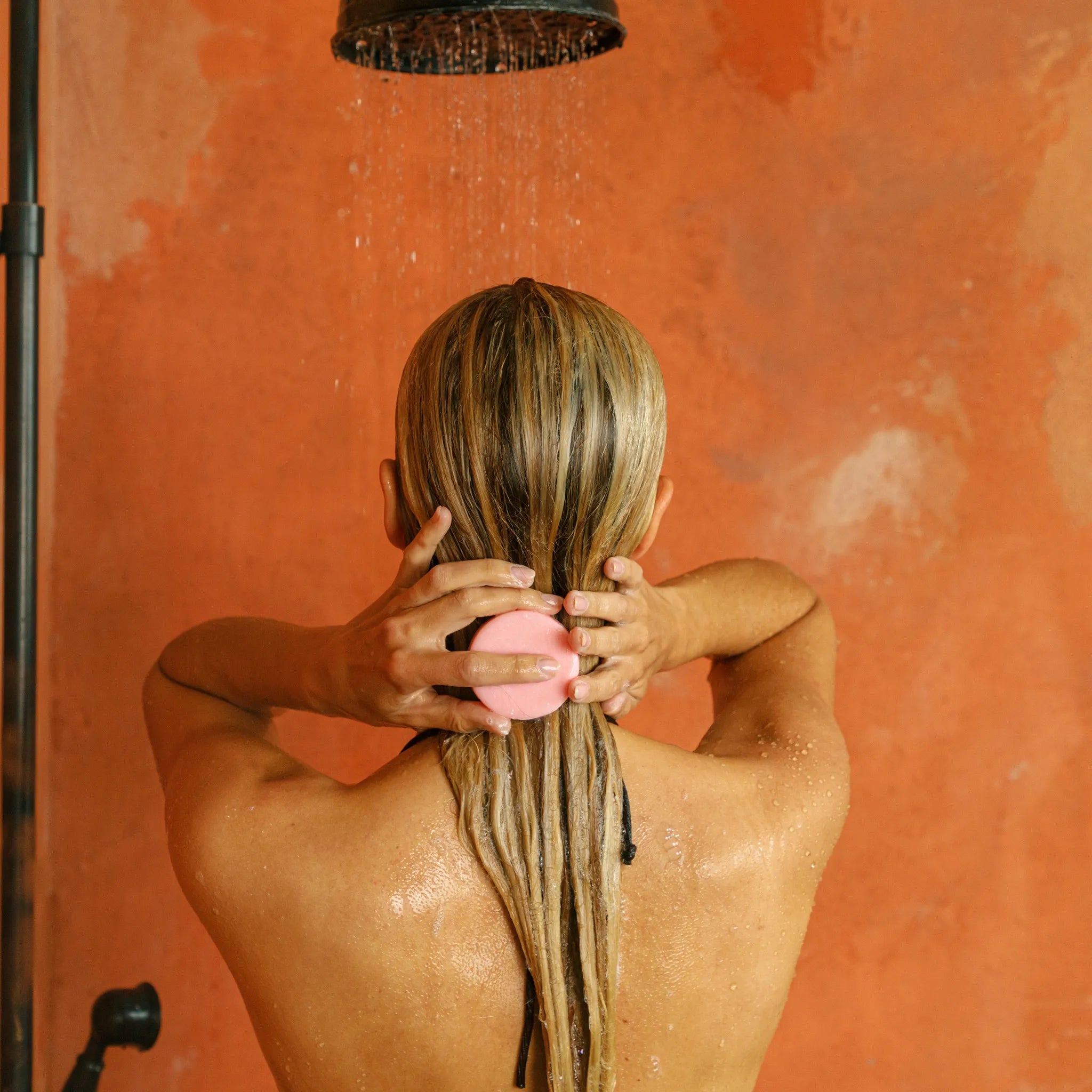
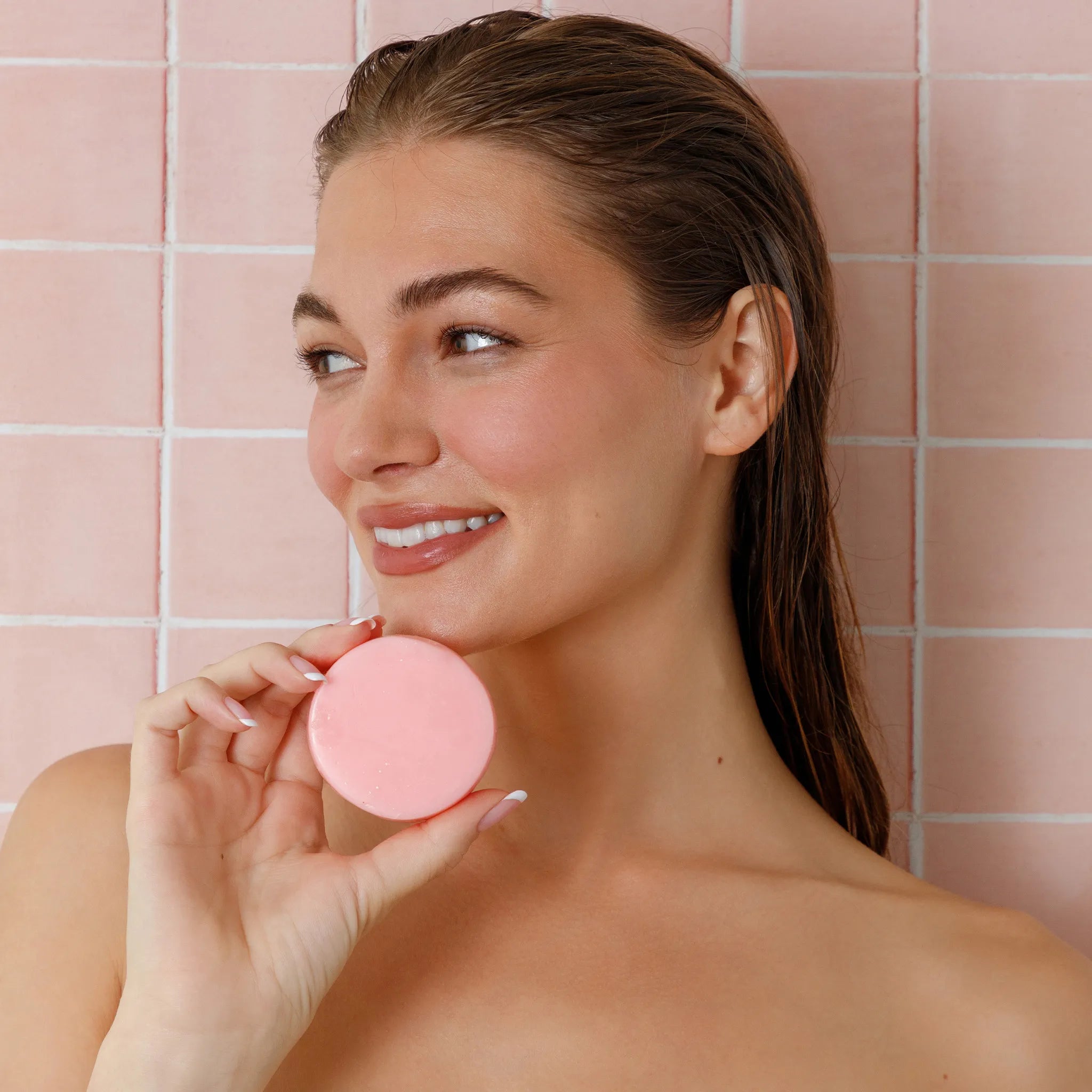
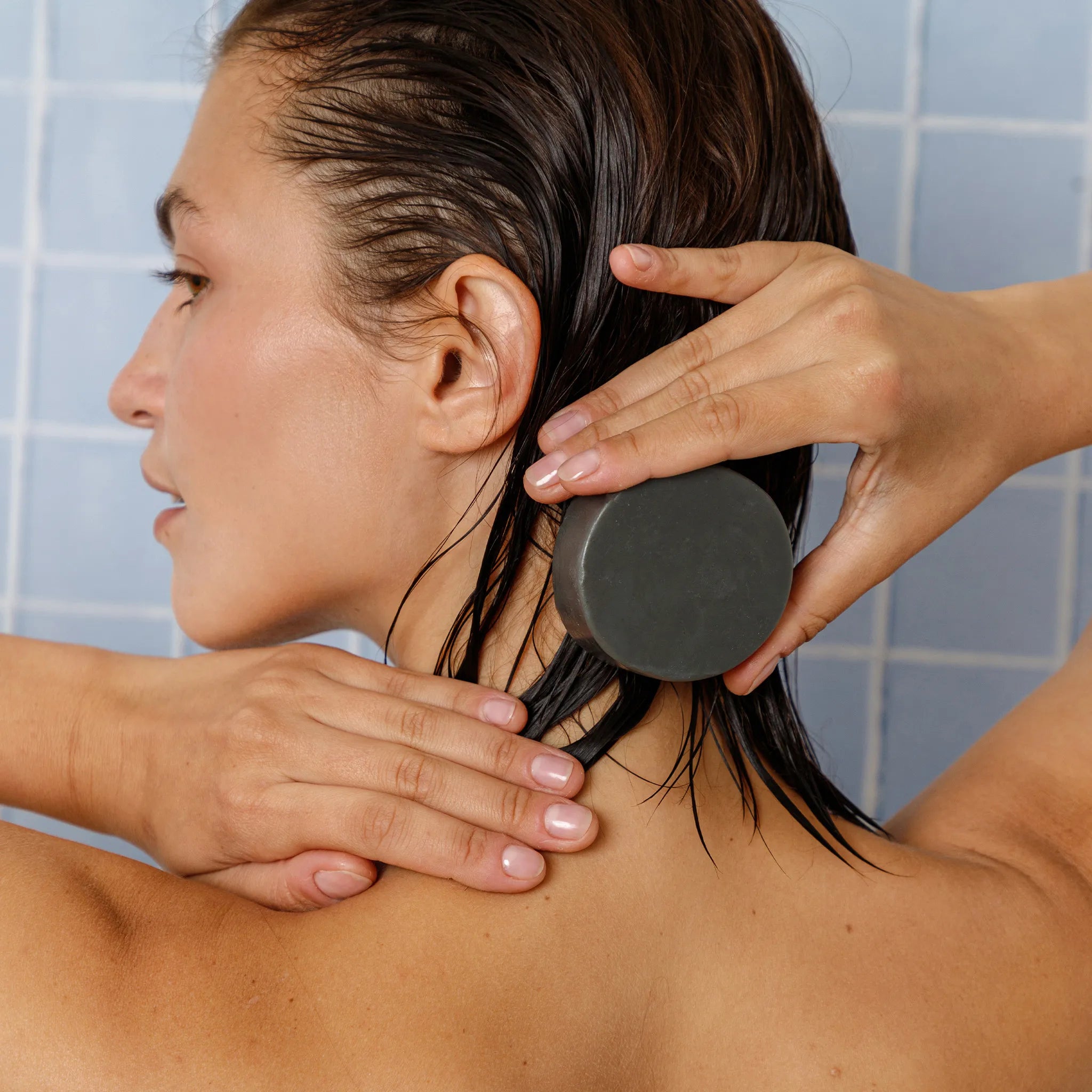
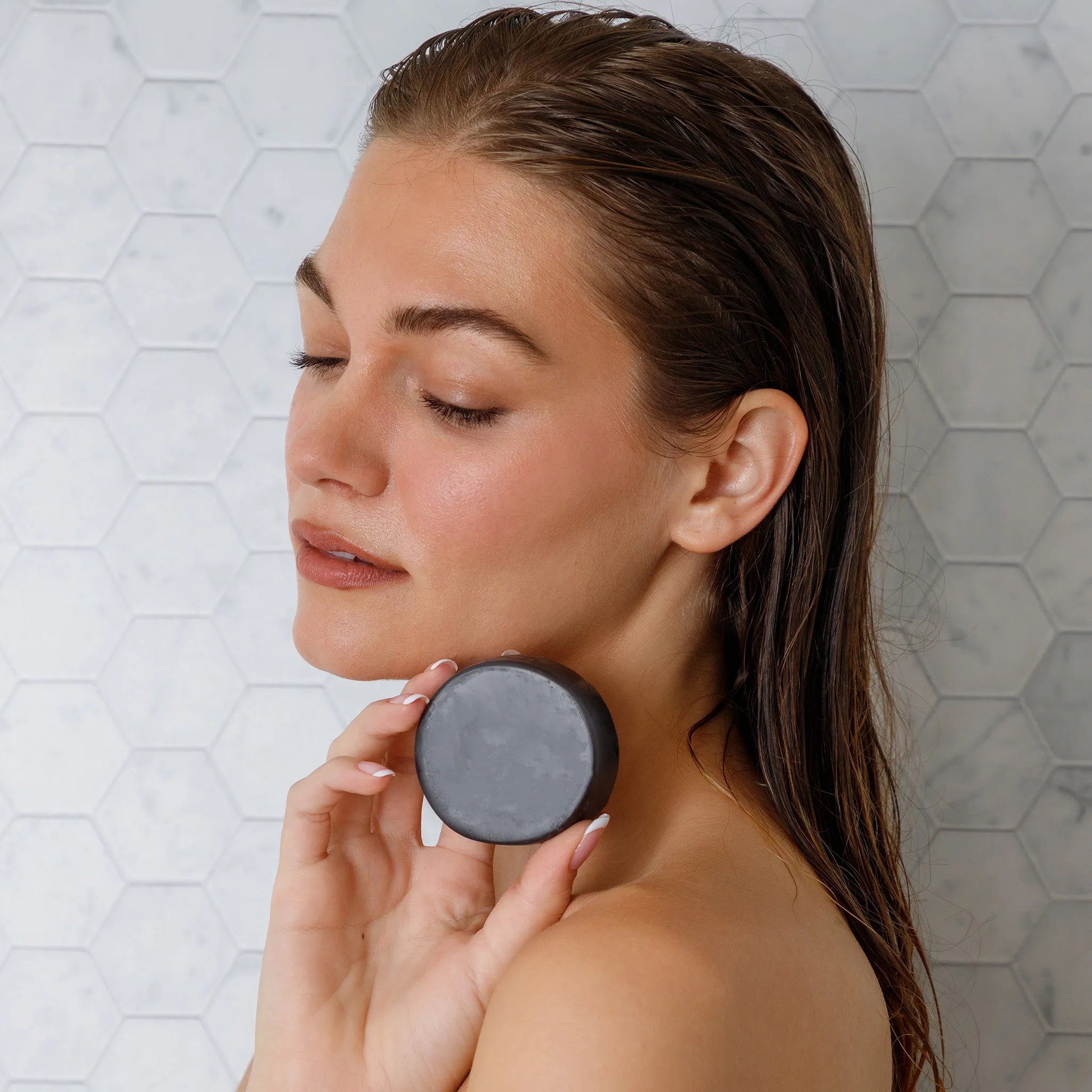
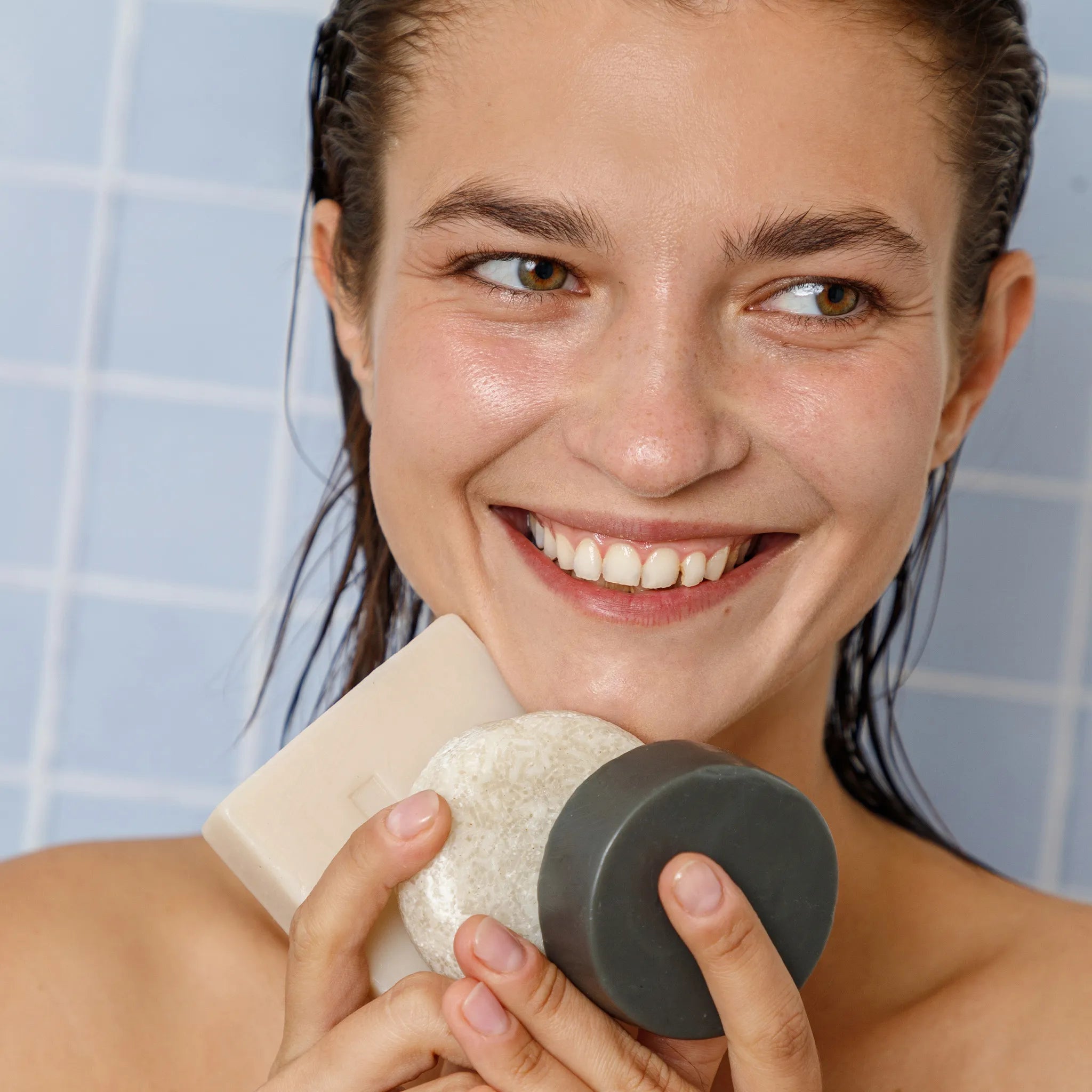
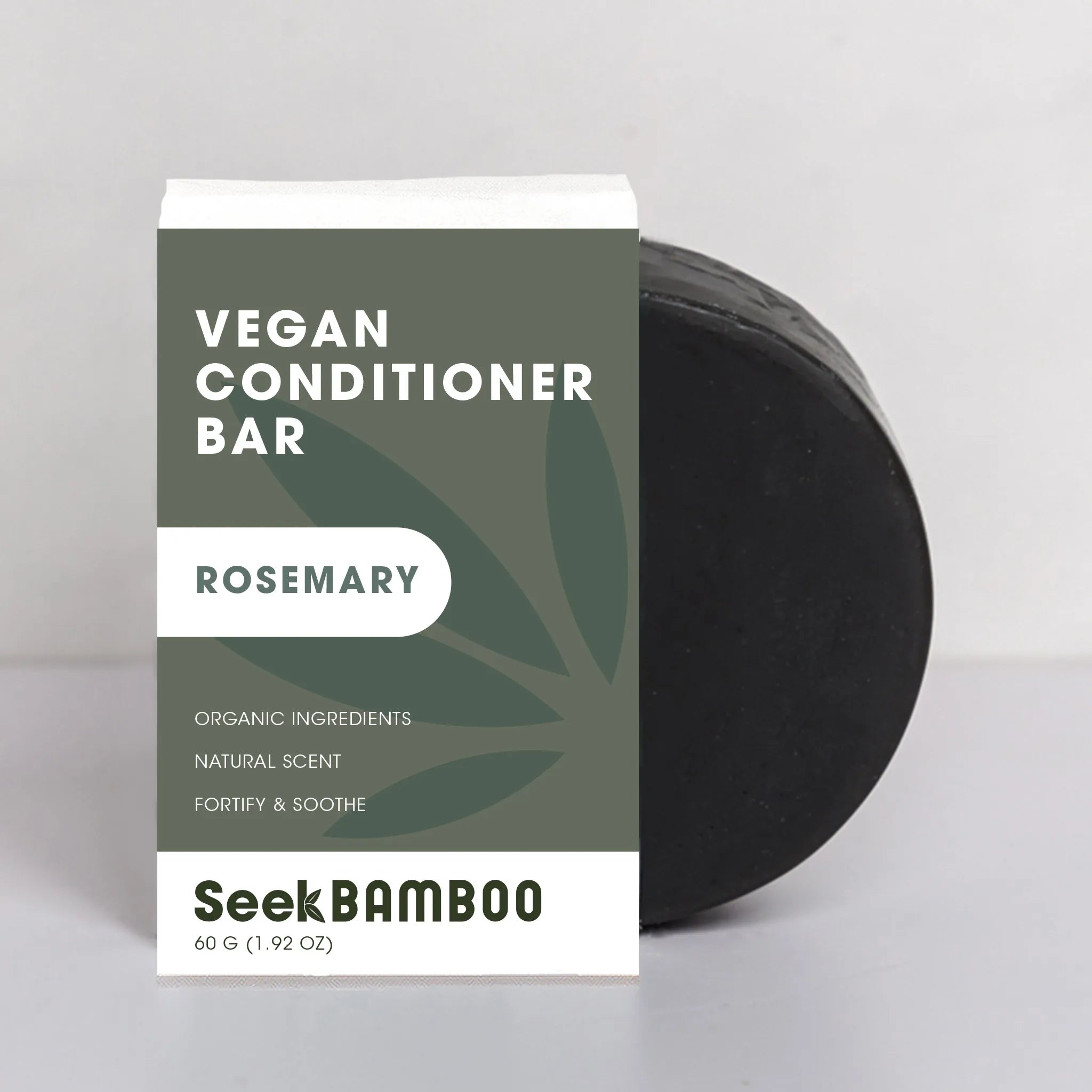
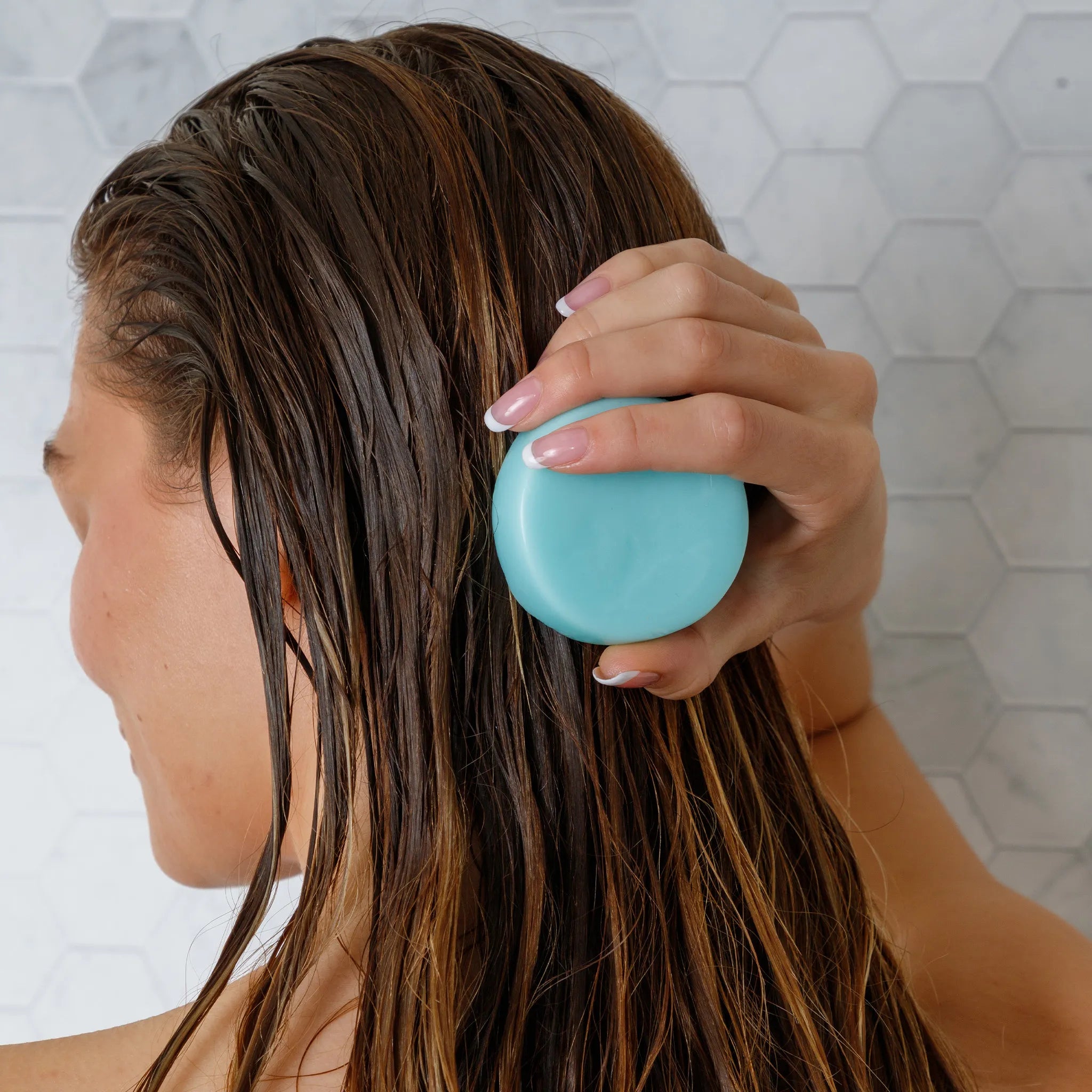
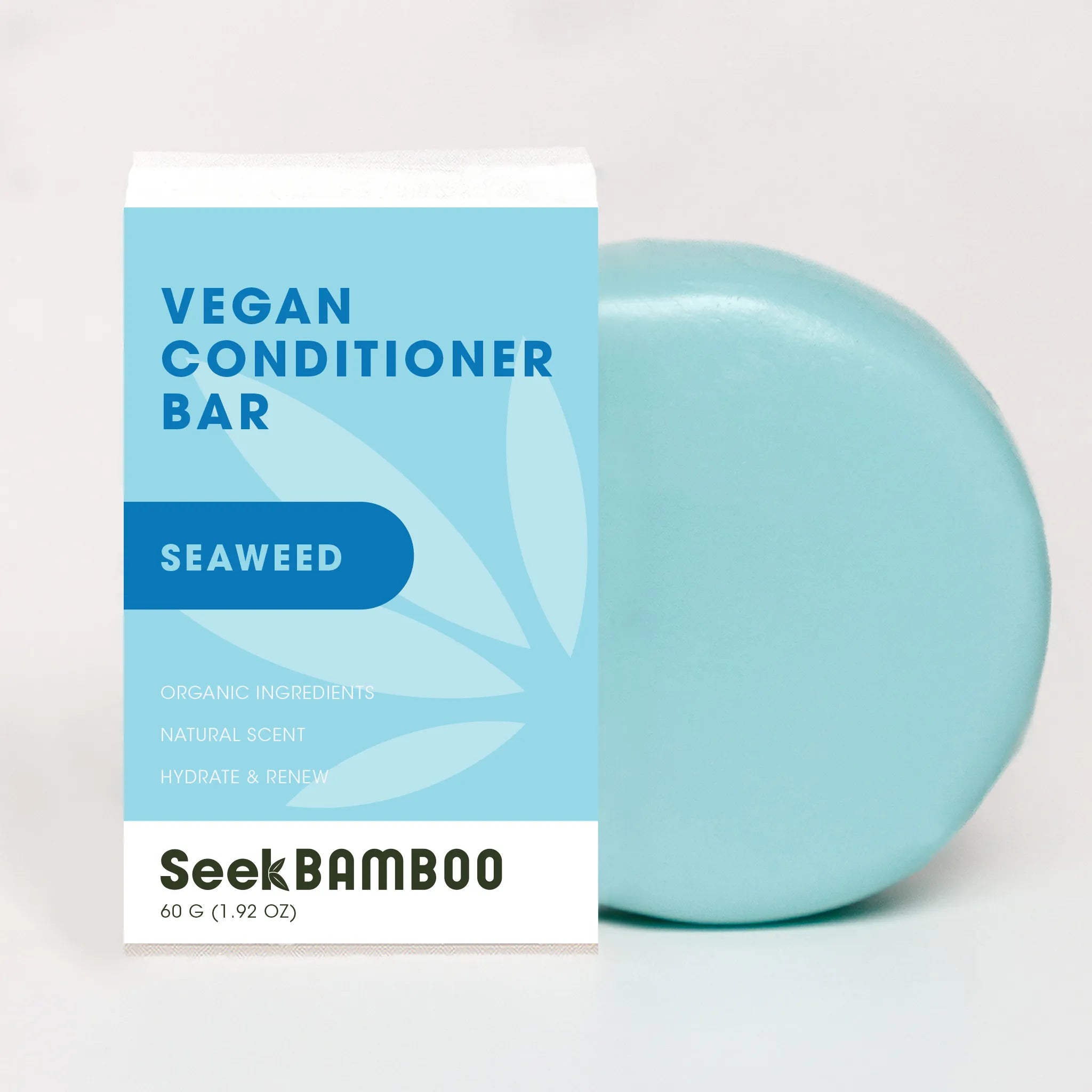
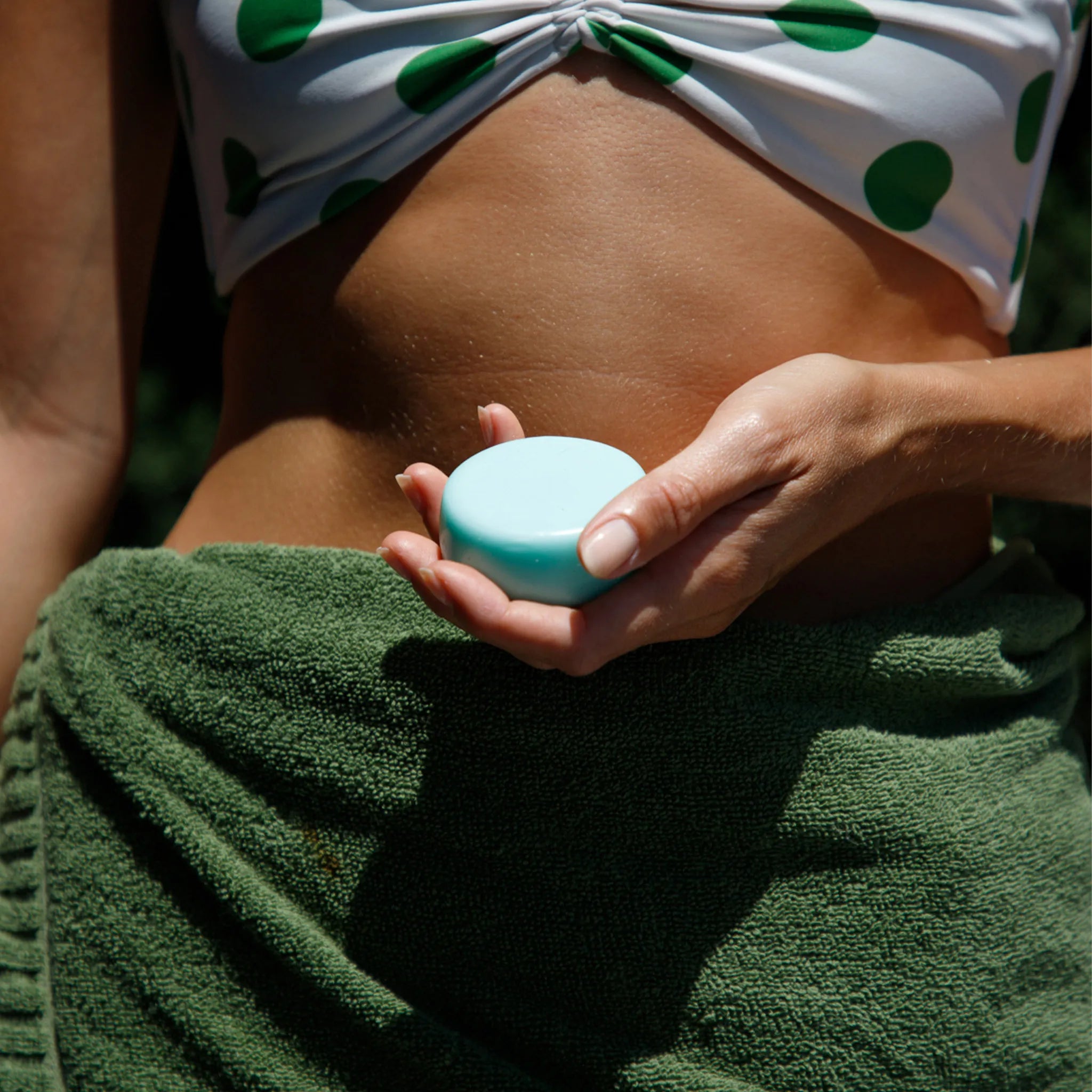
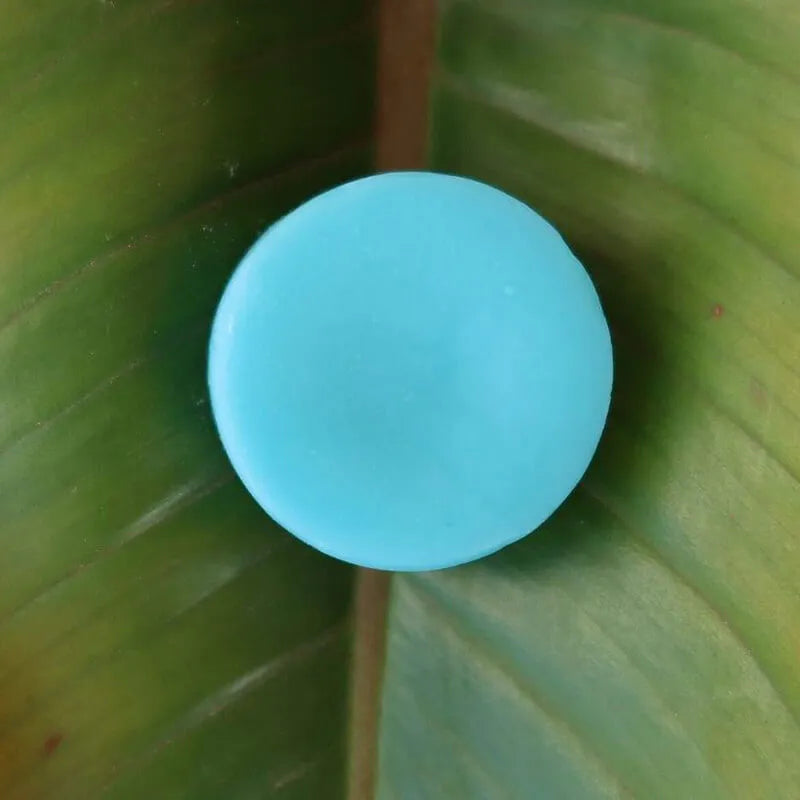
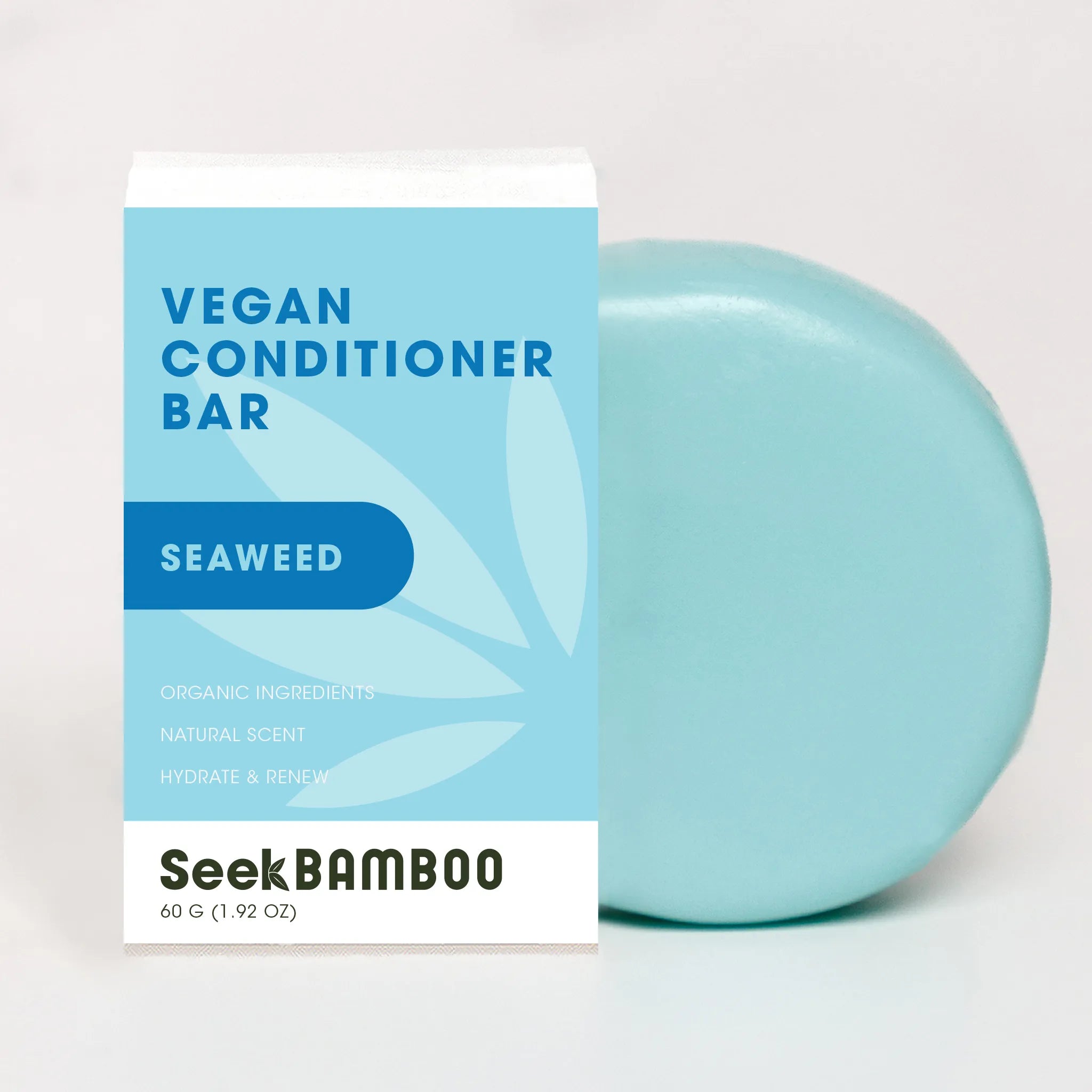
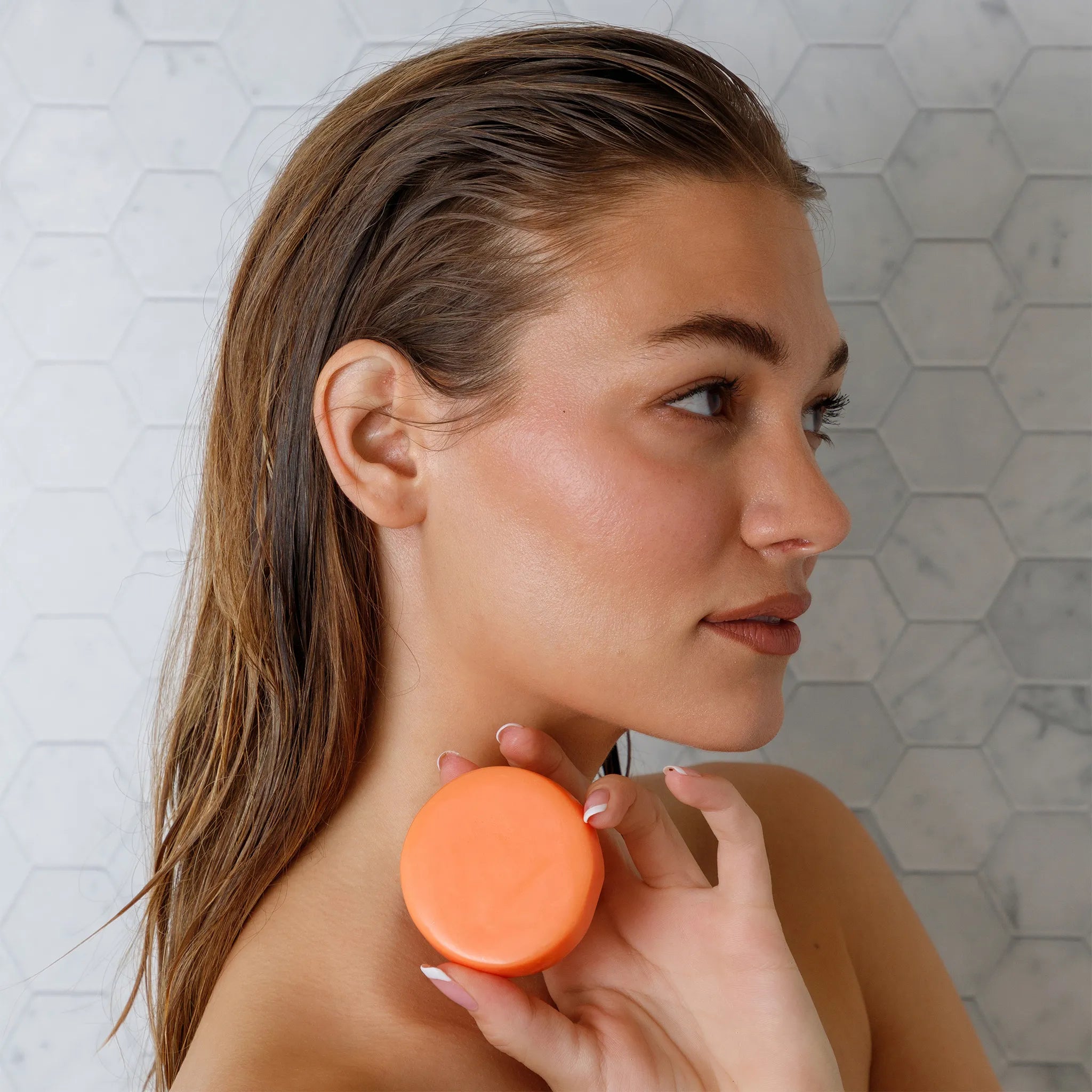
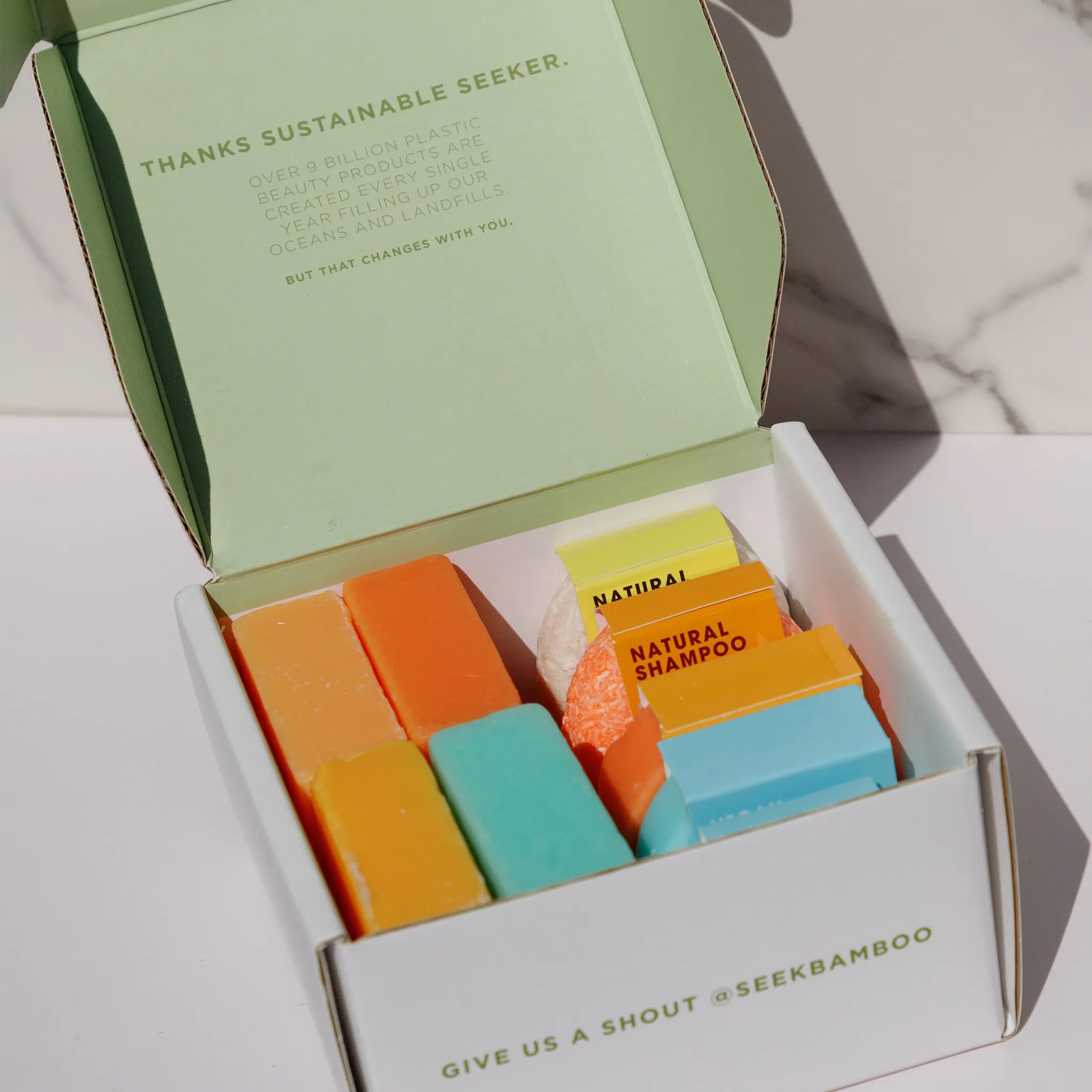
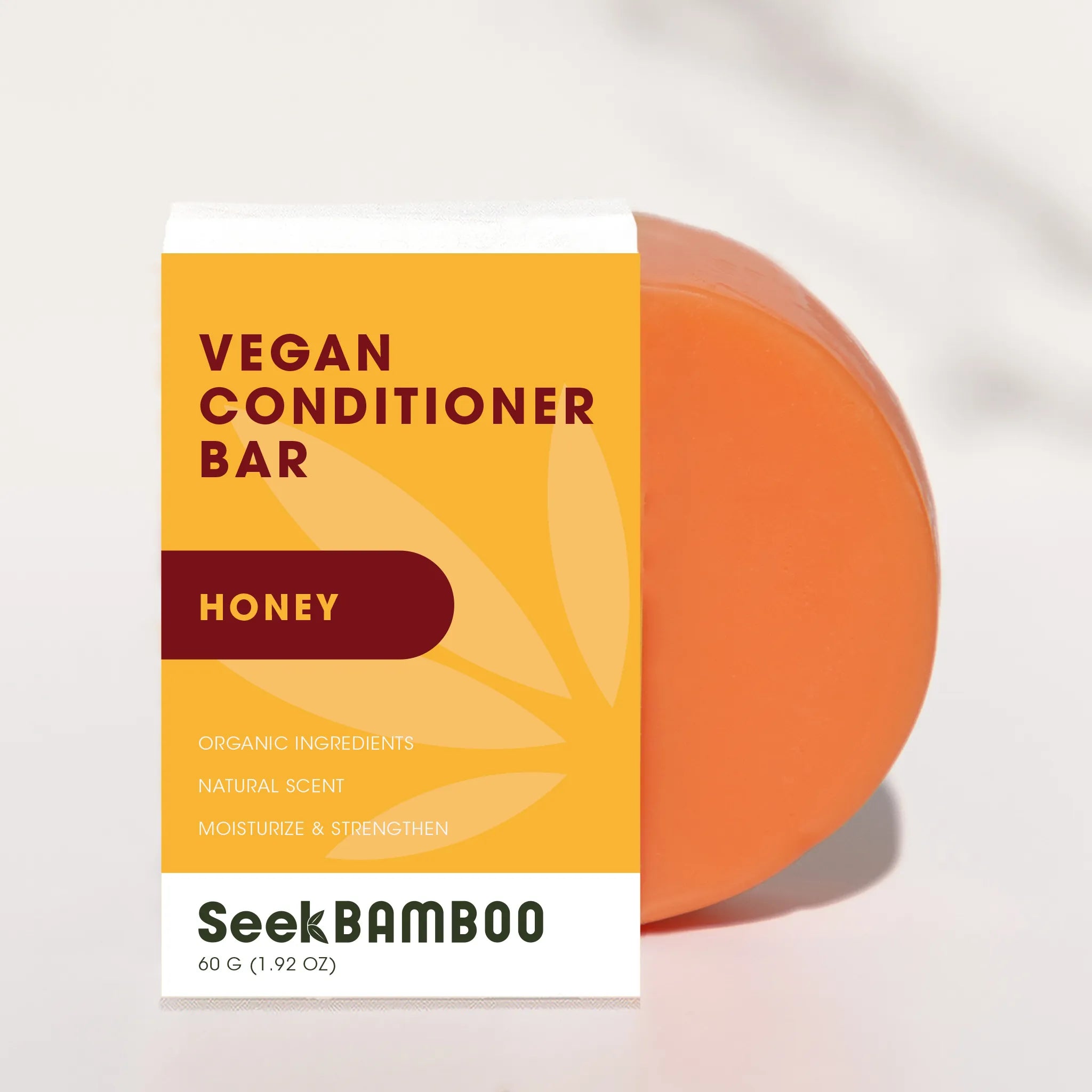
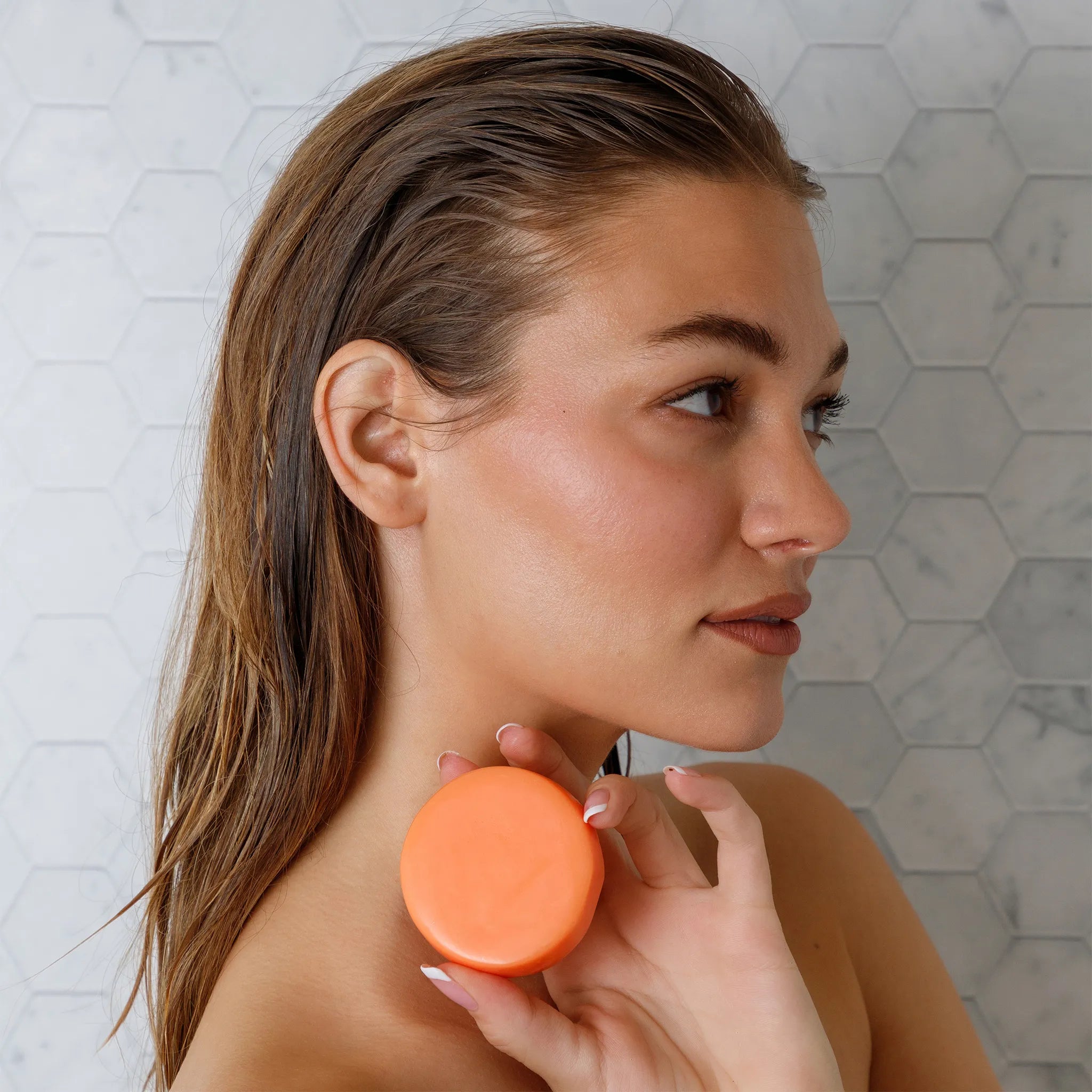
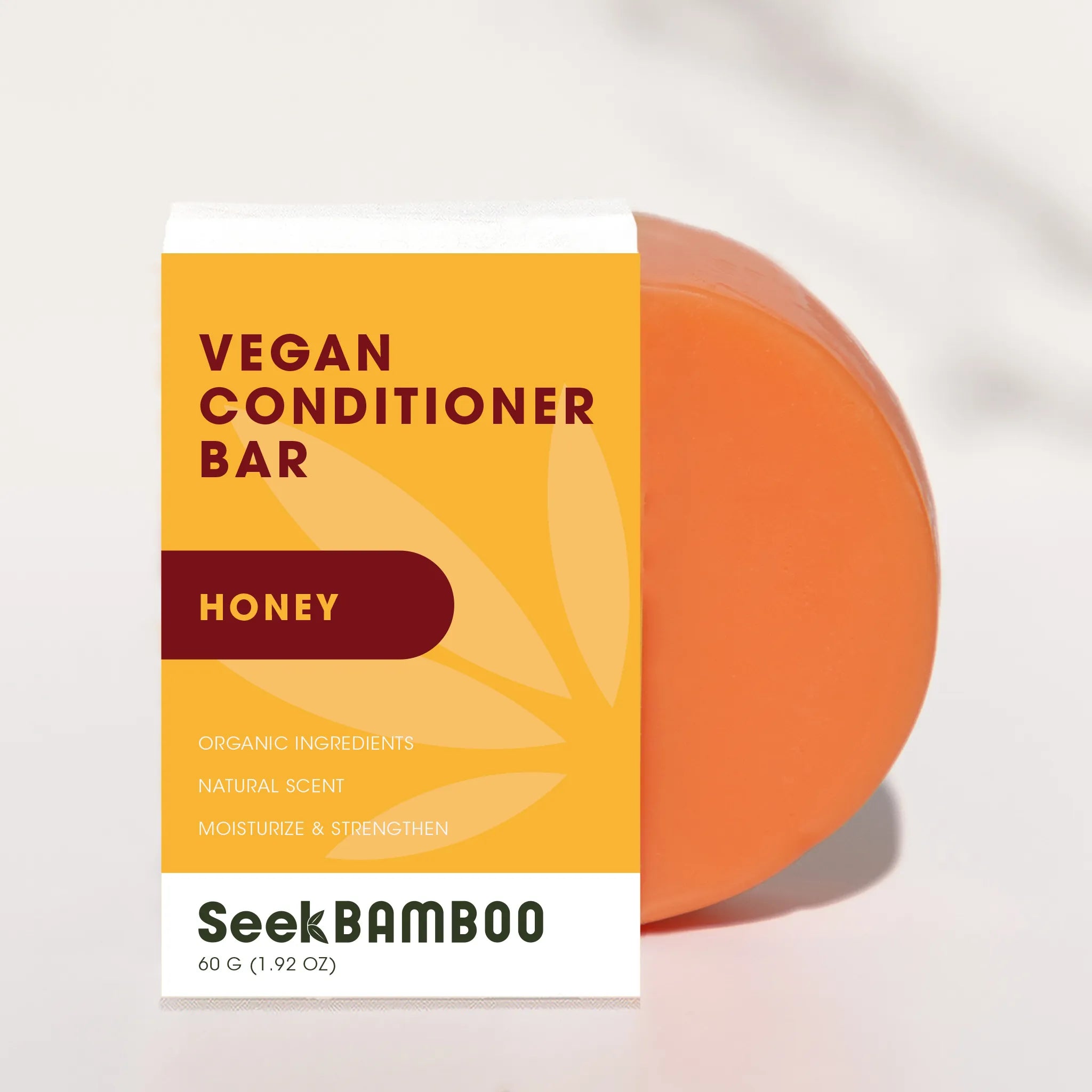
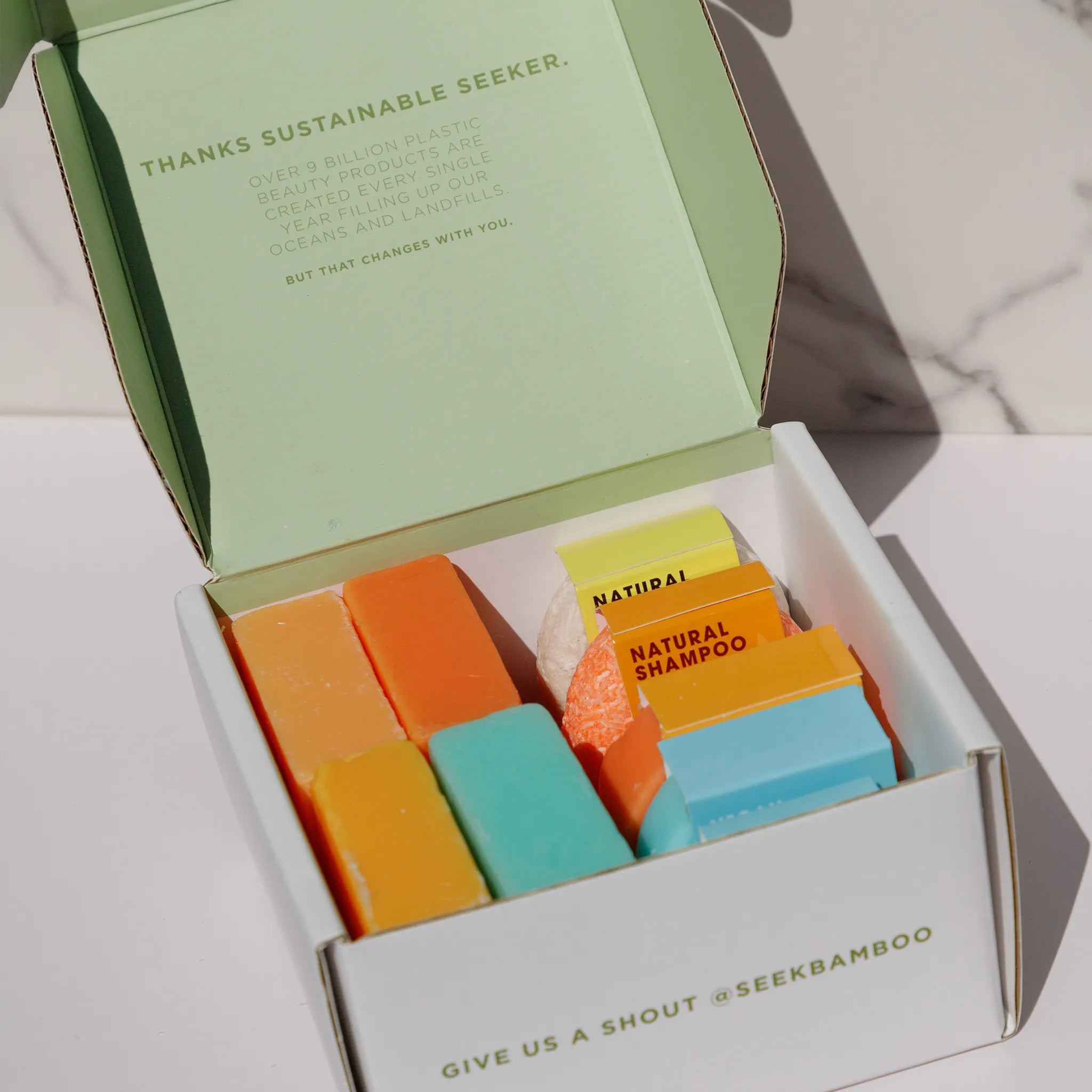
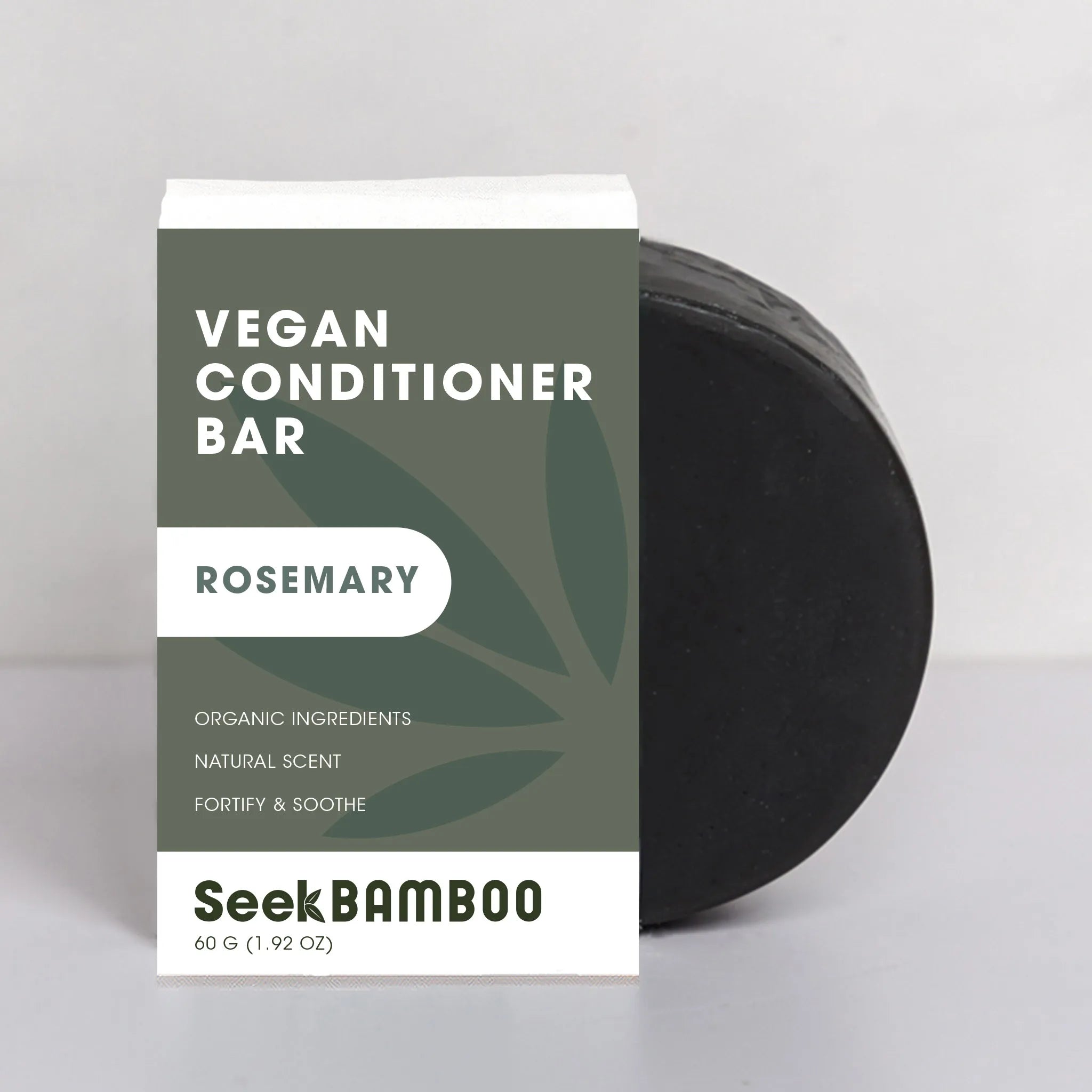
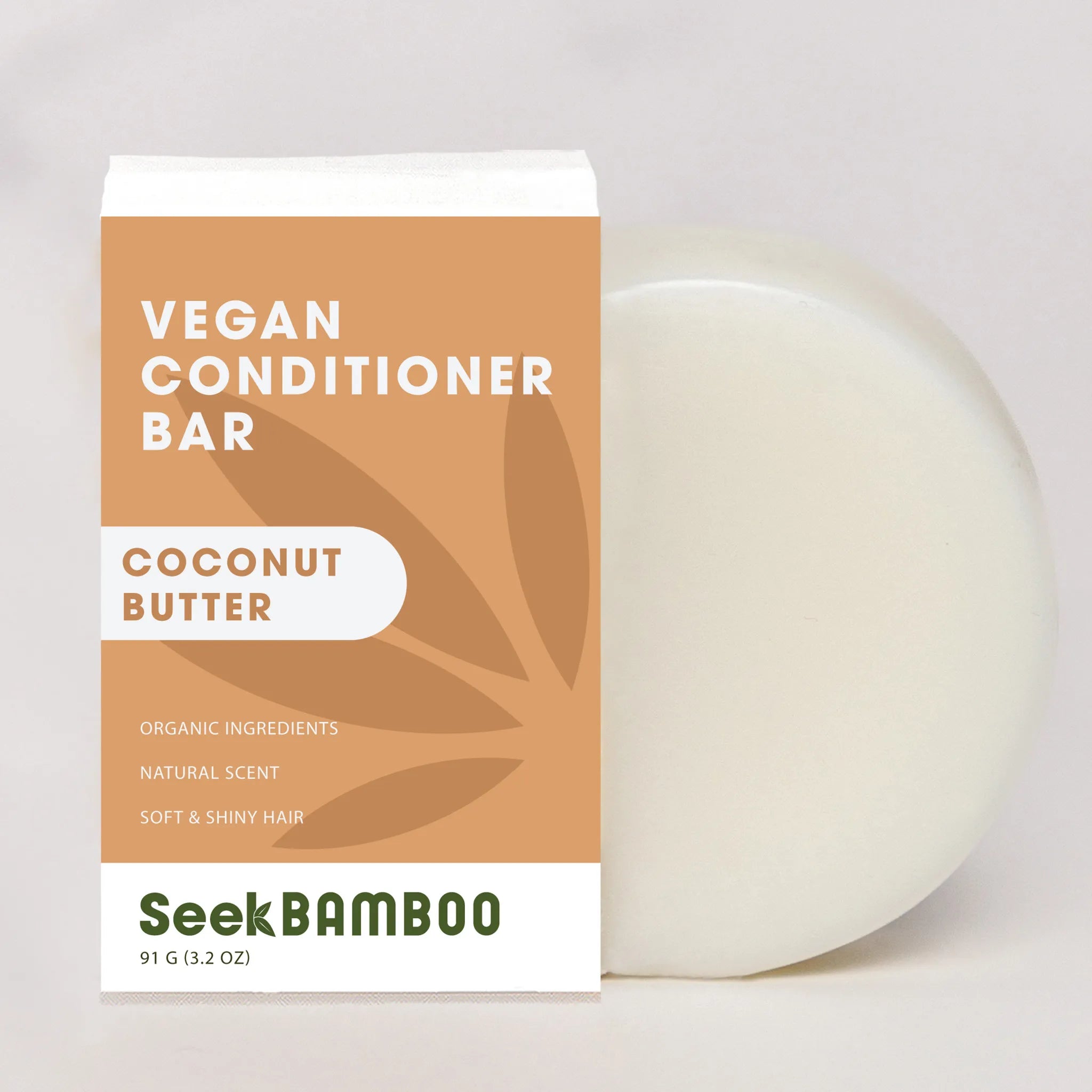
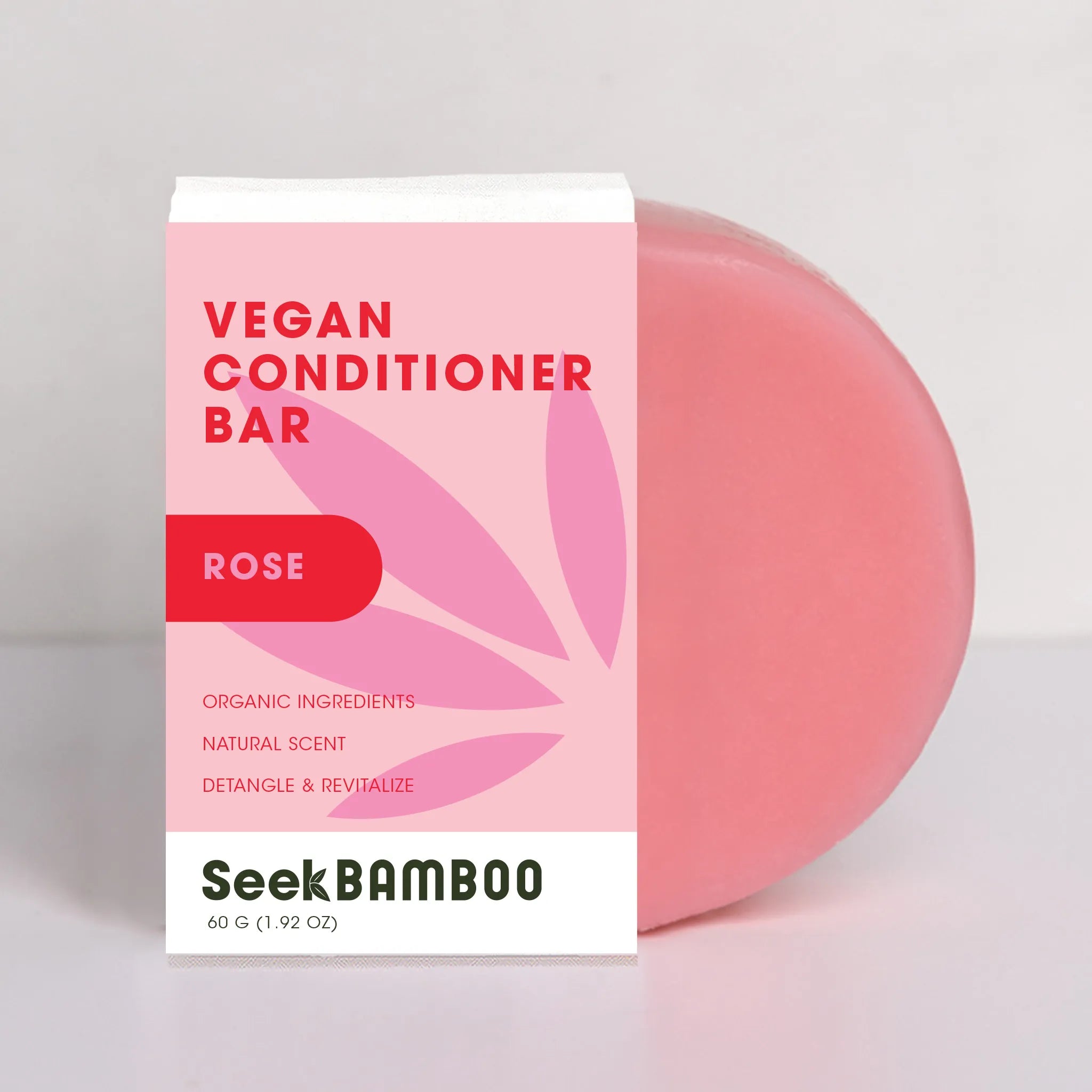
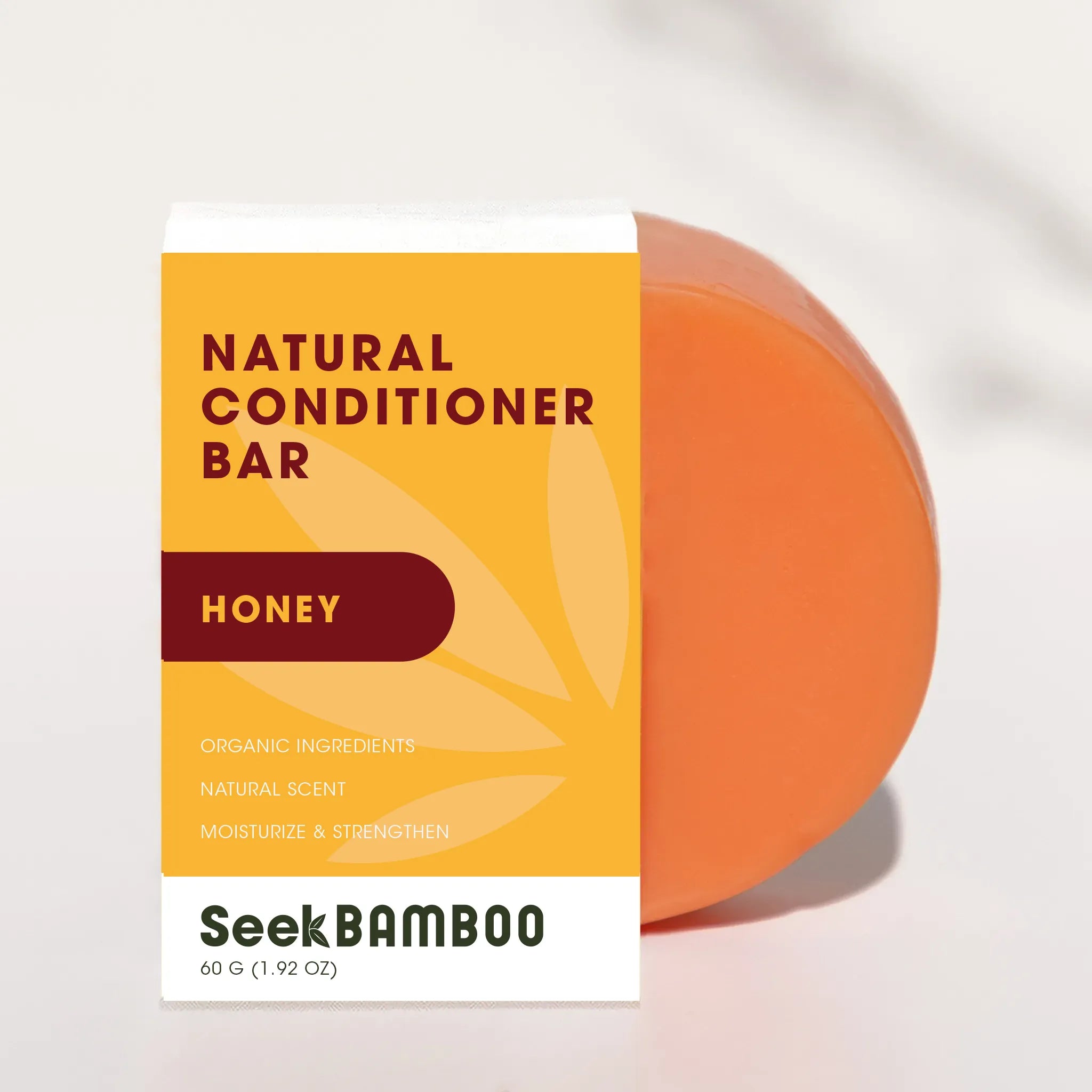
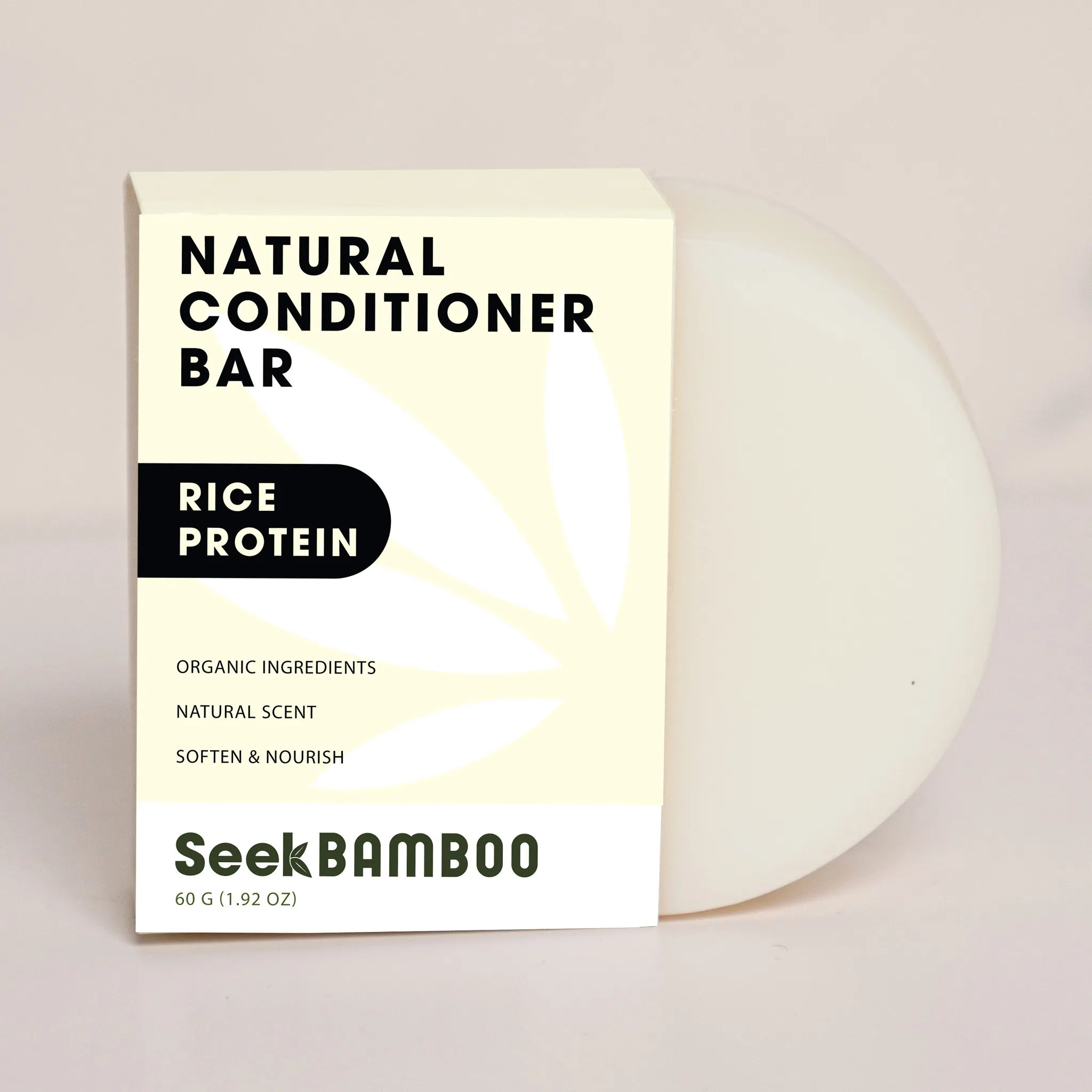
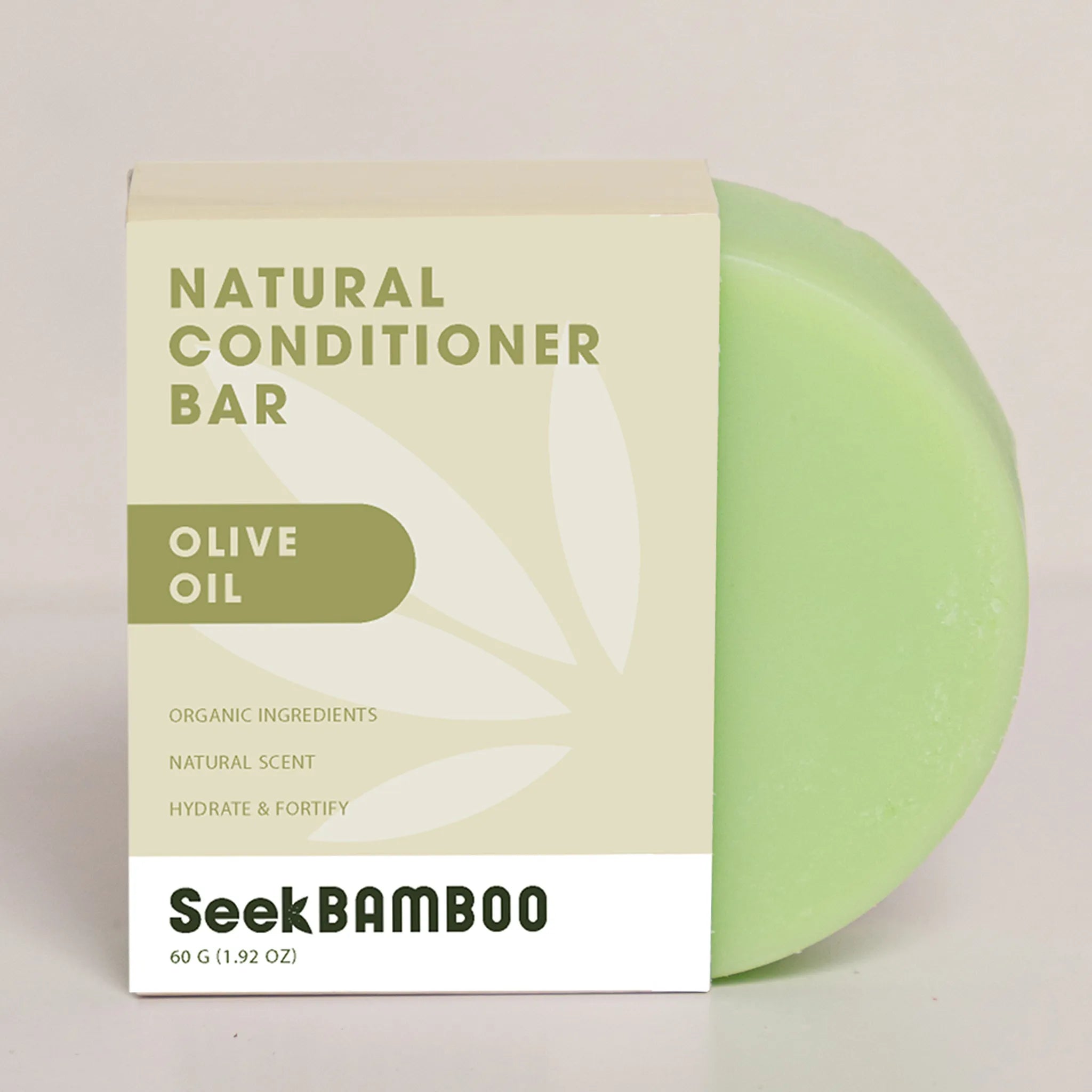
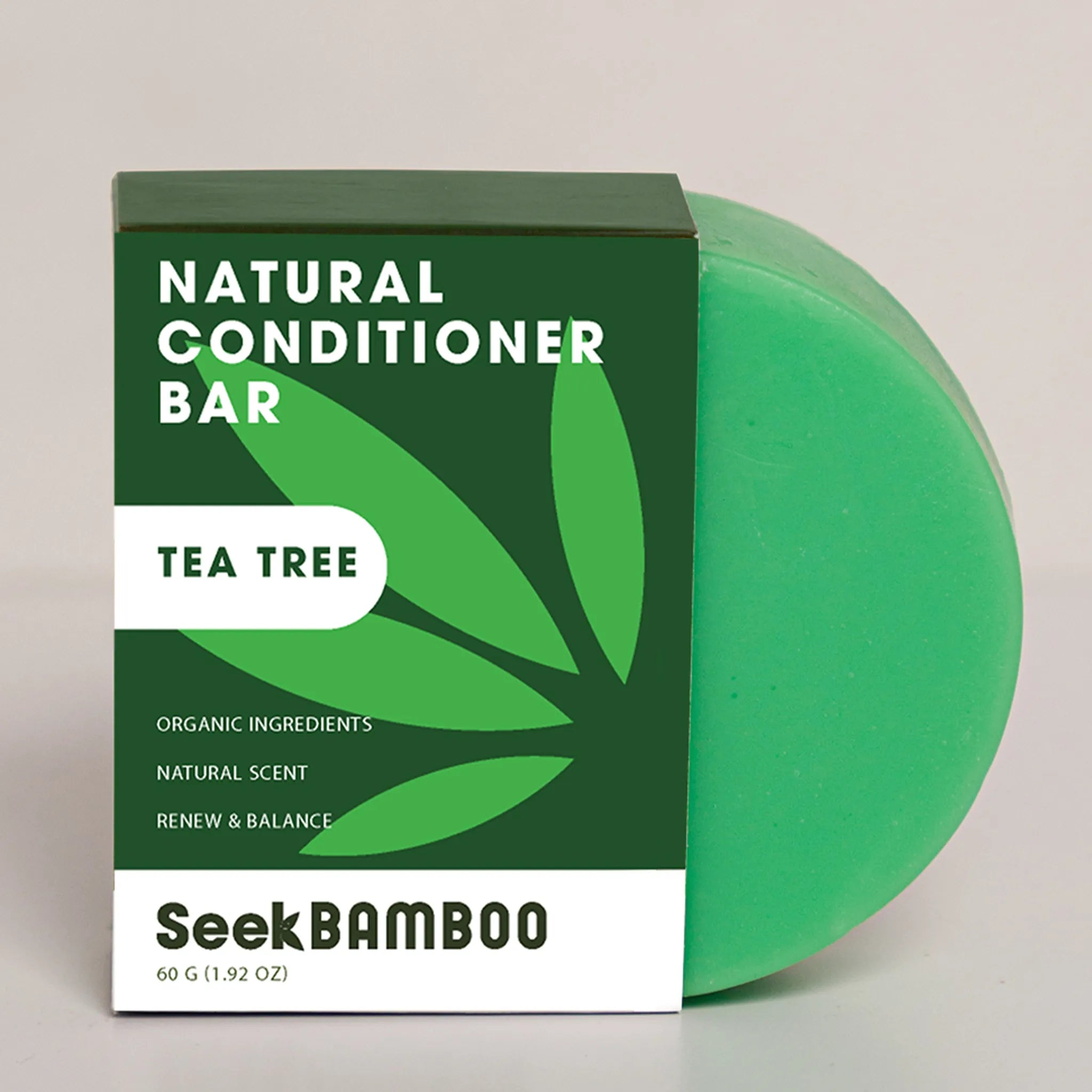
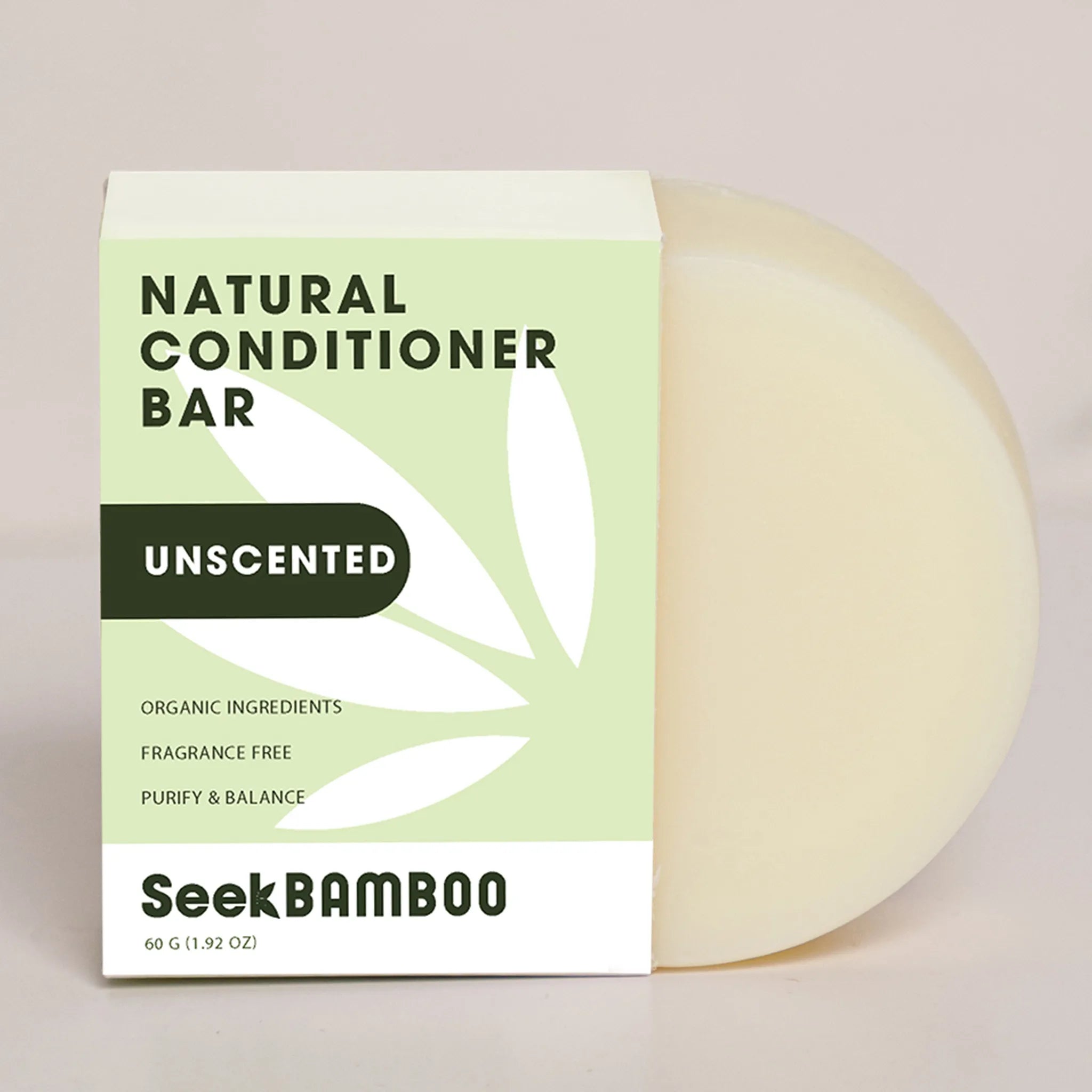
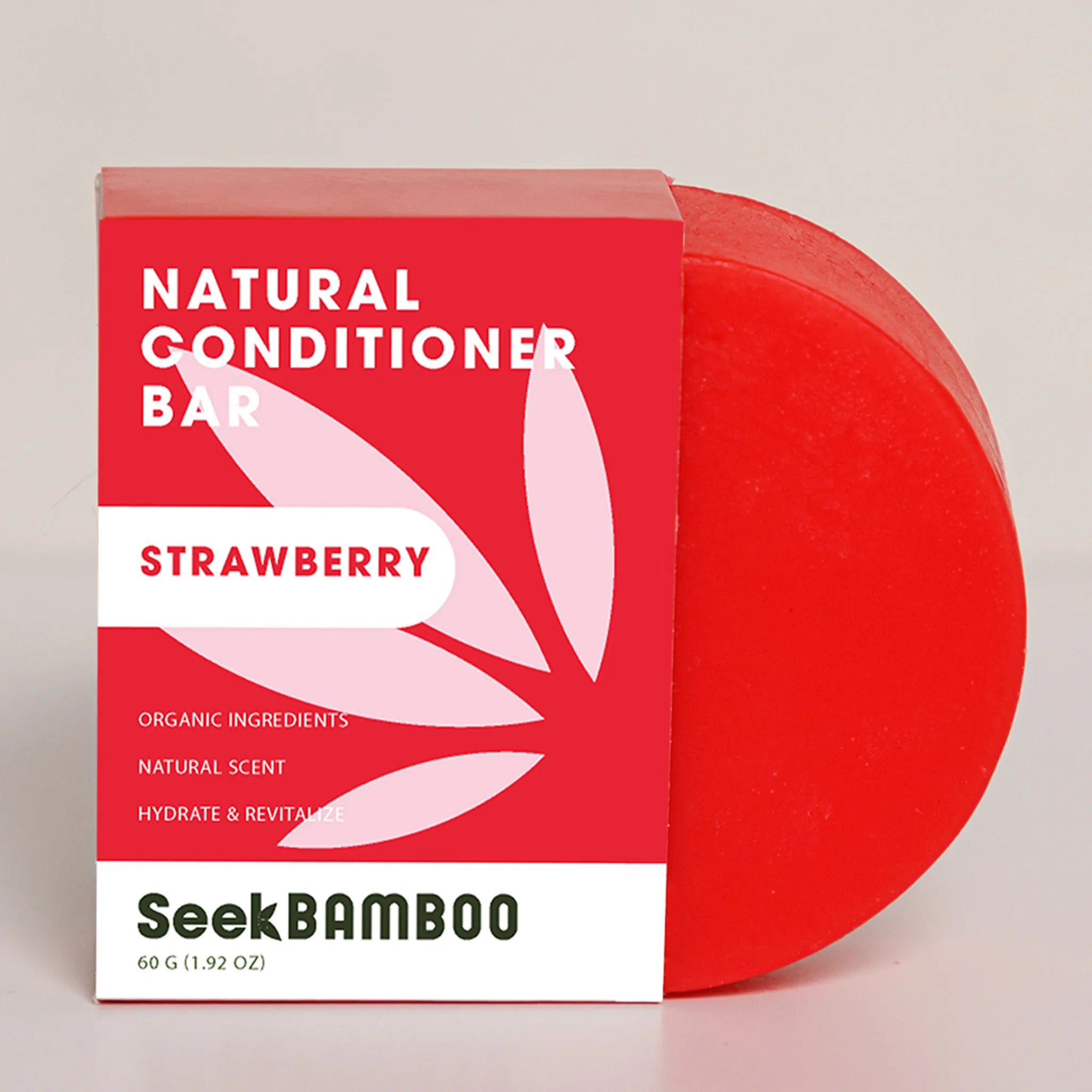
✓ Free of sulfates, palm oil, parabens, dyes, & synthetic fragrances
✓ Enriched with amino acids to nourish, detangle, and add lasting shine
✓ Infused with antioxidants & vitamins for healthier, smoother hair
✓ 70-90 uses, replacing up to 3 plastic bottles of conditioner
✓ Plastic-free & eco-friendly packaging, making it a sustainable choice for your hair & the planet
How Often Should You Condition Your Hair?
This is a common question with a not-so-simple answer. The frequency of conditioning depends on several factors, including your hair type, texture, length, and overall health. Additionally, lifestyle factors like how often you use heat styling tools, exposure to environmental elements, and even your diet can influence your conditioning needs.In the following sections, we'll delve into the specifics of how often you should condition your hair based on these various factors. From oily to dry hair, short to long locks, and everything in between, we'll provide tailored advice to help you determine the perfect conditioning routine for your unique hair type.Stay tuned as we explore the world of conditioning and help you achieve the best hair possible with our expert tips and recommendations.
Hair Types and Conditioning Frequency
Understanding your hair type is crucial in determining how often you should condition it. Different hair types have unique needs, and tailoring your conditioning routine can lead to healthier, more manageable hair. Here’s a breakdown of conditioning frequencies based on various hair types:
The Needs of Oily Hair
Oily hair tends to produce excess sebum, which can make your hair look greasy and weighed down. The key to managing oily hair is balancing moisture without adding extra oil.
Recommended Conditioning Frequency
1-2 Times a Week
If you have oily hair, it’s best to condition 1-2 times a week. Focus on the ends of your hair rather than the scalp to avoid adding extra oil. Use lightweight, oil-free conditioners that won’t weigh your hair down.
Oily Hair Conditioning Tips
- Avoid conditioning your scalp.
- Look for conditioners with clarifying properties to help balance oil production.
- Rinse thoroughly to ensure no residue is left behind
The Needs of Dry Hair
Dry hair lacks moisture and is often brittle and prone to breakage. Conditioning is essential to restore hydration and improve elasticity.
Recommended Conditioning Frequency
3-4 Times a Week or Even Daily:
For dry hair, frequent conditioning is beneficial. You might need to condition your hair 3-4 times a week if your hair is extremely dry. Opt for rich, moisturizing conditioners that contain ingredients like argan oil, shea butter, or coconut oil.
Dry Hair Conditioning Tips
- Consider using a deep conditioner or hair mask once a week for extra hydration.
- Apply conditioner from mid-lengths to ends, avoiding the scalp if it’s oily.
- Use leave-in conditioners to provide continuous moisture throughout the day.
Hair Conditioners
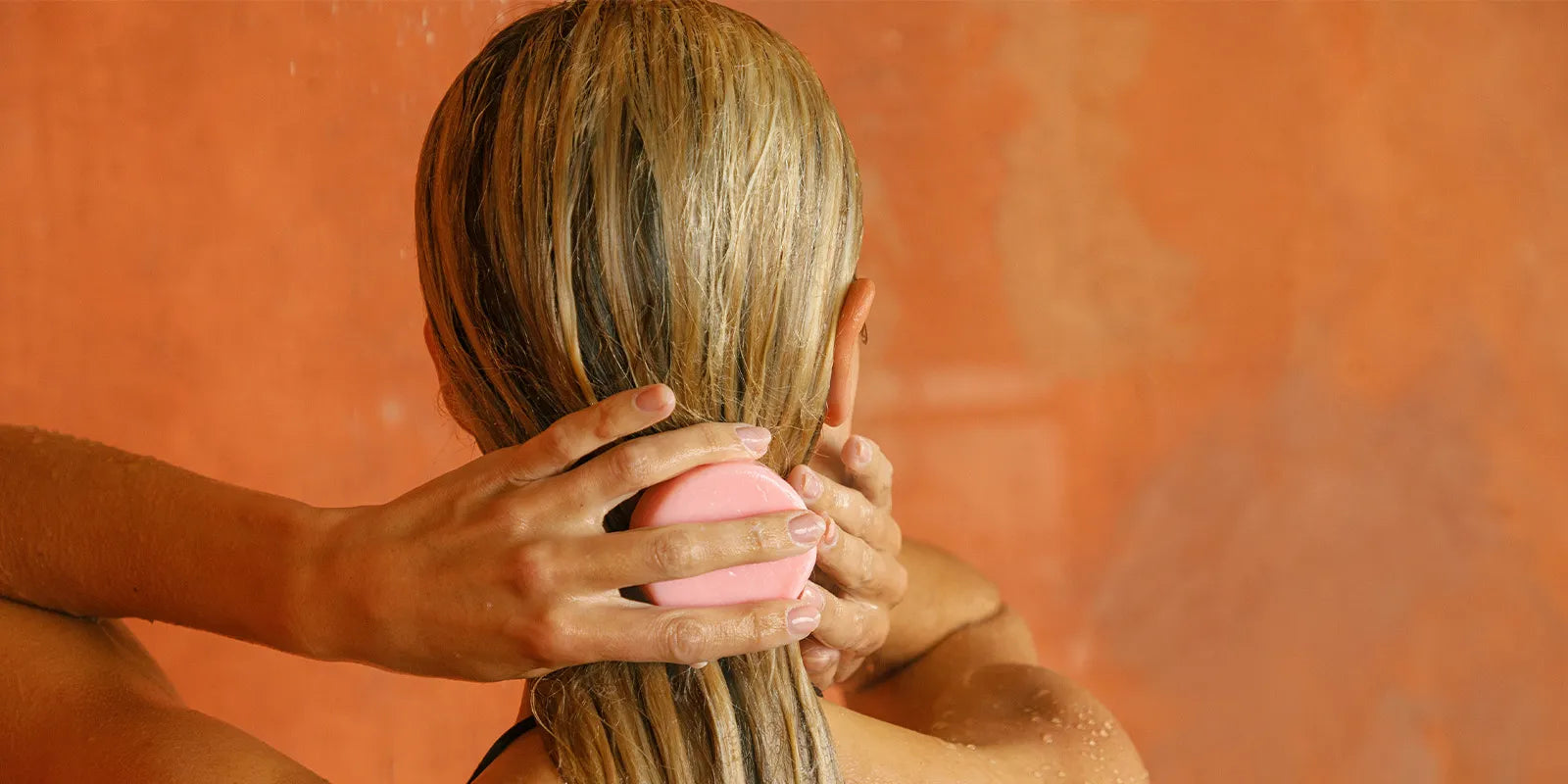
The Needs of Normal Hair
Normal hair strikes a balance between oily and dry, maintaining a healthy sheen and texture. However, it still needs regular conditioning to stay in top condition.
Recommended Conditioning Frequency
2-3 Times a Week
If you have normal hair, conditioning 2-3 times a week is typically sufficient. Choose a well-balanced conditioner that provides moisture without weighing your hair down.
Normal Hair Conditioning Tips
- Apply conditioner evenly from roots to ends.
- Use a lightweight conditioner to maintain the natural balance of your hair.
- Occasionally use a deep conditioner to keep your hair in optimal health.
The Needs of Combination Hair
Combination hair often has an oily scalp with dry ends, requiring a more nuanced approach to conditioning.
Recommended Conditioning Frequency
Focus on the Dry Parts
Condition your hair 2-3 times a week, concentrating on the dry ends rather than the oily scalp. Use different products for the scalp and ends if necessary.
Combination Hair Conditioning Tips
- Apply a lightweight conditioner to the mid-lengths and ends.
- Use a clarifying shampoo for the scalp and a moisturizing conditioner for the ends.
- Consider using leave-in conditioners or serums on the ends to provide extra moisture without adding oil to the scalp.
By understanding your hair type and adjusting your conditioning routine accordingly, you can ensure your hair stays healthy, manageable, and beautiful. In the next sections, we’ll delve into other factors that influence conditioning frequency, such as hair length, texture, and lifestyle habits. Stay tuned for more tips on achieving the perfect hair care routine!
Factors Influencing Conditioning Frequency
While your hair type plays a significant role in determining how often you should condition your hair, several other factors can also influence the ideal conditioning routine. These include hair length, texture, health, and lifestyle habits. Understanding these elements will help you tailor your conditioning routine to meet your specific needs.
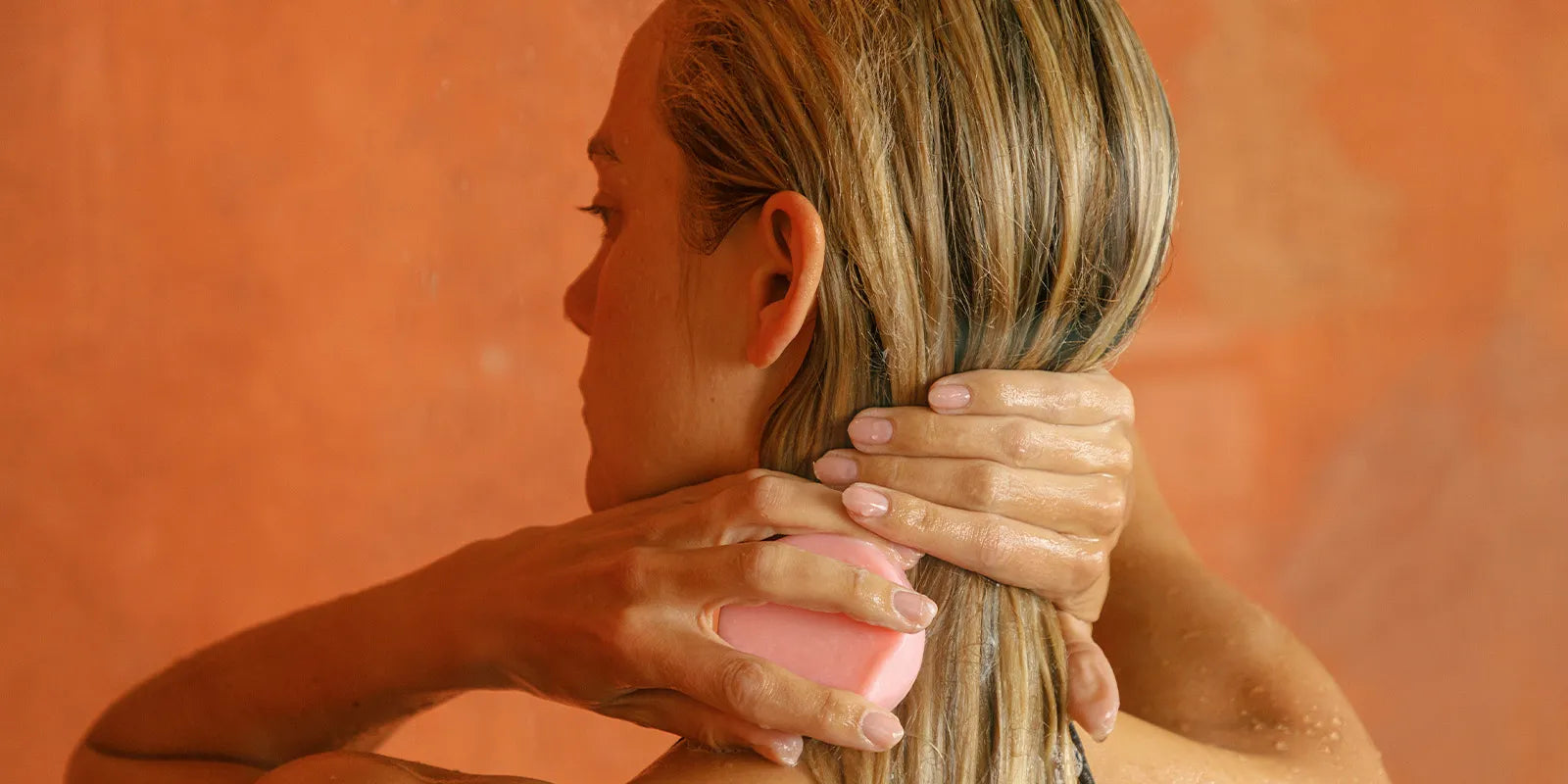
Hair Length
Conditioning Short Hair
Conditioning Needs
Short hair tends to be easier to manage and less prone to tangling and damage. It may not require as much conditioner as longer hair.
Recommended Routine
Condition 2-3 times a week. Focus on the ends to avoid weighing down the roots. A lightweight conditioner is often sufficient to keep short hair healthy and shiny.
Conditioning Long Hair
Conditioning Needs
Long hair, especially if it’s past the shoulders, is more susceptible to dryness, tangling, and split ends. The ends of long hair are older and more prone to damage, requiring more attention and moisture.
Recommended Routine
Condition every time you wash your hair, typically 3-4 times a week. Apply conditioner from mid-lengths to ends, ensuring the tips are well-coated. Consider using a deep conditioner or hair mask once a week for added moisture and repair.
Hair Texture
Conditioning Fine Hair
Conditioning Needs
Fine hair can easily become weighed down by heavy conditioners, leading to a limp and greasy appearance.
Recommended Routine
Condition 1-2 times a week. Use lightweight, volumizing conditioners that won’t weigh hair down. Apply conditioner mainly to the ends to avoid excess oil at the roots.
Conditioning Medium Hair
Conditioning Needs
Medium hair is versatile and can handle a variety of conditioning routines. It generally needs regular moisture to maintain its health and manageability.
Recommended Routine
Condition 2-3 times a week. Choose a balanced conditioner that provides hydration without being too heavy or too light.
Conditioning Thick Hair
Conditioning Needs
Thick hair often requires more moisture to combat dryness and frizz. It can handle richer conditioners without becoming weighed down.
Recommended Routine
Condition 3-4 times a week. Use moisturizing and smoothing conditioners to keep thick hair hydrated and manageable. Consider leave-in conditioners or serums for added moisture and frizz control.
Conditioning Damaged Hair
Conditioning Needs
Hair that is damaged from heat styling, coloring, or chemical treatments requires intensive care and hydration to restore its health and strength.
Recommended Routine
Condition every time you wash your hair, and use a deep conditioner or hair mask at least once a week. Look for conditioners with repairing ingredients like keratin, argan oil, or shea butter to help rebuild and nourish damaged strands.
Conditioning Healthy Hair
Healthy hair needs regular conditioning to maintain its natural moisture balance and protect against future damage.
Recommended Routine
Condition 2-3 times a week. Use a conditioner that matches your hair type and texture to keep it in optimal condition.
Lifestyle Factors
Swimming
Impact
Chlorine and salt water can strip hair of its natural oils, leaving it dry and brittle. Frequent swimmers need to pay extra attention to their conditioning routine to prevent damage.
Recommended Routine
Condition every time you wash your hair, and use a deep conditioner or hair mask once a week. Consider using a leave-in conditioner or protective spray before swimming to create a barrier against chlorine and salt.
Gym Workouts
Impact
Regular workouts can lead to increased sweating, which may necessitate more frequent washing and conditioning to keep hair clean and fresh.
Recommended Routine
Condition every time you wash your hair, typically 3-4 times a week, depending on your workout intensity. Focus on lightweight conditioners if you wash your hair daily to avoid buildup.
Environmental Exposure
Impact
Exposure to sun, wind, pollution, and varying weather conditions can affect your hair’s moisture levels and overall health. Protecting and conditioning your hair is crucial to combat environmental stressors.
Recommended Routine
Condition 2-3 times a week. Use products with UV protection and moisturizing ingredients to shield your hair from environmental damage. Deep conditioning treatments can also help repair and rejuvenate hair exposed to harsh conditions.
Diet and Nutrition
Impact
A balanced diet rich in vitamins and minerals plays a vital role in hair health. Nutrient deficiencies can lead to dry, brittle hair that requires more intensive conditioning.
Recommended Routine
- Maintain a healthy diet and condition your hair according to its specific needs. If your hair is dry or damaged, consider conditioning more frequently and using nourishing hair masks.
By taking into account these factors—hair length, texture, health, and lifestyle—you can develop a conditioning routine that keeps your hair looking its best. In the next sections, we'll explore different types of conditioners and how to use them effectively to achieve optimal results. Stay tuned for more expert tips on perfecting your hair care regimen!
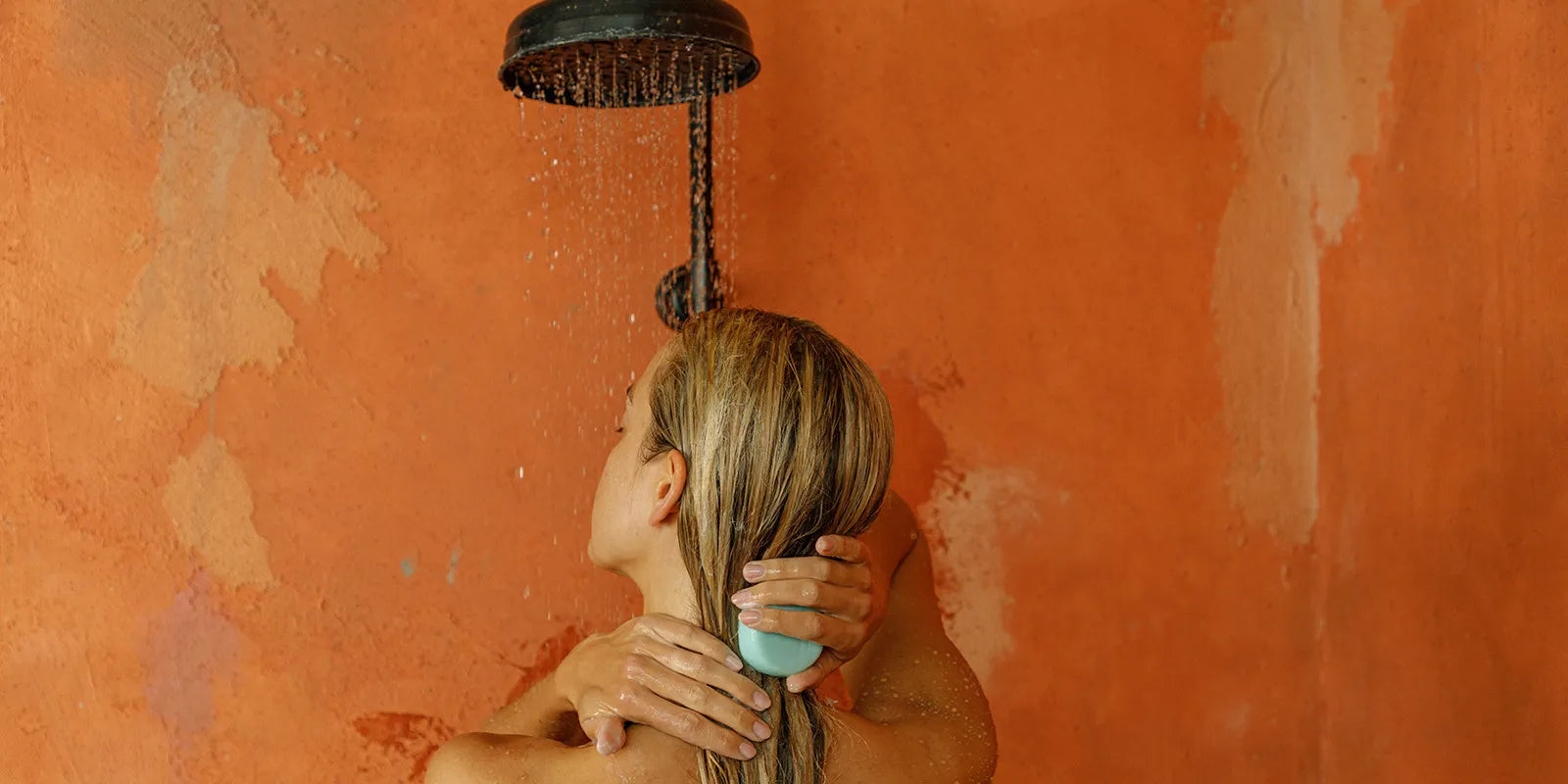
Different Types of Conditioners
Conditioners come in various forms, each designed to meet specific needs and provide different levels of care for your hair. Understanding the differences between these types of conditioners and knowing how to use them effectively can significantly improve your hair care routine. Here’s a detailed look at rinse-out conditioners, leave-in conditioners, and deep conditioners/hair masks.
Rinse-Out Conditioners
Standard Usage and Timing
Rinse-out conditioners are the most common type of conditioner. They are typically applied after shampooing and are meant to be left in the hair for a few minutes before rinsing out.
How to Use
- Application: After shampooing, apply the conditioner to your hair, focusing on the mid-lengths and ends. Avoid the roots if you have an oily scalp.
- Timing: Leave the conditioner in for 2-3 minutes to allow it to penetrate the hair shaft and provide necessary moisture.
- Rinsing: Rinse thoroughly with lukewarm water to ensure all the product is washed out, preventing buildup and leaving your hair soft and manageable.
Benefits
- Provides immediate moisture and detangling.
- Smooths the hair cuticle, reducing frizz.
- Makes hair easier to comb and style.
Leave-In Conditioners
Benefits and How Often to Use Them
Leave-in conditioners are designed to be applied to damp hair and left in without rinsing. They provide ongoing hydration and protection throughout the day.
How to Use
- Application: After washing and towel-drying your hair, apply a small amount of leave-in conditioner evenly from mid-lengths to ends. Comb through to distribute the product.
- Frequency: Use leave-in conditioners as needed, typically after every wash or whenever your hair feels dry or needs extra protection. They are particularly beneficial for curly, dry, or damaged hair.
Benefits
- Provides continuous moisture and detangling throughout the day.
- Protects hair from environmental damage and heat styling.
- Enhances manageability and reduces frizz.
- Can be used to refresh hair between washes.
Deep Conditioners and Hair Masks
When to Incorporate Them into Your Routine
Deep conditioners and hair masks are intensive treatments designed to provide a higher level of hydration and repair. They are typically used less frequently than regular conditioners but offer deeper nourishment.
How to Use
- Application: Apply the deep conditioner or hair mask to clean, damp hair, focusing on the mid-lengths and ends. For extremely dry or damaged hair, you can also apply it to the roots.
- Timing: Leave the product in for 10-30 minutes, depending on the product instructions and your hair’s needs. Some masks may even be left in overnight for maximum benefit.
- Rinsing: Rinse thoroughly with lukewarm water to remove all residue and reveal deeply nourished hair.
Benefits
- Provides intense hydration and repair for dry, damaged, or chemically treated hair.
- Strengthens hair, reducing breakage and split ends.
- Improves elasticity and overall hair health.
- Adds shine and softness, making hair look and feel healthier.
When to Use
- Weekly: For most hair types, incorporating a deep conditioner or hair mask into your routine once a week is sufficient.
- Bi-Weekly: If your hair is extremely dry or damaged, you might benefit from using these treatments twice a week.
- Monthly: For normal or healthy hair, using a deep conditioner or hair mask once a month can help maintain optimal hair health without over-conditioning.
By understanding and utilizing the different types of conditioners, you can tailor your hair care routine to meet your specific needs and achieve the best possible results. In the following sections, we’ll discuss how to recognize the signs that you need to adjust your conditioning routine and provide product recommendations to help you find the perfect conditioner bars for your hair type. Stay tuned for more expert advice on achieving healthy, beautiful hair!
Signs You Need to Adjust Your Conditioning Routine
Finding the right conditioning routine can be a game-changer for your hair's health and appearance. However, it's essential to recognize when your current routine needs adjustment. Here are some signs that you may be over-conditioning or under-conditioning your hair, as well as how to adapt your routine based on seasonal changes.
Over-Conditioning
Signs of Over-Conditioning
Limp or Greasy Hair
If your hair feels heavy, limp, or looks greasy shortly after washing, it might be a sign that you're over-conditioning. This can happen when your hair is weighed down by too much product or excessive moisture.
Lack of Volume
Over-conditioned hair often lacks volume and body, making it difficult to style and leaving it looking flat.
Product Buildup
If you notice a waxy or sticky residue on your hair, this could indicate product buildup from too much conditioner.
How to Adjust
Reduce Frequency
Try conditioning your hair less frequently. If you currently condition every day, switch to every other day or a few times a week.
Use Less Product
Apply a smaller amount of conditioner and focus on the mid-lengths and ends rather than the roots.
Clarifying Shampoo
Incorporate a clarifying shampoo into your routine once a week to remove buildup and refresh your hair.
Under-Conditioning
Signs of Under-Conditioning
Dry Hair
If your hair feels dry, rough, or straw-like, it’s likely that it’s not getting enough moisture.
Frizz
Excessive frizz and flyaways can indicate that your hair lacks the necessary hydration and smoothing from conditioner.
Brittle Hair
Hair that breaks easily or has a lot of split ends may be under-conditioned, as it lacks the strength and elasticity provided by proper conditioning.
How to Adjust:
Increase Frequency
Condition your hair more often. If you currently condition once a week, try conditioning every time you wash your hair.
Deep Conditioning
Incorporate a deep conditioner or hair mask into your routine once a week to provide intense hydration and repair.
Leave-In Conditioner
Use a leave-in conditioner to provide continuous moisture and protection throughout the day.
How Changing Weather Can Affect Your Conditioning Needs
Winter Conditioning
Cold weather and indoor heating can strip your hair of moisture, leading to dryness and static. During winter, you may need to condition more frequently and use richer, more hydrating products.
Conditioning Tips
Increase your use of deep conditioners and hair masks. Consider using leave-in conditioners to combat dryness.
Summer Conditioning
Heat, humidity, and exposure to sun and chlorine can affect your hair differently. You might find your hair becomes oilier in the summer, or it may get dried out from the sun and swimming.
Conditioning Tips
Use lightweight conditioners if your hair tends to get oily in the summer. For those spending a lot of time in the sun or swimming, incorporate protective leave-in treatments and deep conditioners to repair and hydrate your hair.
Spring and Fall Conditioning
Transitional seasons can bring varying weather conditions that impact your hair's moisture balance.
Conditioning Tips
Adjust your routine as needed based on the specific weather conditions. You might need to switch between lightweight and more hydrating products to keep your hair balanced.
By paying attention to these signs and adjusting your conditioning routine accordingly, you can ensure your hair remains healthy, manageable, and beautiful year-round. In the next section, we'll provide some product recommendations to help you find the perfect conditioner bars for your hair type and needs. Stay tuned for more expert tips and advice!
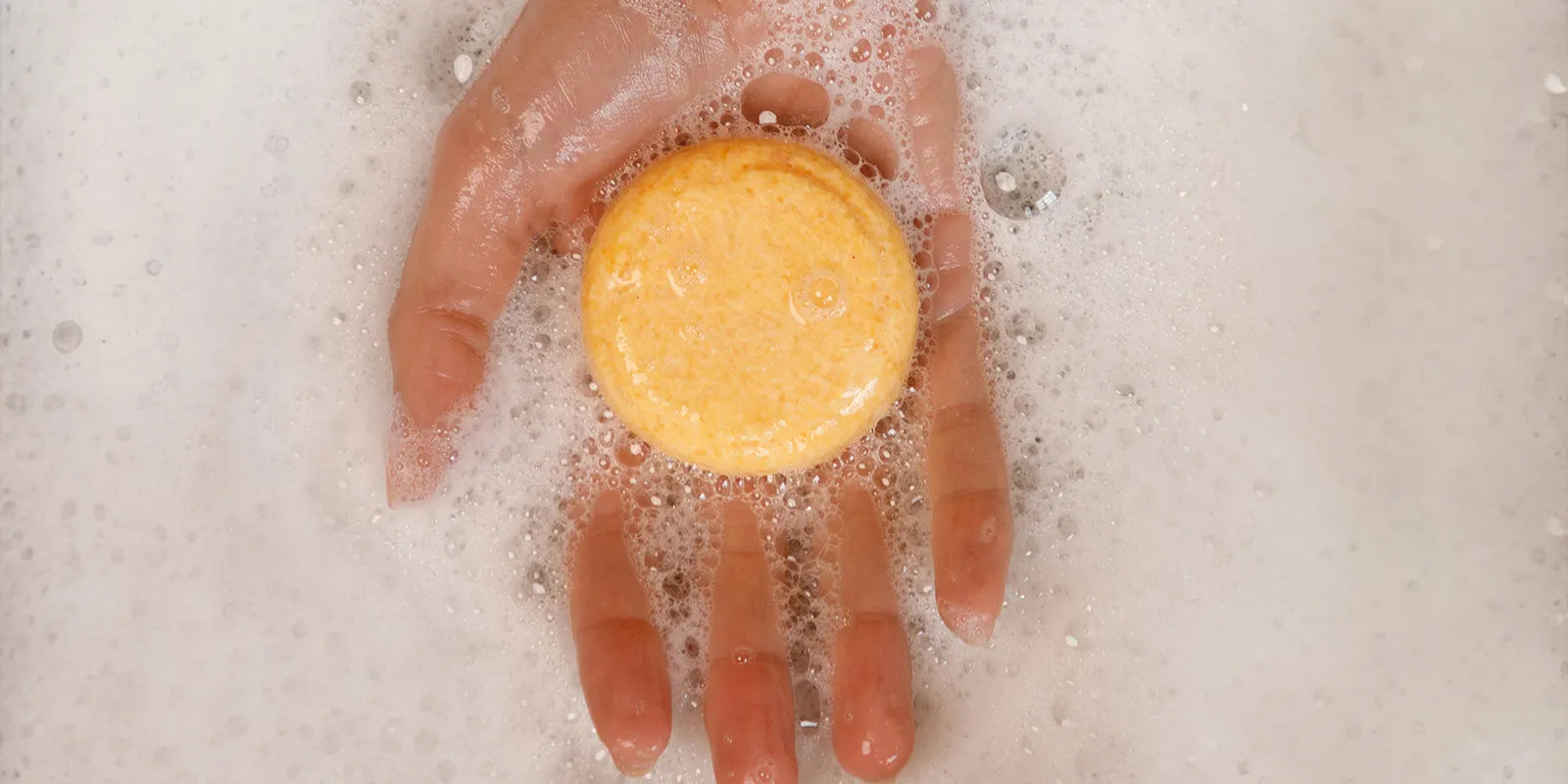
How to Properly Condition Your Hair
Properly conditioning your hair is key to reaping the maximum benefits from your conditioner. It’s not just about using the right product but also about applying it correctly, leaving it in for the right amount of time, and ensuring it's thoroughly rinsed out. Here's a detailed guide on how to condition your hair effectively.
Tips for Applying Conditioner Effectively
Start with Clean, Wet Hair
After shampooing, rinse your hair thoroughly to ensure it’s clean and wet. Squeeze out excess water to avoid diluting the conditioner.
Use the Right Amount
Depending on your hair length and thickness, use an appropriate amount of conditioner. For short hair, a dime-sized amount may be sufficient. For medium to long hair, use a quarter-sized amount or more.
Focus on Mid-Lengths and Ends
Apply conditioner from the mid-lengths to the ends of your hair, where it tends to be drier and more prone to damage. Avoid applying conditioner directly to your scalp, especially if you have oily hair.
Distribute Evenly
Use a wide-tooth comb or your fingers to distribute the conditioner evenly through your hair. This helps ensure that every strand gets coated and detangled.
How Long to Leave the Conditioner in for Optimal Results
Regular Conditioner
Leave regular rinse-out conditioner in your hair for 2-3 minutes. This allows the product to penetrate the hair shaft and provide the necessary moisture and nutrients.
Deep Conditioner or Hair Mask
For deep conditioners and hair masks, leave the product in for 10-30 minutes, depending on the product instructions and your hair’s needs. This longer duration provides a more intense treatment, offering deeper hydration and repair.
Leave-In Conditioner
Leave-in conditioners are designed to stay in your hair without rinsing. Apply them to towel-dried hair and leave them in to provide ongoing moisture, protection, and manageability throughout the day.
Importance of Thorough Rinsing to Avoid Buildup
Rinse Thoroughly
Ensure you rinse out the conditioner thoroughly with lukewarm water. Any residue left in your hair can lead to buildup, making your hair feel heavy, greasy, and difficult to style.
Final Rinse
For an extra shine boost, finish with a cool water rinse. Cool water helps to seal the hair cuticle, adding shine and reducing frizz.
Check for Residue
Run your fingers through your hair to ensure no conditioner remains. If your hair feels slick or coated, continue rinsing until it feels clean and smooth.
By following these tips, you can maximize the benefits of your conditioner, ensuring your hair stays healthy, hydrated, and manageable. In the next section, we’ll explore product recommendations to help you choose the perfect conditioner bars for your specific hair type and needs. Stay tuned for more expert advice and product insights!
Conditioner Bar Reccomendations
Choosing the right conditioner bar can make a significant difference in your hair care routine. Our range of conditioner bars is crafted with natural ingredients designed to cater to various hair types and needs. Here are some of our top recommendations to help you find the perfect match for your hair.
Shampoo and Conditioner Sets
What Is A Conditioner Bar?
A conditioner bar is a solid, eco-friendly alternative to liquid conditioners. These compact bars are packed with moisturizing ingredients, just like traditional conditioners, but without the need for plastic bottles or synthetic additives. Instead of a liquid formula, conditioner bars come in solid form, making them not only environmentally friendly but also convenient and long-lasting.Despite its solid nature, a conditioner bar is formulated to melt slightly upon contact with water and body heat. When rubbed between your hands or directly onto your wet hair, the bar releases nourishing ingredients that coat the strands, making them softer, more manageable, and hydrated. This process leaves behind no heavy residue, meaning you get all the benefits of conditioning without weighing your hair down.
Benefits of Using a Conditioner Bar
Conditioner bars offer multiple advantages over traditional bottled conditioners
Eco-Friendly: One of the standout features of conditioner bars is their zero-waste nature. By eliminating plastic packaging, you're helping to reduce plastic waste in landfills and oceans.
Travel-Friendly: Solid bars are ideal for travel. They take up less space, can’t spill in your bag, and are TSA-friendly since they aren’t a liquid.
Long-Lasting: A single conditioner bar can last up to 2-3 times longer than a standard bottle of conditioner. With proper storage (away from direct water streams), a bar can go a long way, making it a great cost-effective option.
Gentle on Hair: Free from harsh sulfates, parabens, and silicones, conditioner bars gently nourish your hair without stripping it of its natural oils, leading to healthier, shinier strands over time.
The Perfect Conditioning Routine
Incorporating the right conditioning routine into your hair care regimen is crucial for maintaining healthy, vibrant hair. Whether you have straight, wavy, curly, or coily hair, adjusting how often you condition based on your hair type and lifestyle can lead to long-lasting results. Regular conditioning helps lock in moisture, reduce breakage, and improve overall manageability, making it an essential step for anyone striving for beautiful, nourished locks.
For those looking to reduce their environmental footprint while giving their hair the care it deserves, eco-friendly conditioner bars offer the perfect solution. By switching to a conditioner bar, you not only treat your hair with natural, high-quality ingredients but also contribute to a more sustainable, plastic-free future.
Experiment with your routine and see what works best for your unique hair needs. Remember, healthy hair starts with the right care—and a conditioner bar might just be the game-changer you've been looking for.
FAQ About How Often To Condition Hair
Unlock the Secrets to Perfect Hair Conditioning
How long should I leave conditioner in my hair?
The time you should leave conditioner in your hair depends on the type of conditioner you’re using and your hair’s specific needs. For regular conditioners, leaving them in for 2-3 minutes is usually sufficient to detangle and soften your hair.
Is it okay to leave conditioner in my hair overnight?
While some deep conditioners and treatments are formulated to be left in overnight, most regular conditioners are not. Leaving regular conditioner in your hair overnight can lead to product buildup and may not provide additional benefits. Always follow the instructions on your conditioner’s packaging. If you want to do an overnight treatment, look for products specifically designed for that purpose.
How often should I use a deep conditioner?
Deep conditioning treatments should be used once a week for most hair types. If your hair is particularly dry or damaged, you can use a deep conditioner more frequently, up to twice a week. Be sure to adjust based on how your hair responds to avoid over-conditioning, which can make hair feel heavy or greasy.
Can I use a leave-in conditioner instead of a rinse-out conditioner?
Yes, leave-in conditioners can be used instead of or in addition to rinse-out conditioners, depending on your hair’s needs. Leave-in conditioners are designed to be applied to towel-dried hair and left in without rinsing. They help to provide ongoing moisture, detangling, and protection throughout the day. They are especially beneficial for curly, dry, or damaged hair.
Does the type of hair (oily, dry, normal) affect how long I should condition?
Yes, your hair type can influence how long you should condition your hair. For oily hair, a shorter conditioning time (1-2 minutes) is often sufficient to avoid weighing down the hair. For dry or damaged hair, a longer conditioning time (3-5 minutes for regular conditioner or 10-30 minutes for deep conditioner) can provide the necessary moisture and repair.
Should I condition my hair every time I wash it?
It is generally recommended to condition your hair every time you wash it to maintain moisture balance and manageability. However, if you have fine or oily hair, you might want to focus the conditioner only on the mid-lengths and ends to avoid weighing down the roots. Adjust the frequency based on your hair’s response and specific needs.
Can I over-condition my hair?
Yes, over-conditioning can occur if you use too much conditioner or leave it in for too long. This can lead to hair that feels heavy, greasy, or lacks volume. To avoid over-conditioning, follow the recommended usage instructions for your conditioner and adjust based on how your hair feels and responds.
What happens if I don’t rinse out my conditioner properly?
If you don’t rinse out your conditioner thoroughly, it can lead to product buildup on your scalp and hair. This buildup can make your hair look greasy, dull, and heavy. It can also lead to scalp irritation or clogged hair follicles. Always ensure you rinse out the conditioner completely unless it’s a leave-in product.
Can I use conditioner on my scalp?
Applying conditioner to your scalp is usually not necessary and can sometimes lead to excess oil production or buildup, especially if you have an oily scalp. Focus the conditioner on the mid-lengths and ends of your hair, where it is most needed. However, if you have a dry scalp, you can use a small amount of conditioner on your scalp to provide moisture and relieve dryness.
How do I know if my conditioner is working?
You’ll know your conditioner is working if your hair feels soft, smooth, and manageable after use. Additionally, your hair should be easier to detangle and have a healthy shine. If you notice improvements in the overall health and appearance of your hair over time, that’s a good sign that your conditioner is effective. If not, you might need to try a different type of conditioner or adjust your conditioning routine.
Should You Condition Your Hair Everyday?
Conditioning your hair every day is generally not necessary for most hair types. Daily conditioning can lead to product buildup and make your hair feel greasy or weighed down. However, if you have very dry or damaged hair, you may benefit from using a lightweight, hydrating conditioner more frequently.
For optimal results, aim to condition your hair 2-3 times a week, focusing on the mid-lengths and ends where hair tends to be drier. Consider your hair type, texture, and specific needs to determine the best conditioning routine for you.
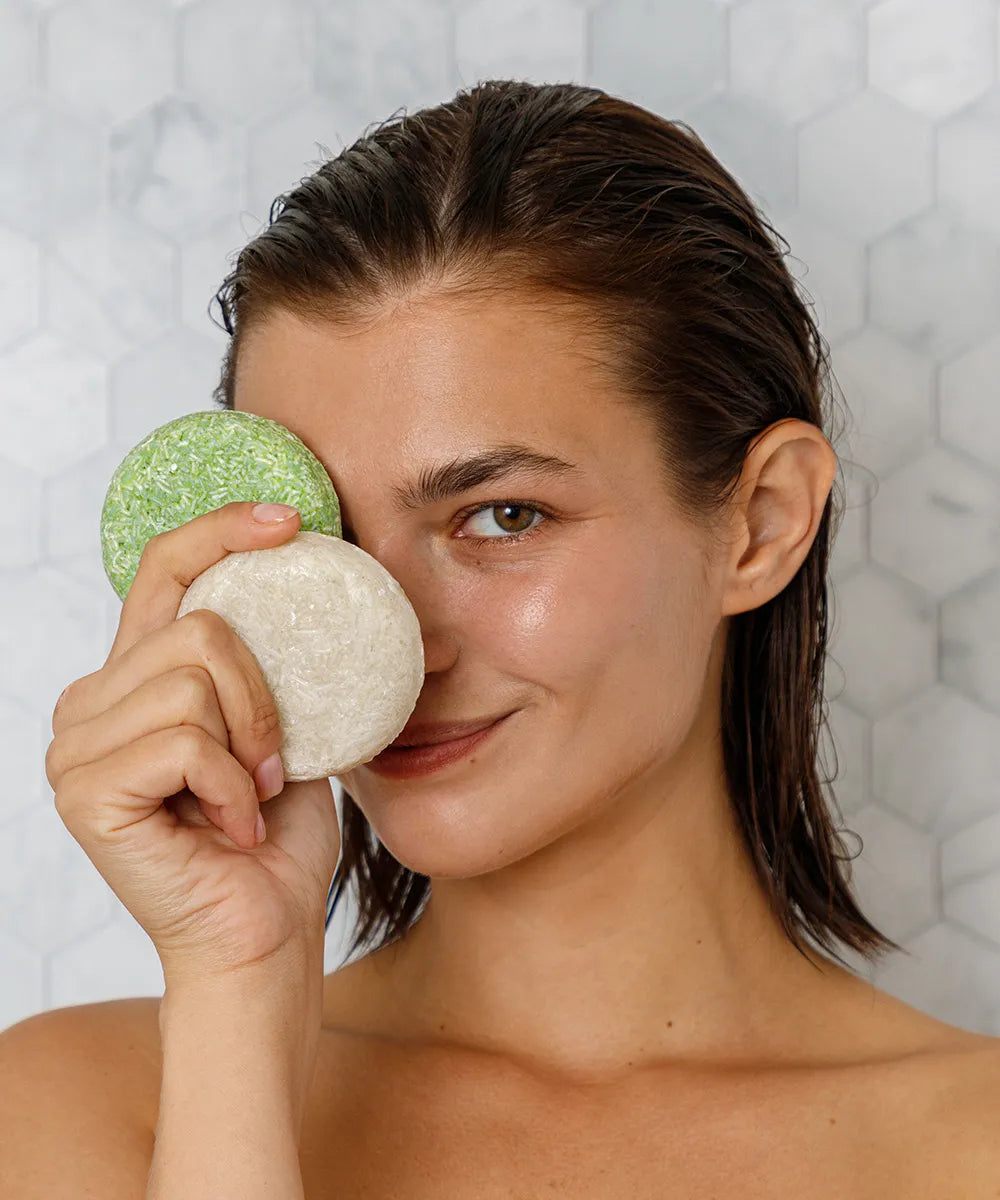
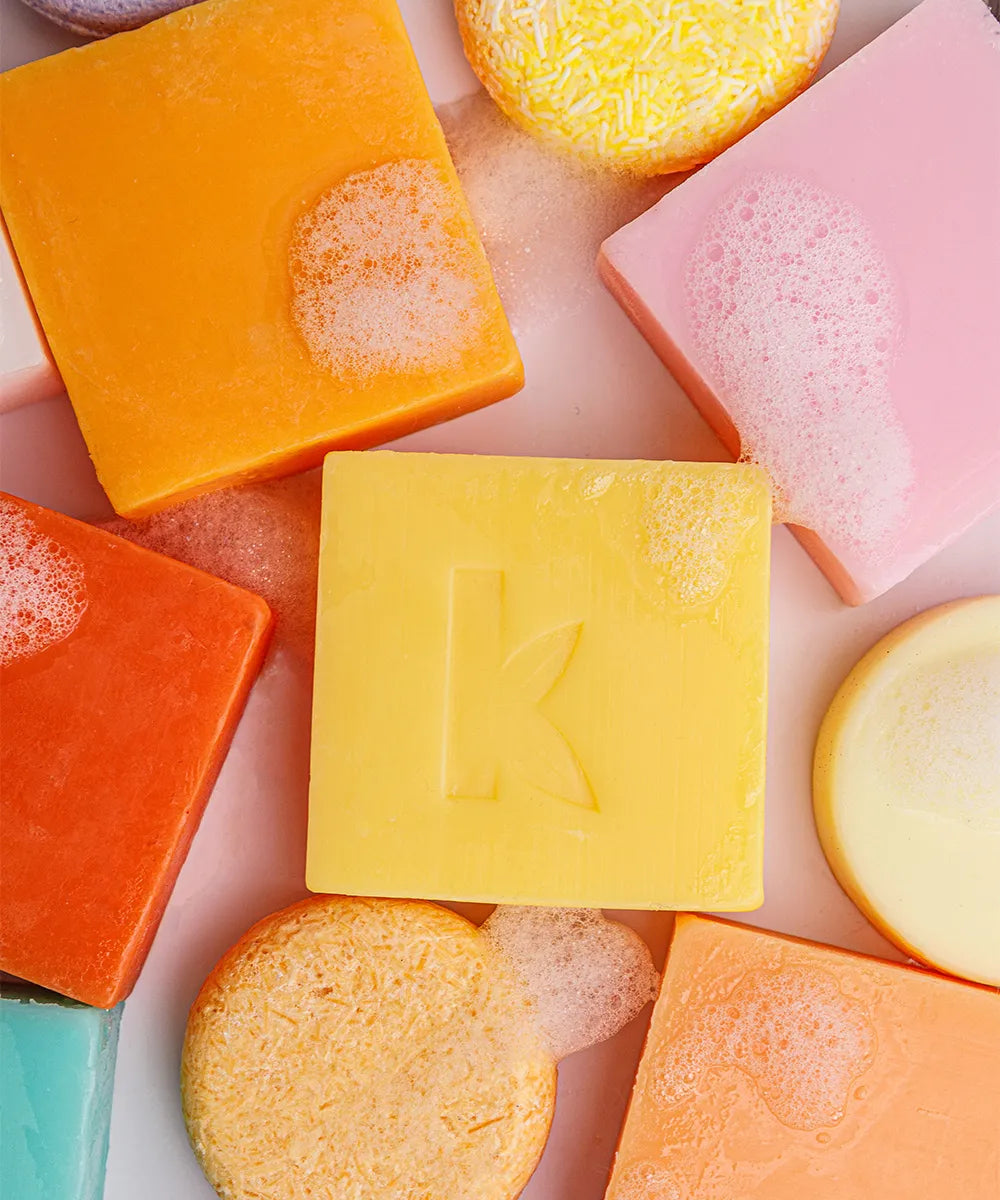
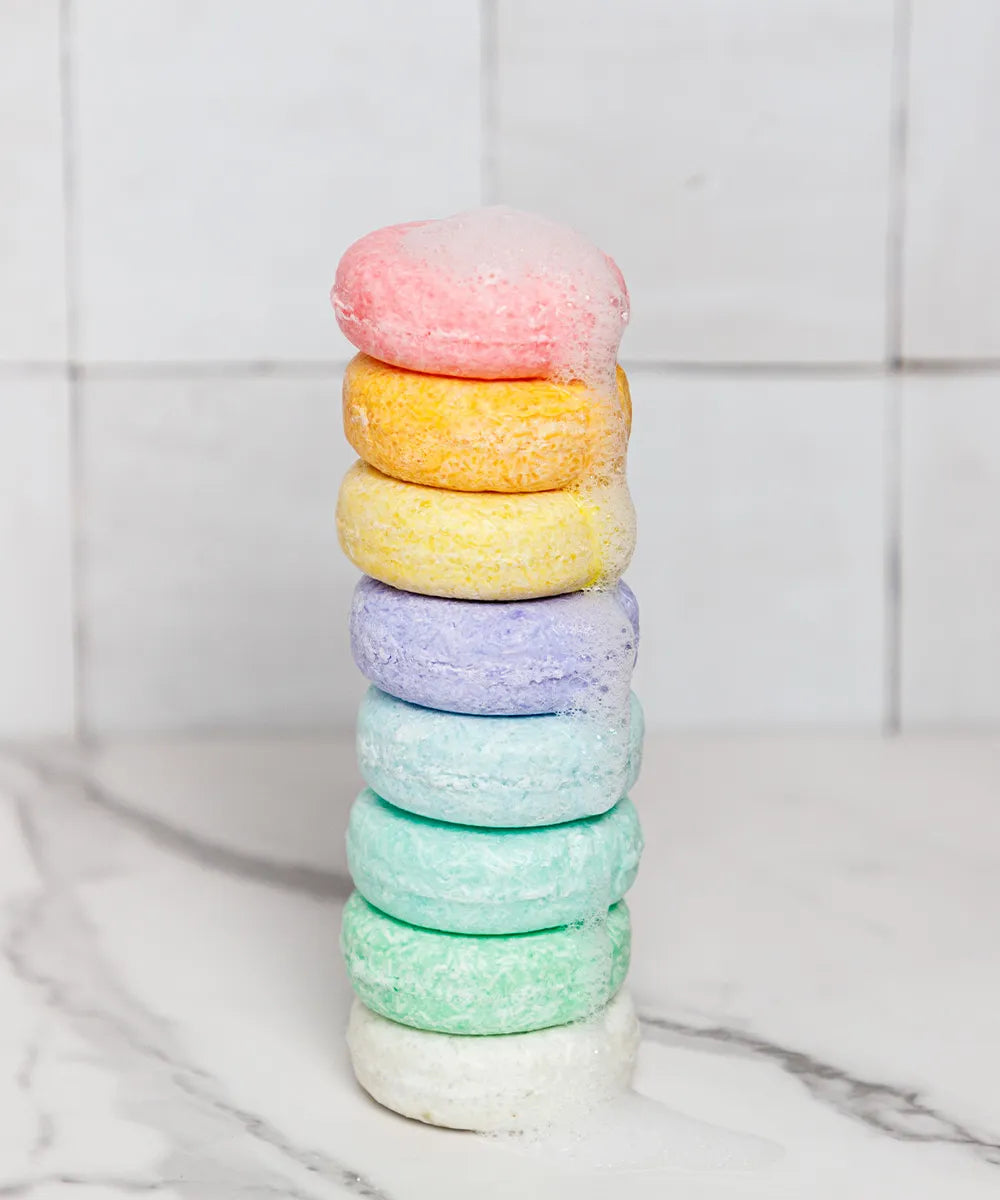
Uncover the bar that speaks to your hair's specific needs, ensuring every wash is a step towards healthier, happier hair. It's simple, insightful, and tailored just for you.
Find YOUR Conditioner Bar

